10-15 May 2024
Richard, Bonnie’s youngest brother, flew in from Los Angeles and joined us for four and a half days in Siena. Bonnie prepared a complete (yet flexible) itinerary including a private tour at the art museum. She had read up on many of the sights and served as our guide at no additional cost! Richard is an extraordinary world traveler so she wanted to be ready.
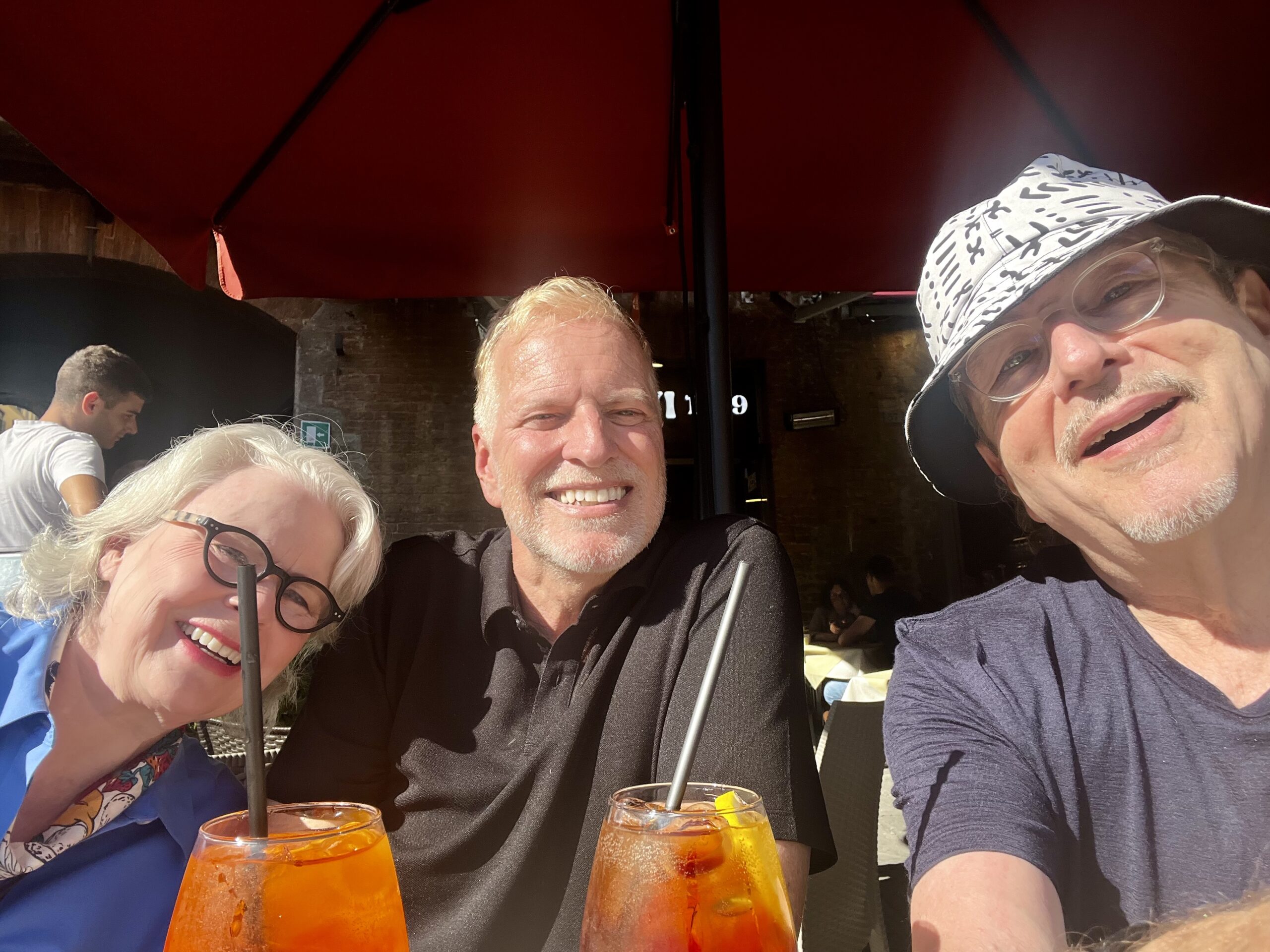
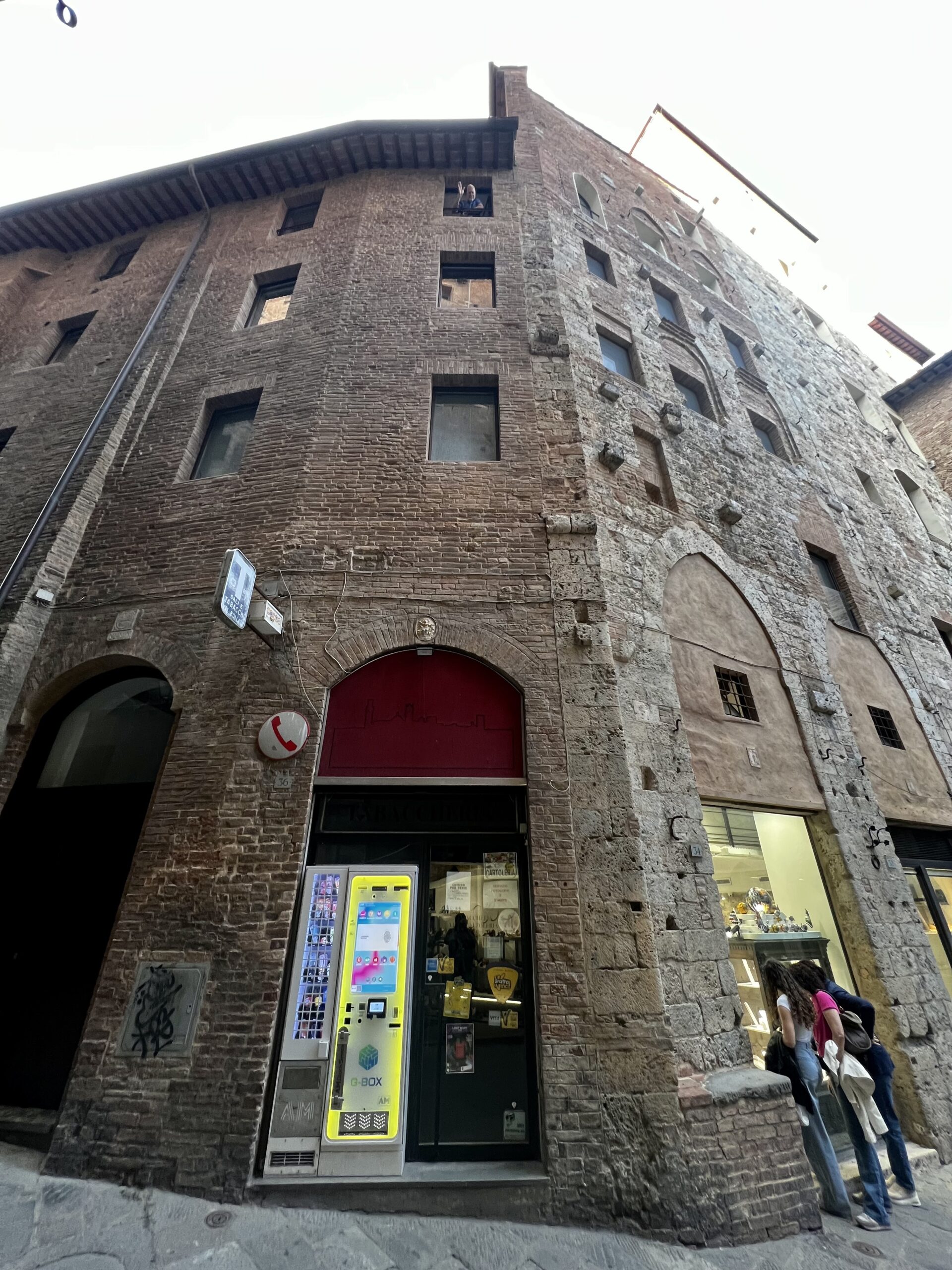
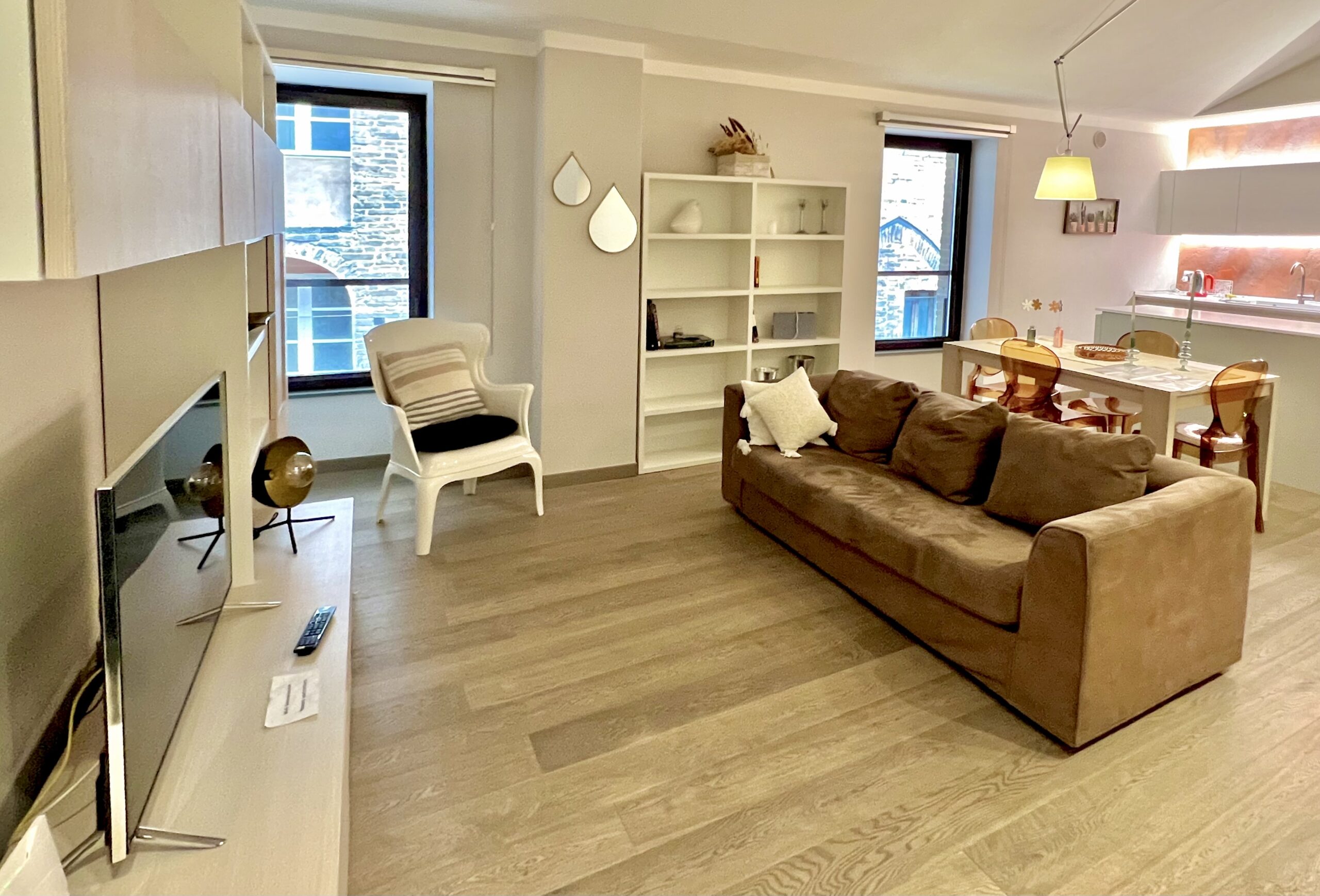
Cena at La Taberna di Ceccho. Second time here. Although Richard went back to his apartment to sleep instead.

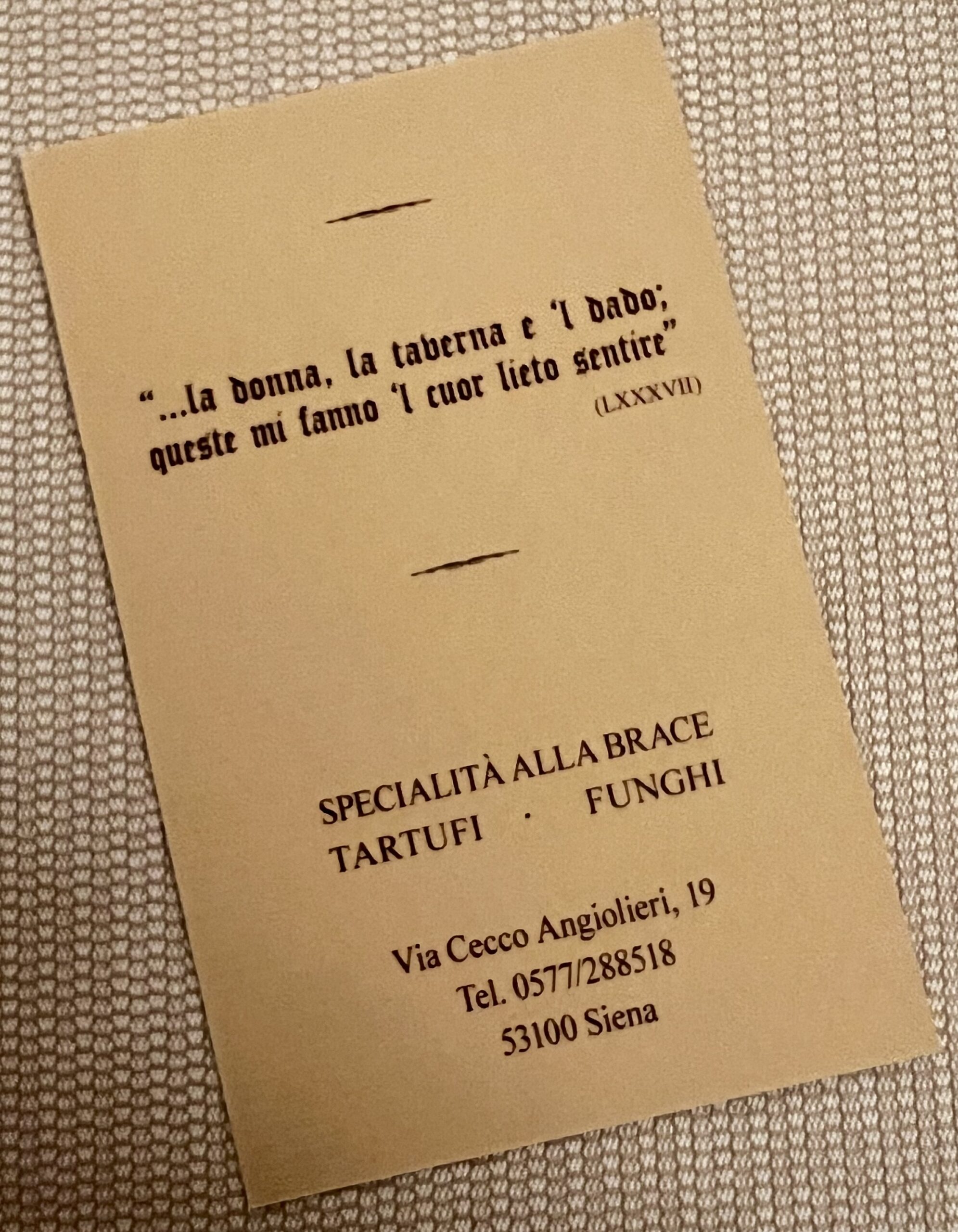
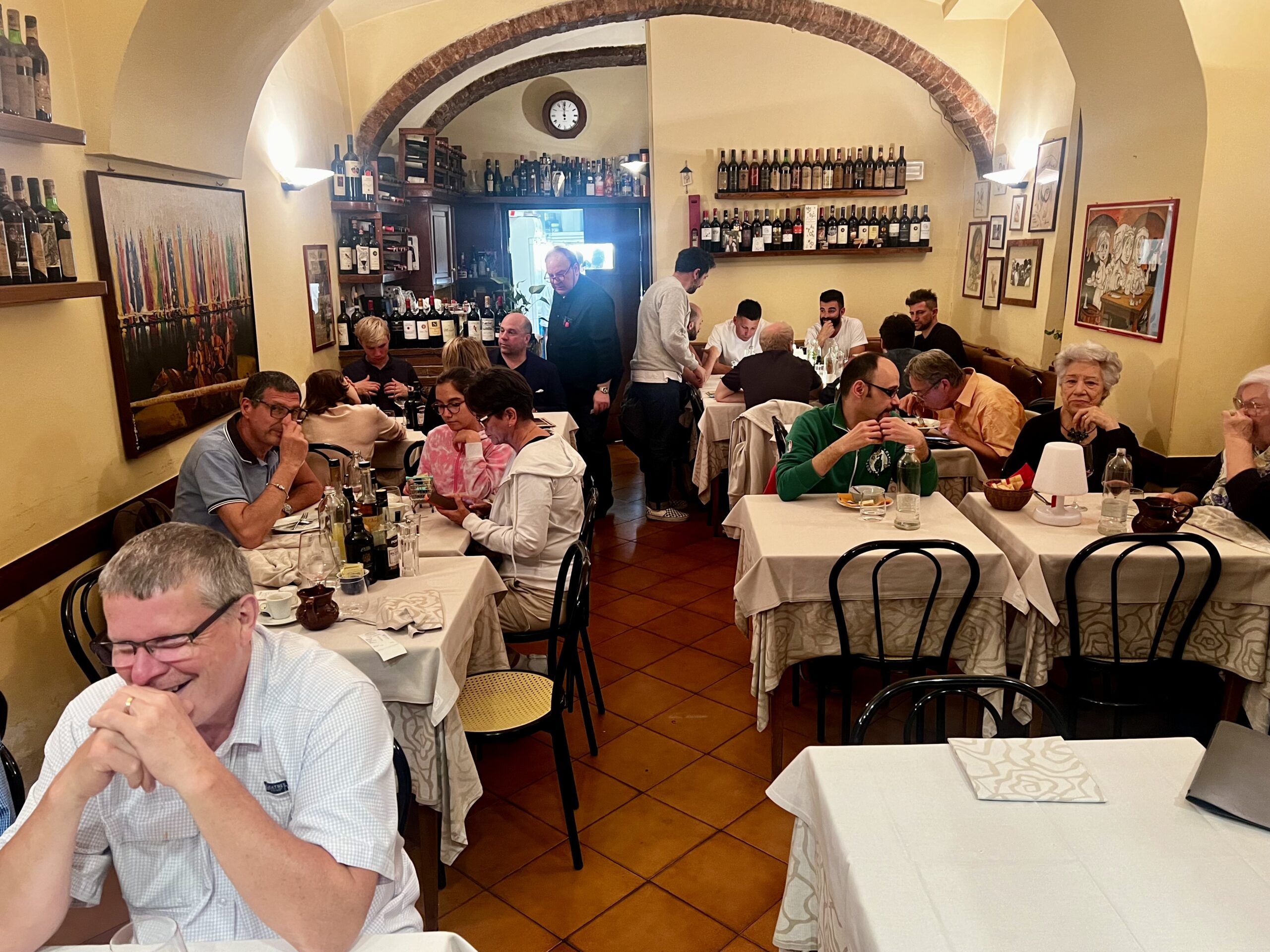

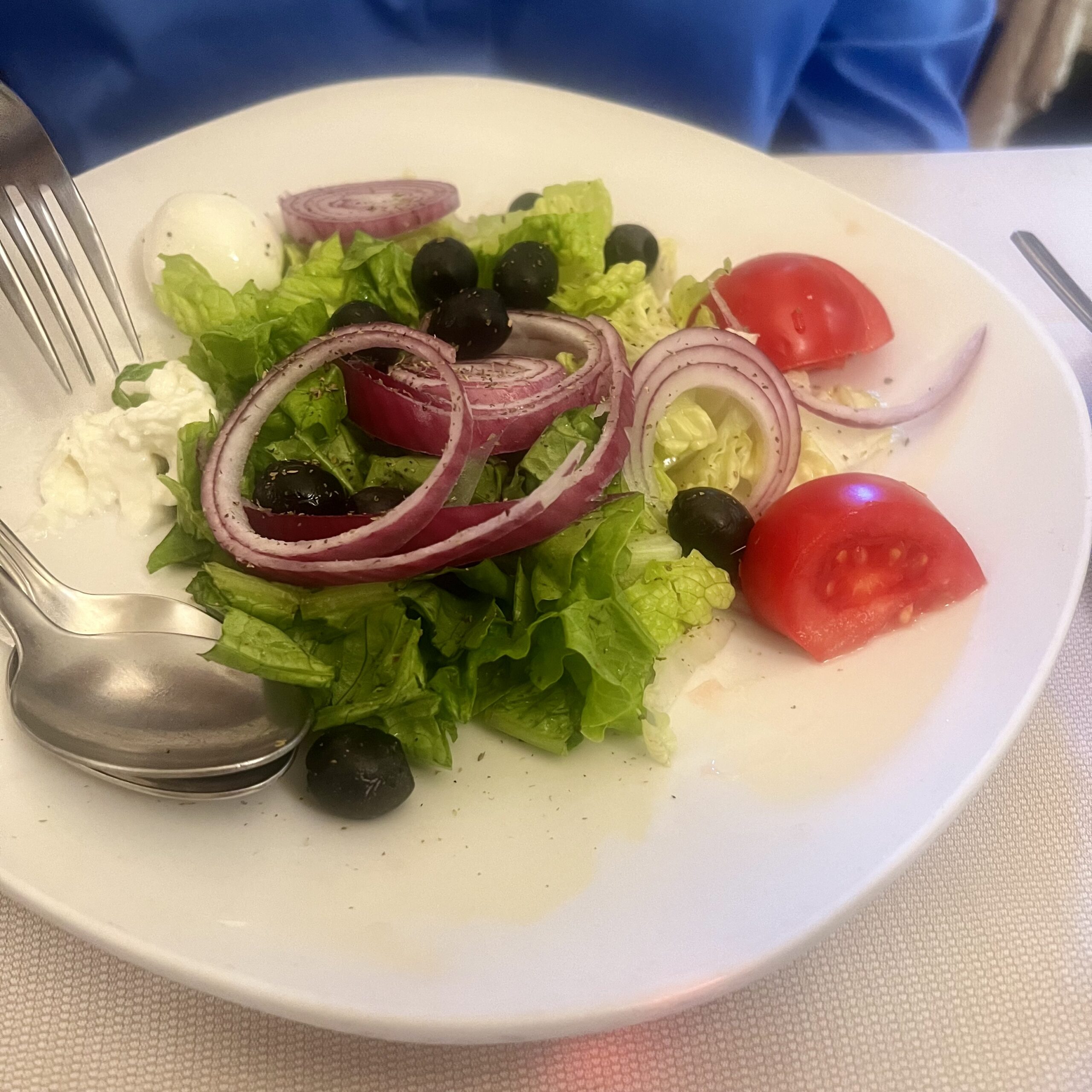
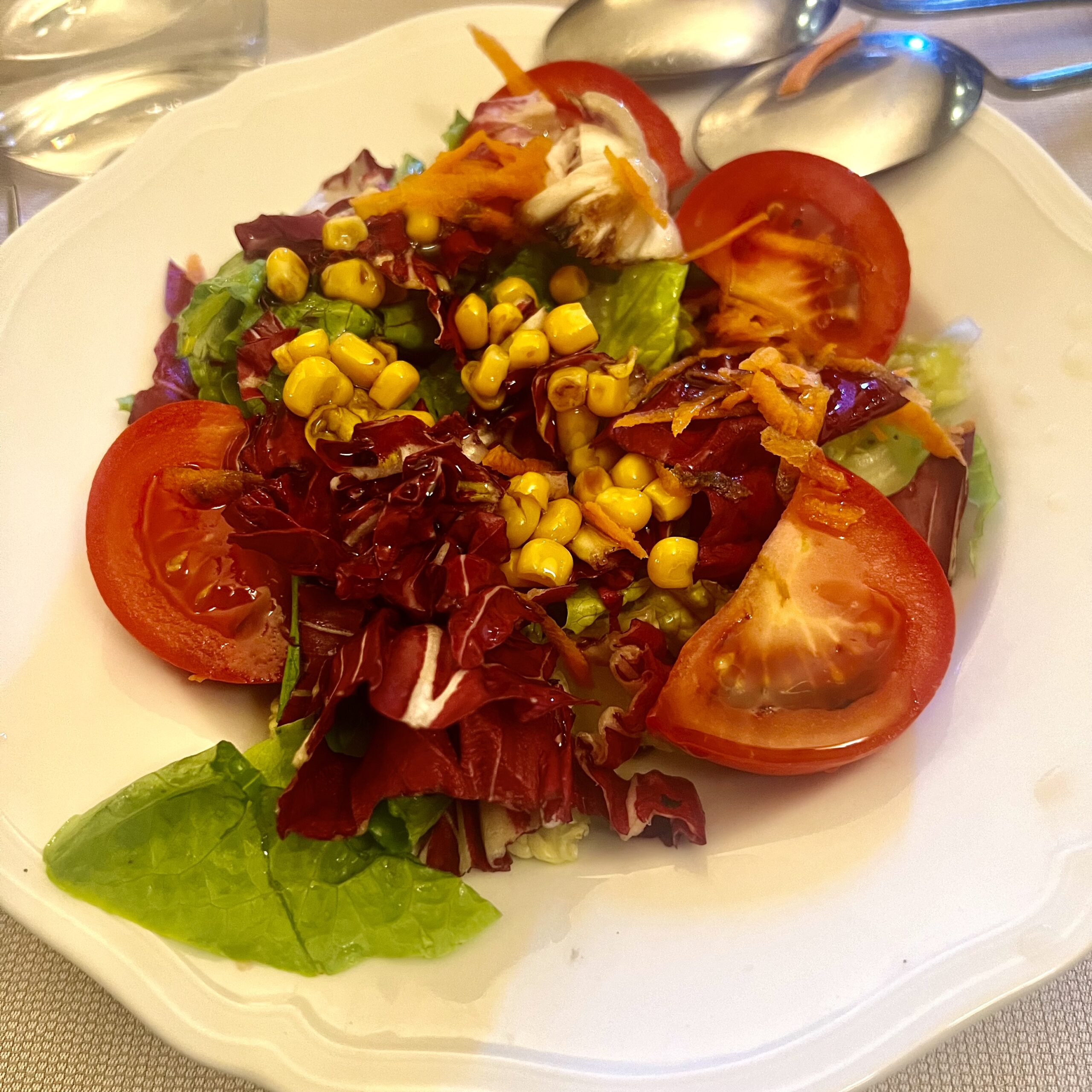
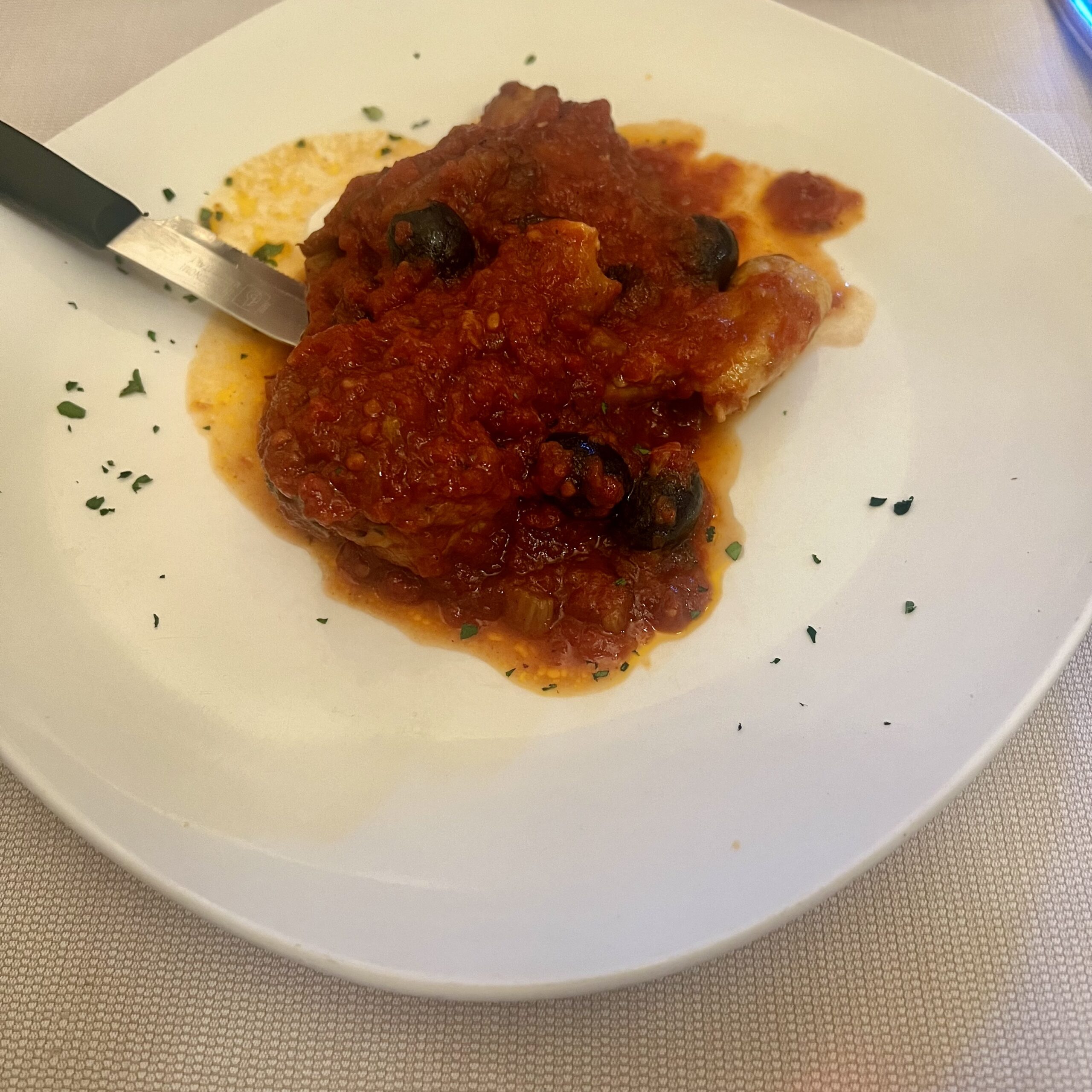
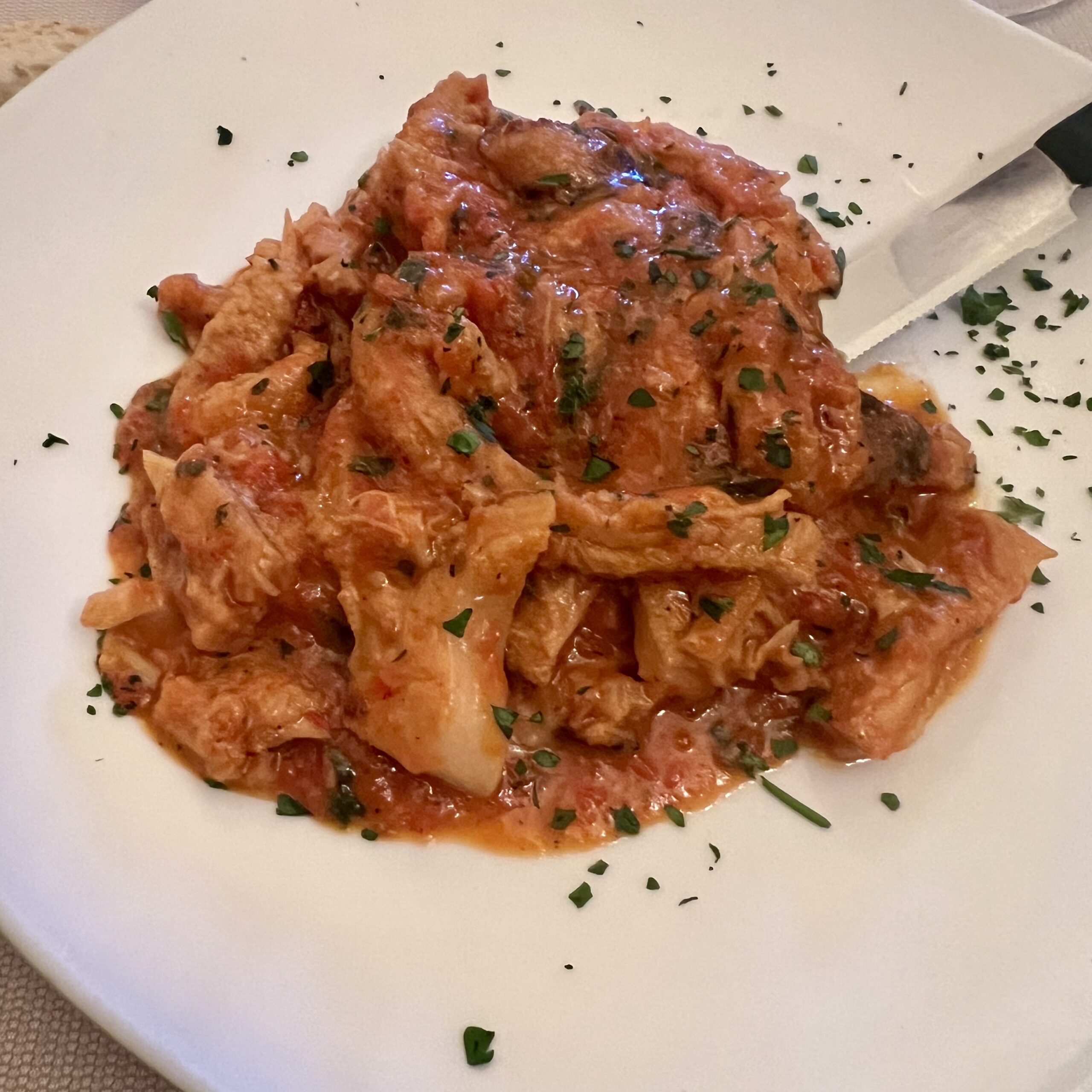
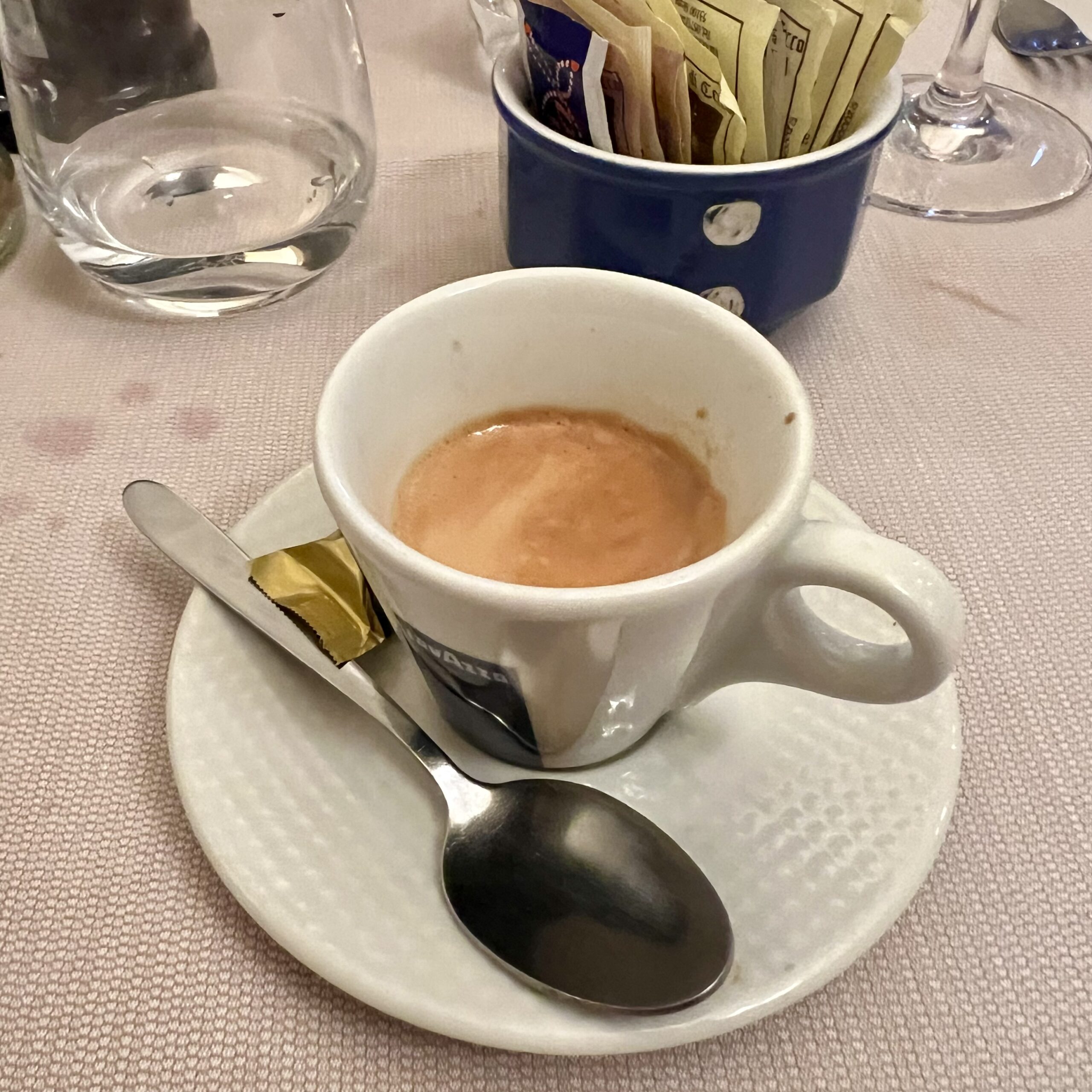
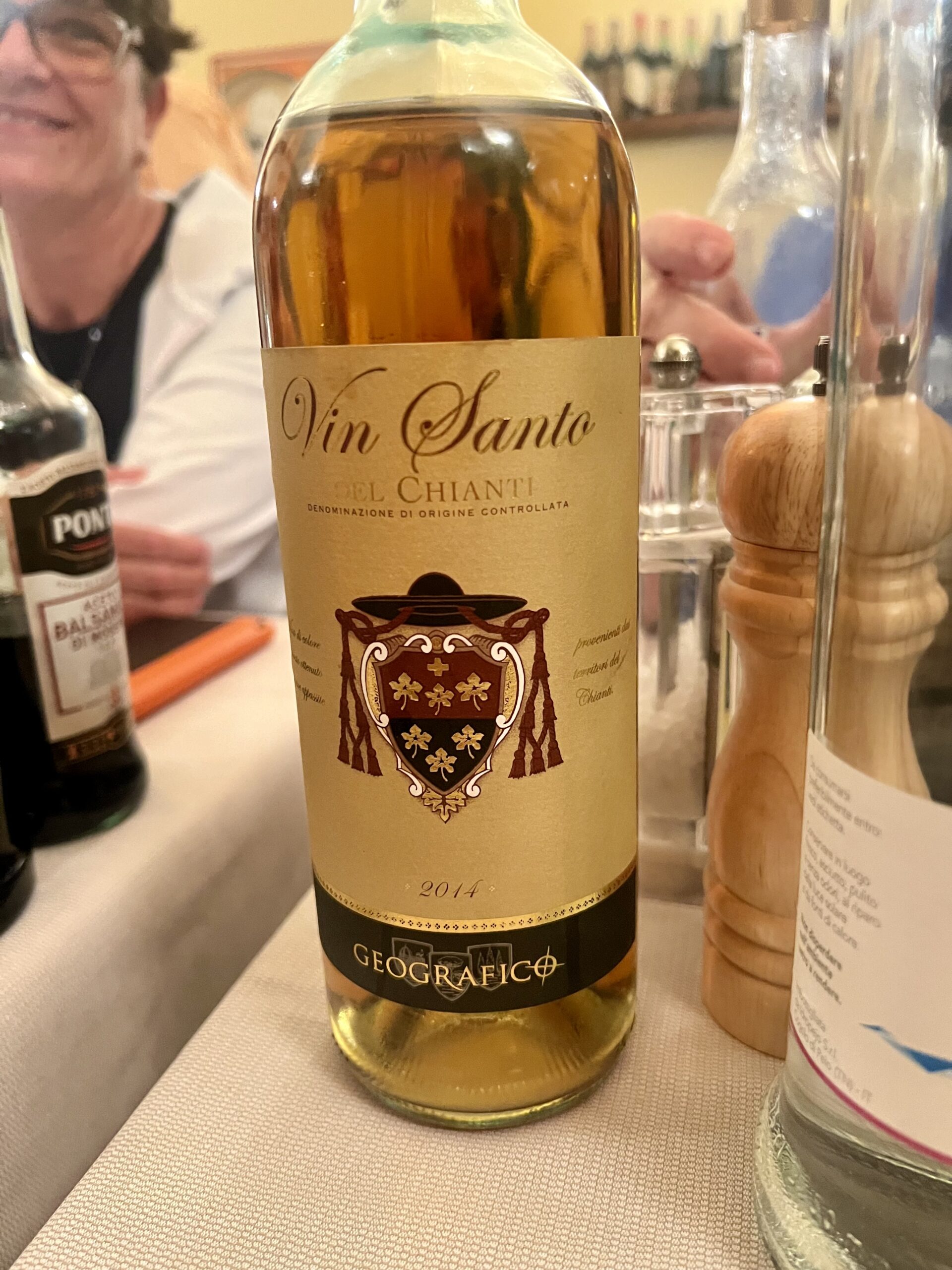
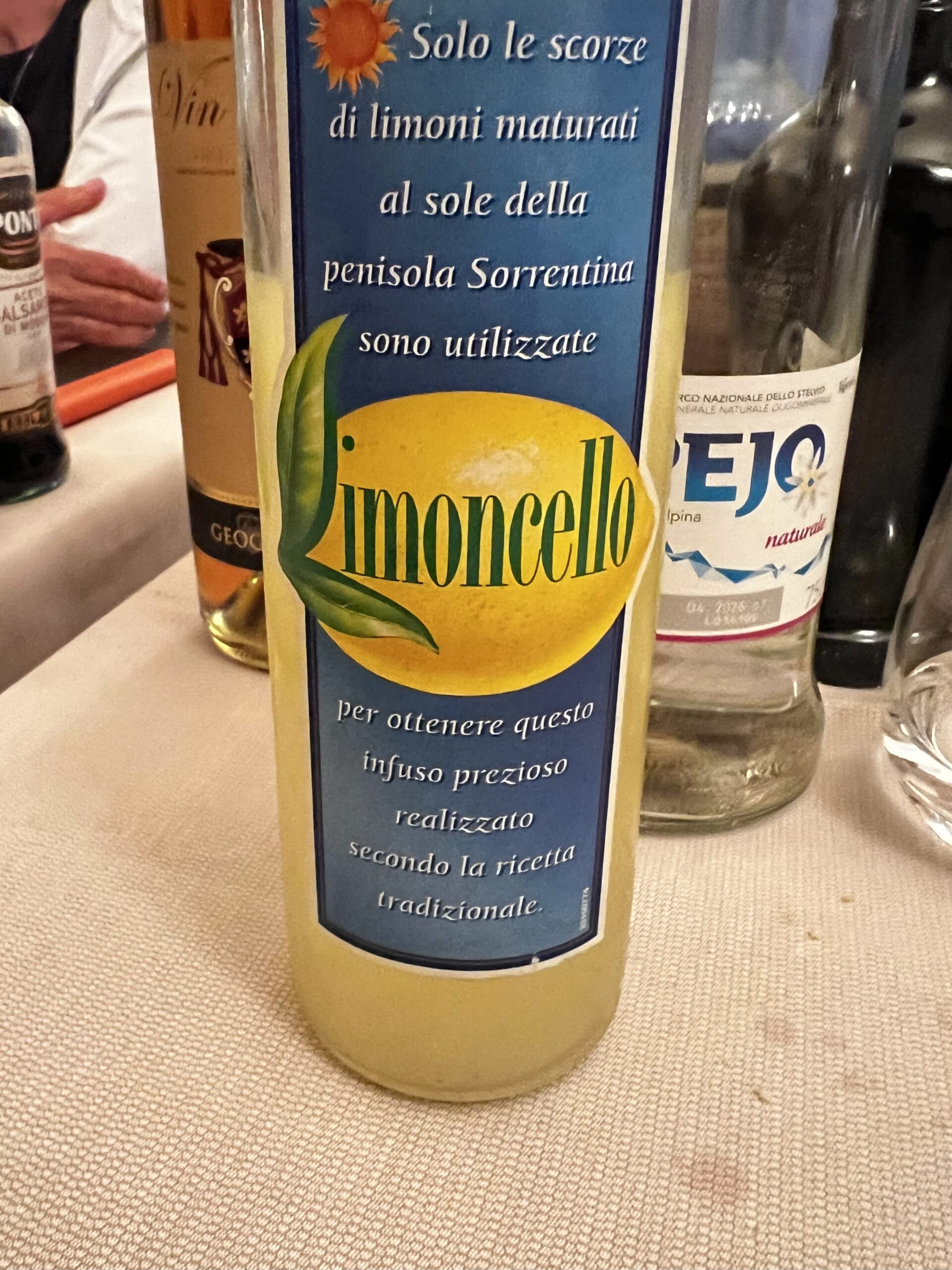
The Marche Club of Siena
Walking around early in the day, Robert noticed the open area in front of the Santuario Casa di Santa Caterina was filled with long tables and chairs—enough for at least two hundred people. He strolled back later in the evening to see the celebration dinner organized by the Oca (Goose) contrada. People of all ages filled the space at tables allocated by groups (ala the Marche Club or the Peninsula Social Club in San Mateo). Waiters and waitresses assembled and were ready to serve food about 9:00 pm.
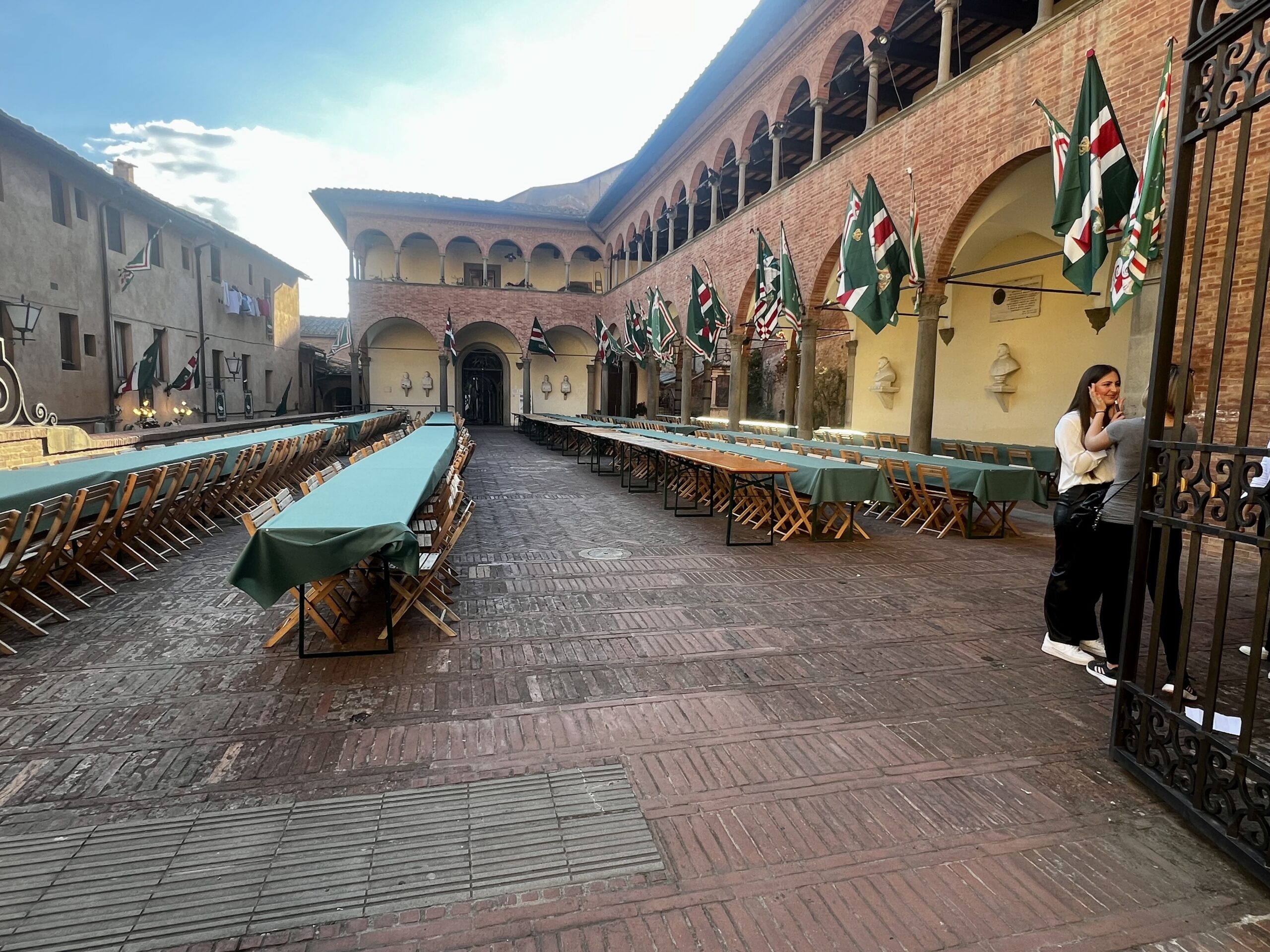
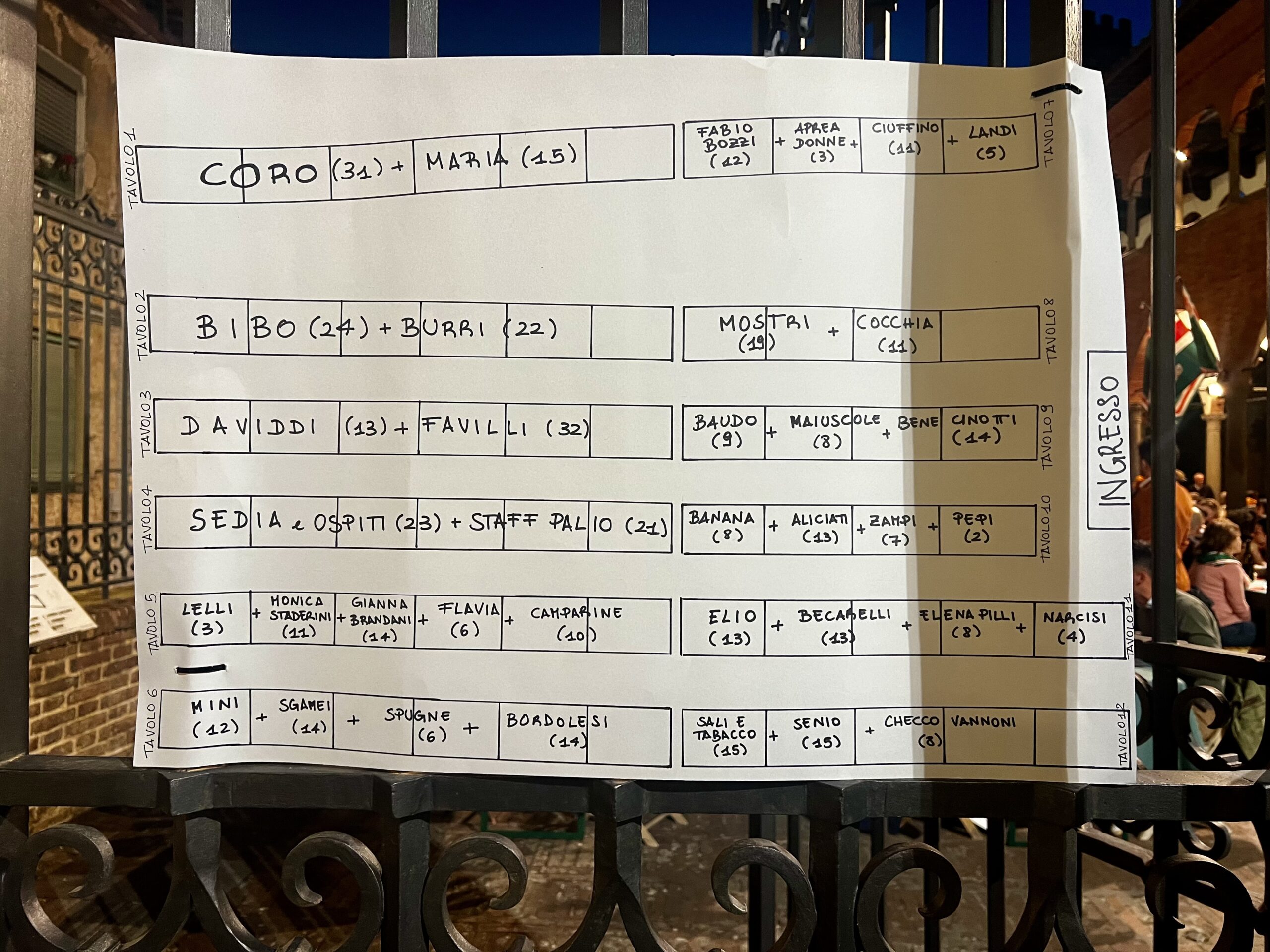
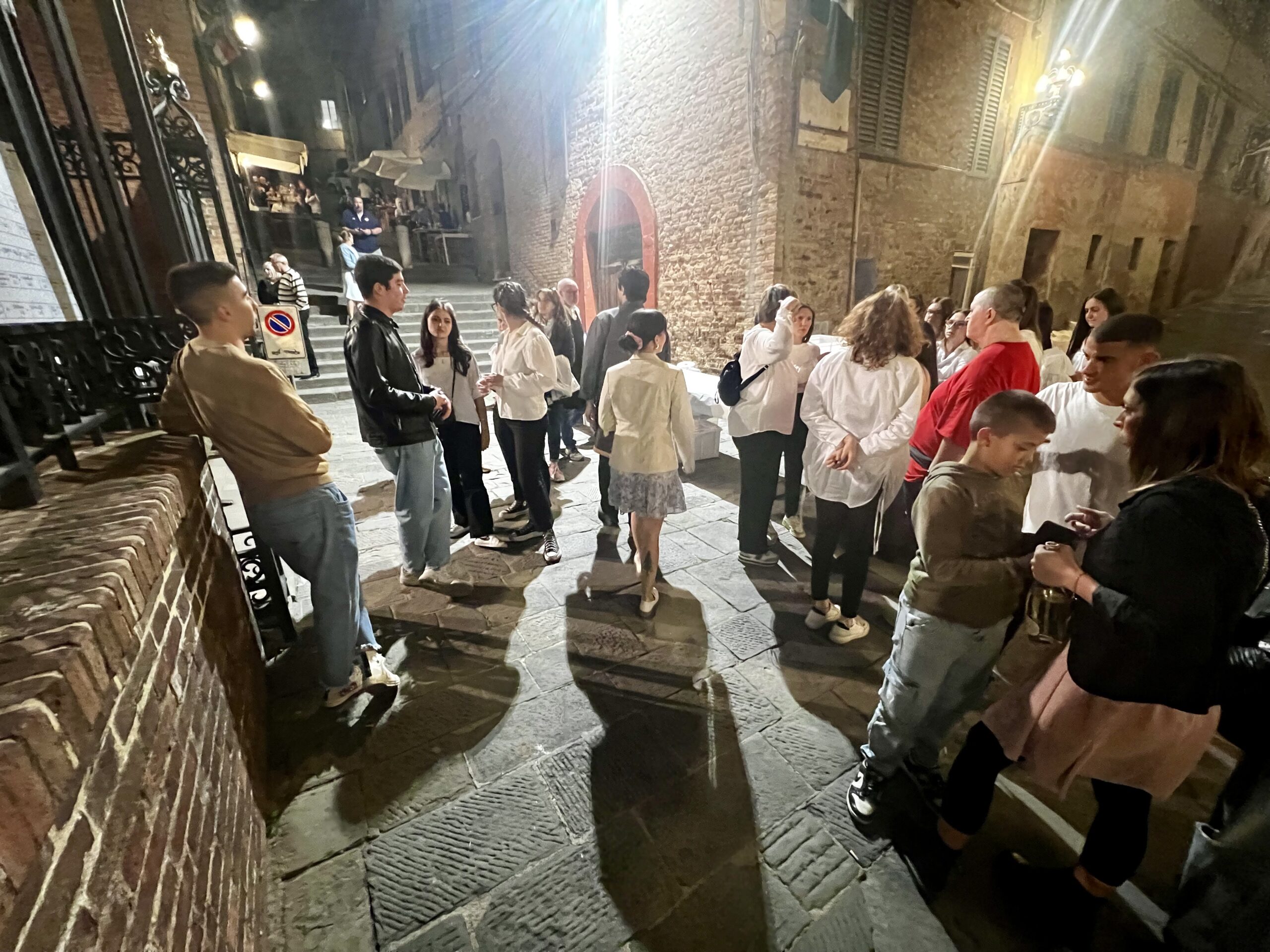
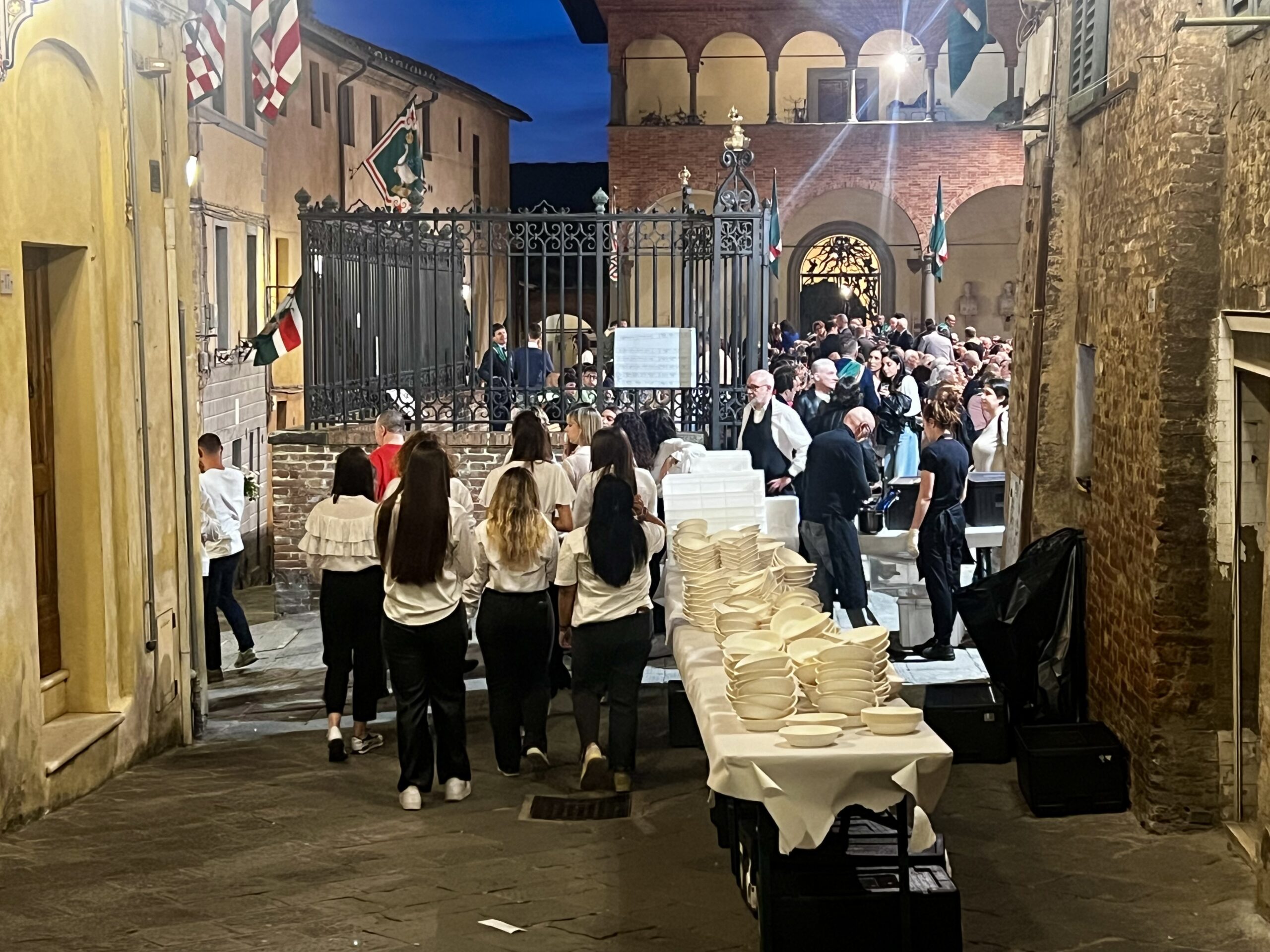
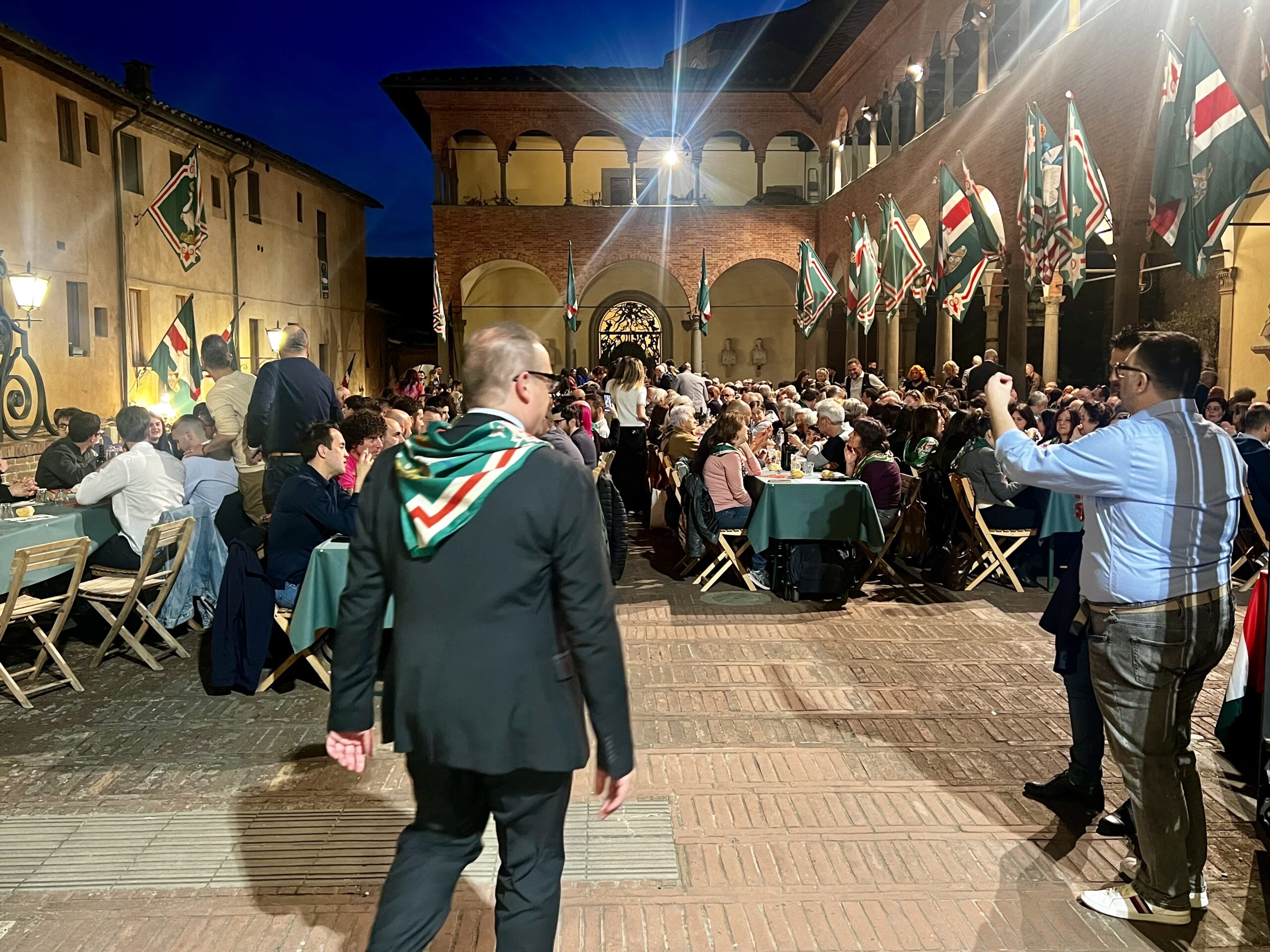
More of Strolling
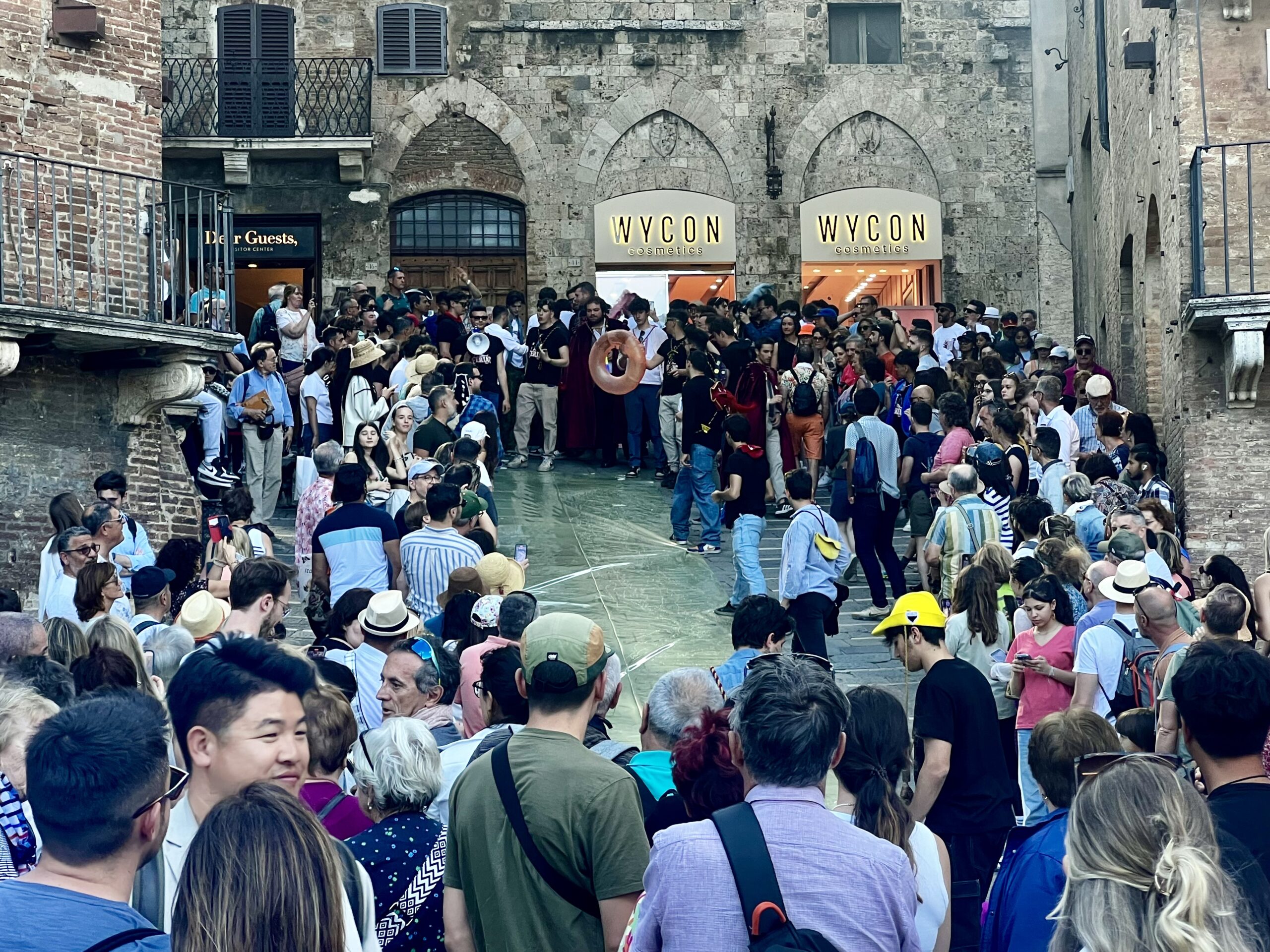
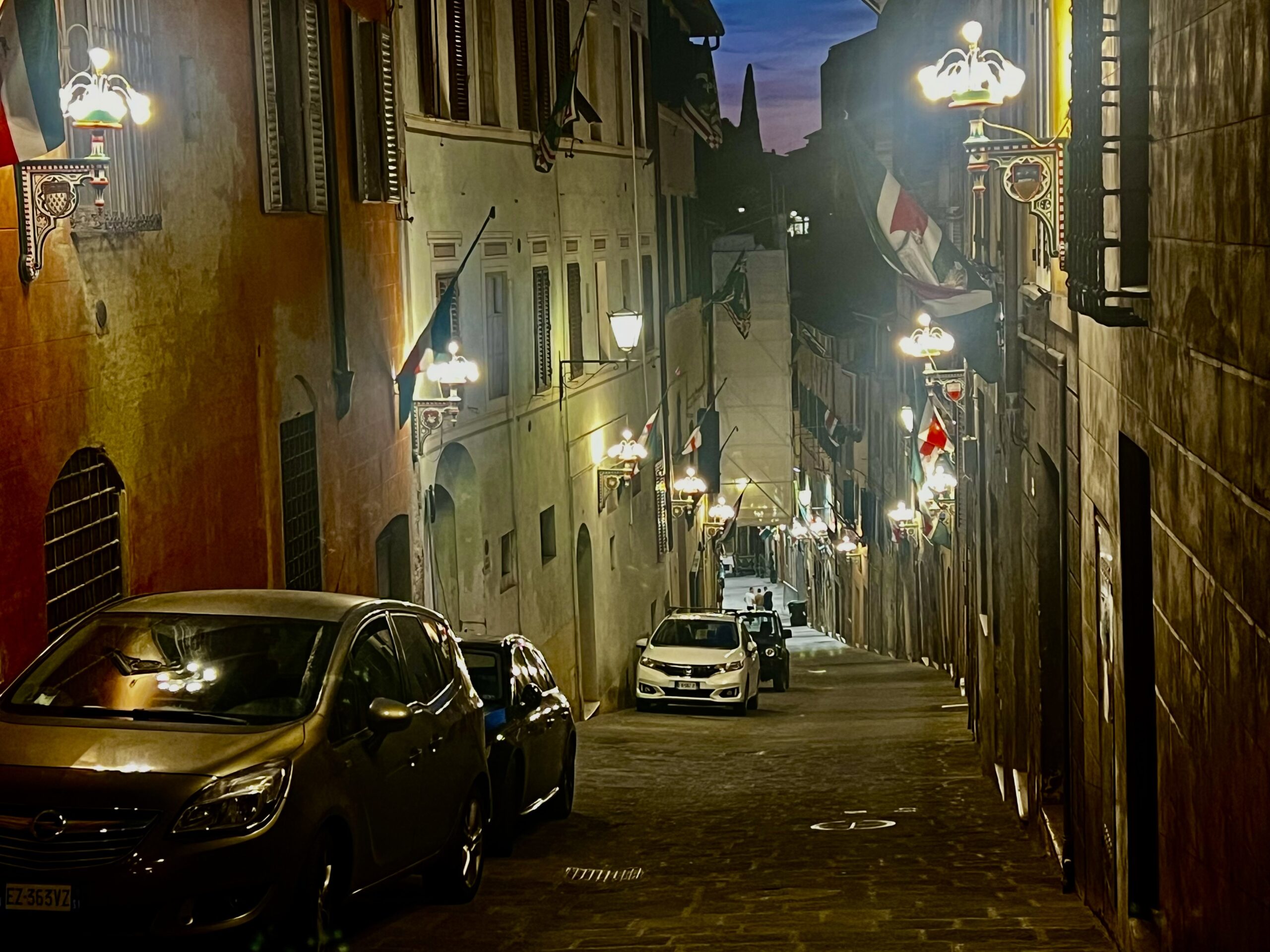
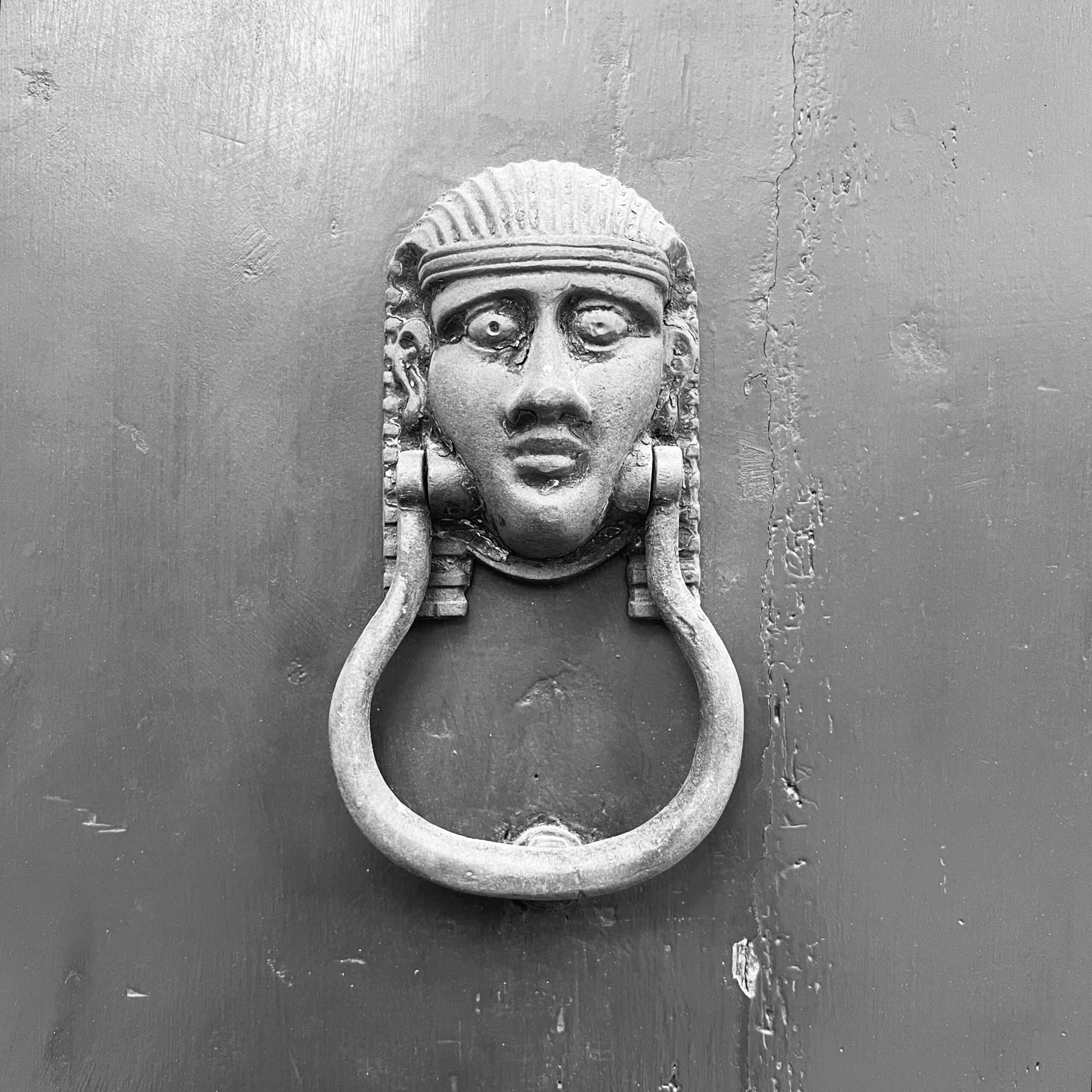
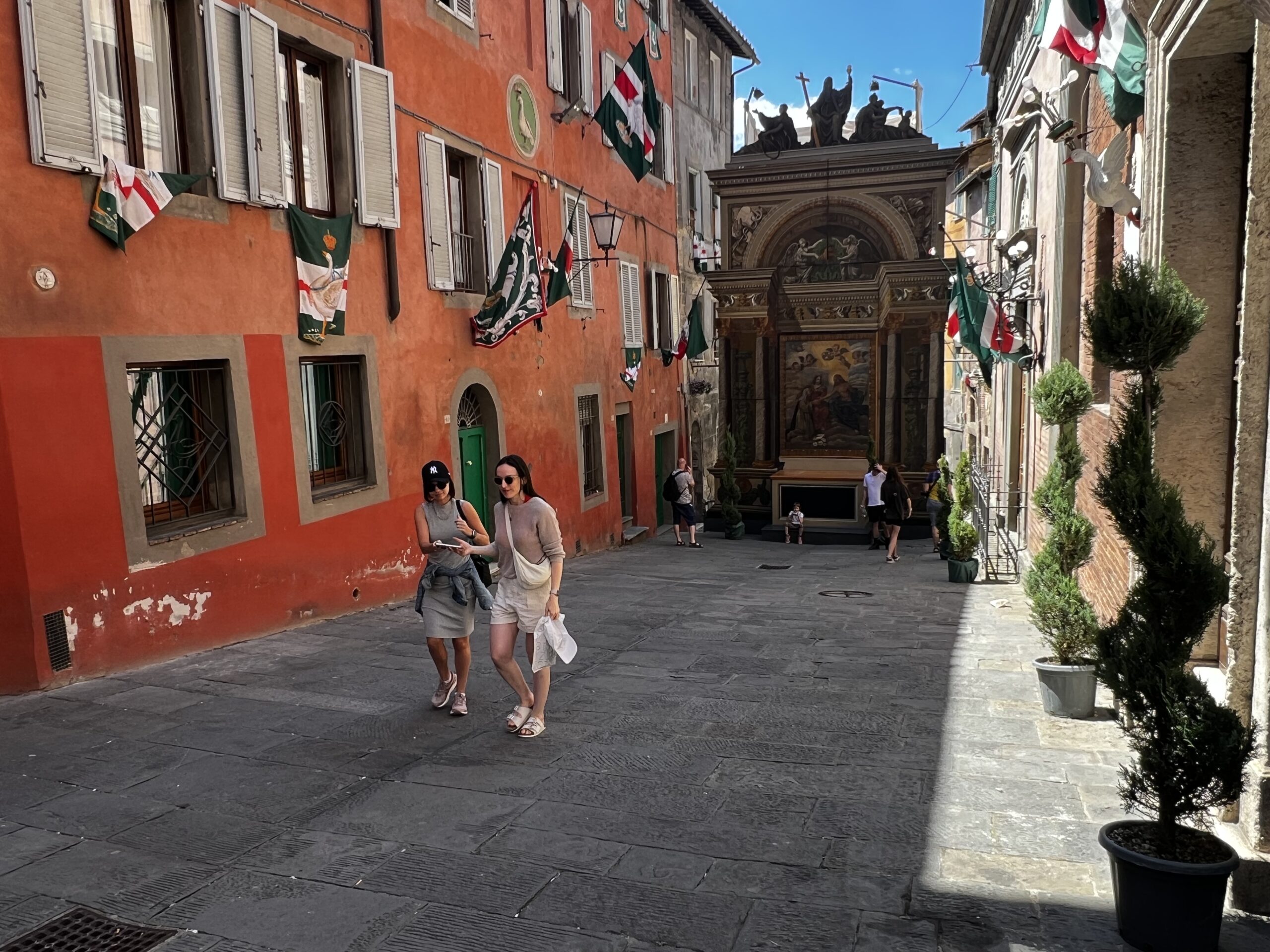
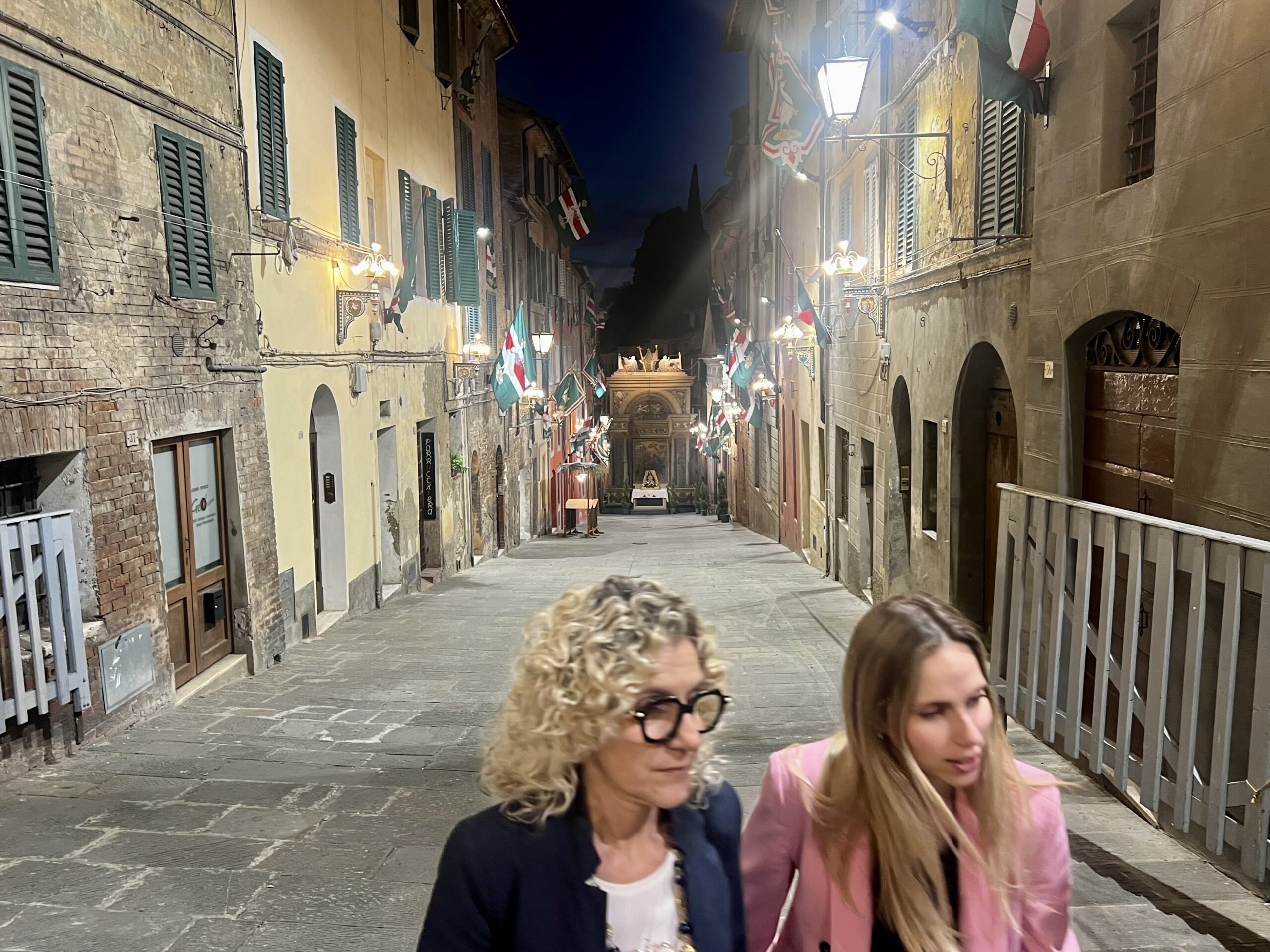
Forty-two Years
It had been forty-two years since Robert had seen Patricia McCobb. He knew her before her graduate studies in landscape at Harvard’s GSD and reconnected shortly after she graduated in 1981 and went to work with him at POD in Orange County. There was a lot to catch up on. Patricia went on to study architecture in Venice for a year and finished an architecture degree in New York where she met her husband Mario Rivelli, an architect and Italian native who had lived in New York since age thirteen.
Patricia established a landscape architecture practice in New York and split her time between New York and Italy. She and her husband eventually made it back to Italy full time and settled near Montalcino, just outside the UNESCO heritage area, and they are “halfway” (fifteen years) through restoring a series of historic buildings once part of a large landholding. https://www.villeferrano.com
Their most recent project is Villa Ferrano, which they have almost finished. The multiple large apartments inside will soon be ready for visitors. Bonnie was wowed by the elevator, a rarity here, and the professional kitchen. Patricia and Mario have completed refurbishing several other farm buildings and rent them to vacationers by the week. They have yet to start work on some other buildings they own. They added a swimming pool for each complex, a must for their clientele. Mario’s business is design-build, with many clients he has brought from the States.
After an extensive tour, Patricia and Mario treated us to a great lunch in the nearby town of San Giovanni d’Asso. We left with a bottle of Patricia and Mario’s wine. They make olive oil too. And Patricia gave us a copy of her elegant monograph on a renaissance garden nearby in San Quirico D’Orcia. She argues persuasively that the geometric layout, with many triangles and diagonals, was designed by Michelangelo! A remarkable discovery. Incredible scholarship in Italian documents.
Patricia and Mario definitely have a lot of vision and persistence to undertake all this work. It was great to catch up.
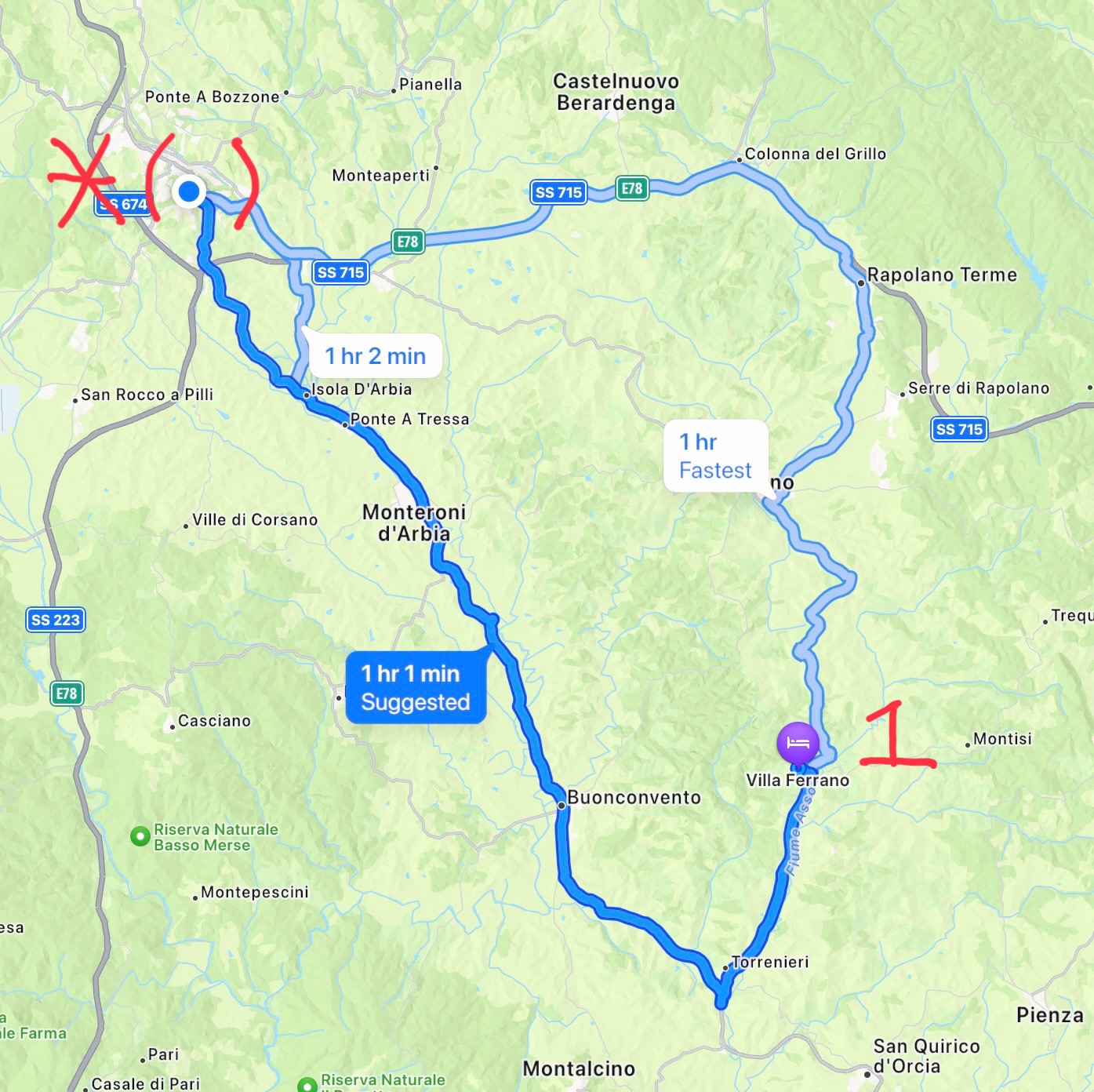
Although it is only seventeen miles, it takes about an hour to drive. This is typical of our experience exploring Tuscany.
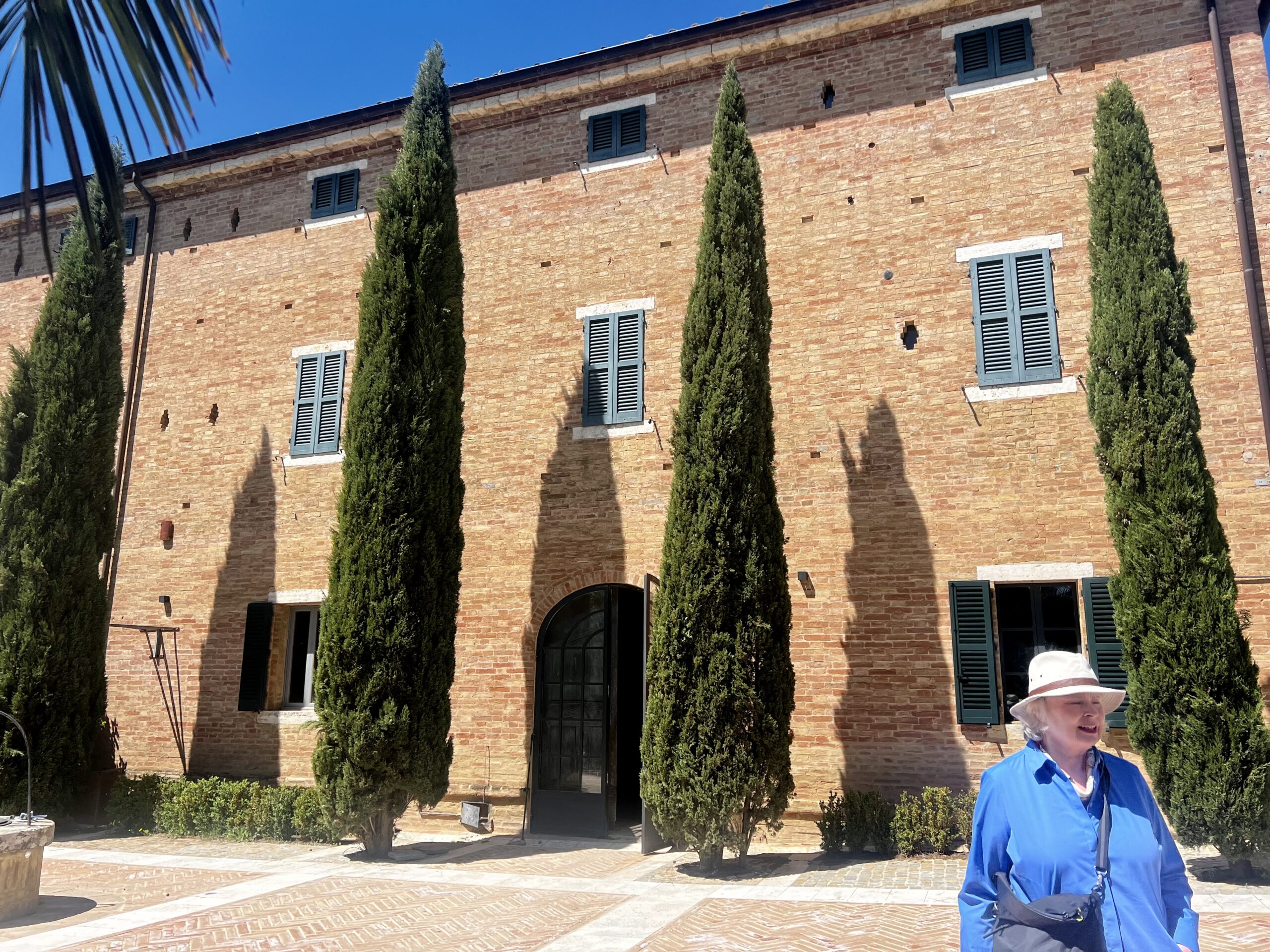
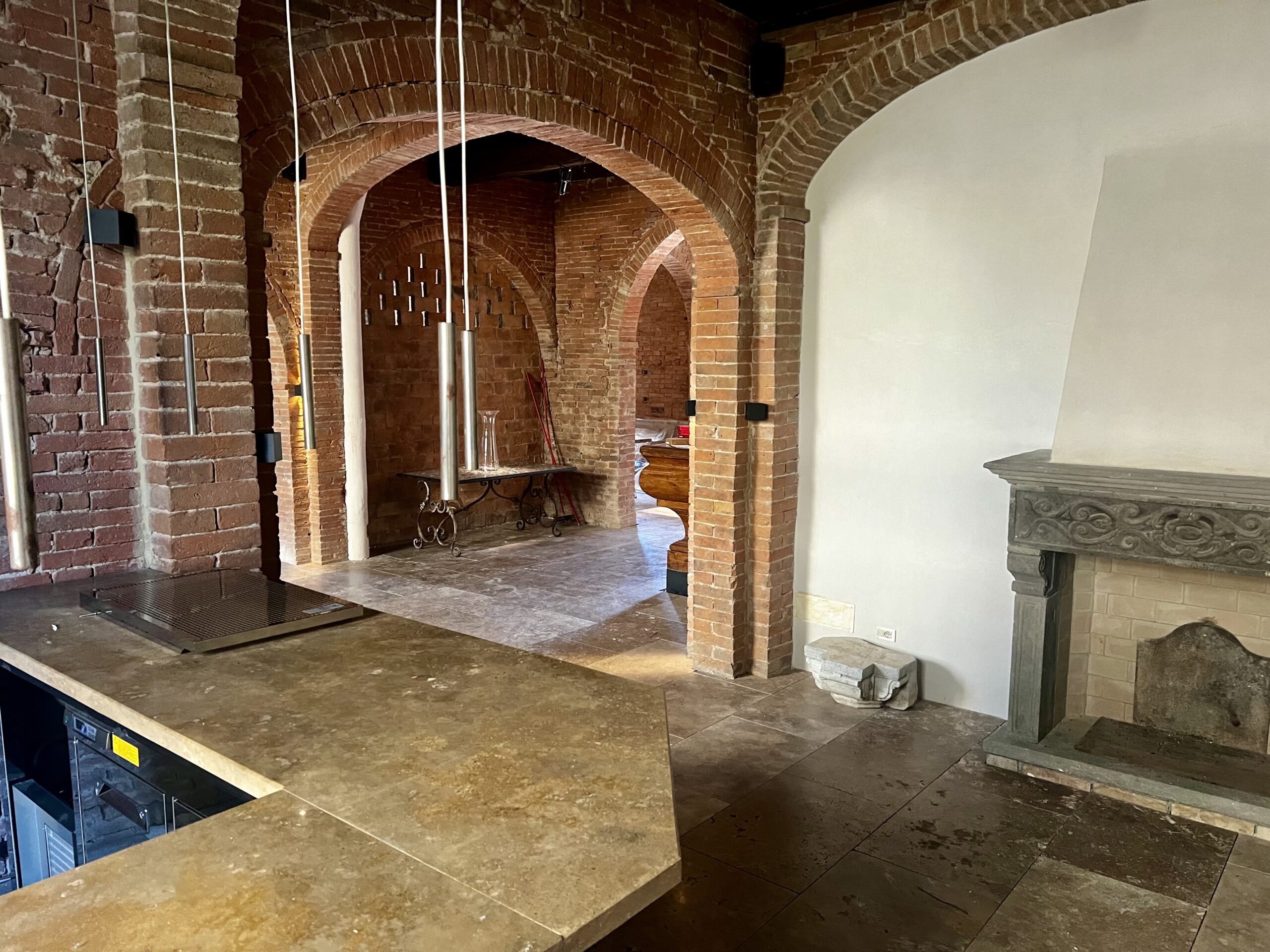
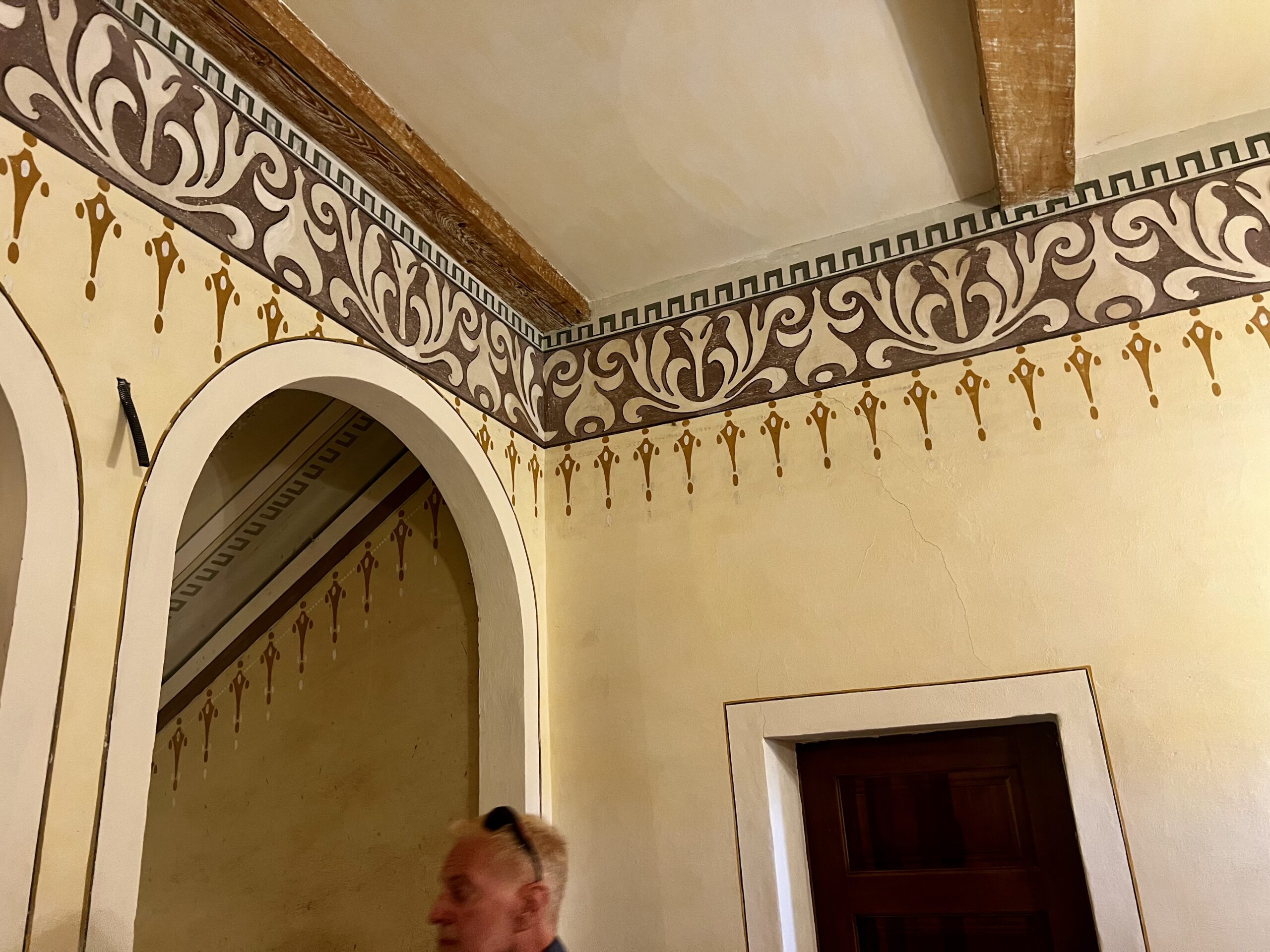
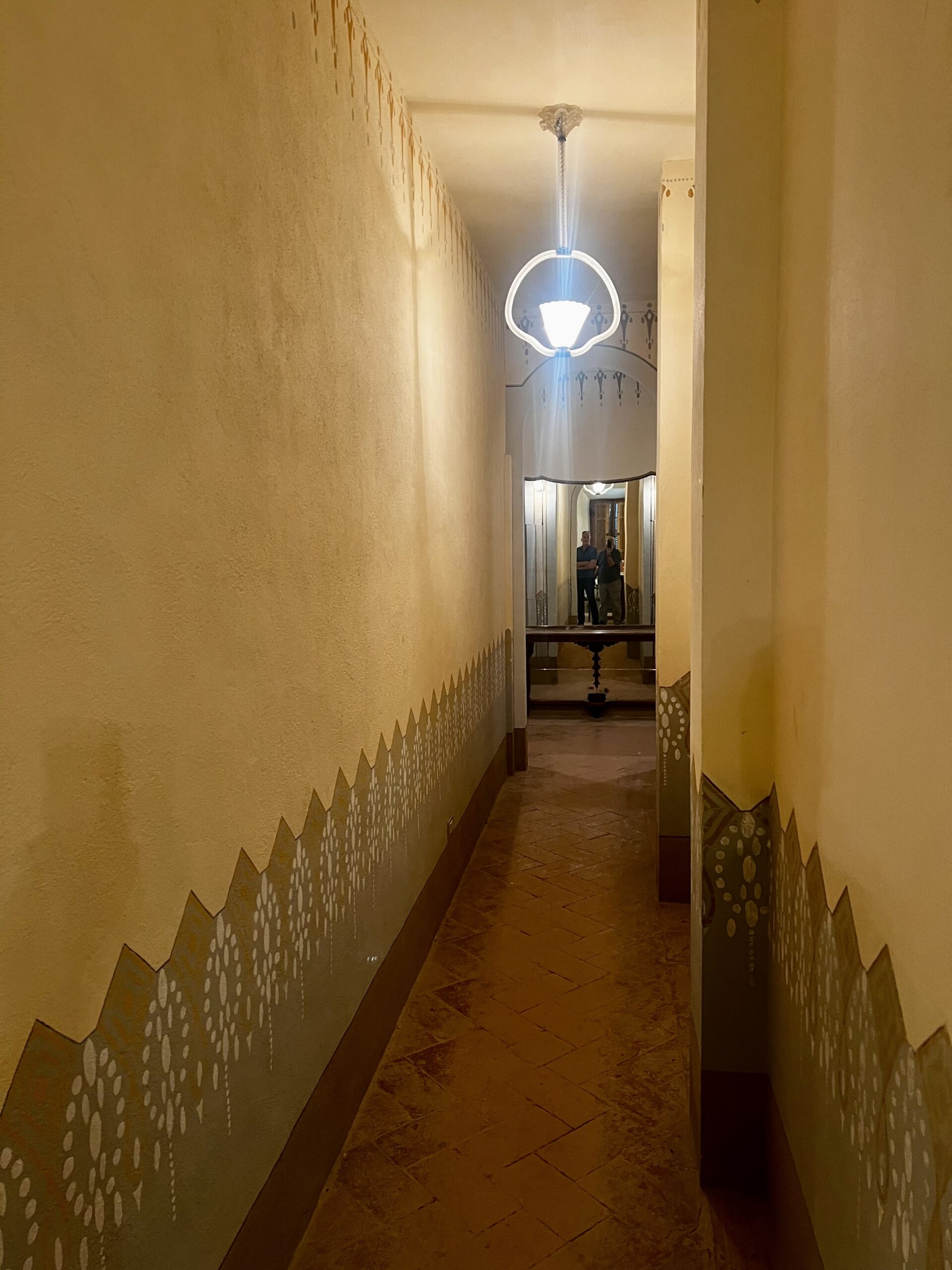
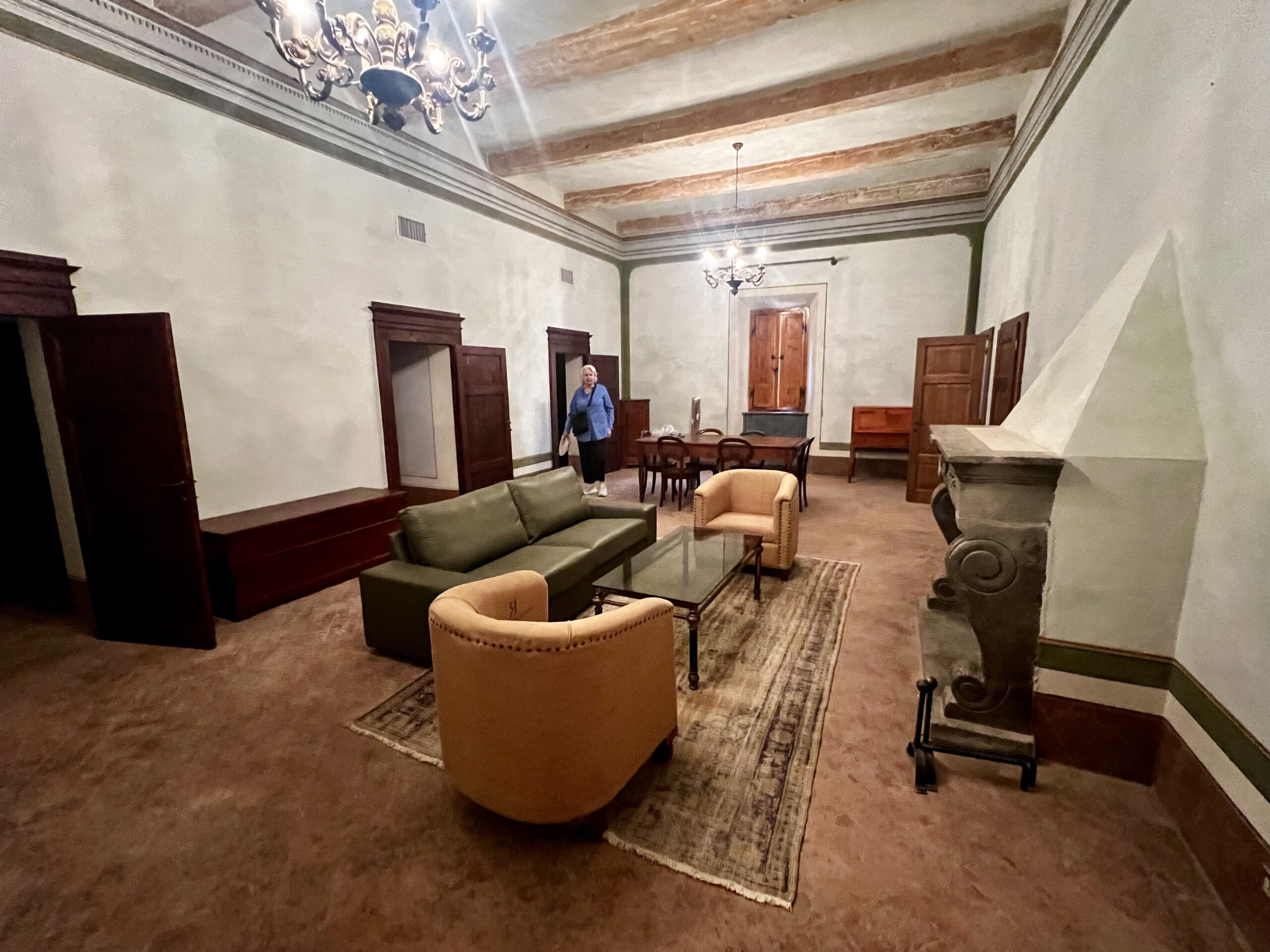
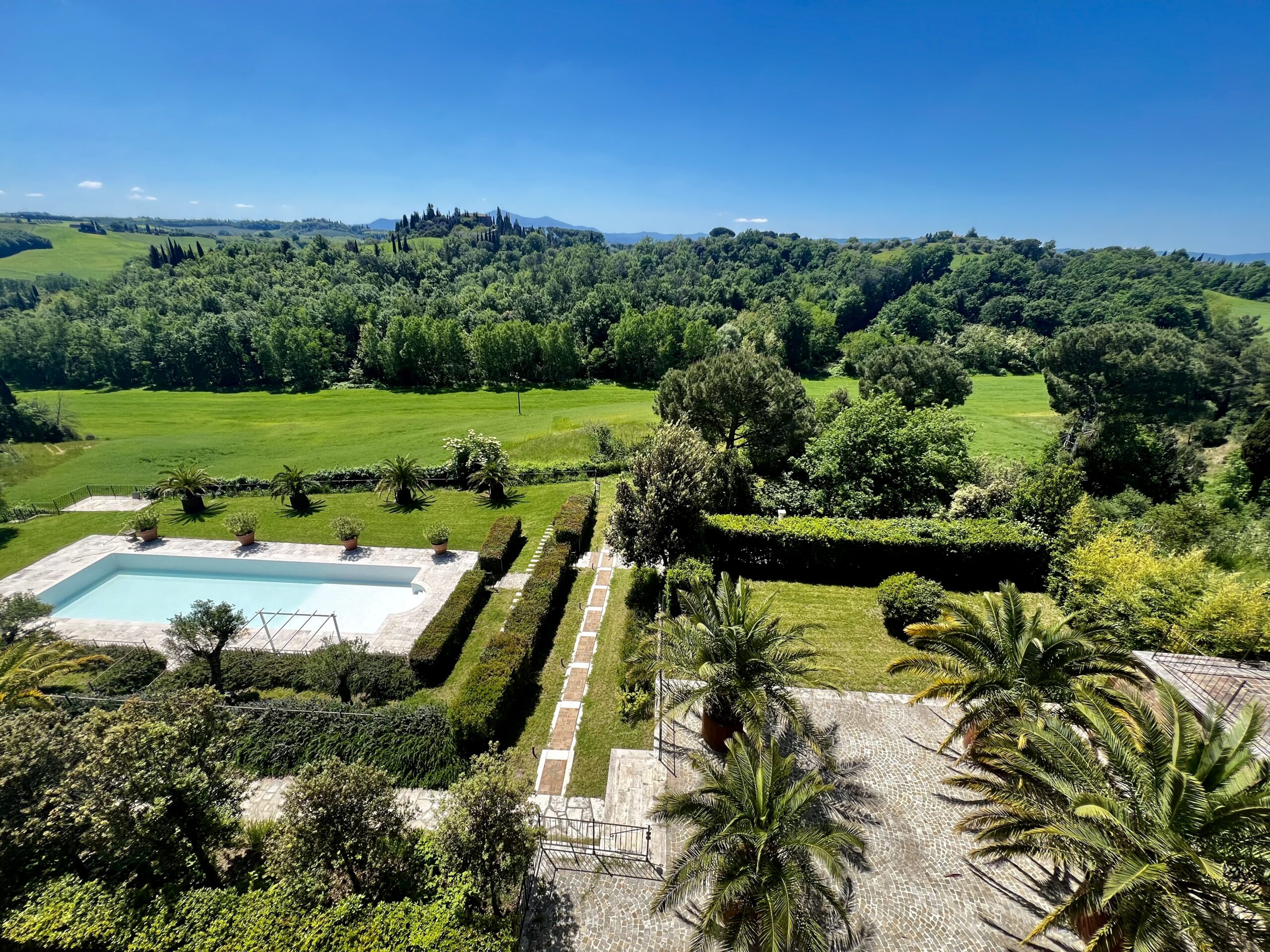
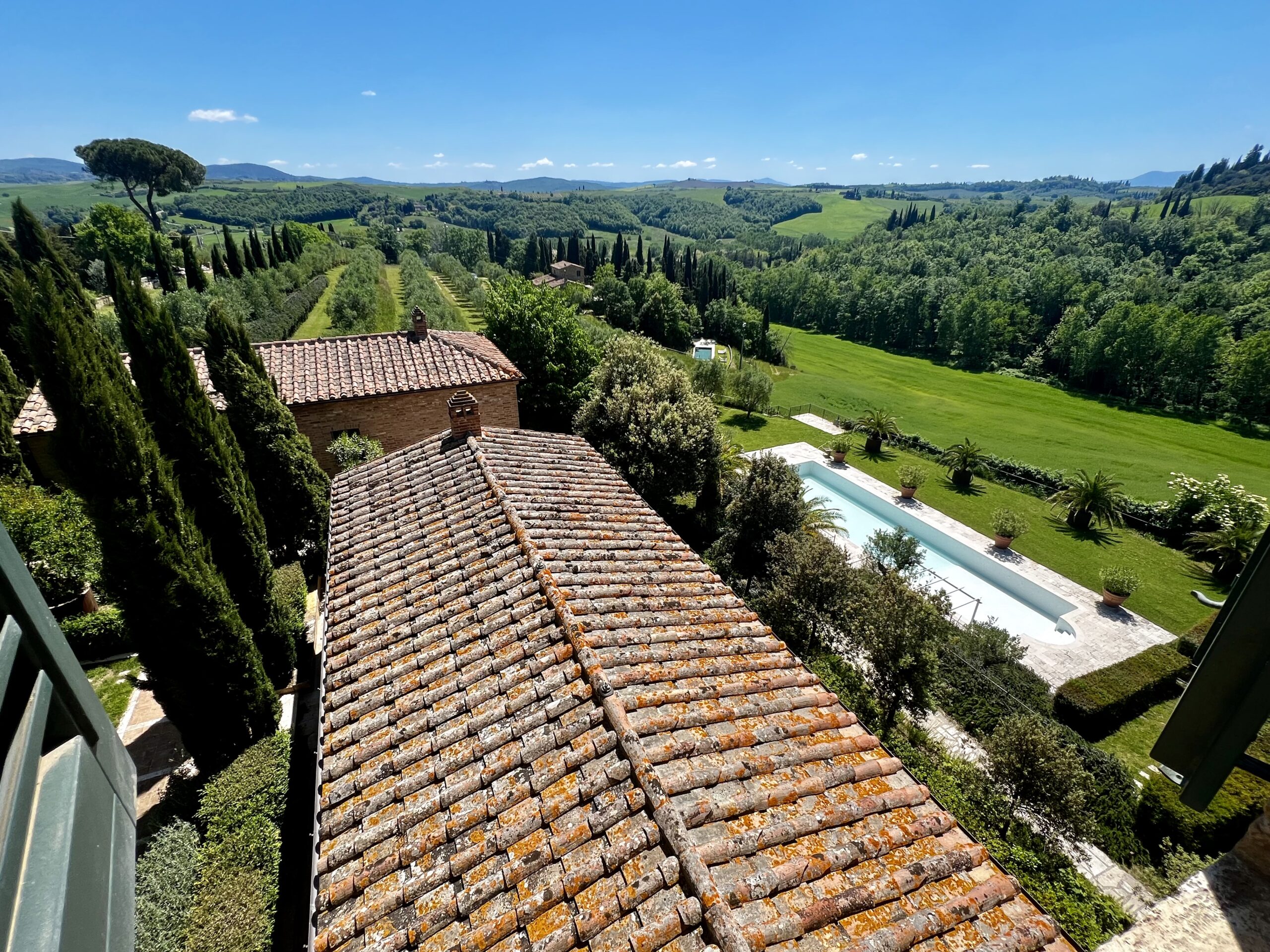
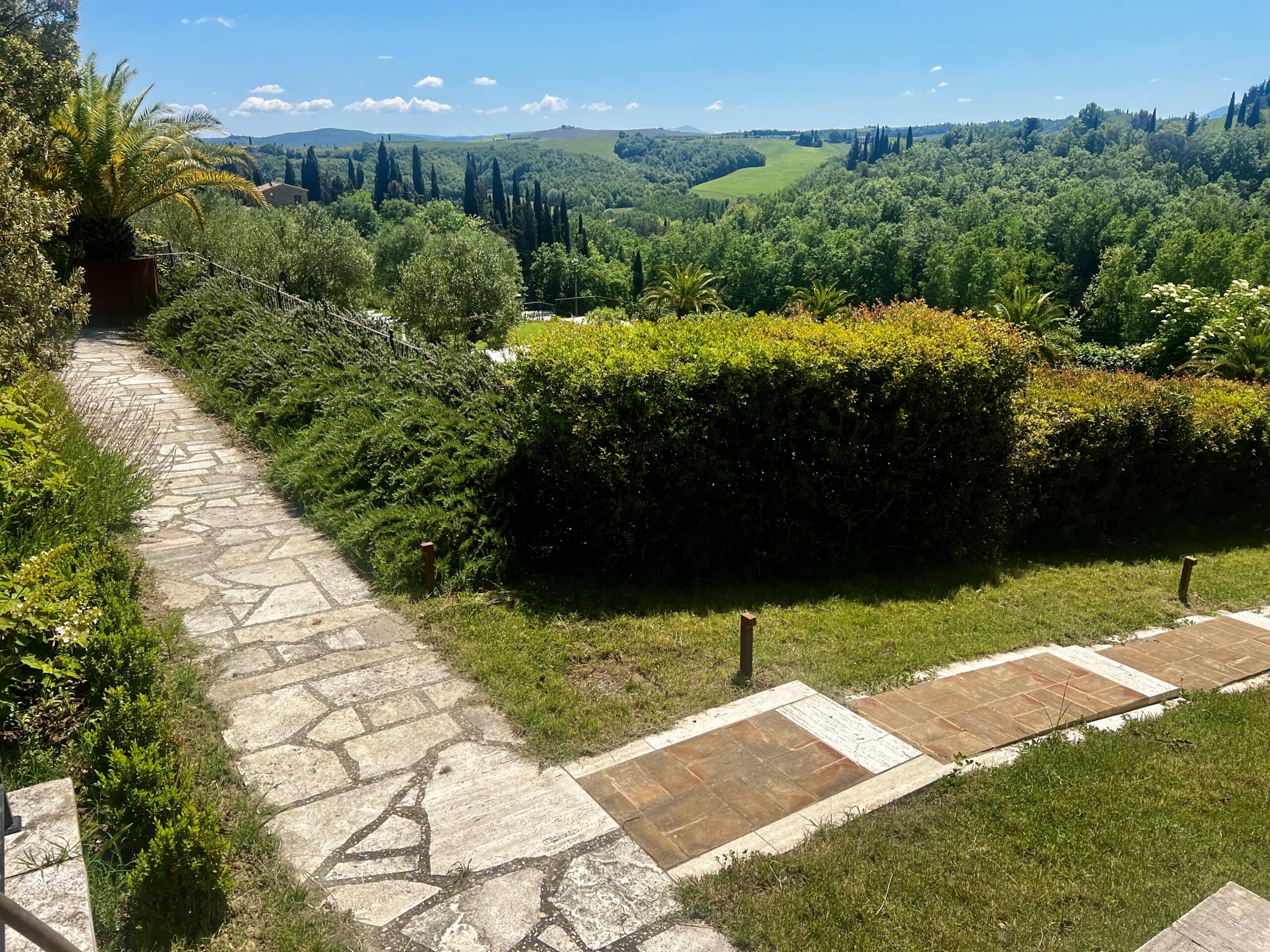
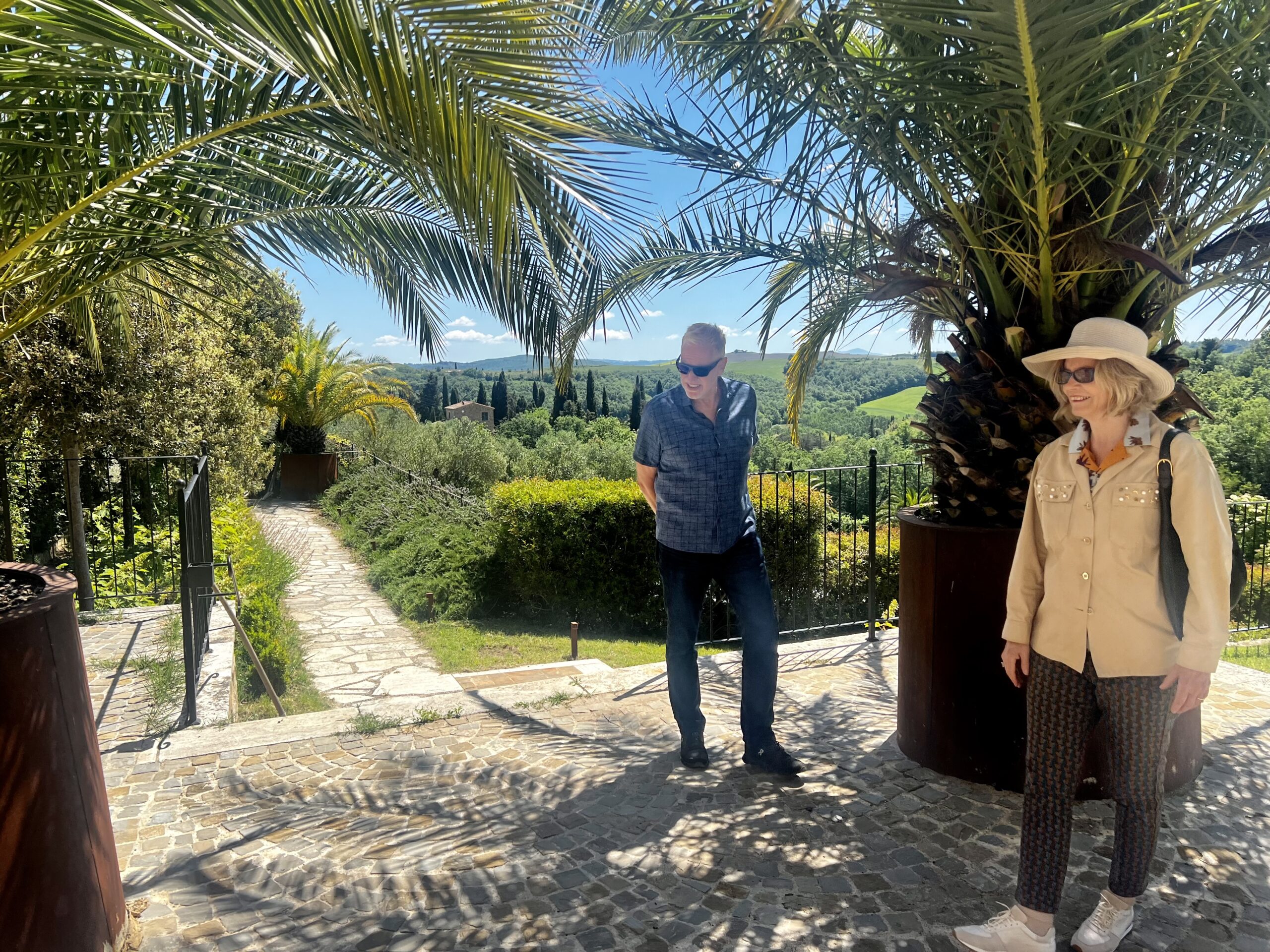
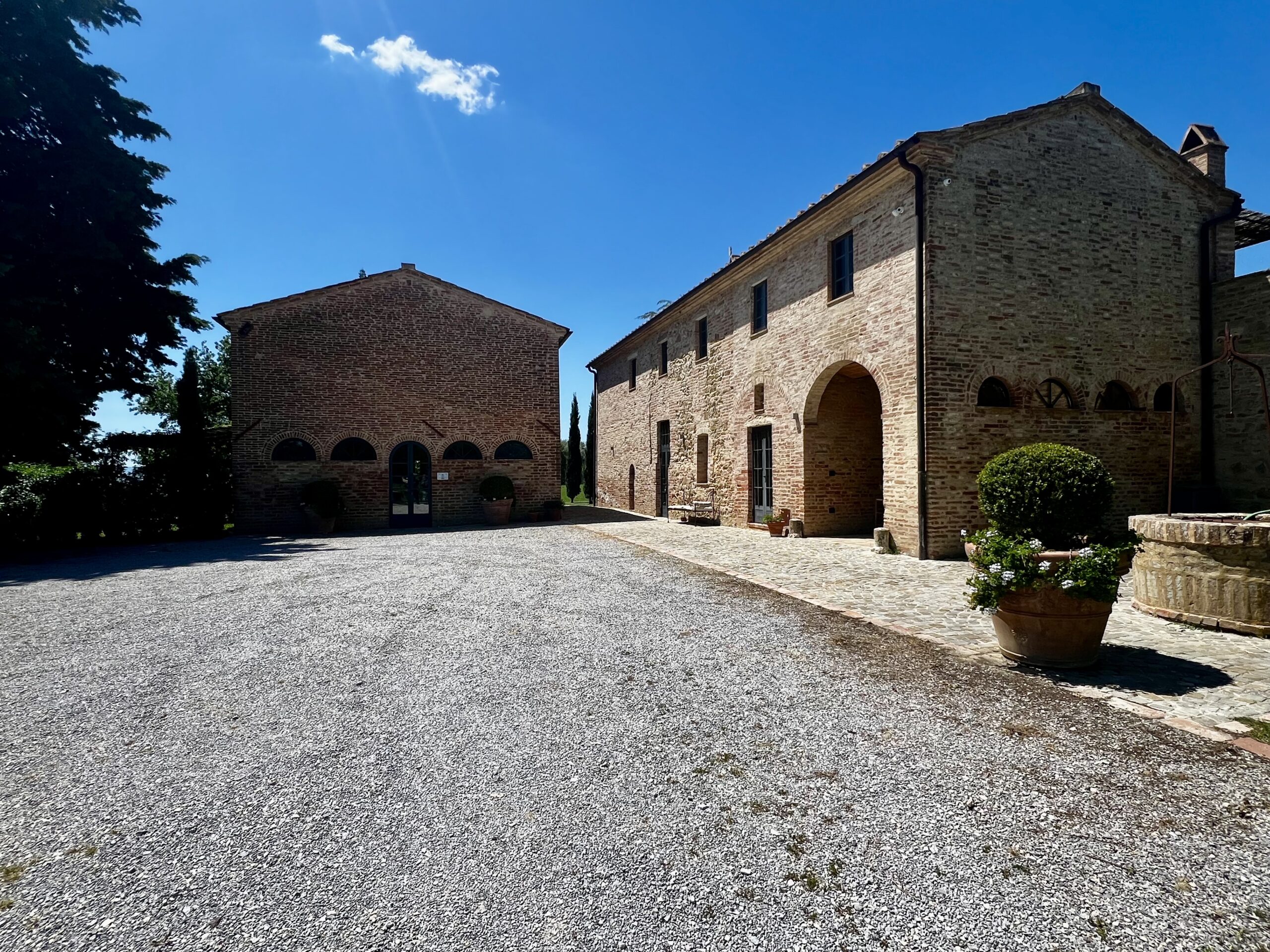
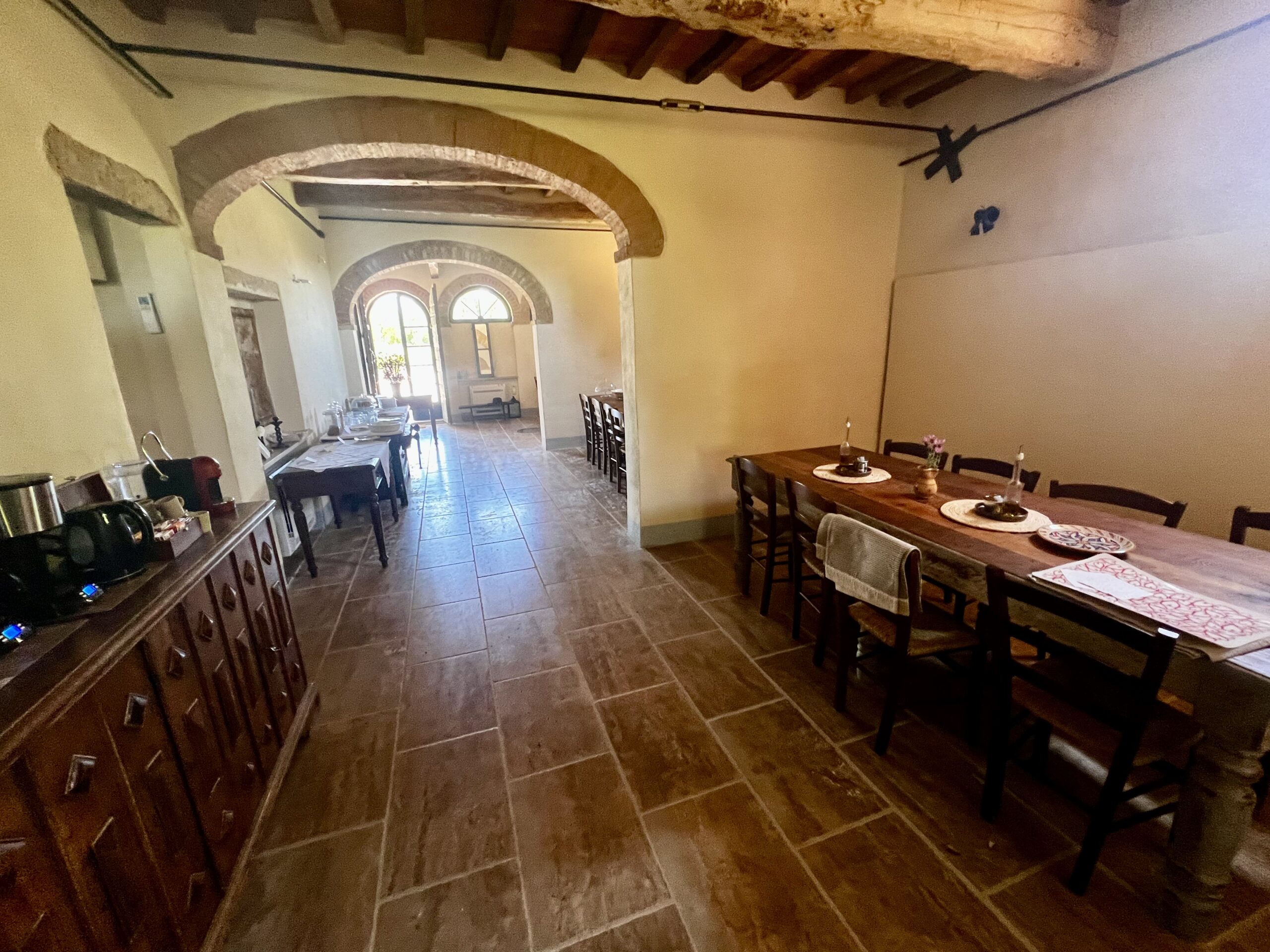
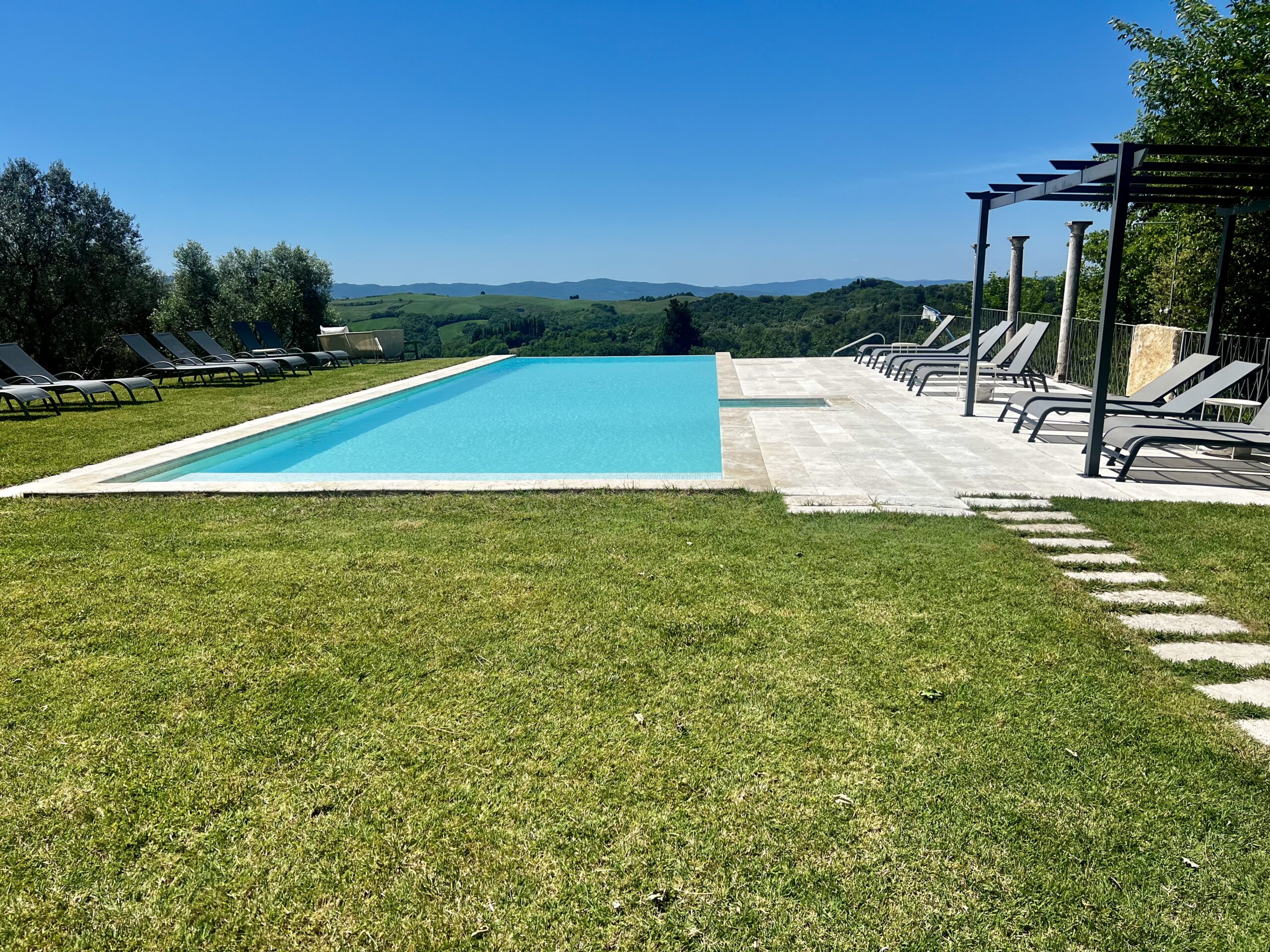
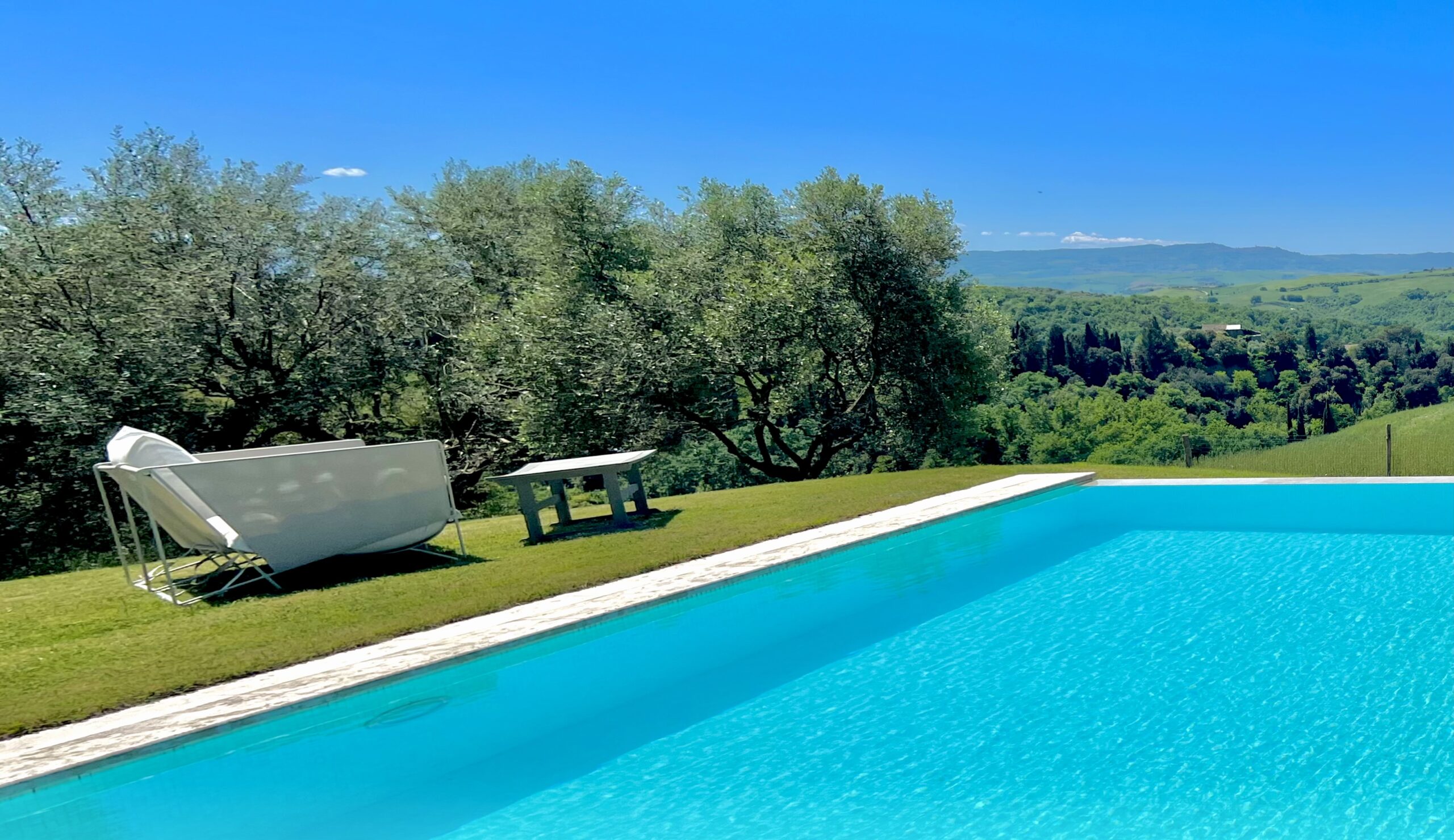
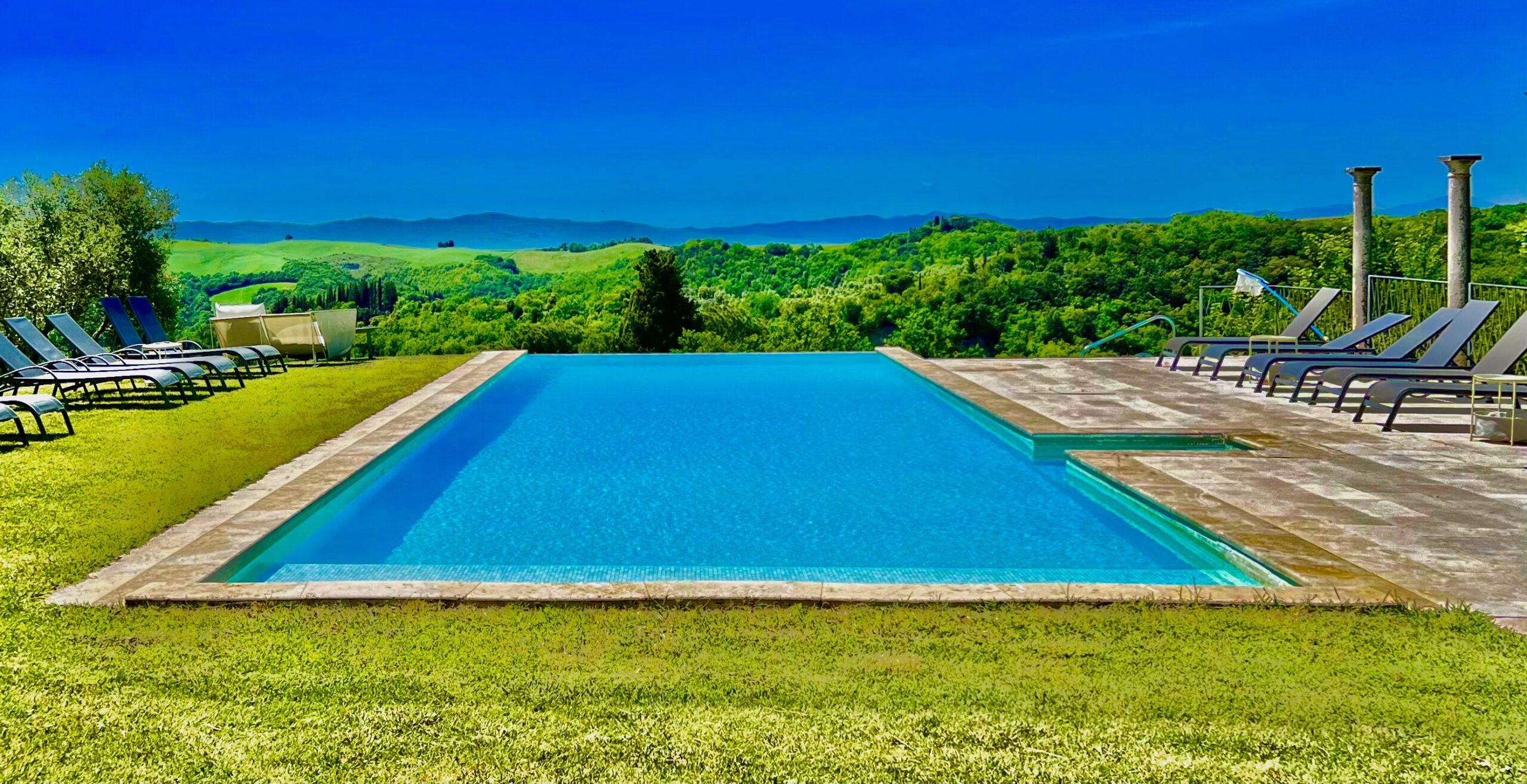
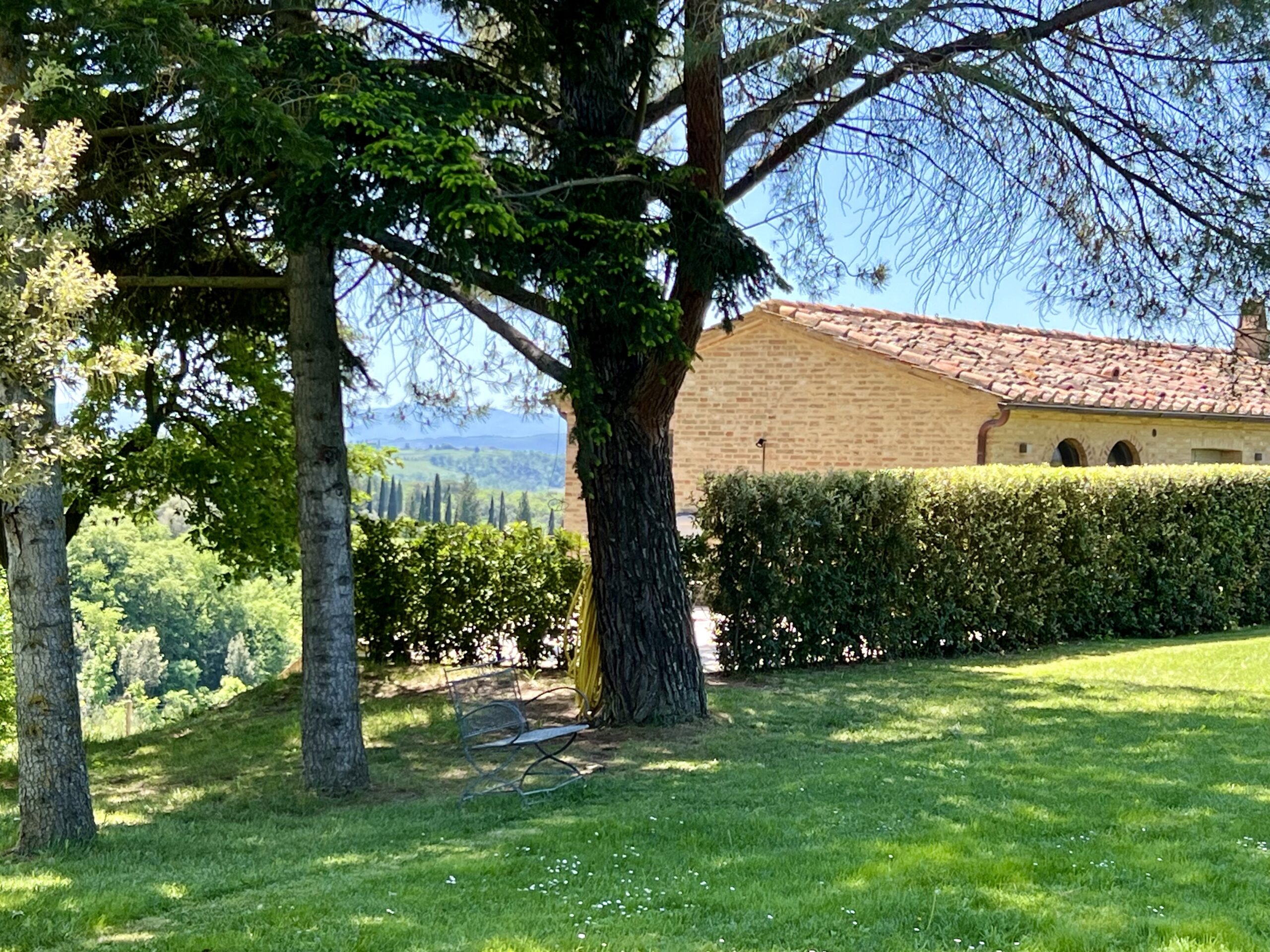
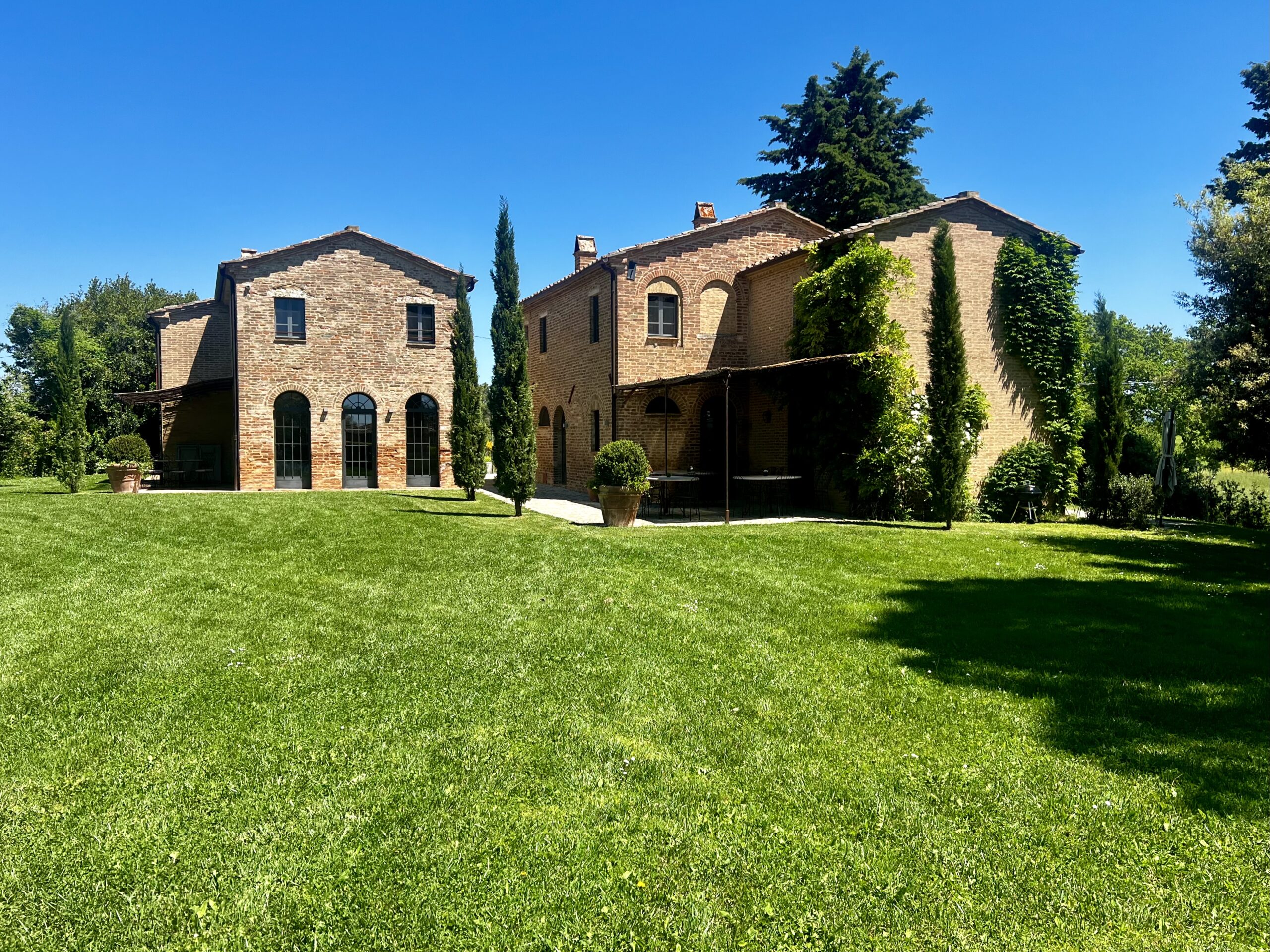
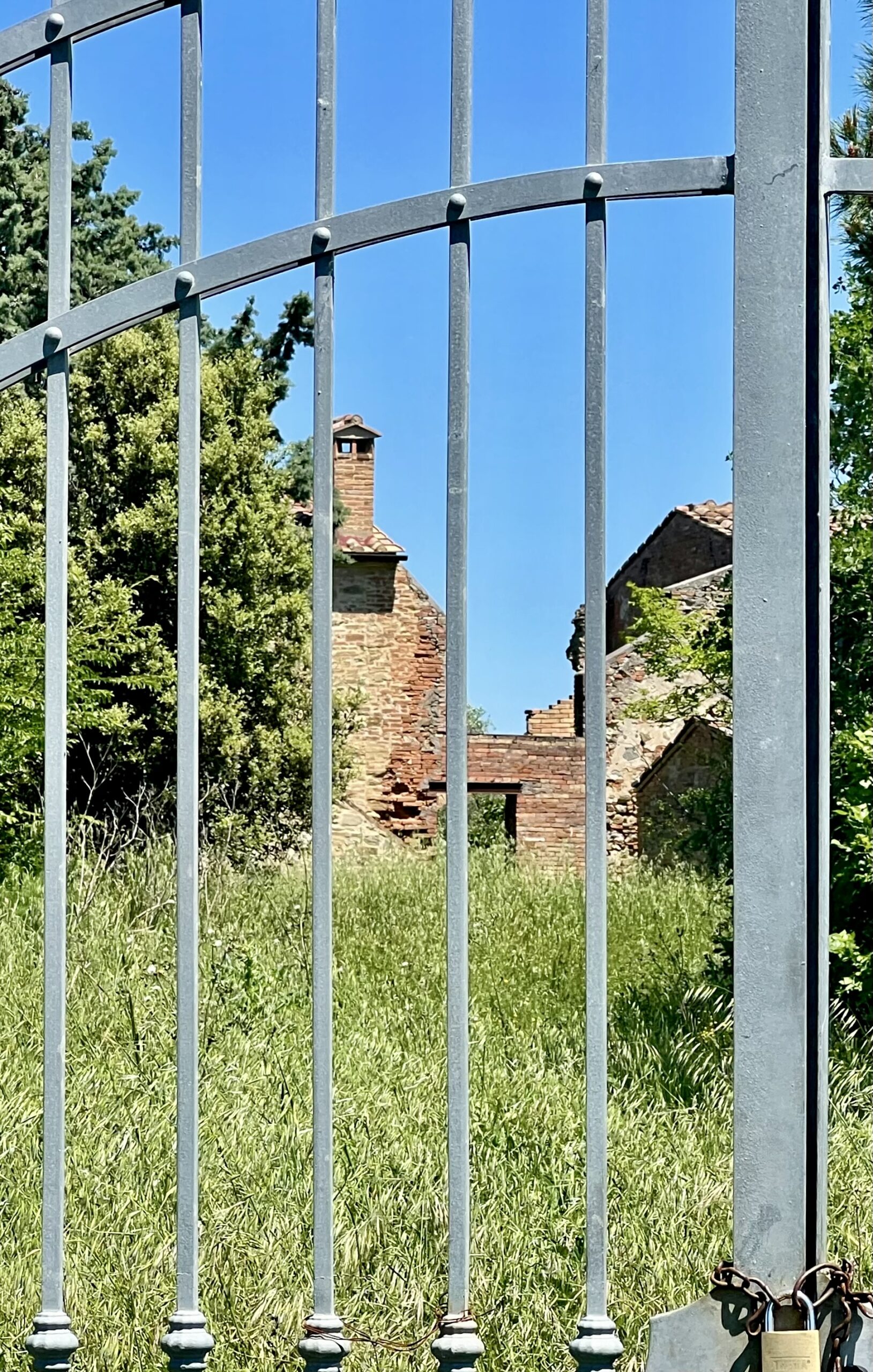
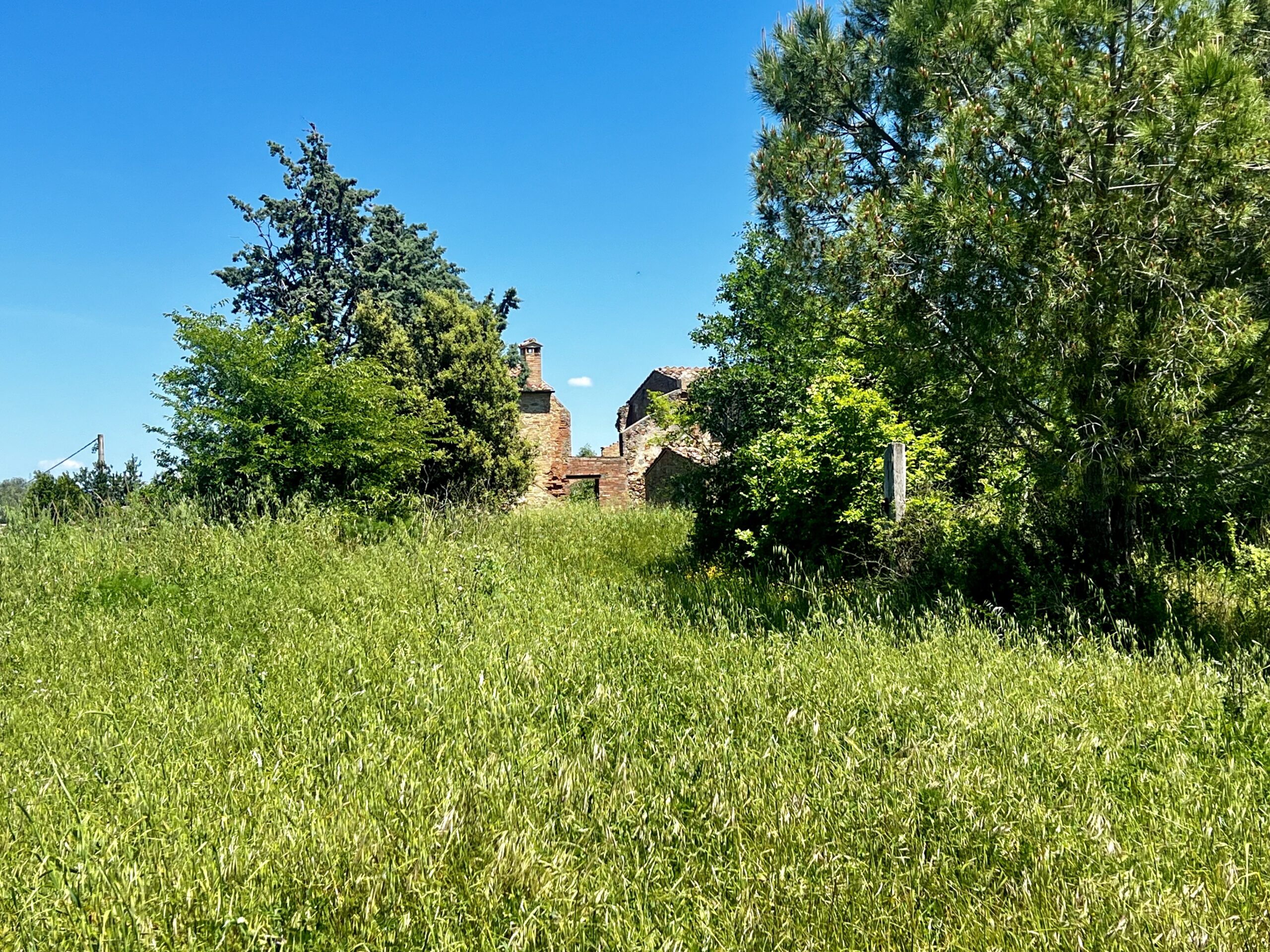
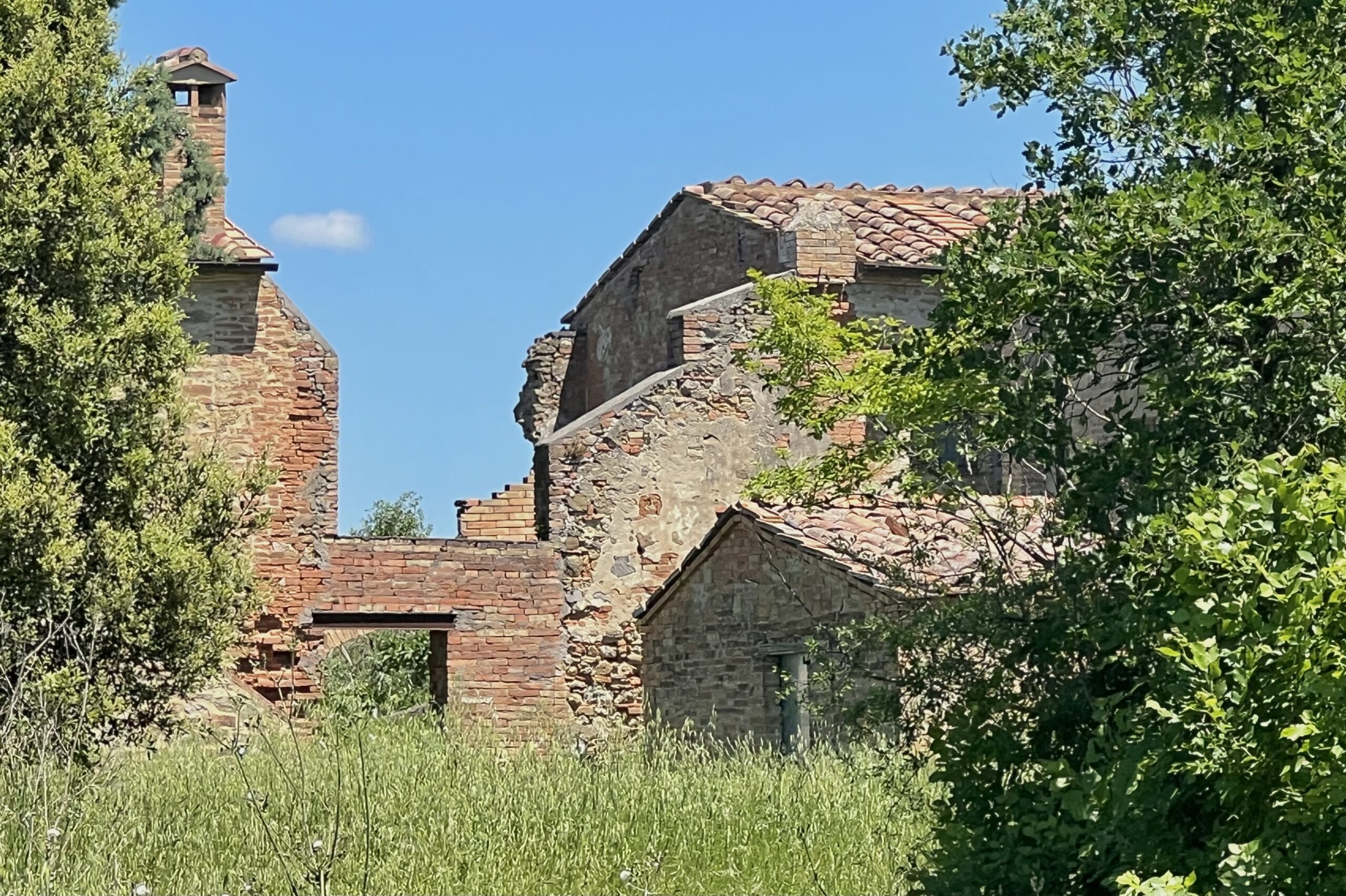
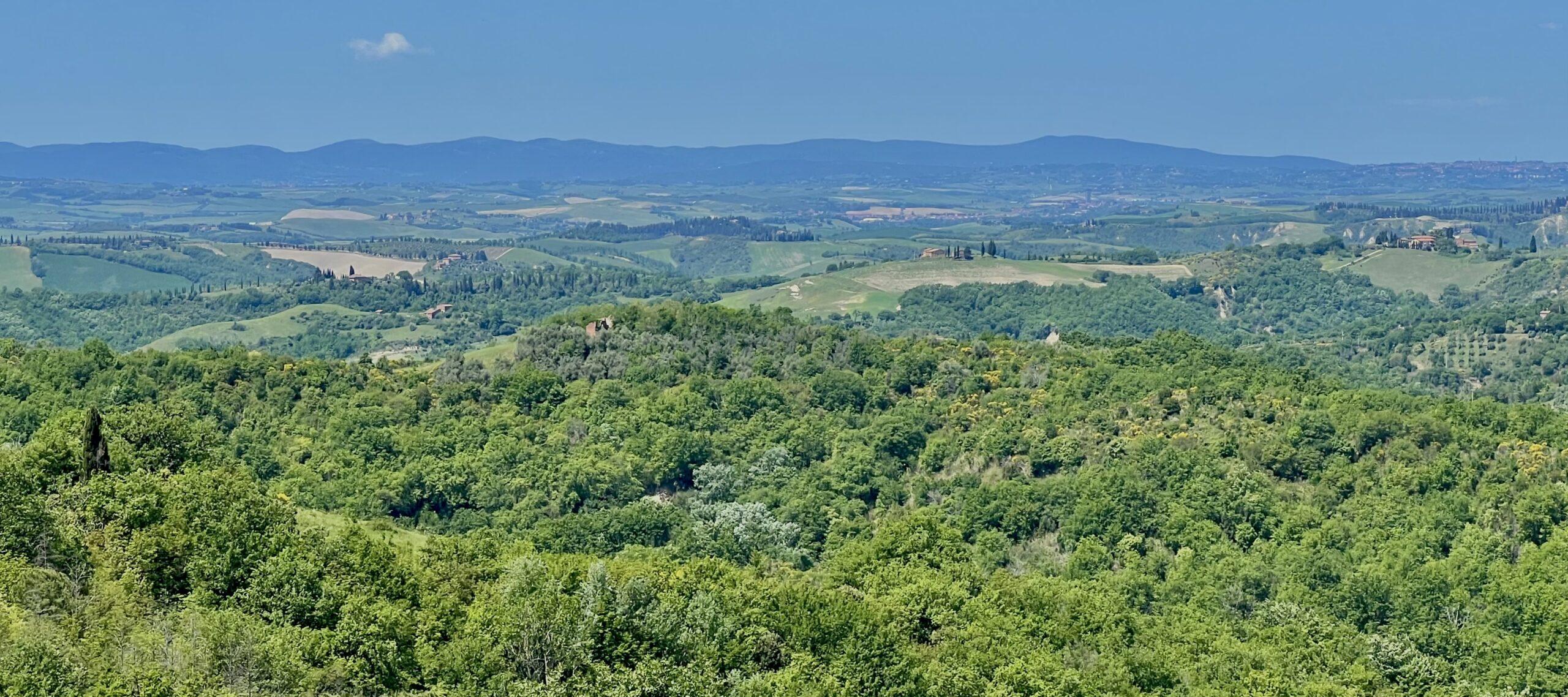
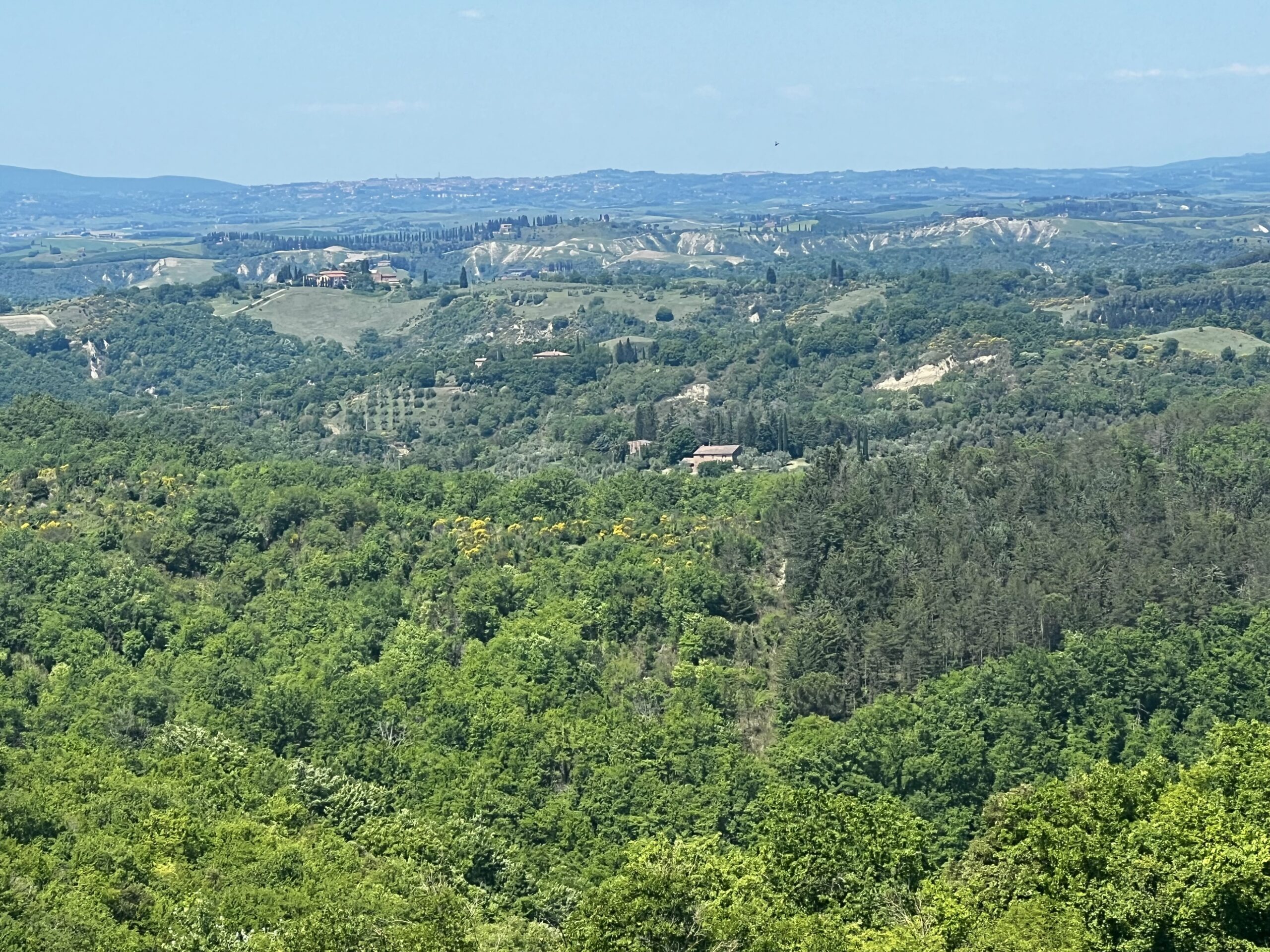

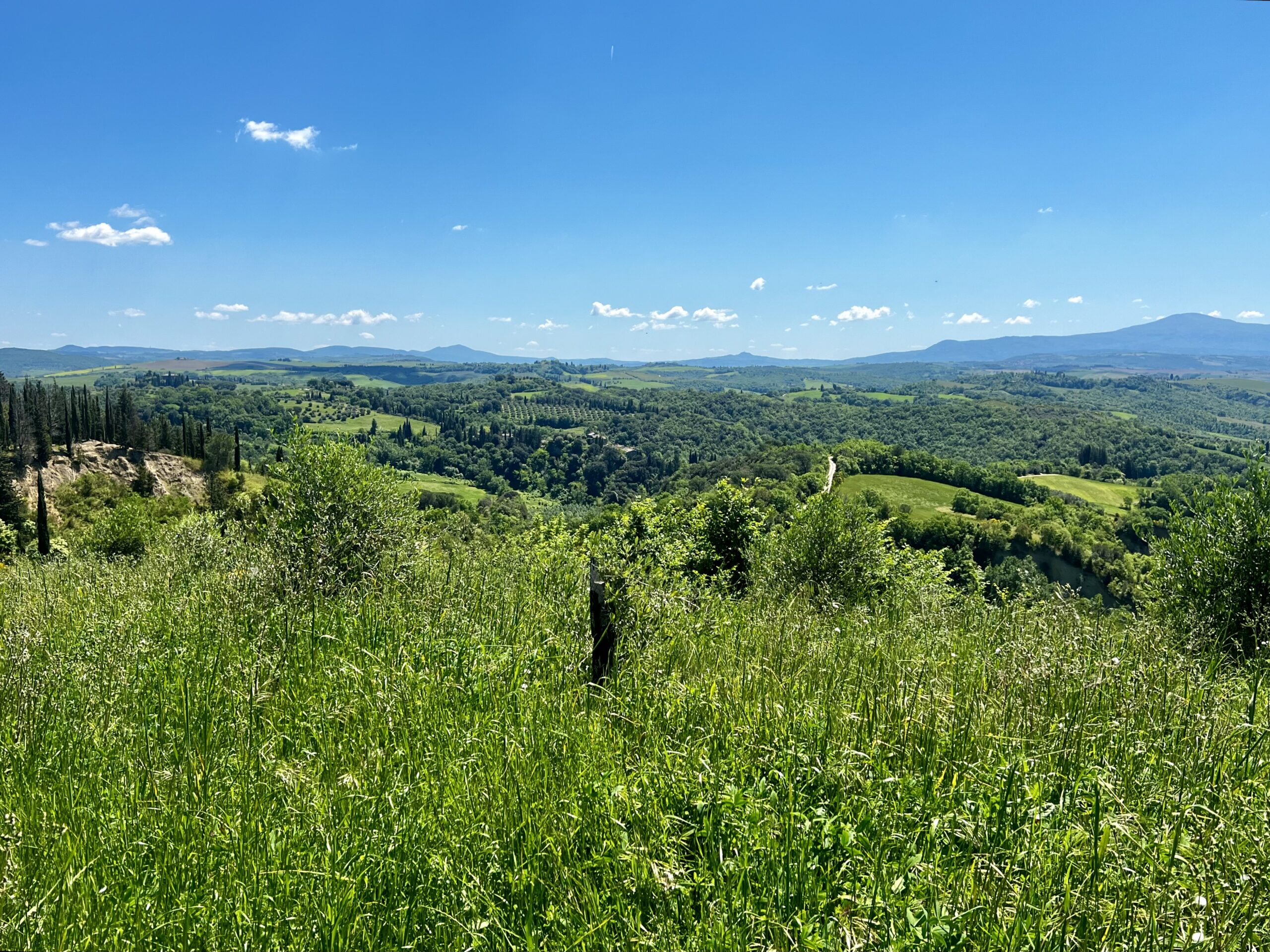
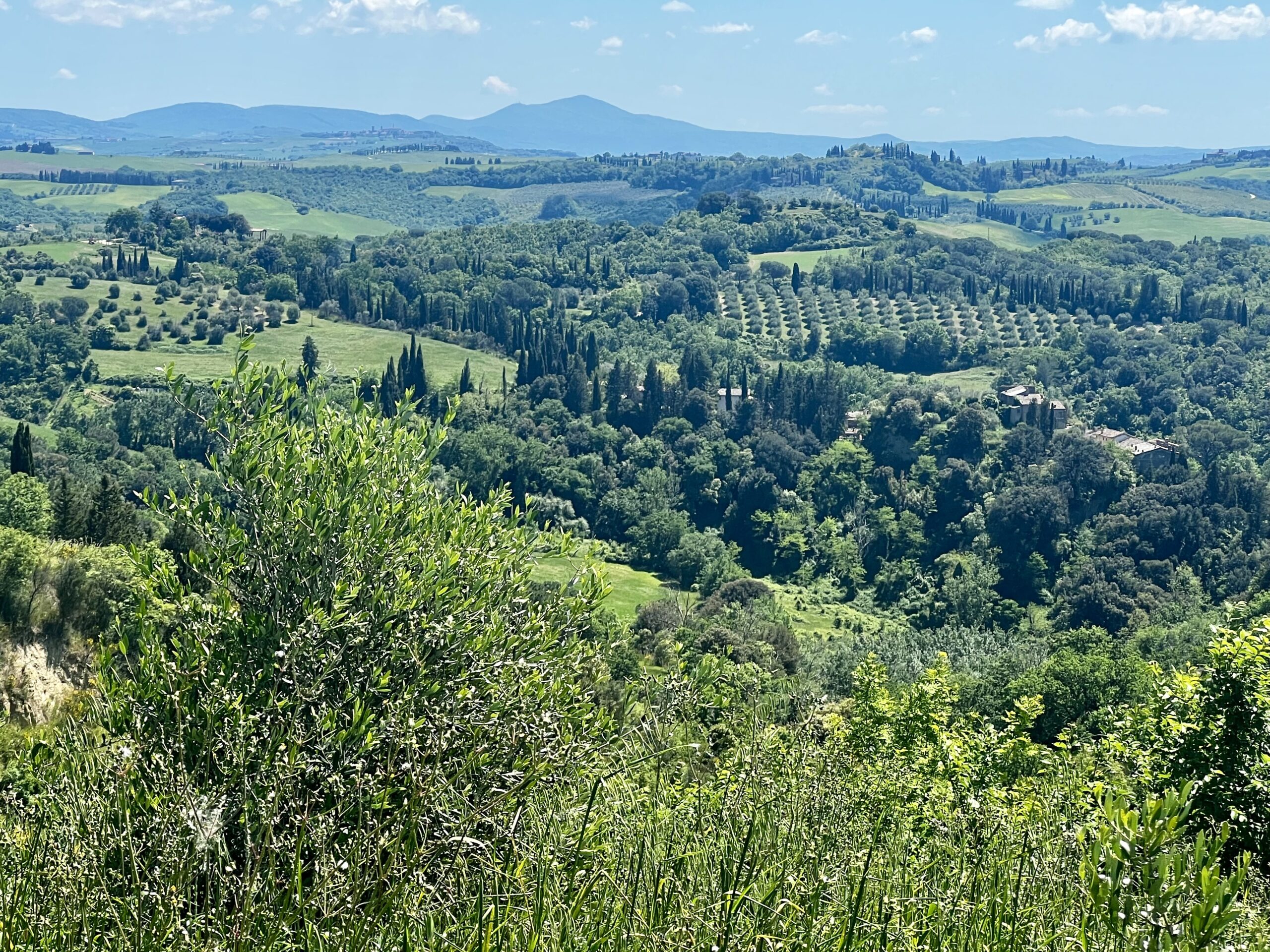
Lunch

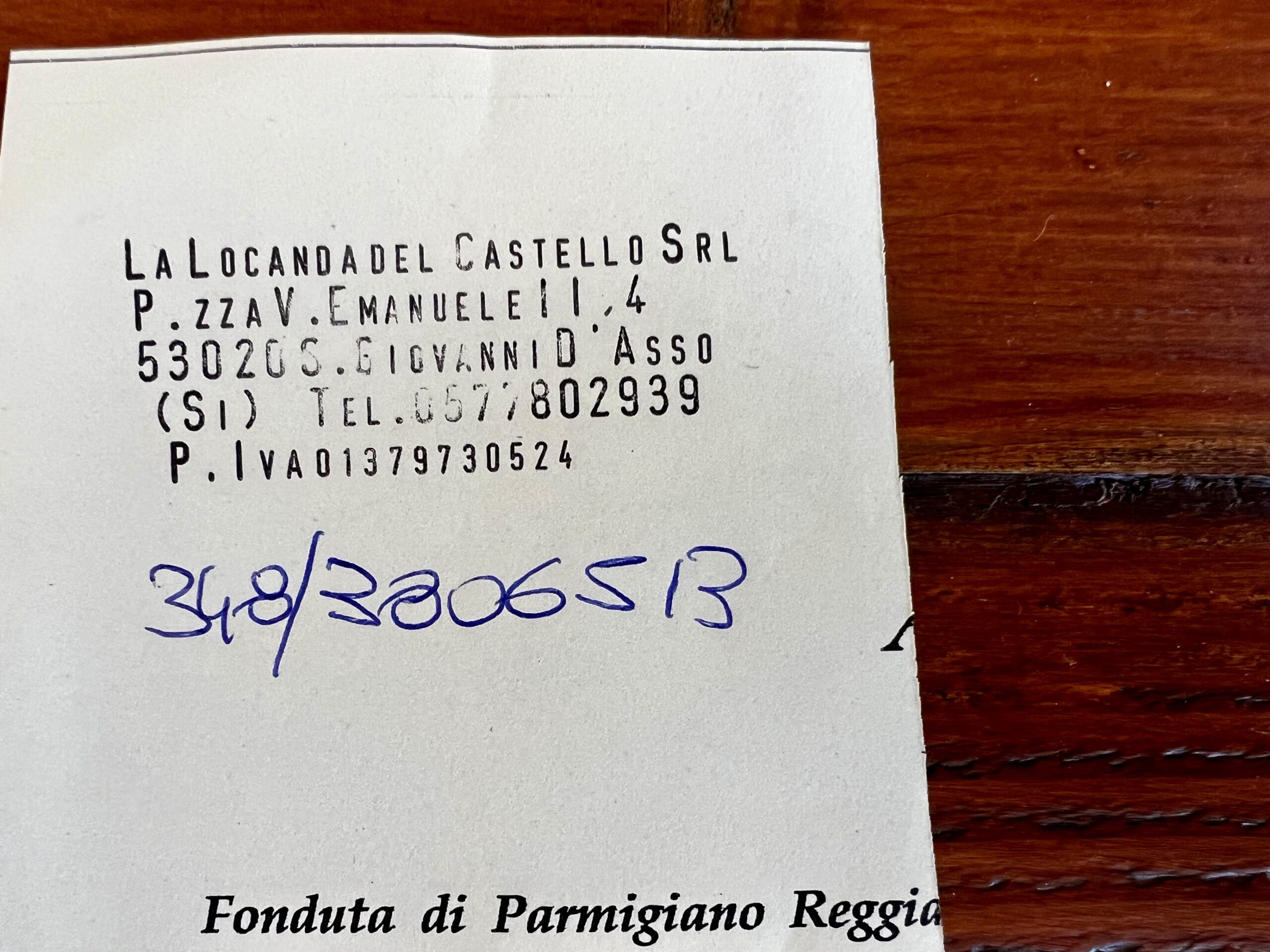
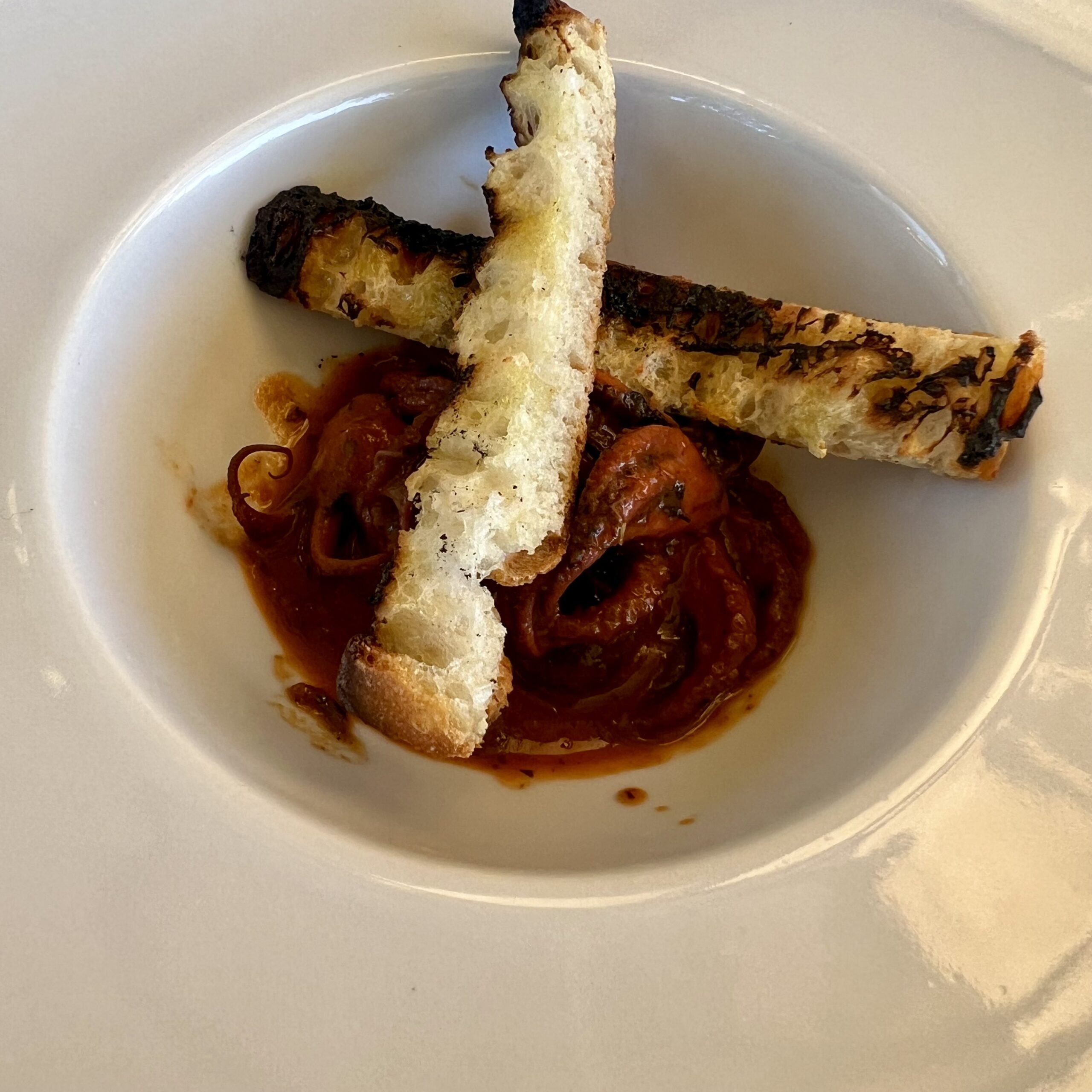
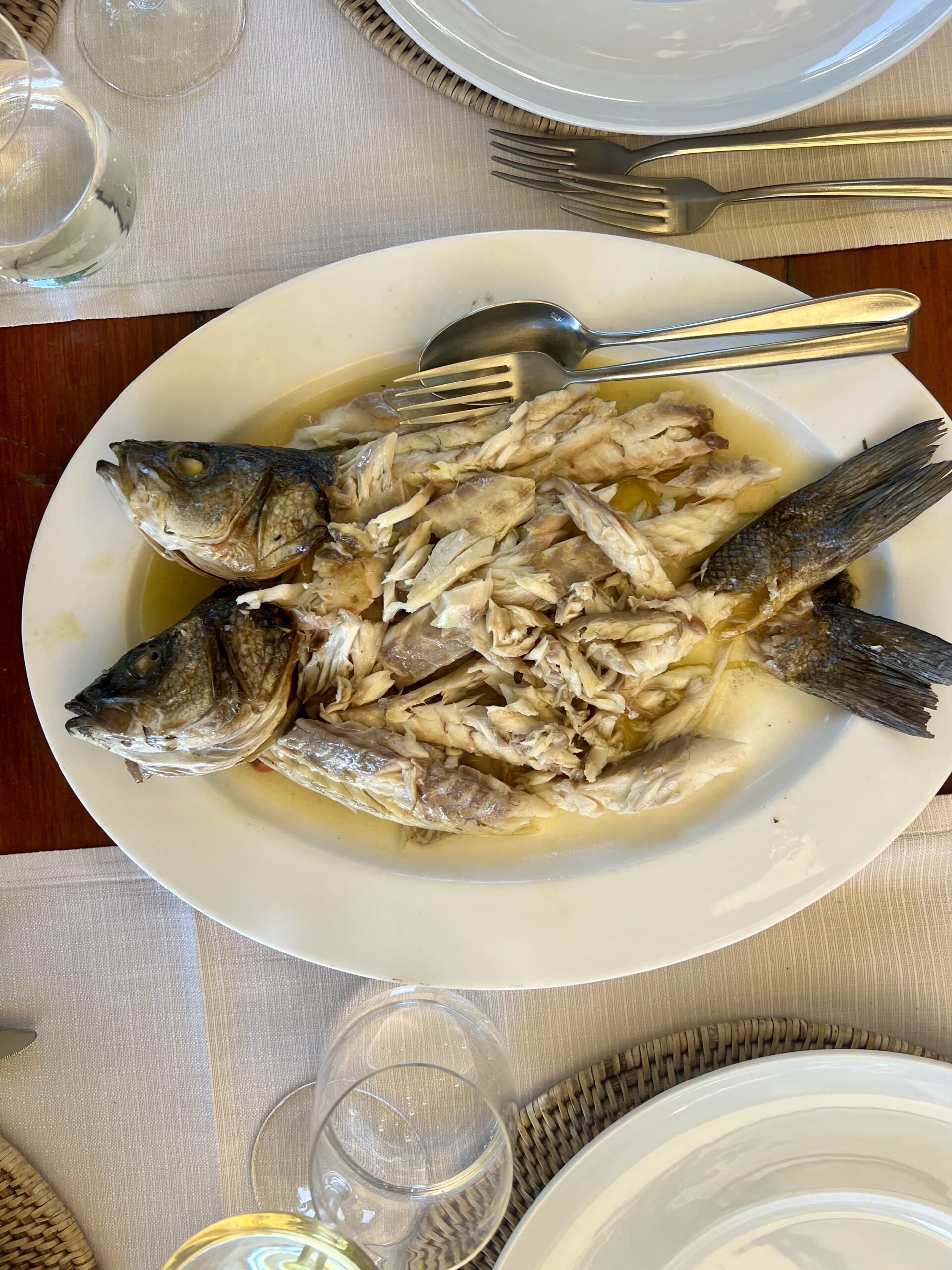
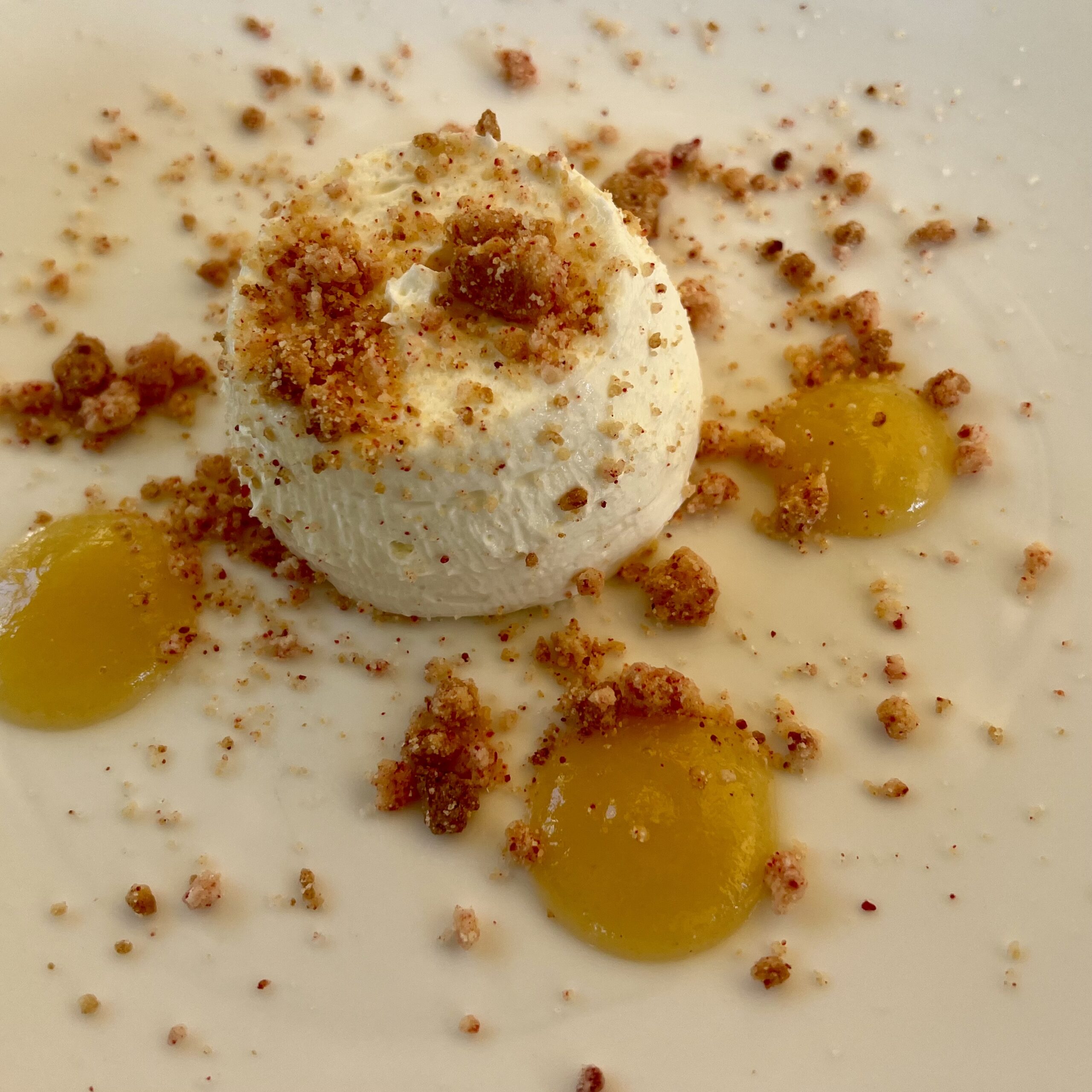
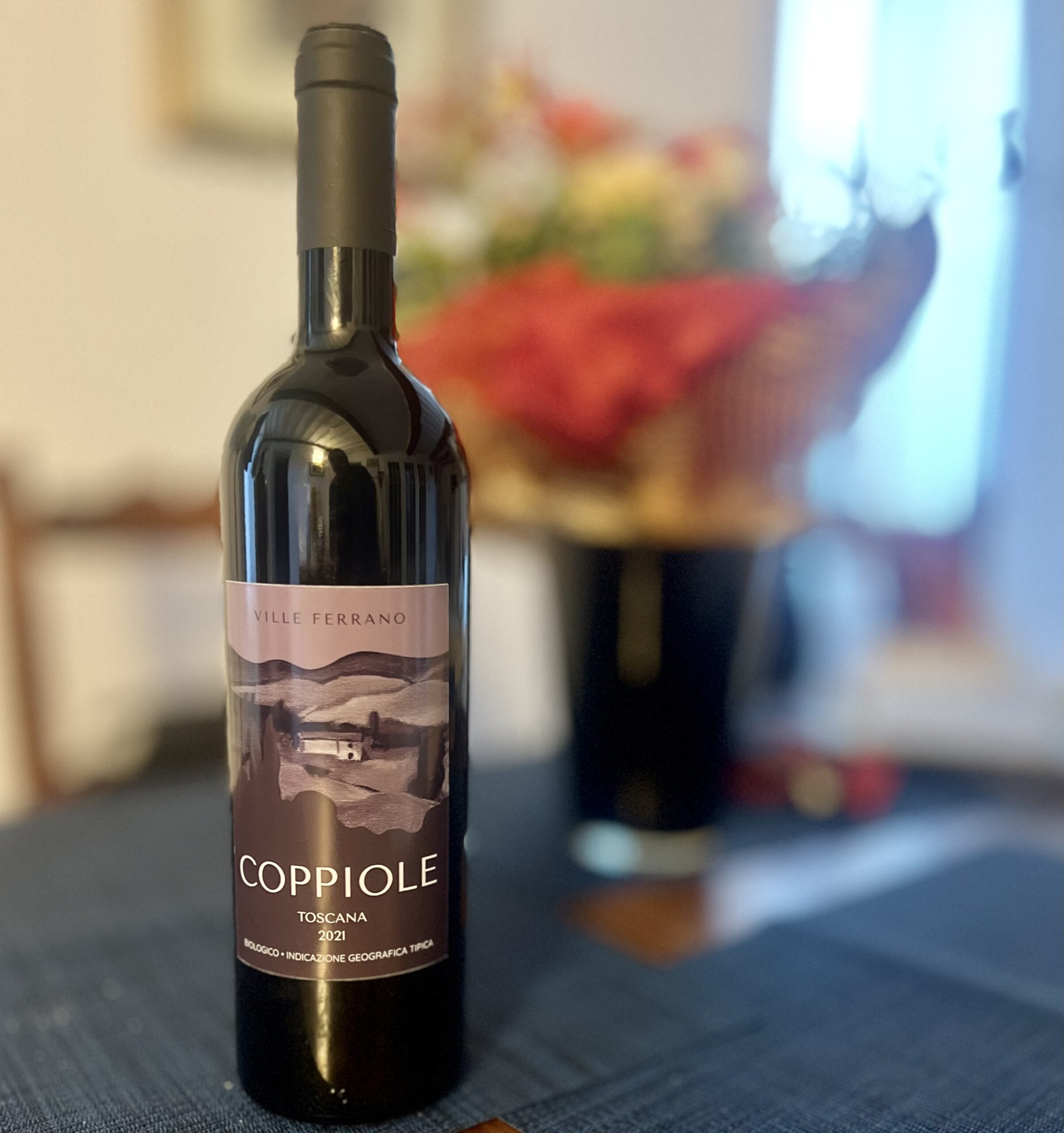
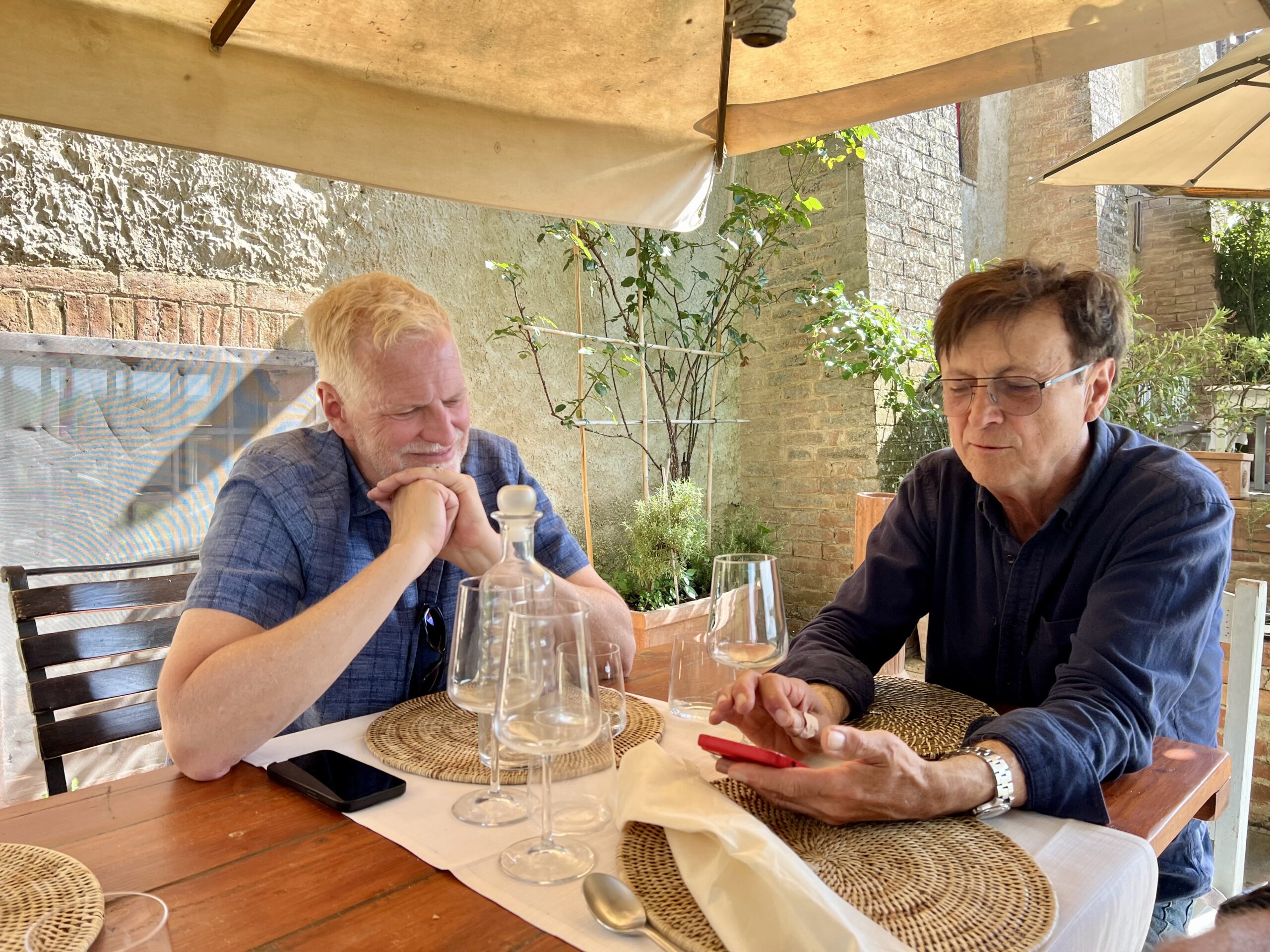
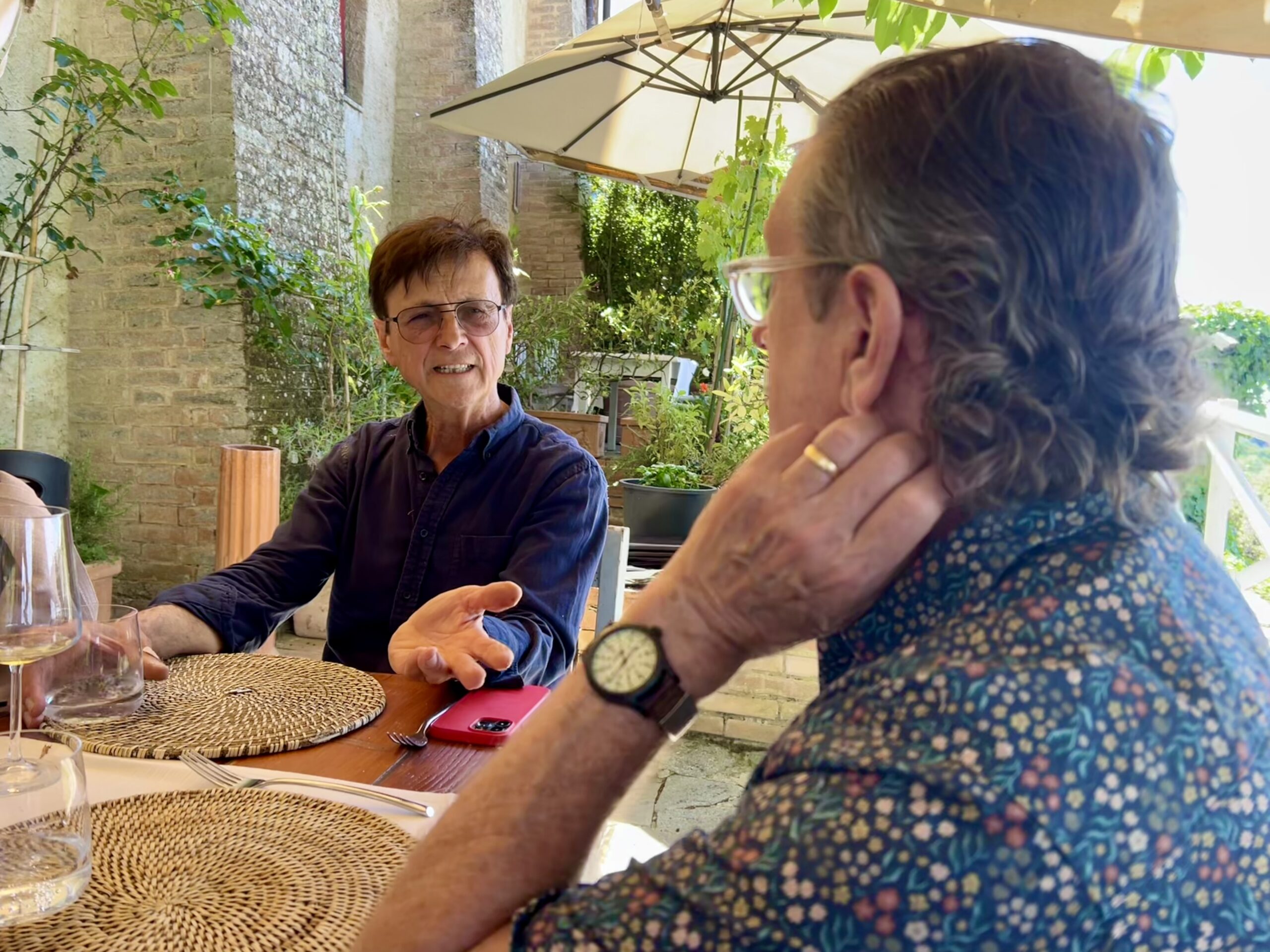
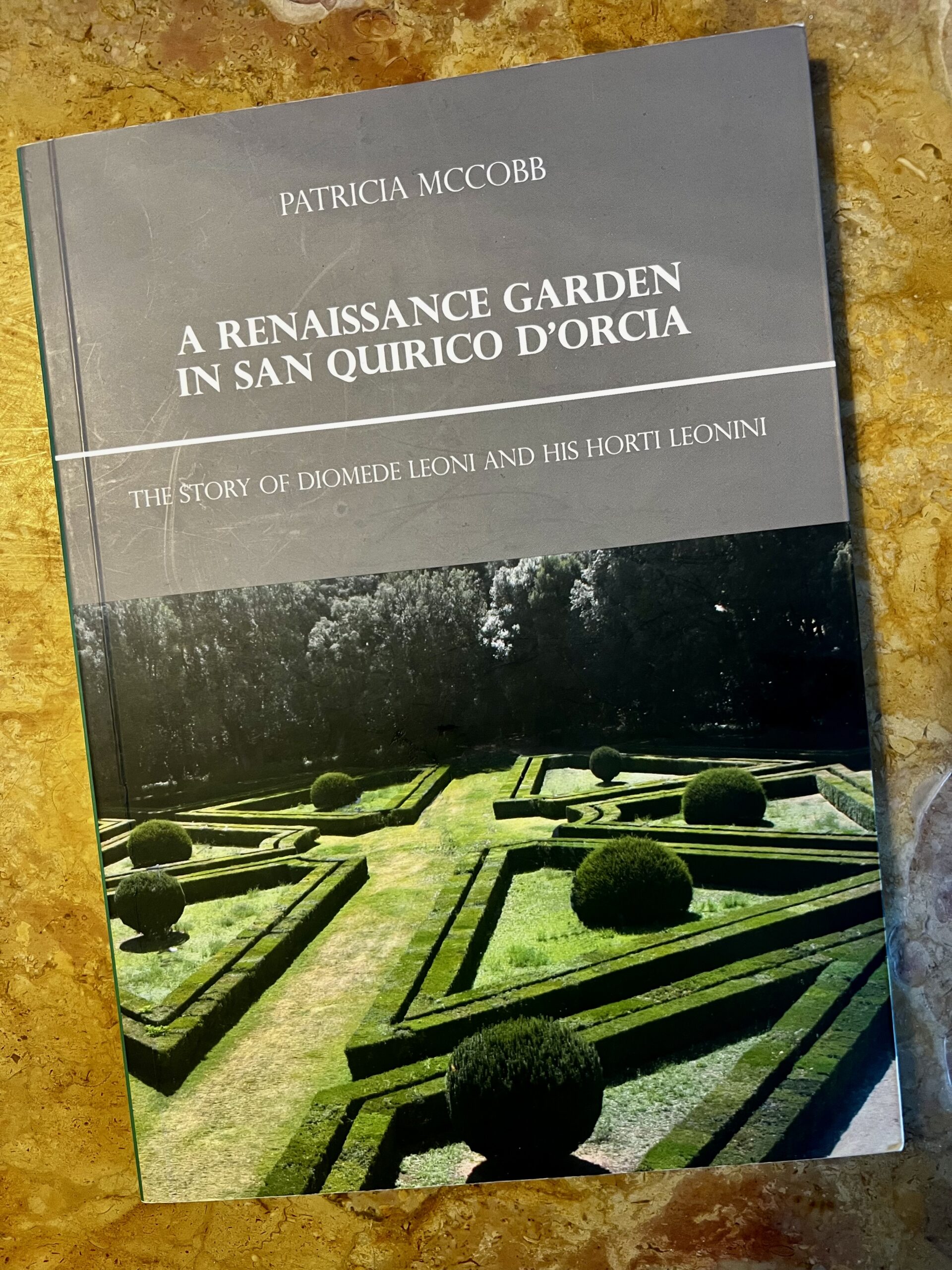
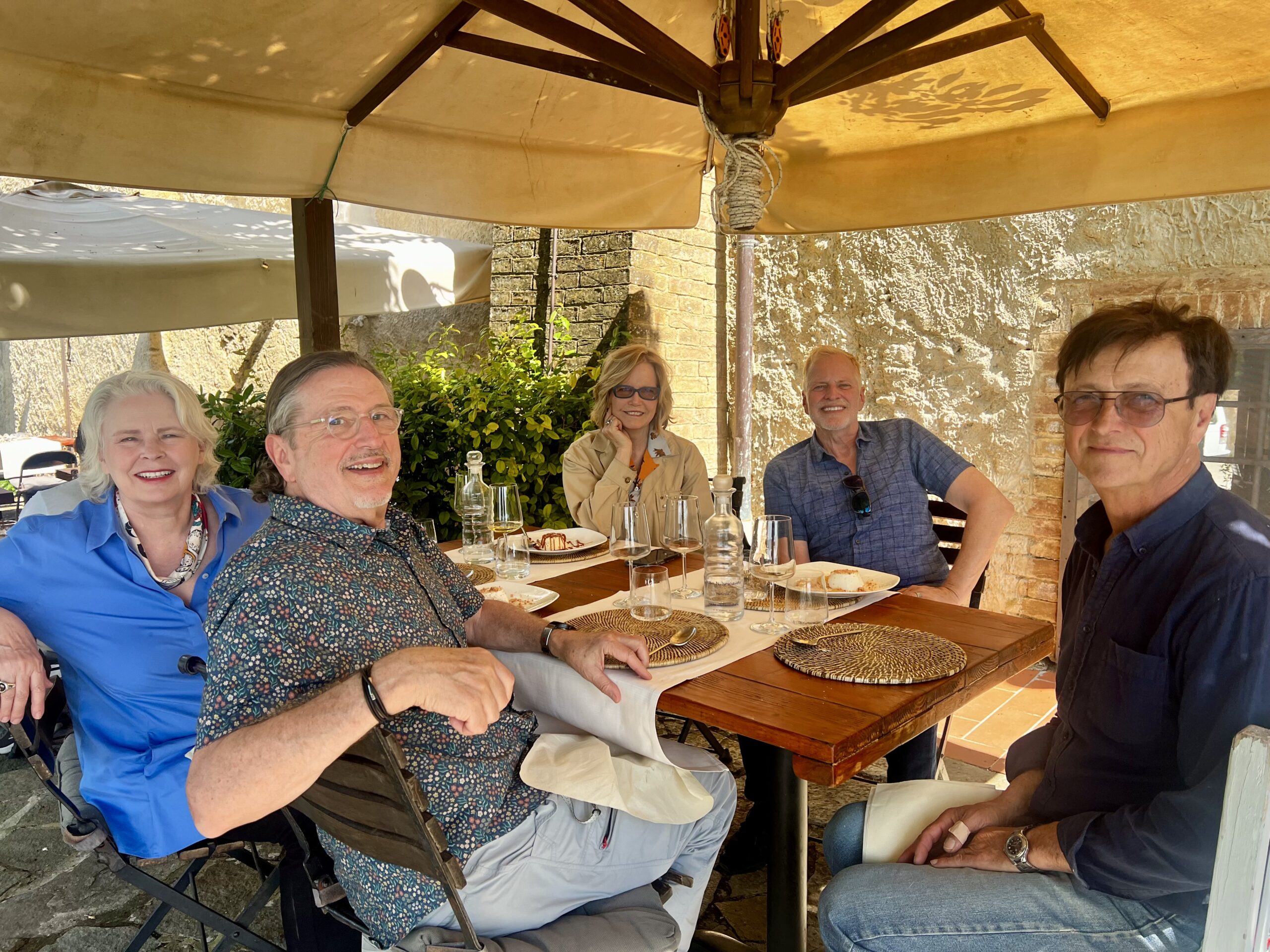
The Drive To and From
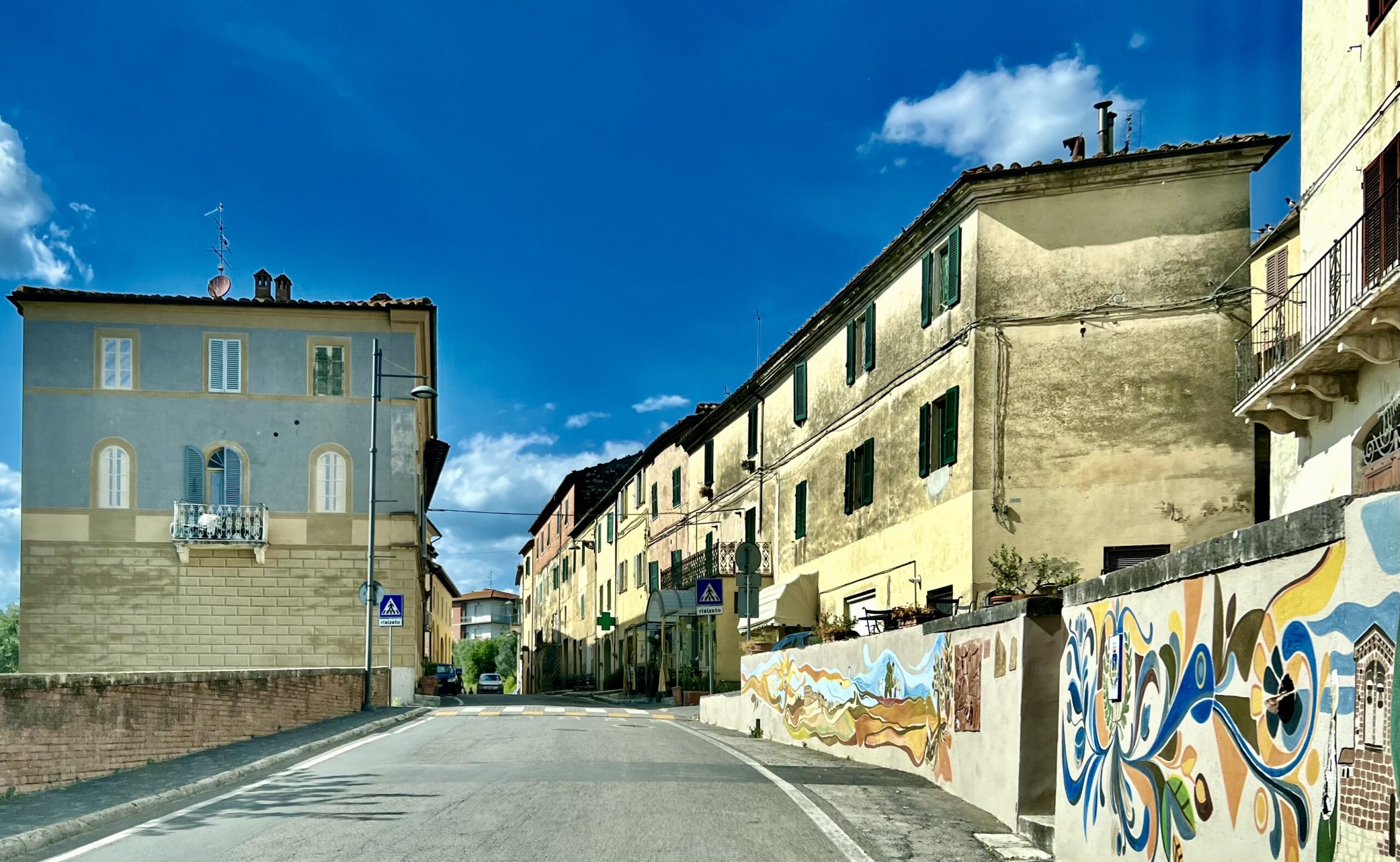
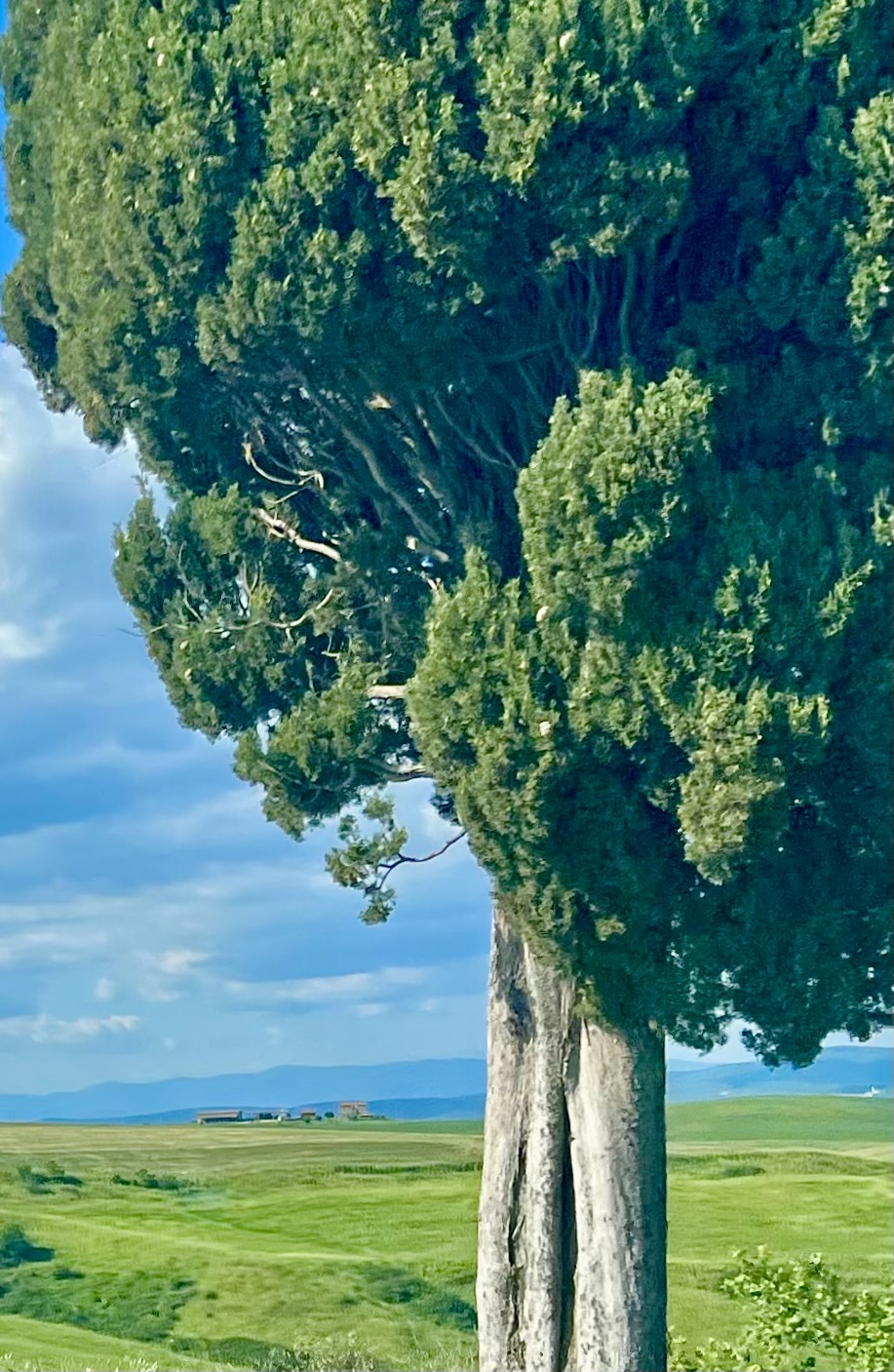
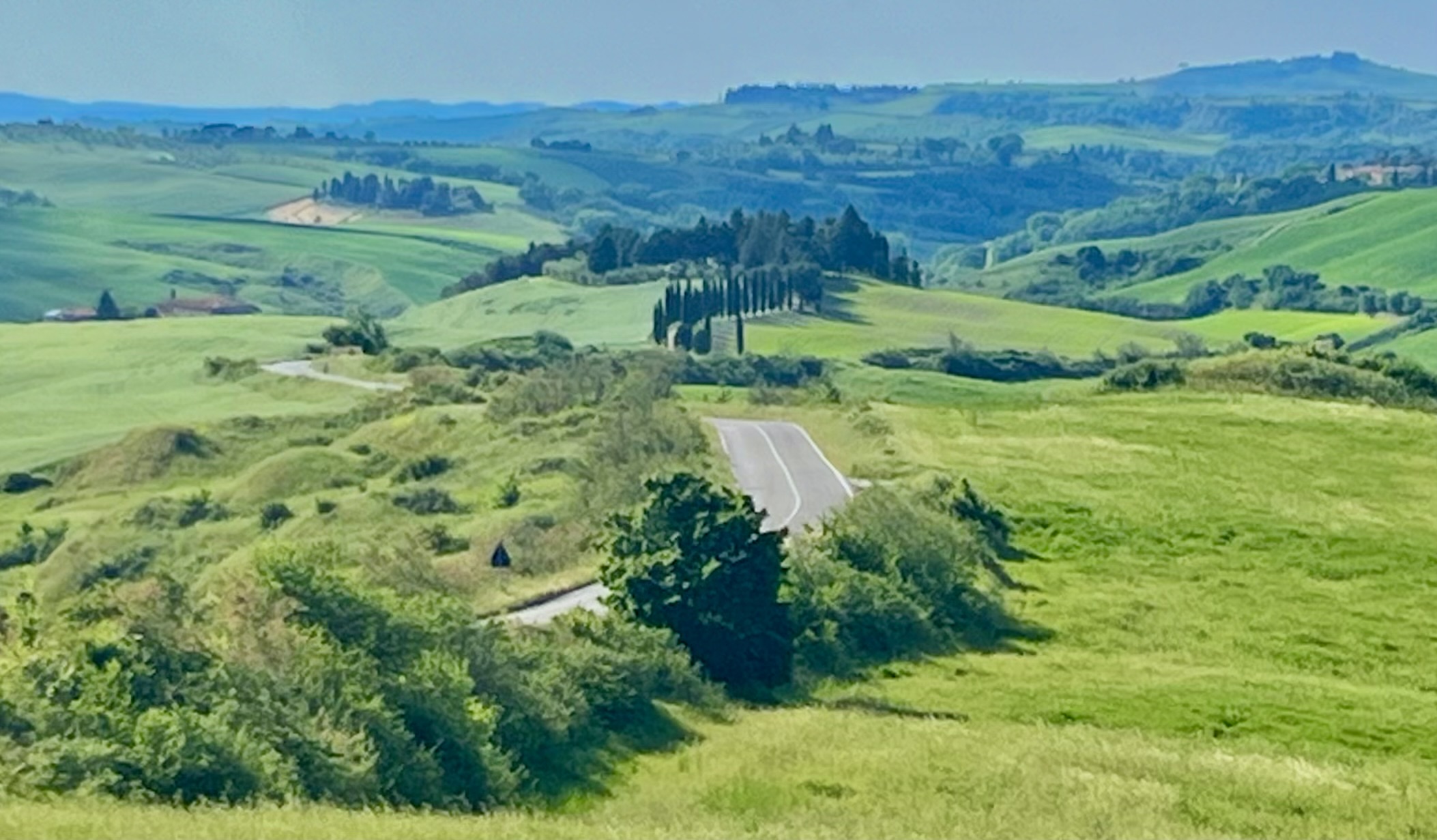
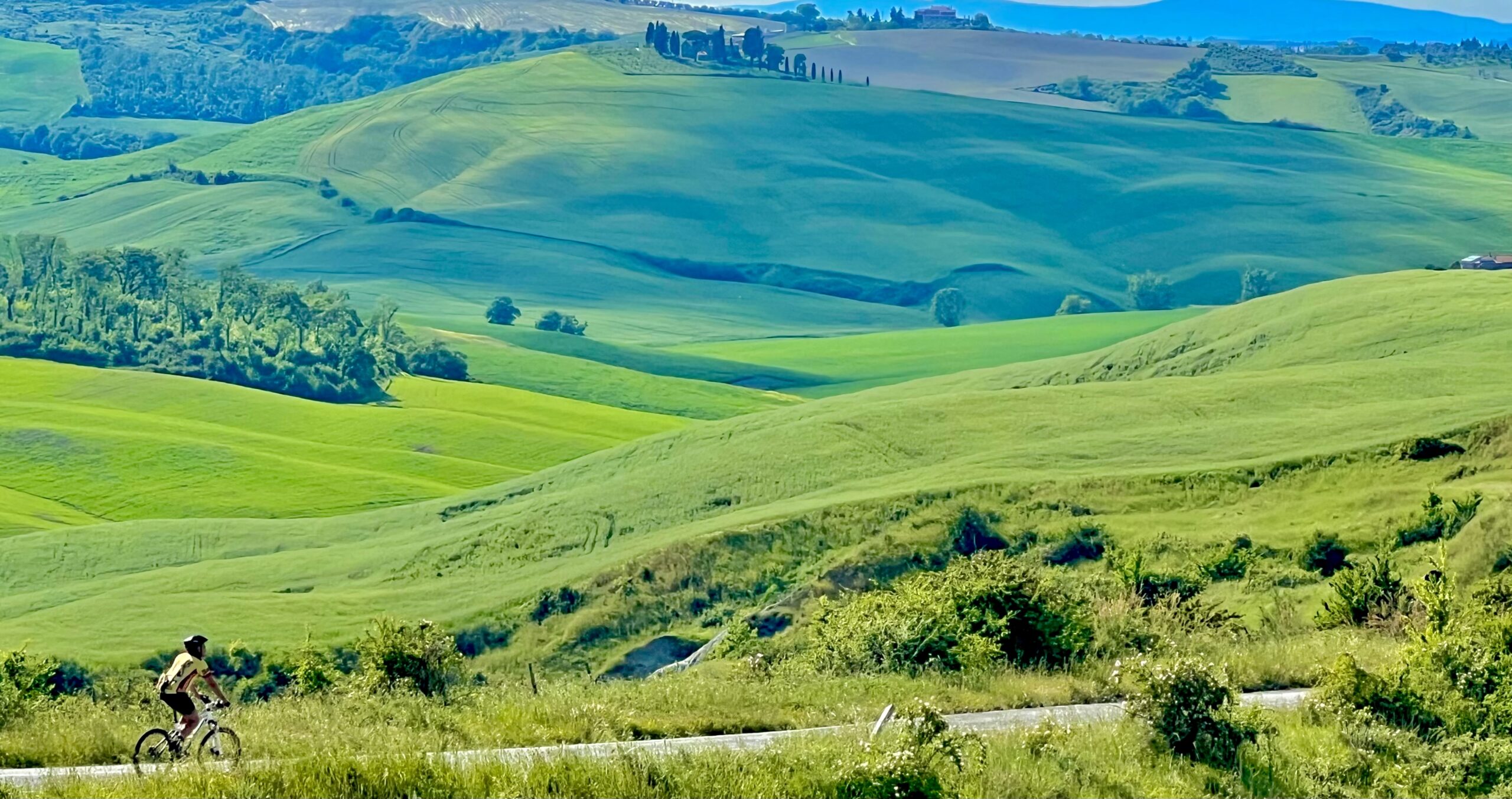


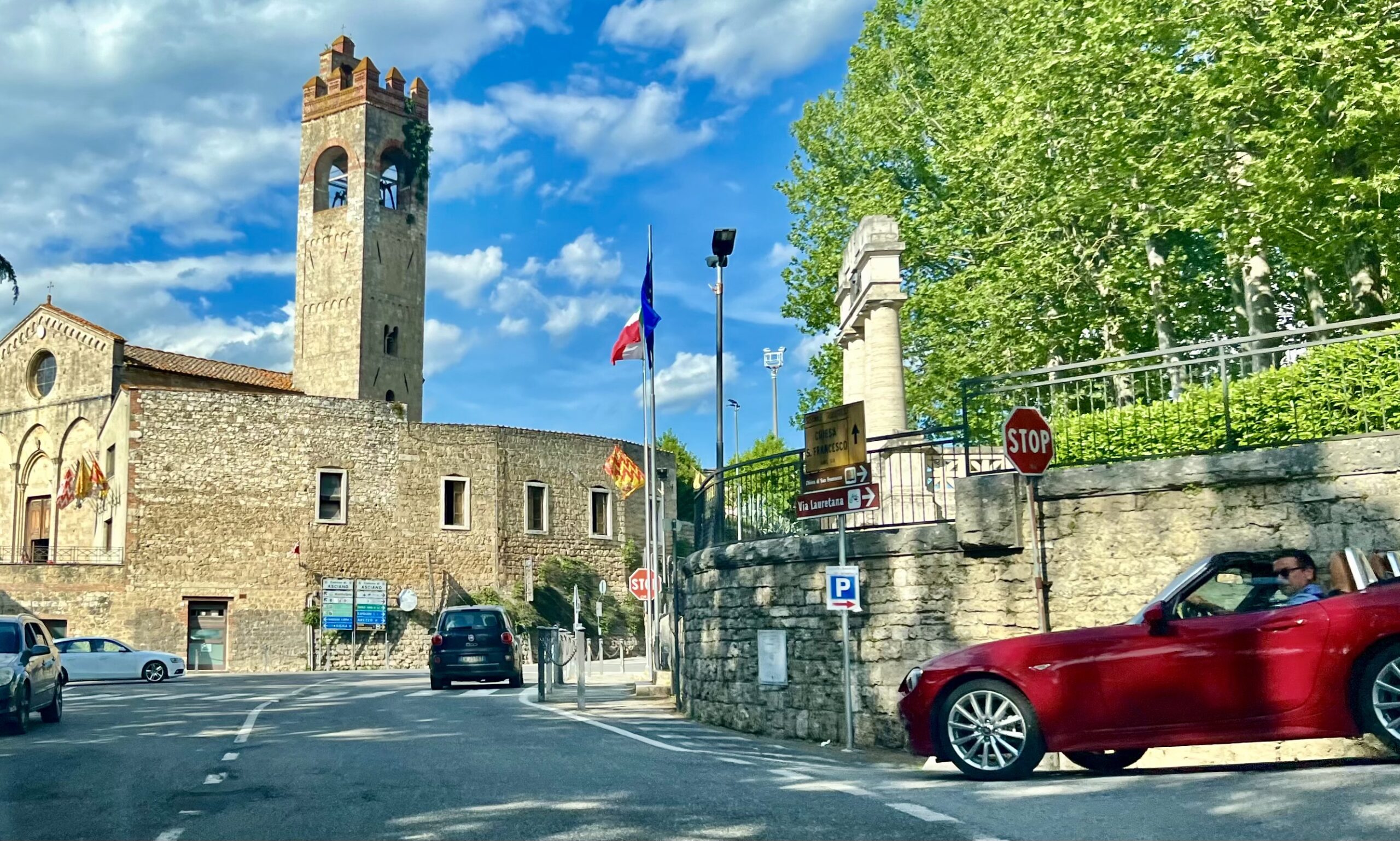
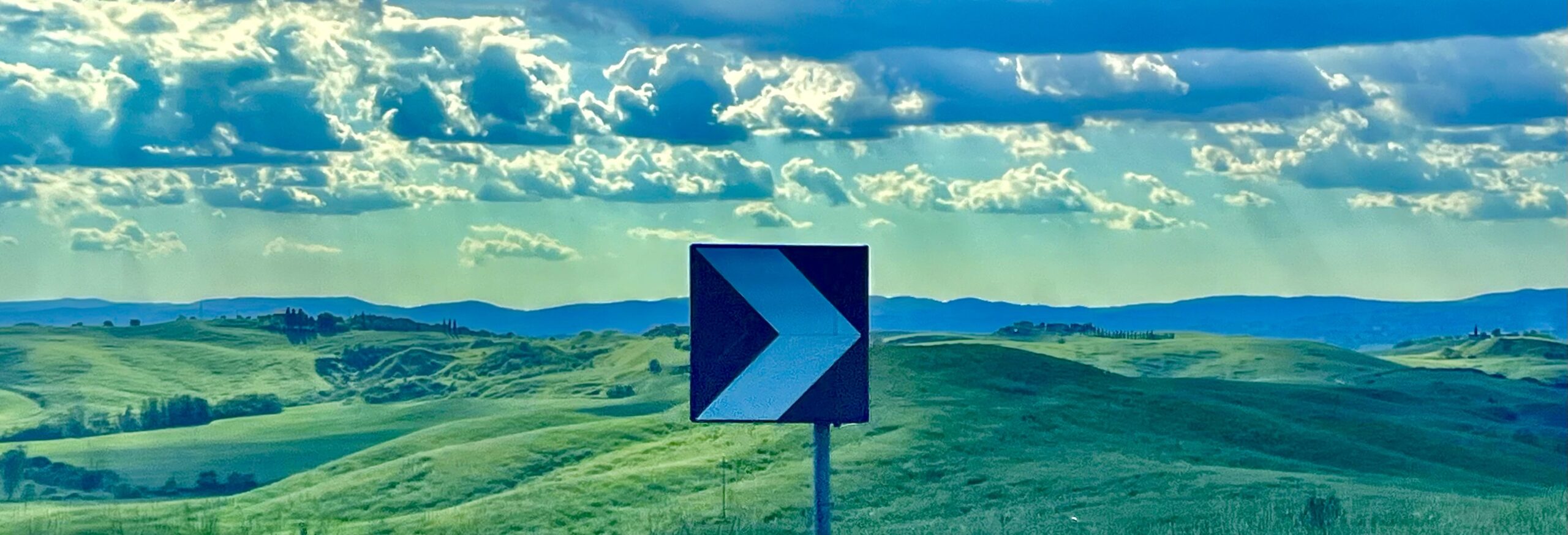
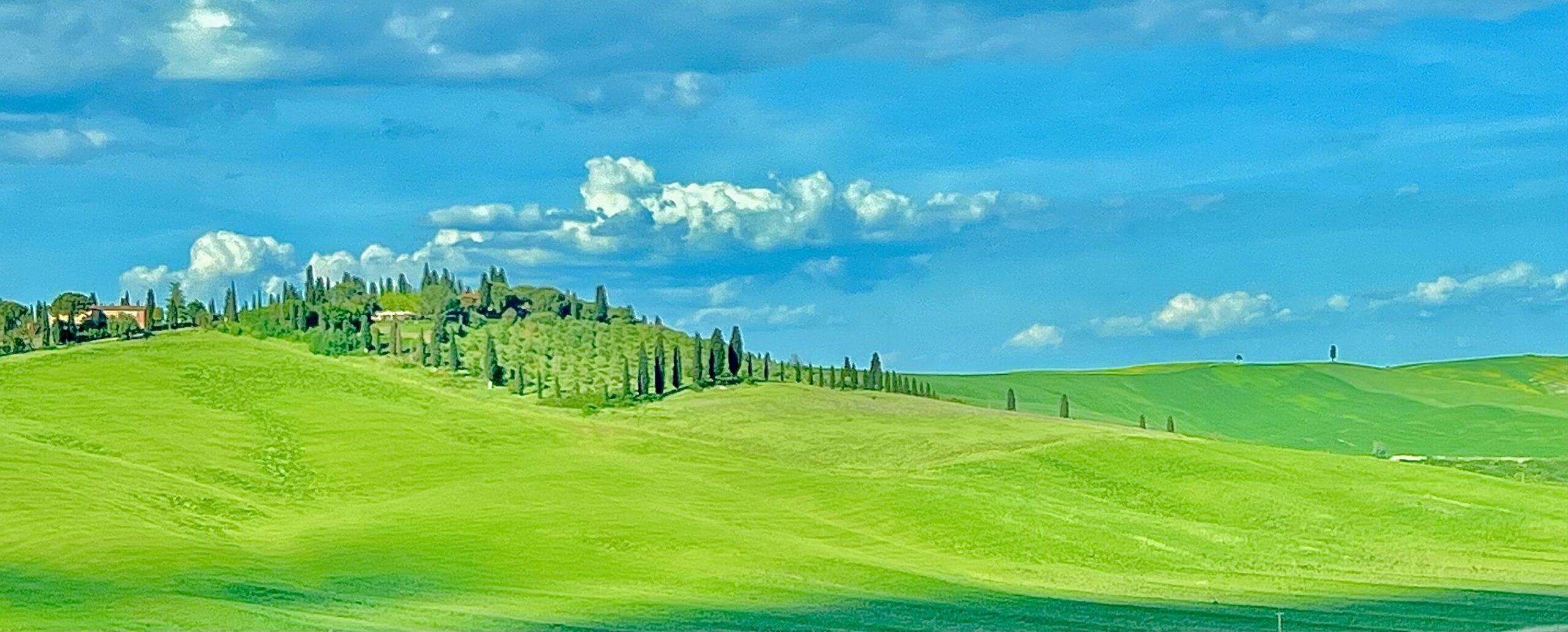
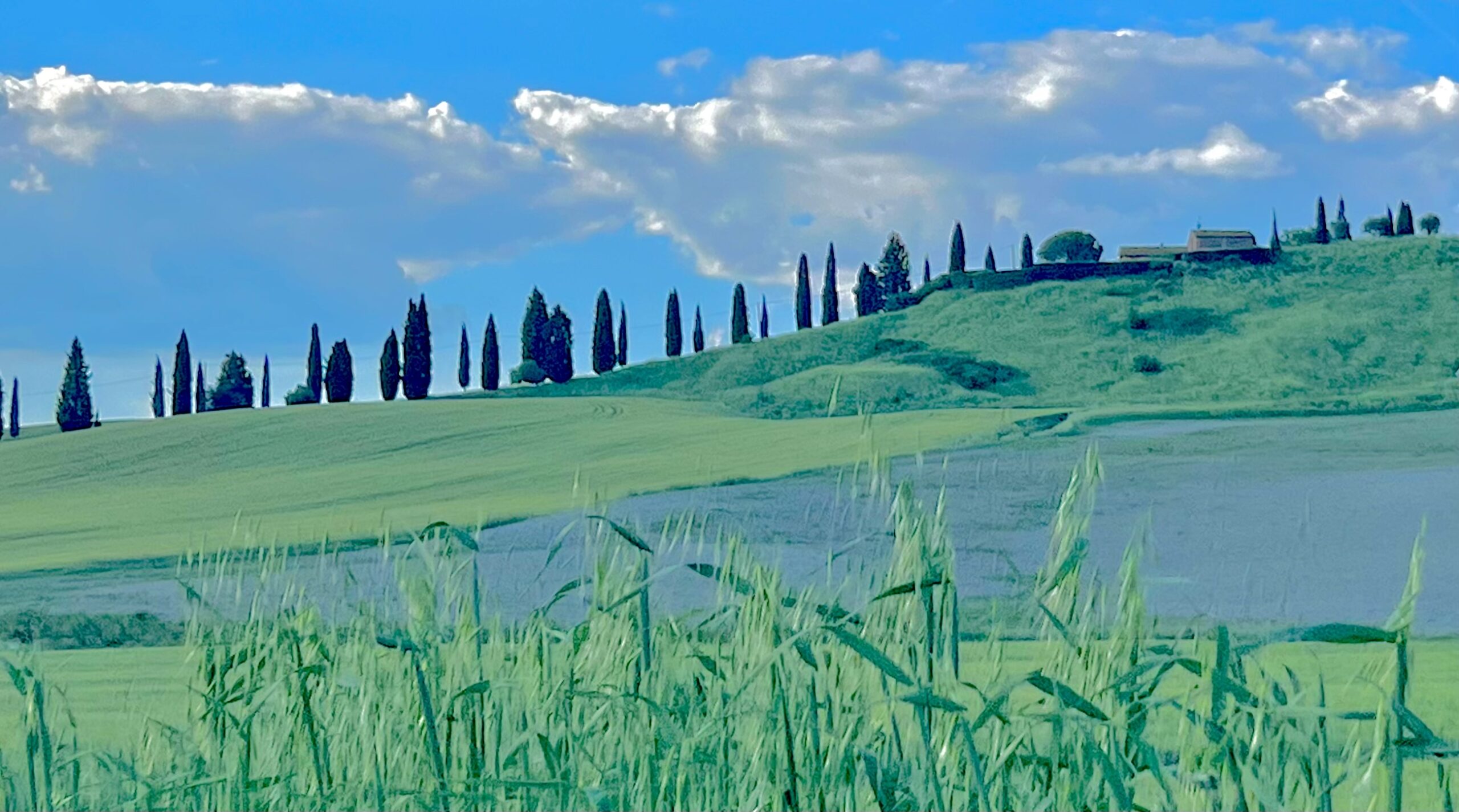
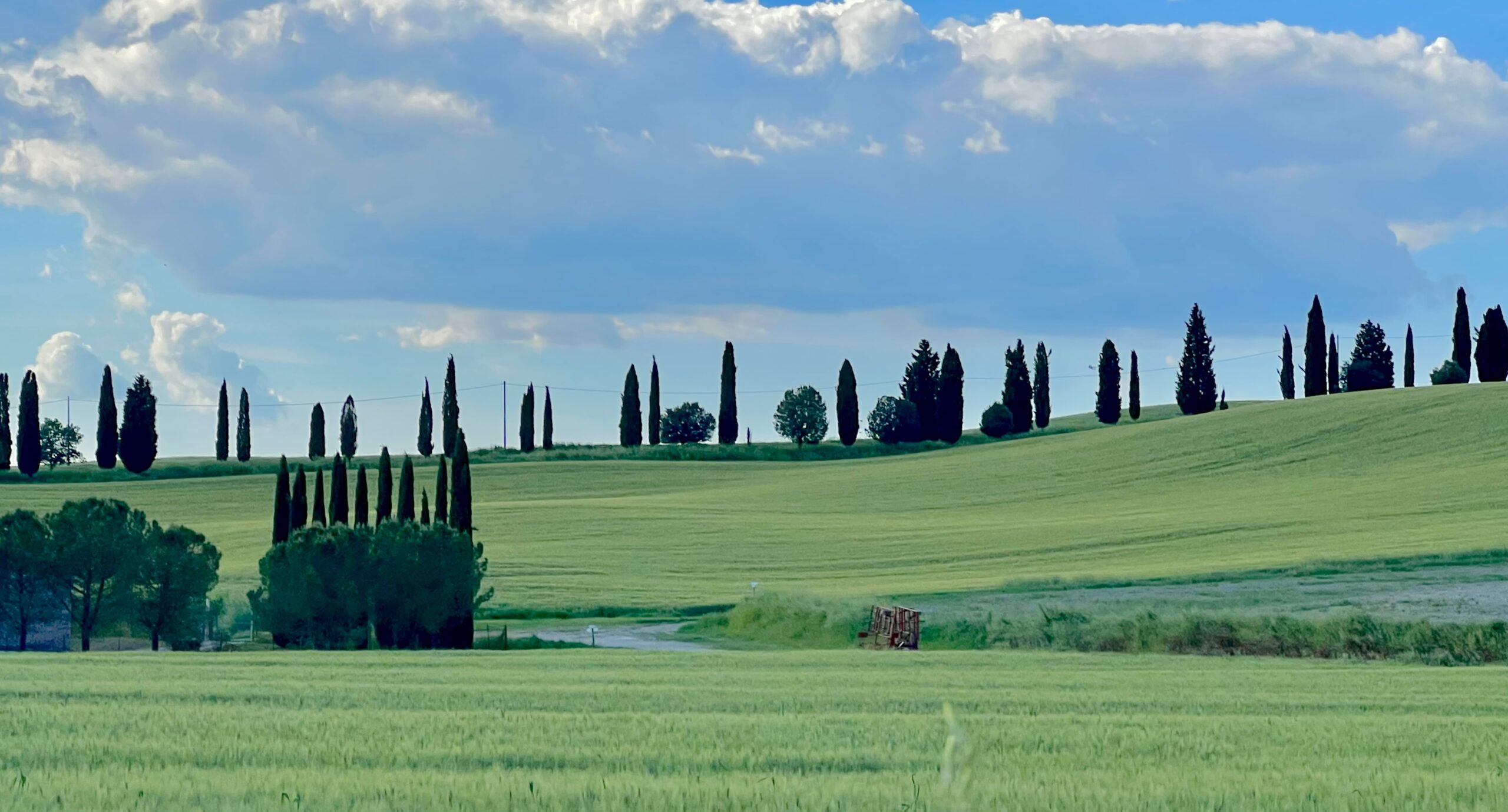
Back in Siena . . . Flags, Music, and Dinner
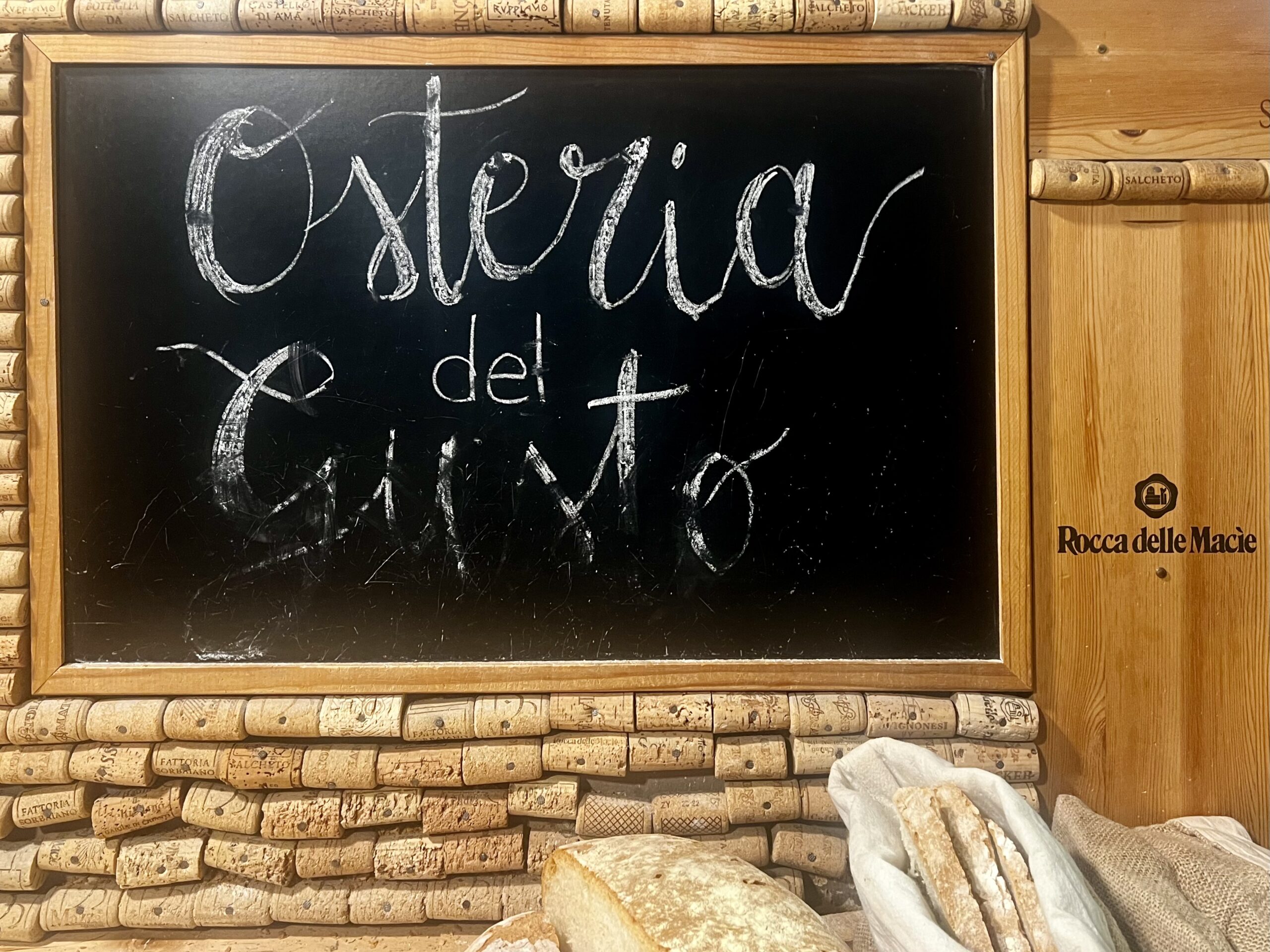
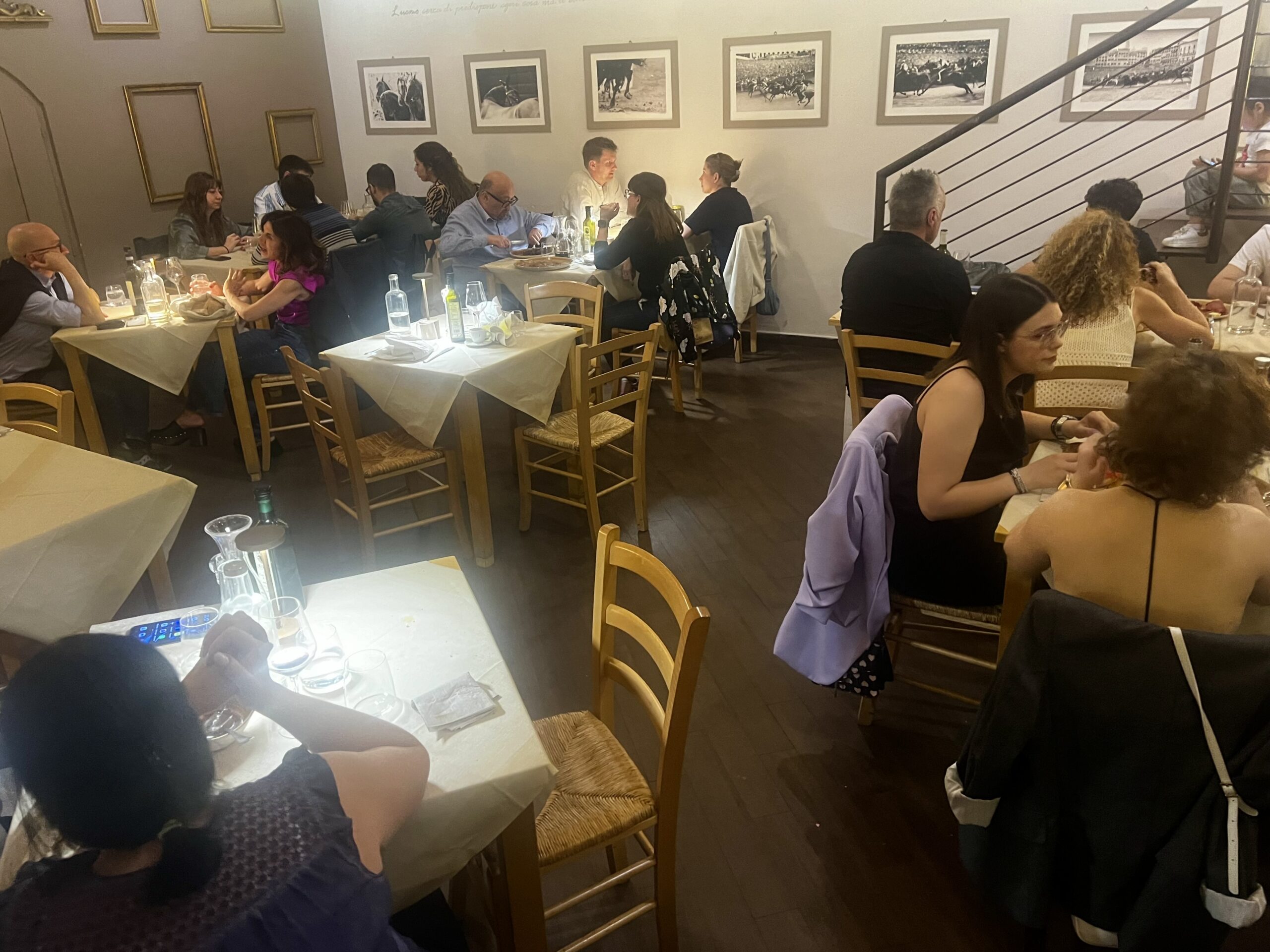
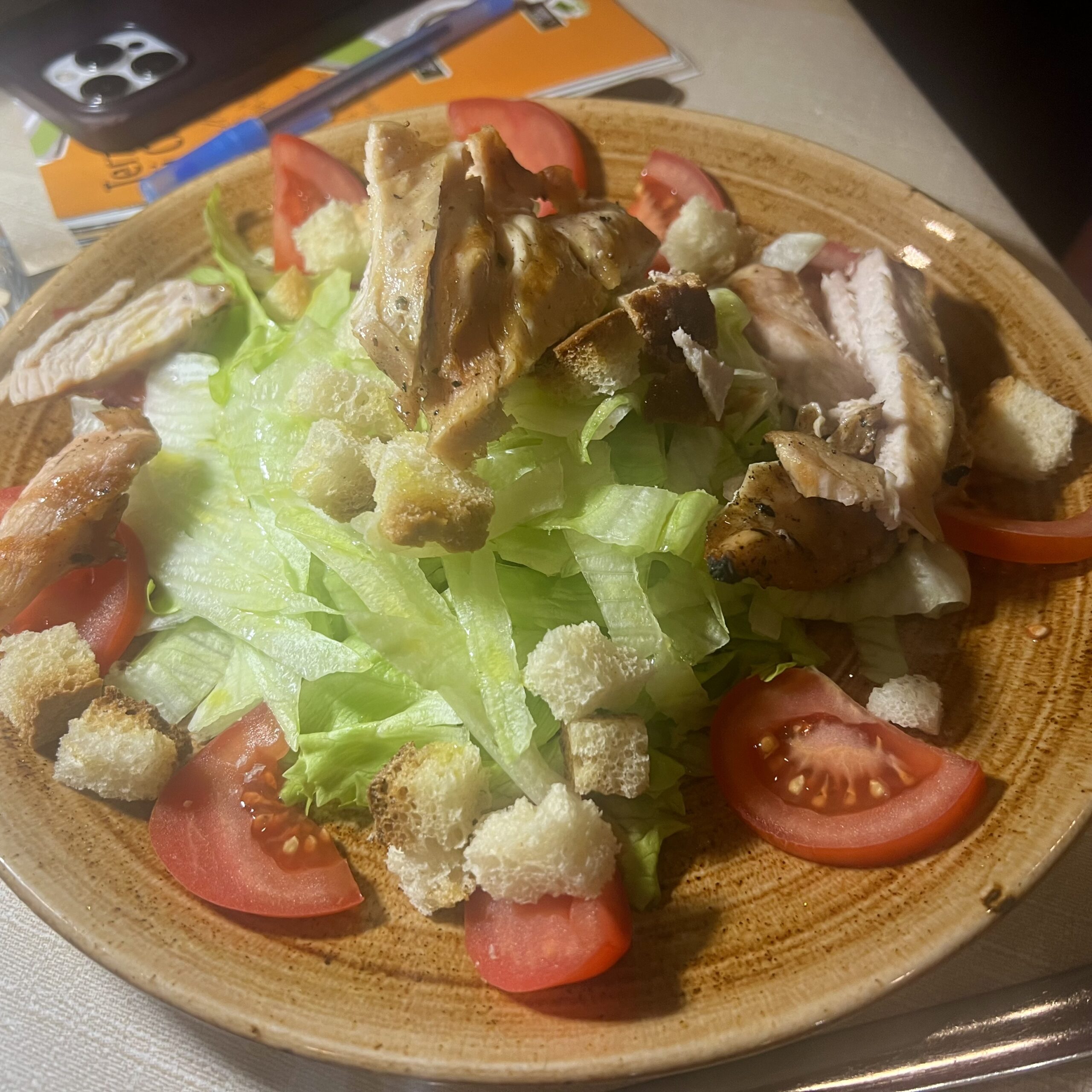
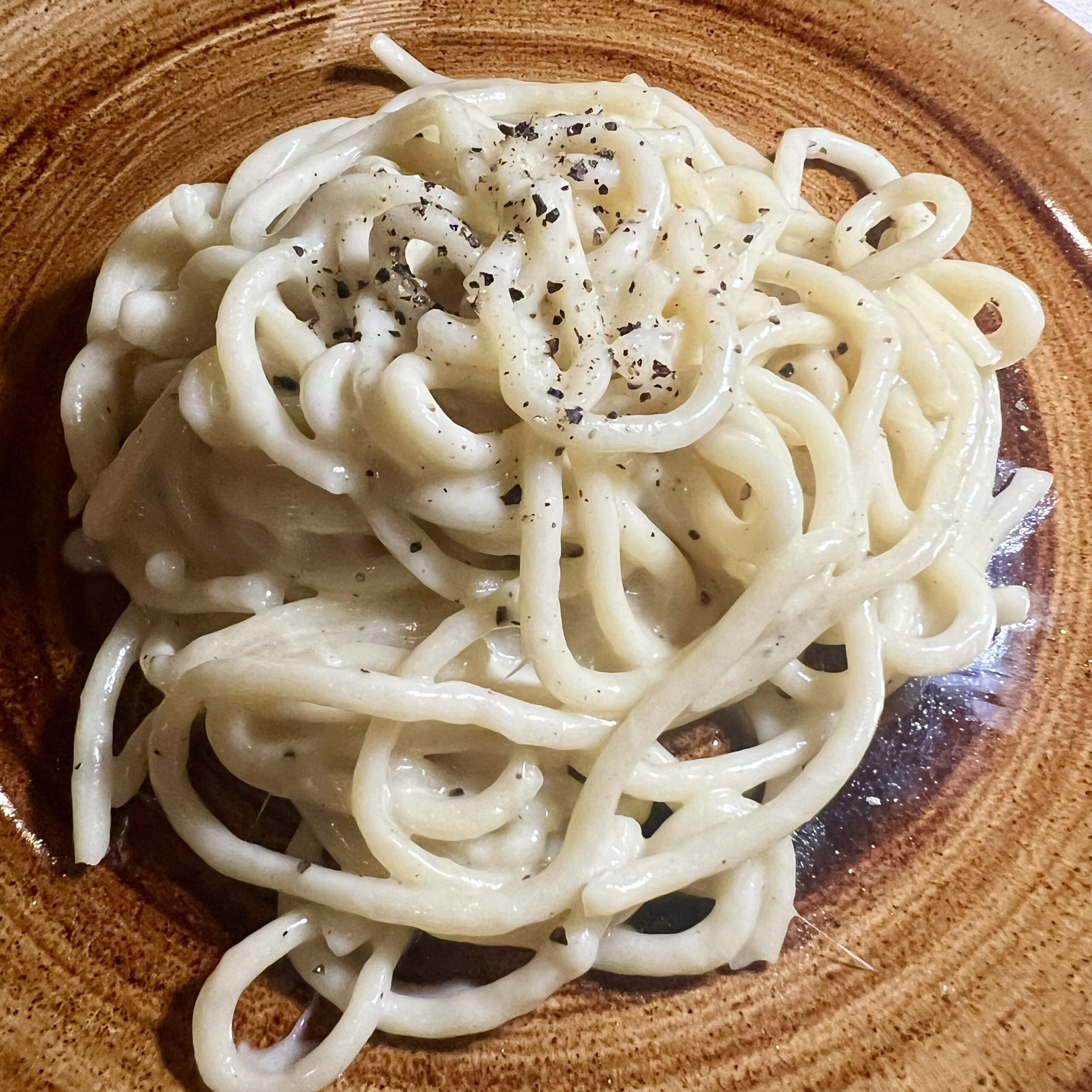
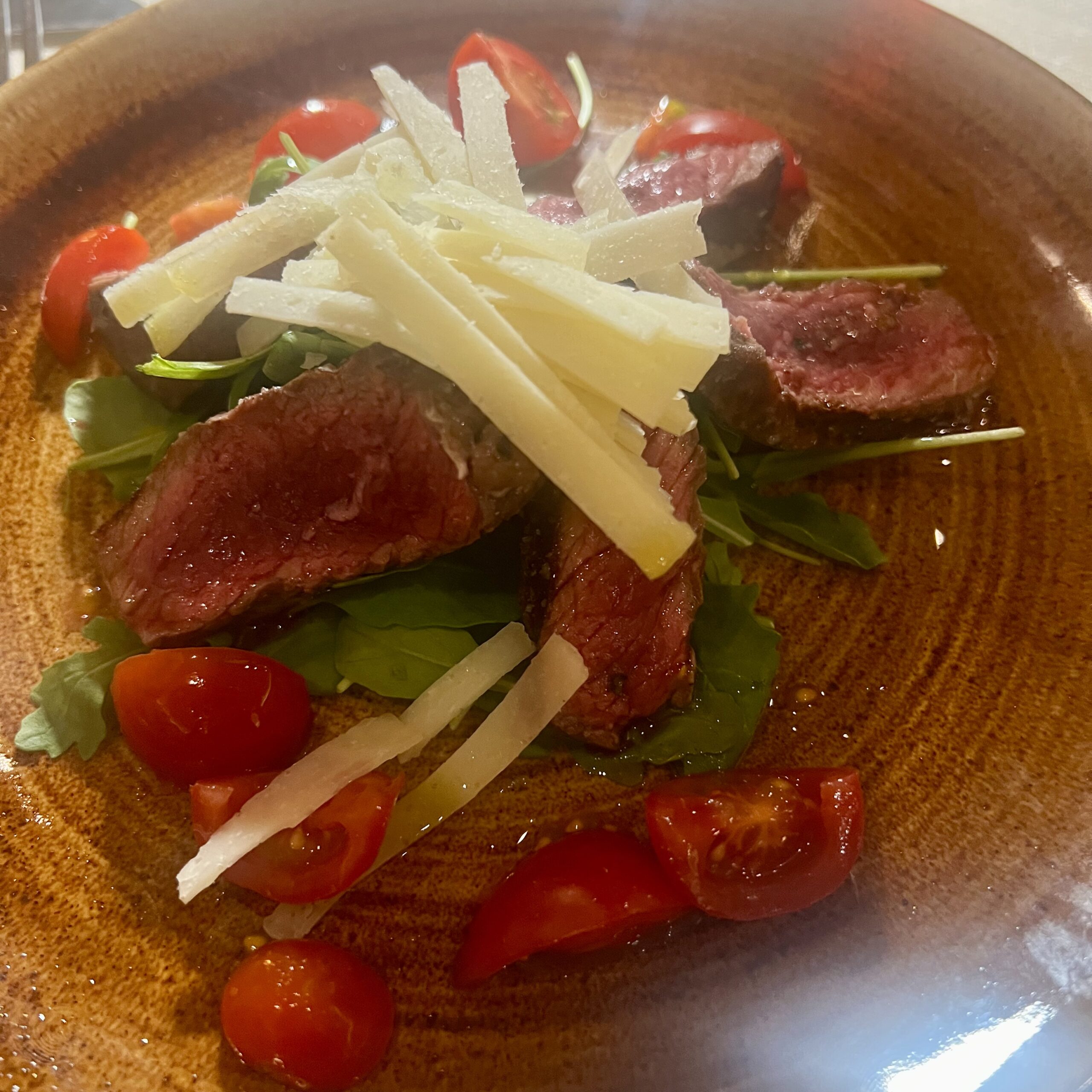

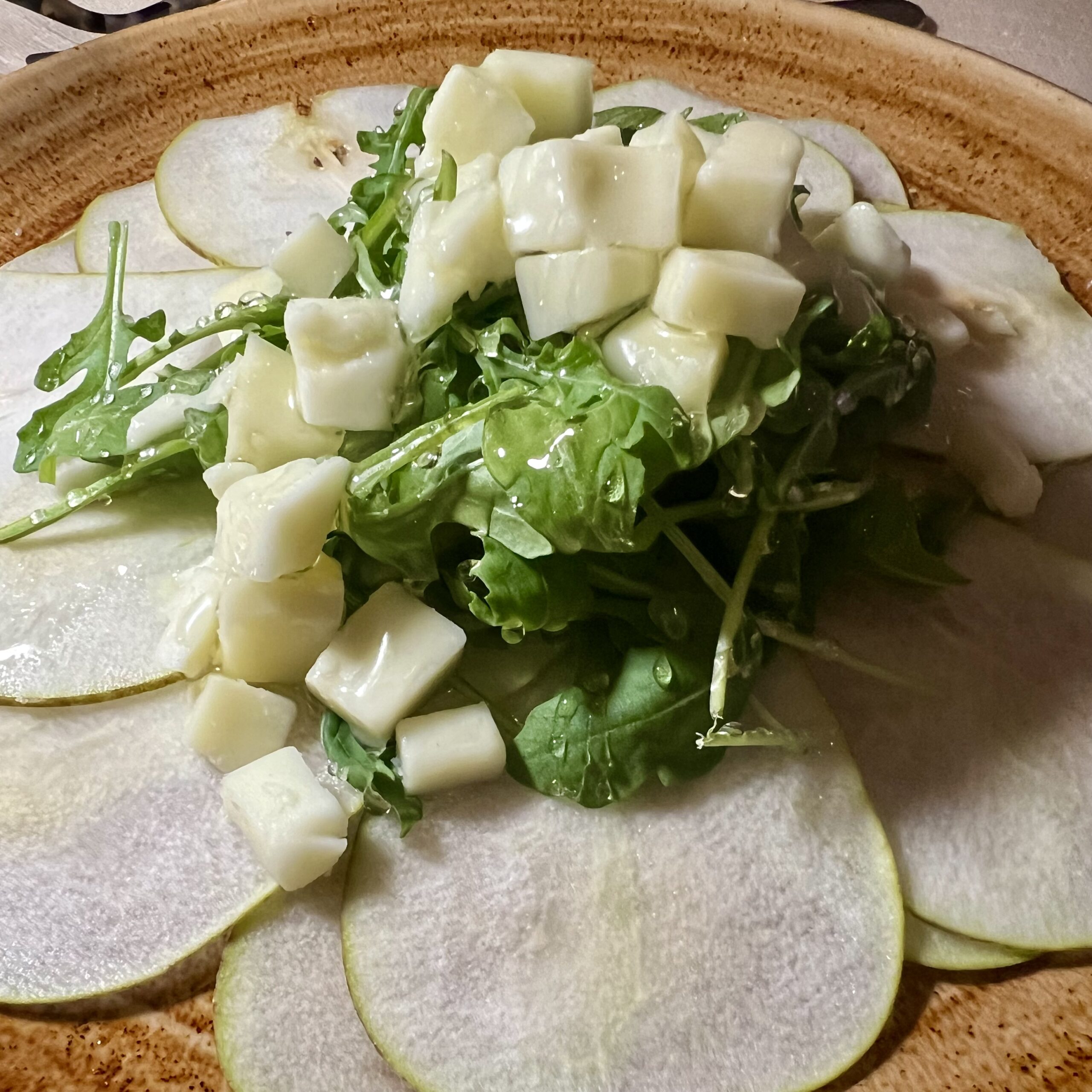
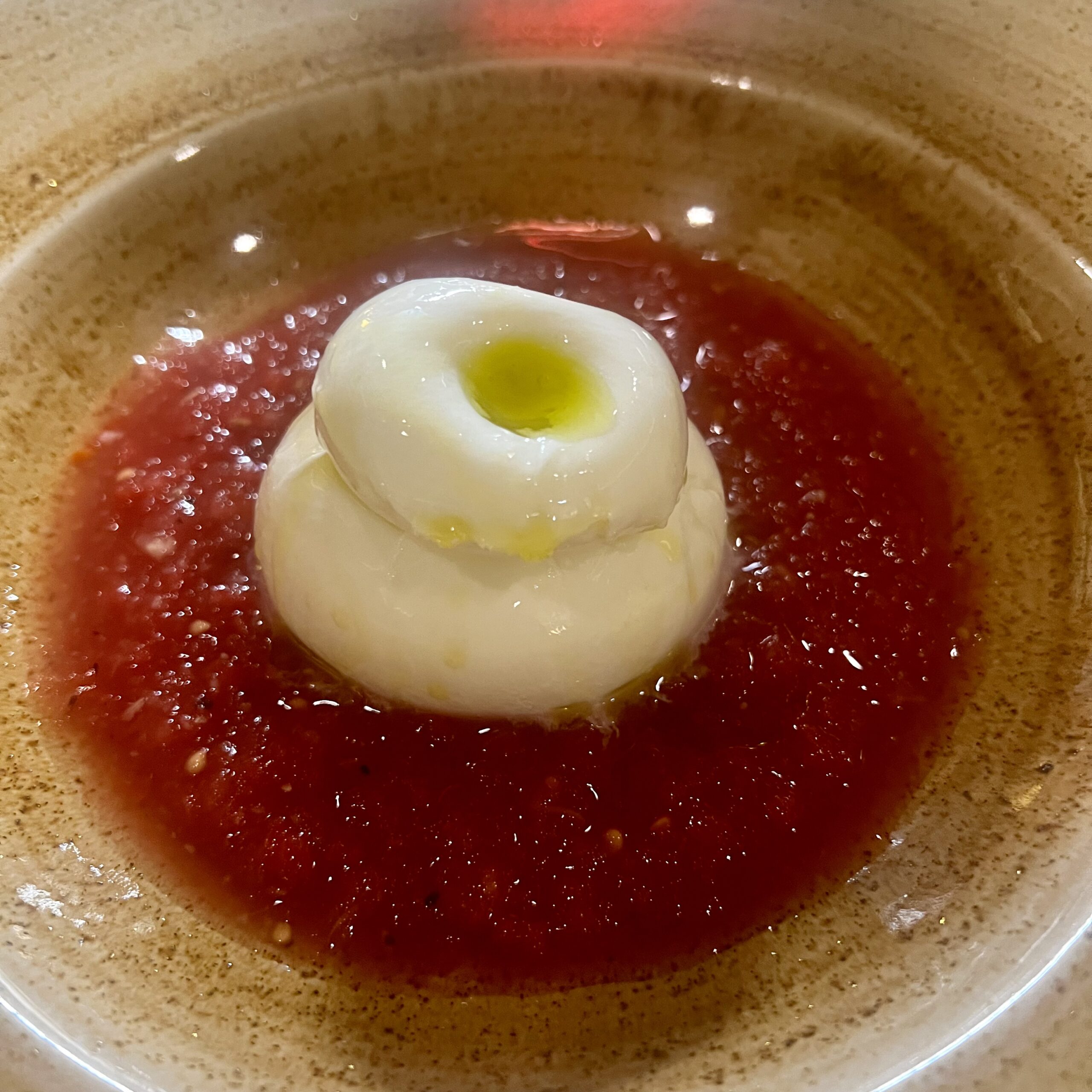
Next Day . . .
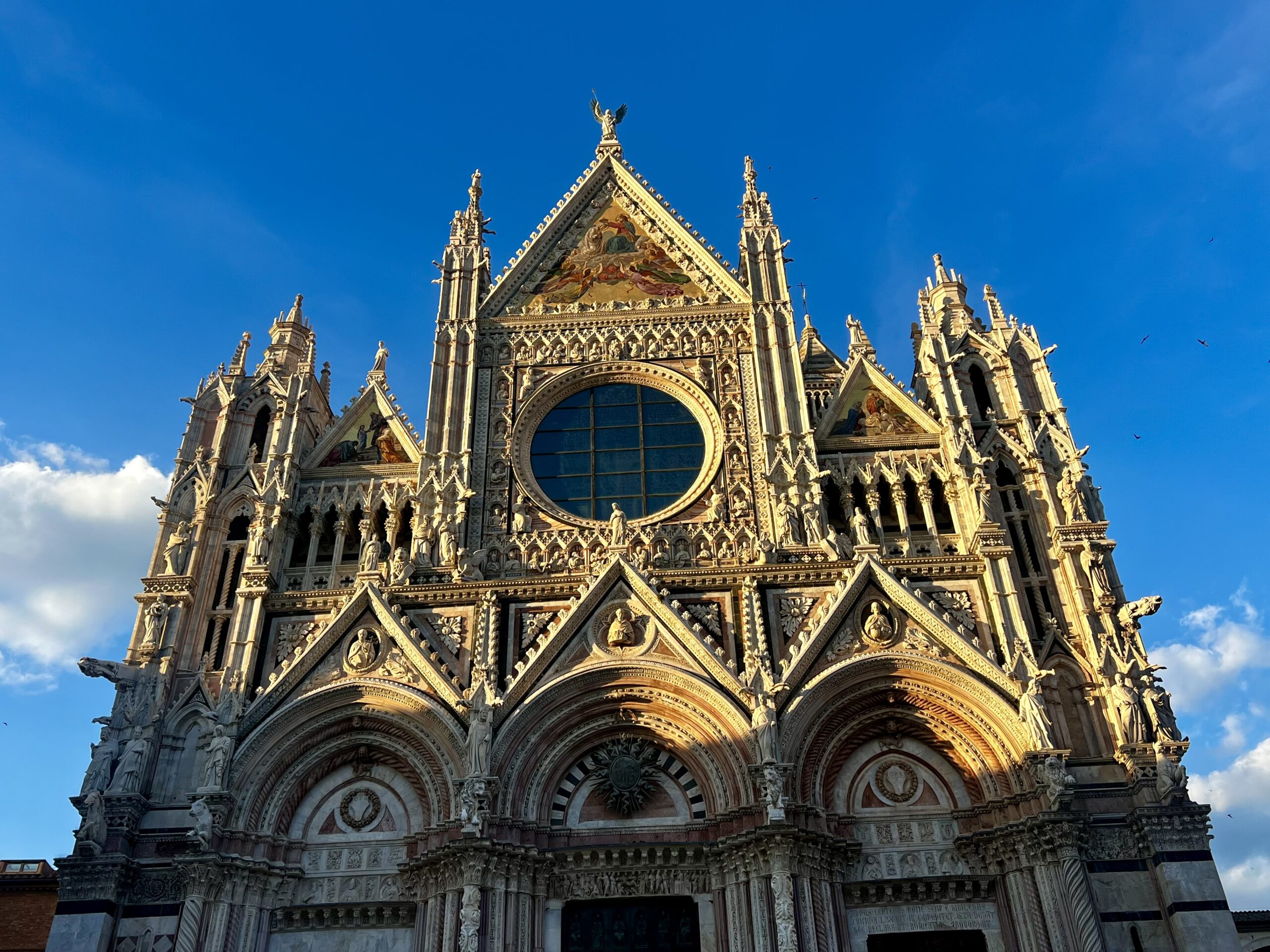
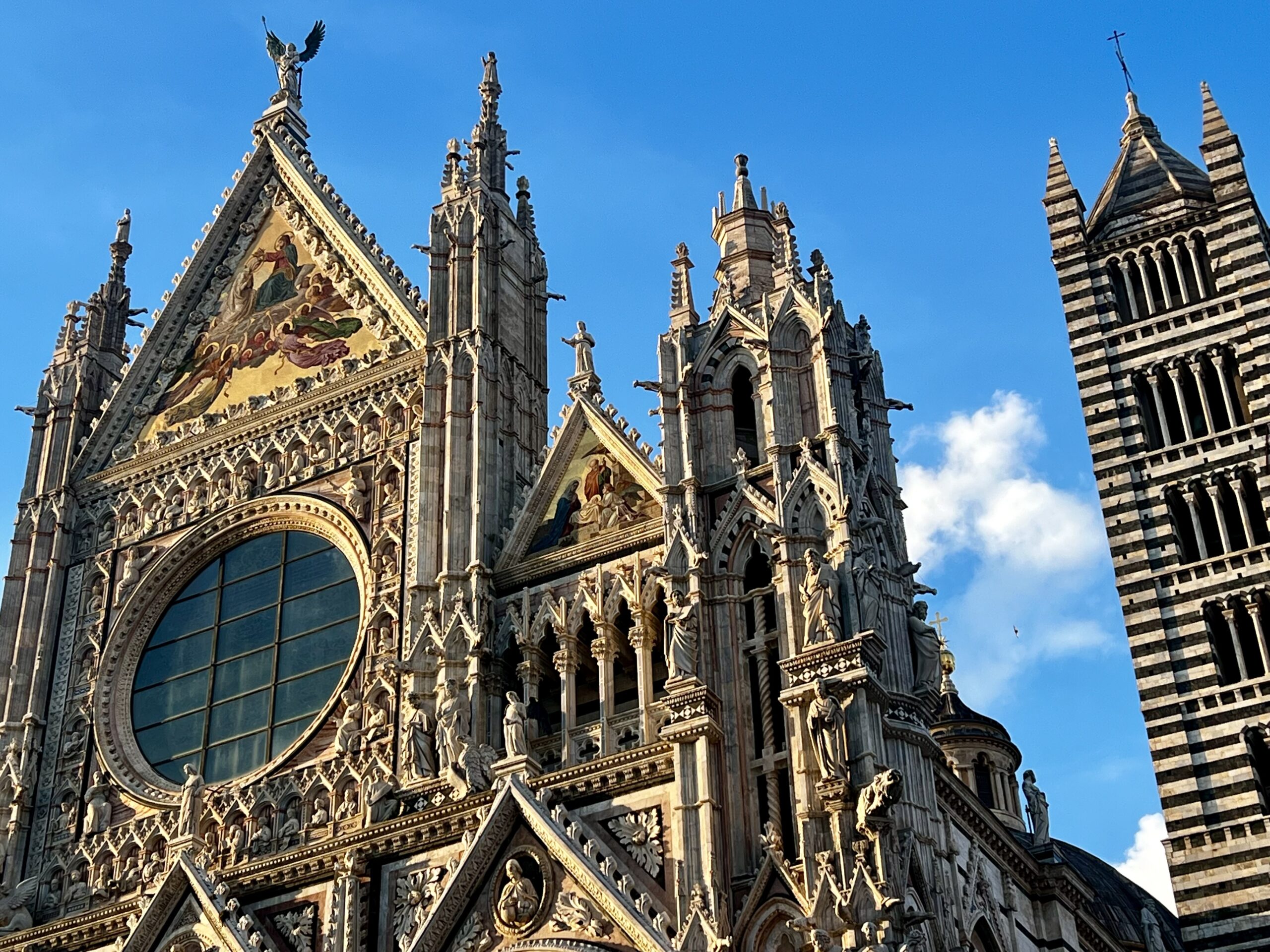


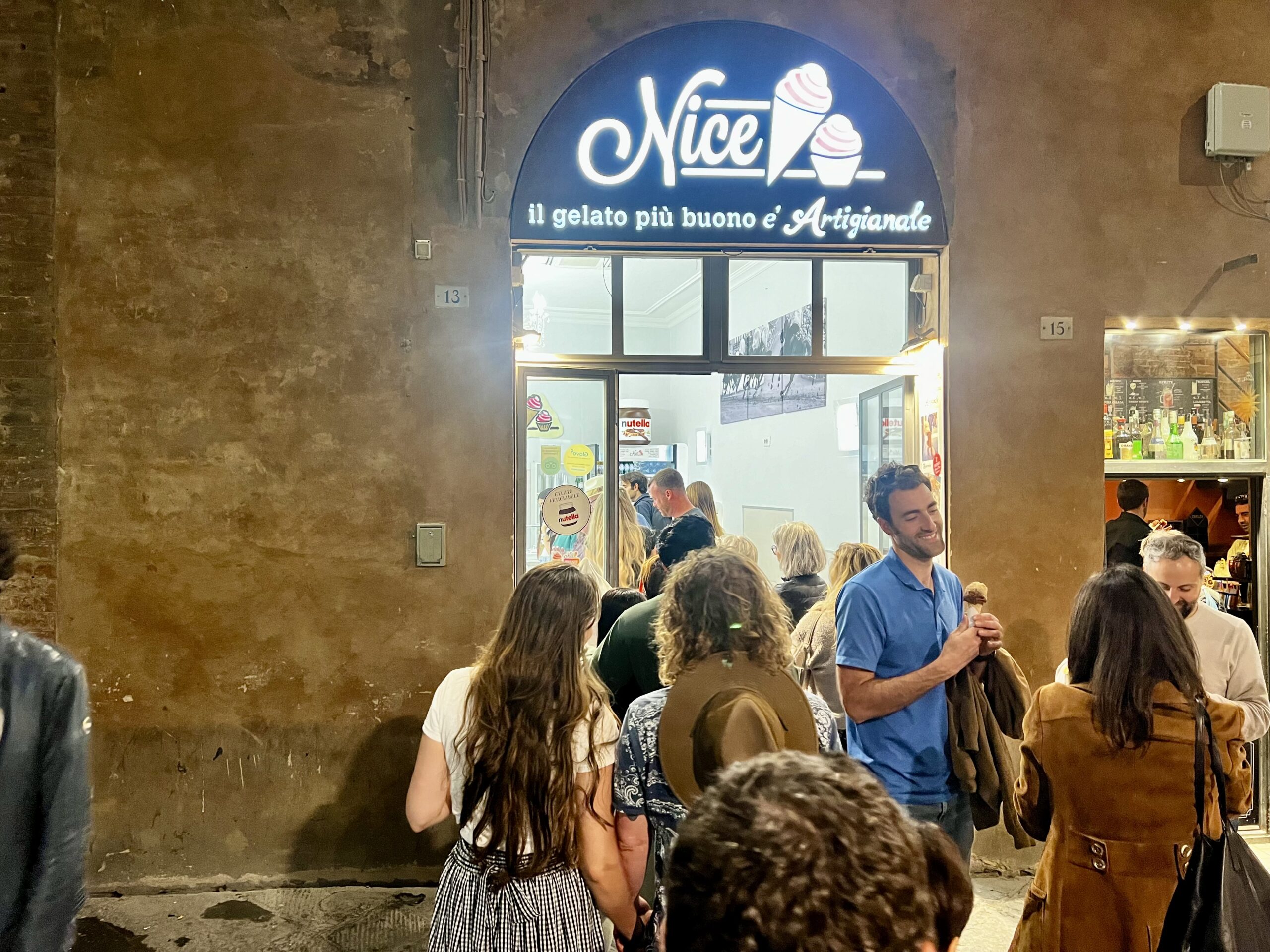
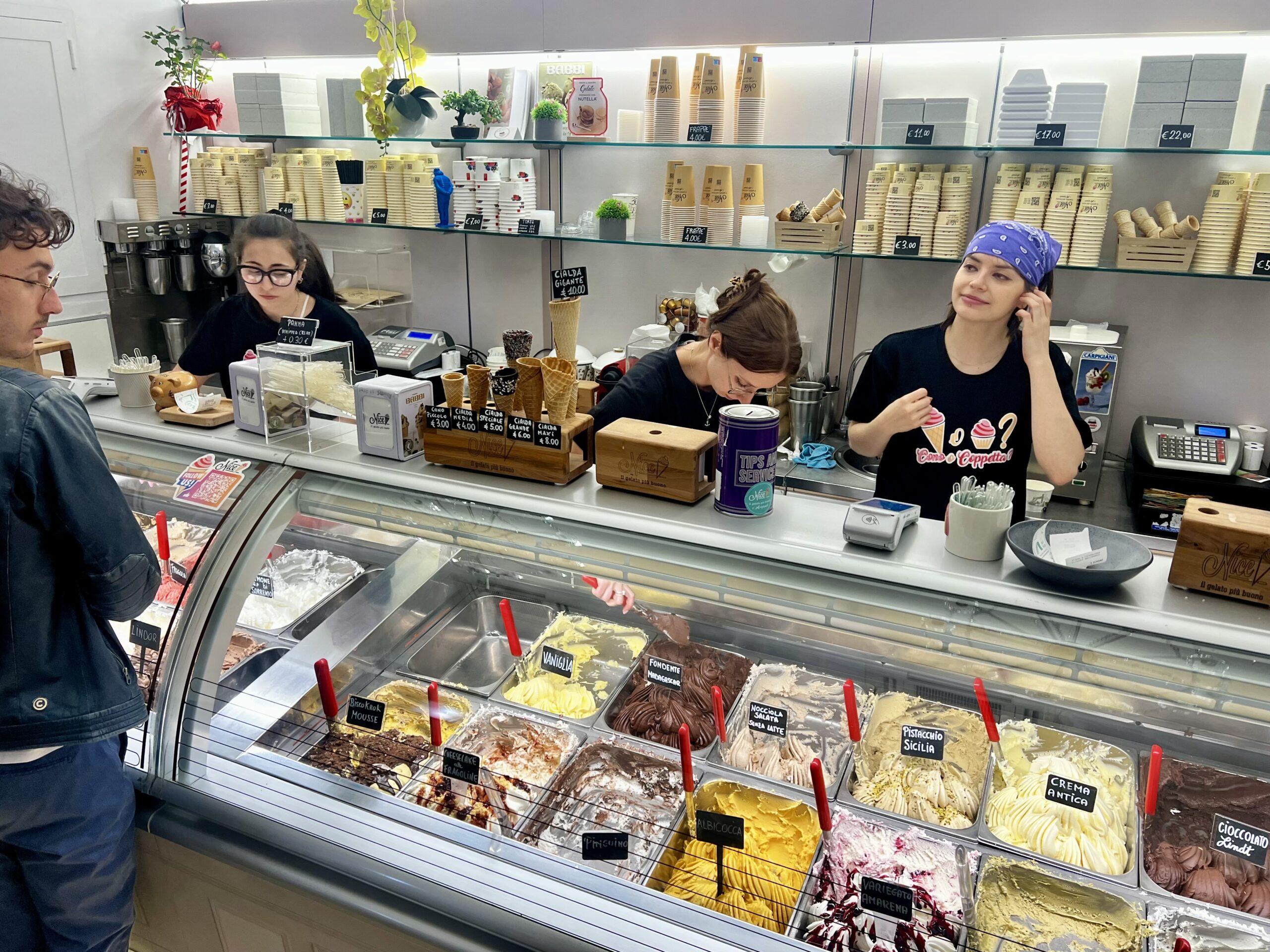
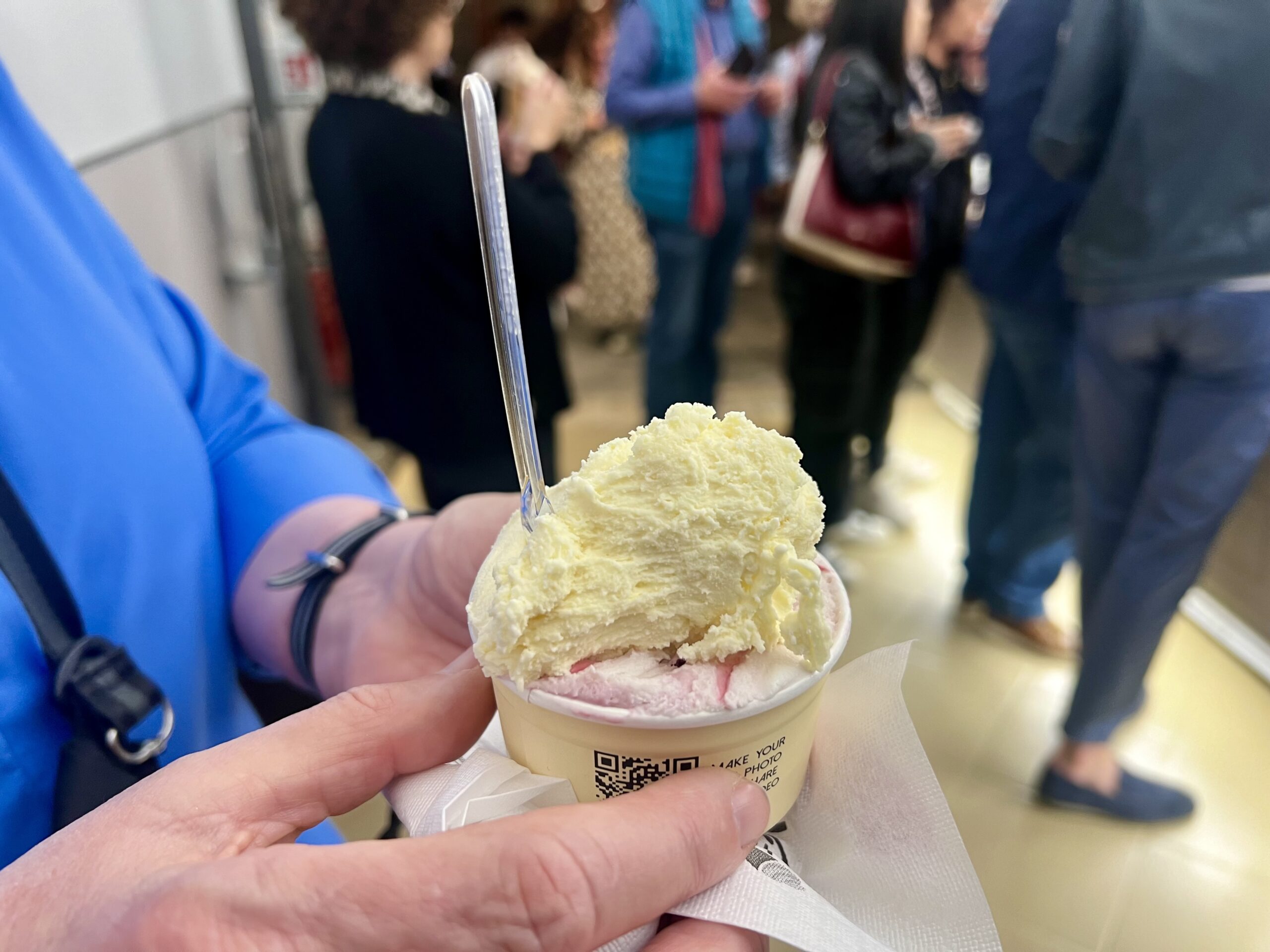
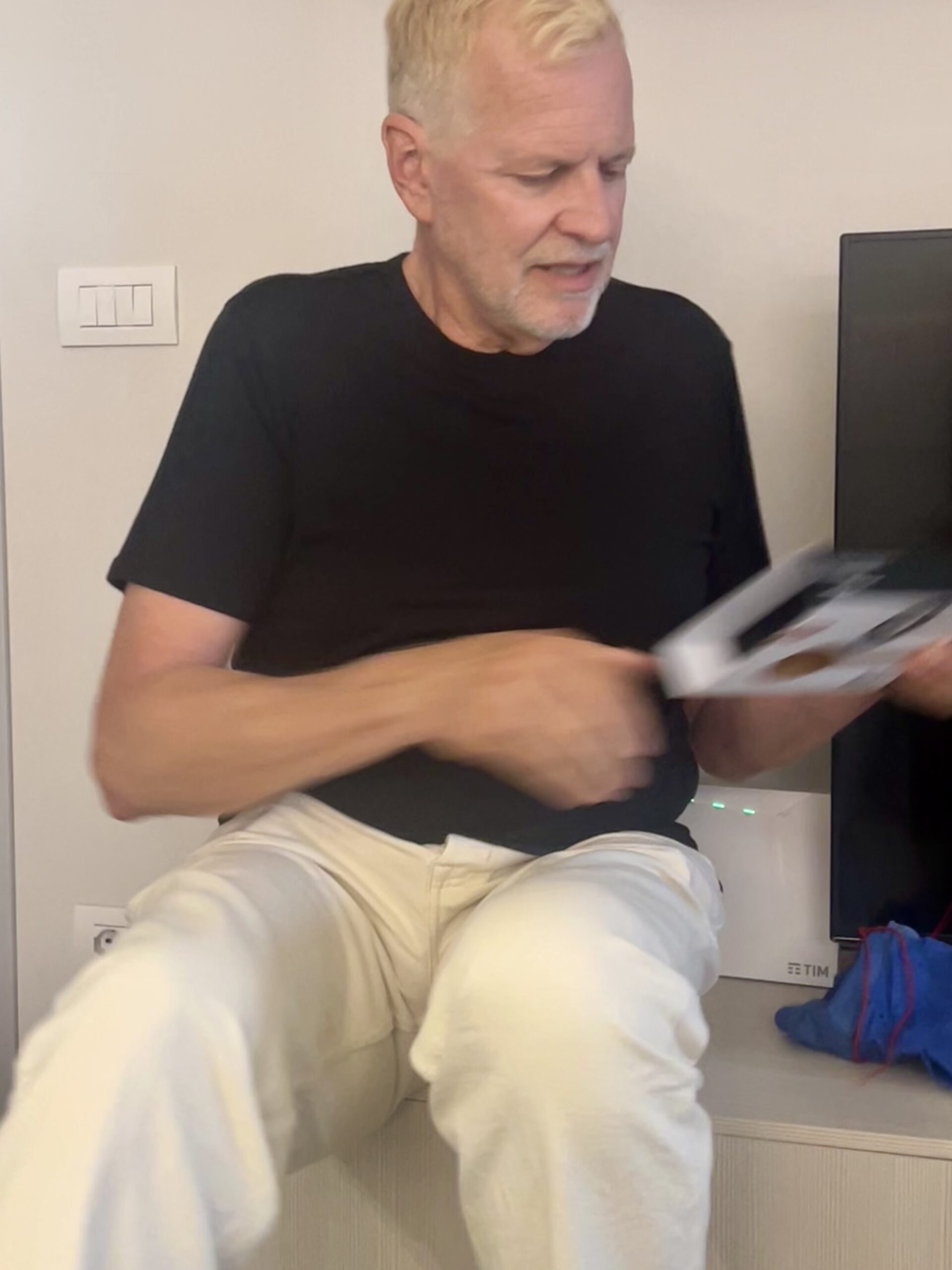
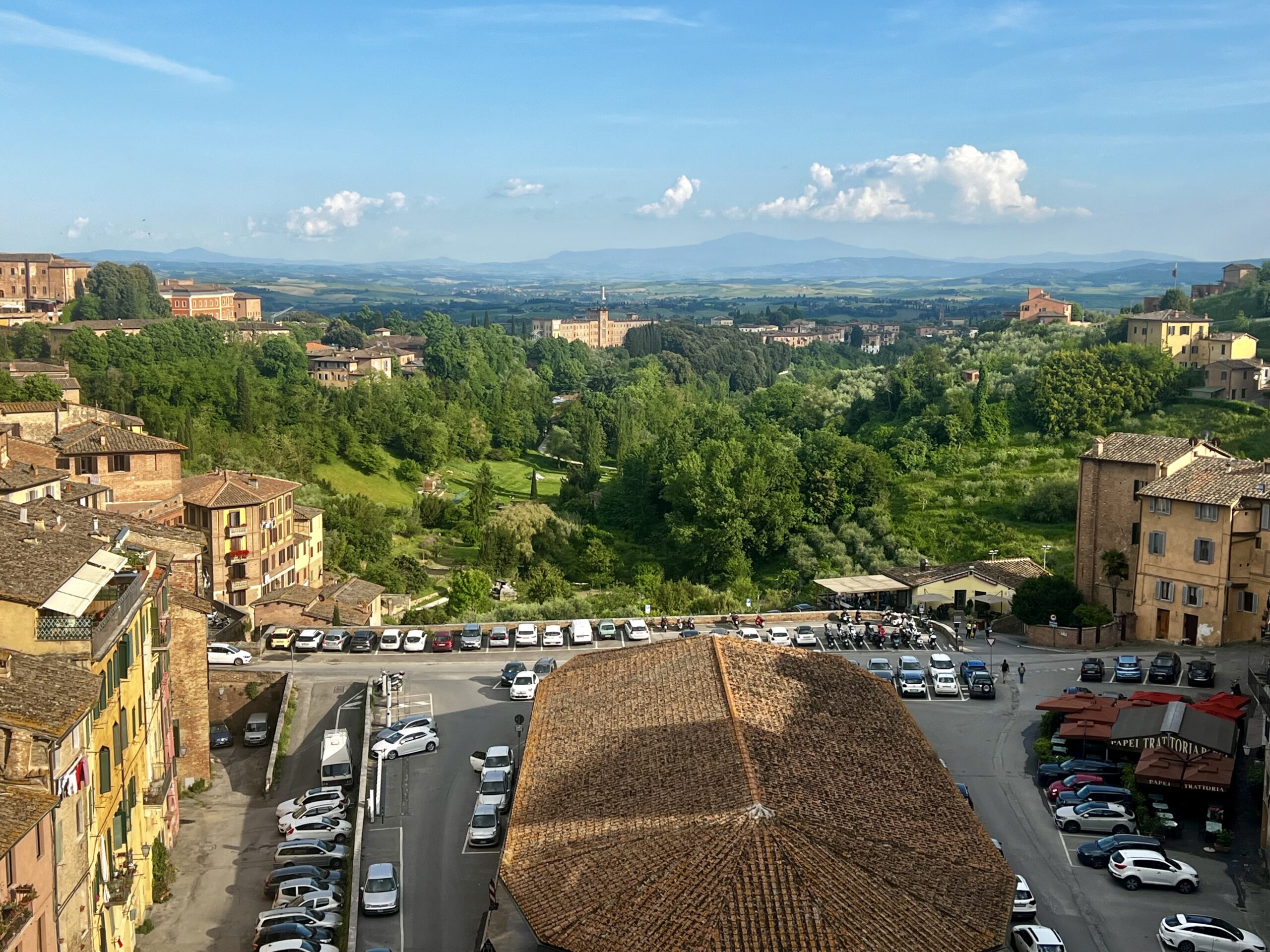
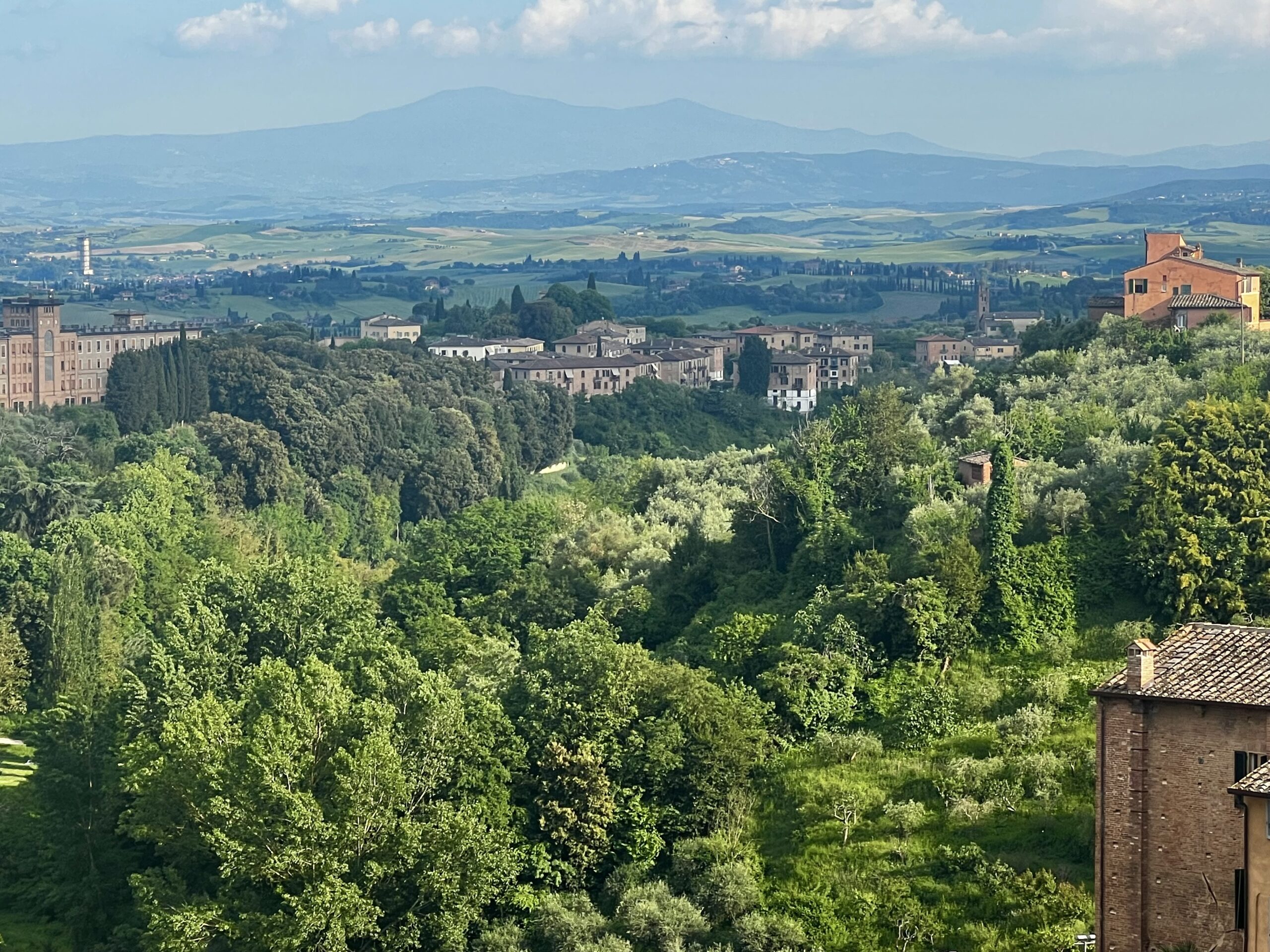
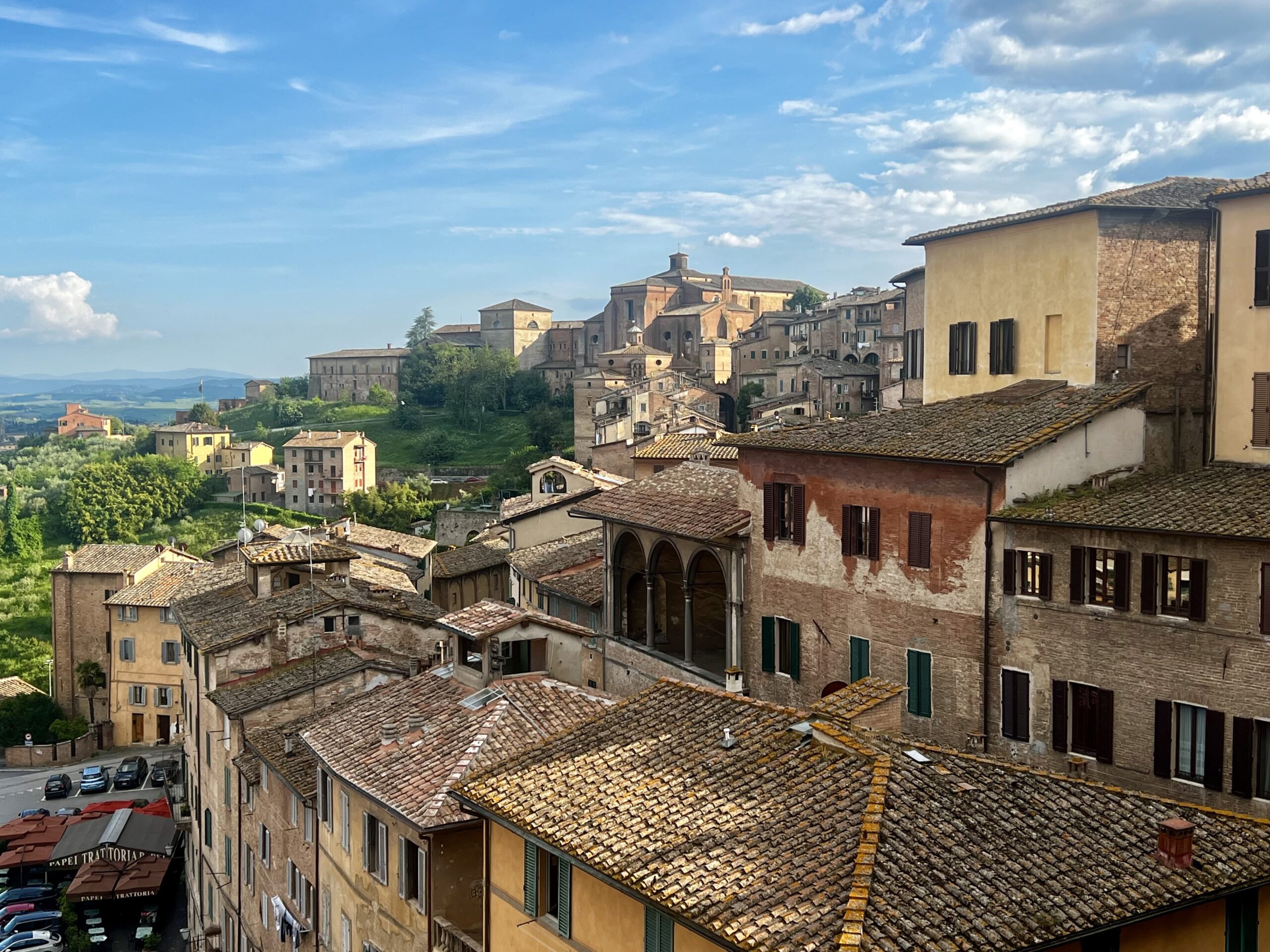
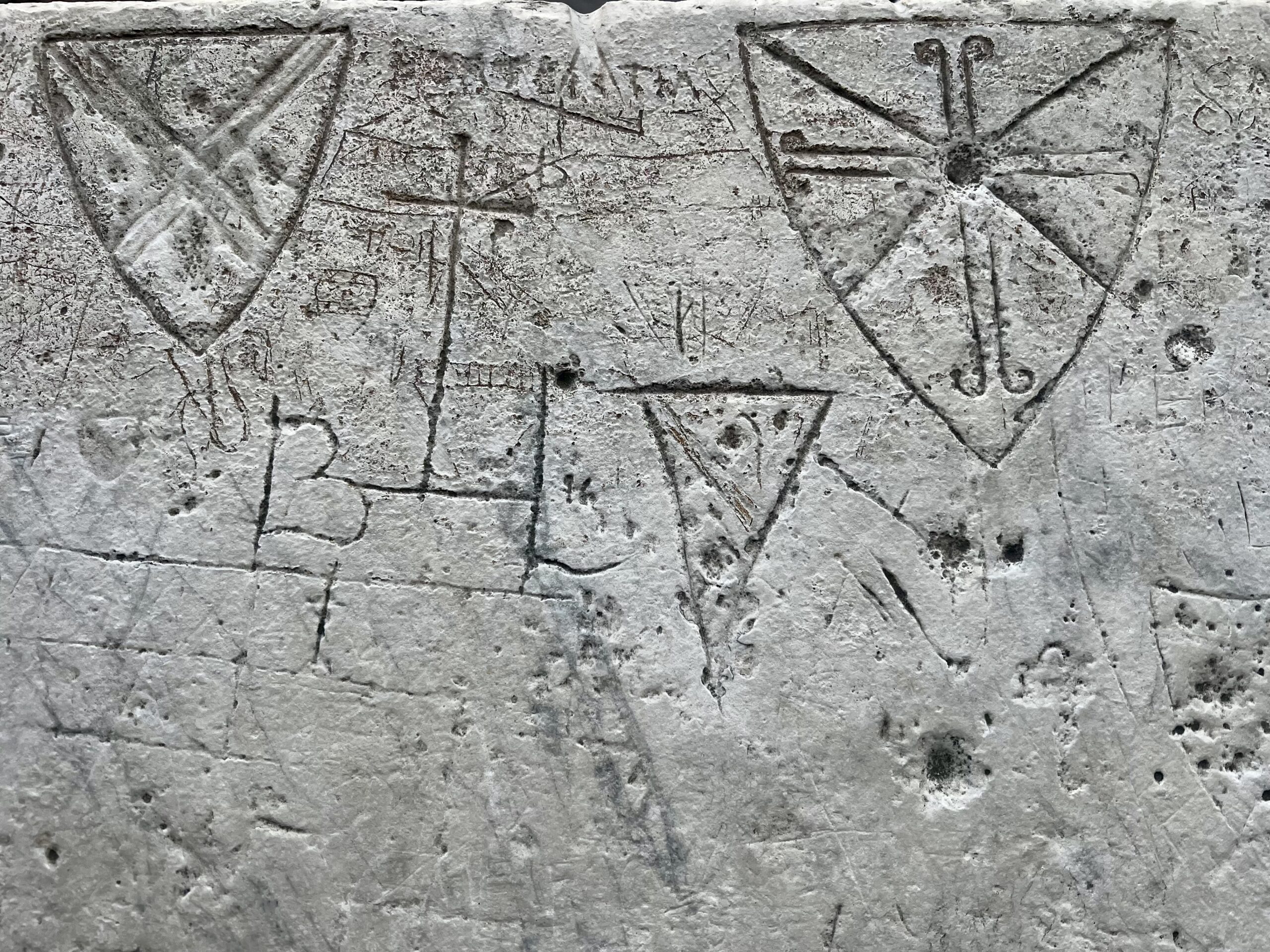
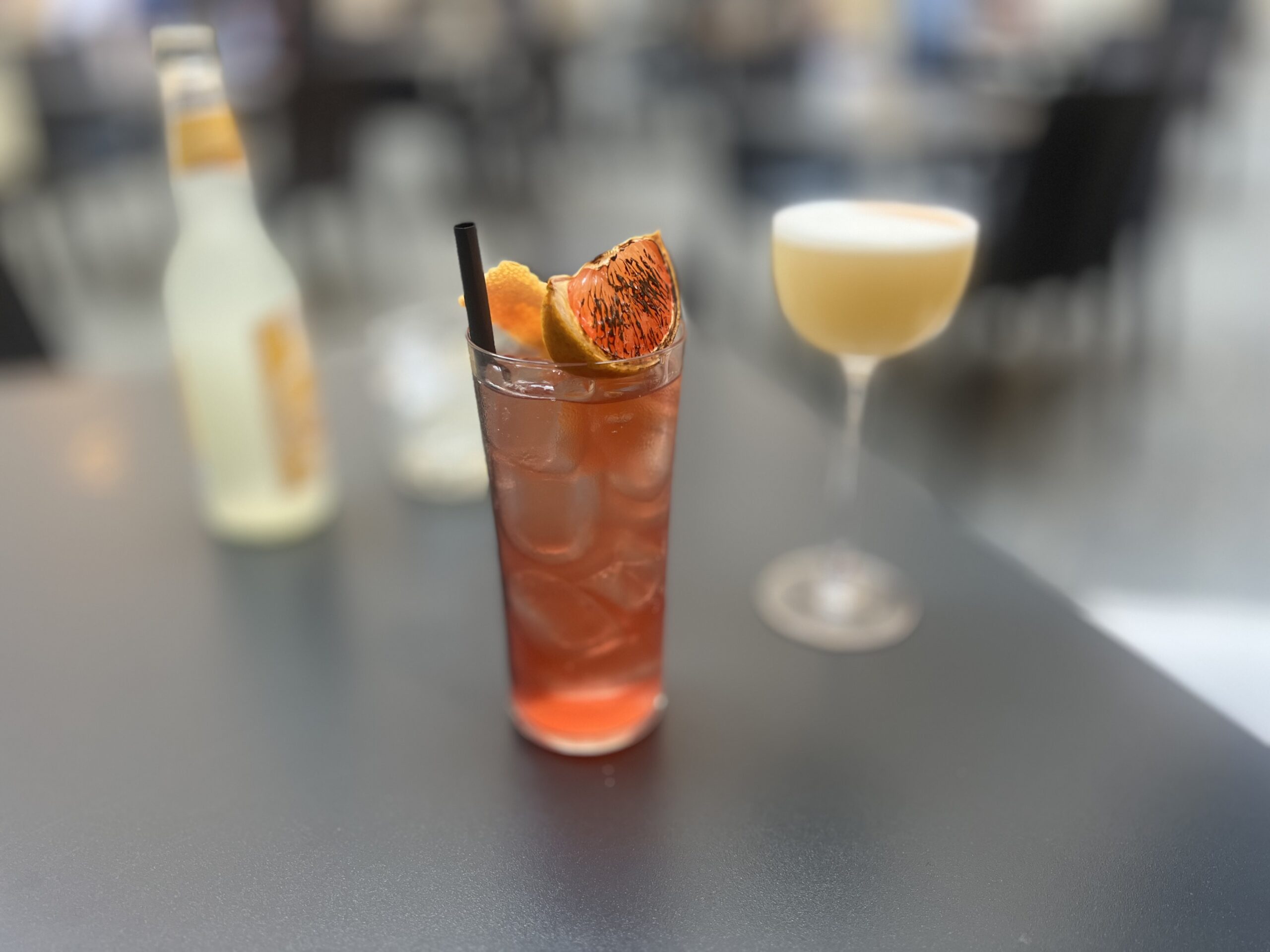

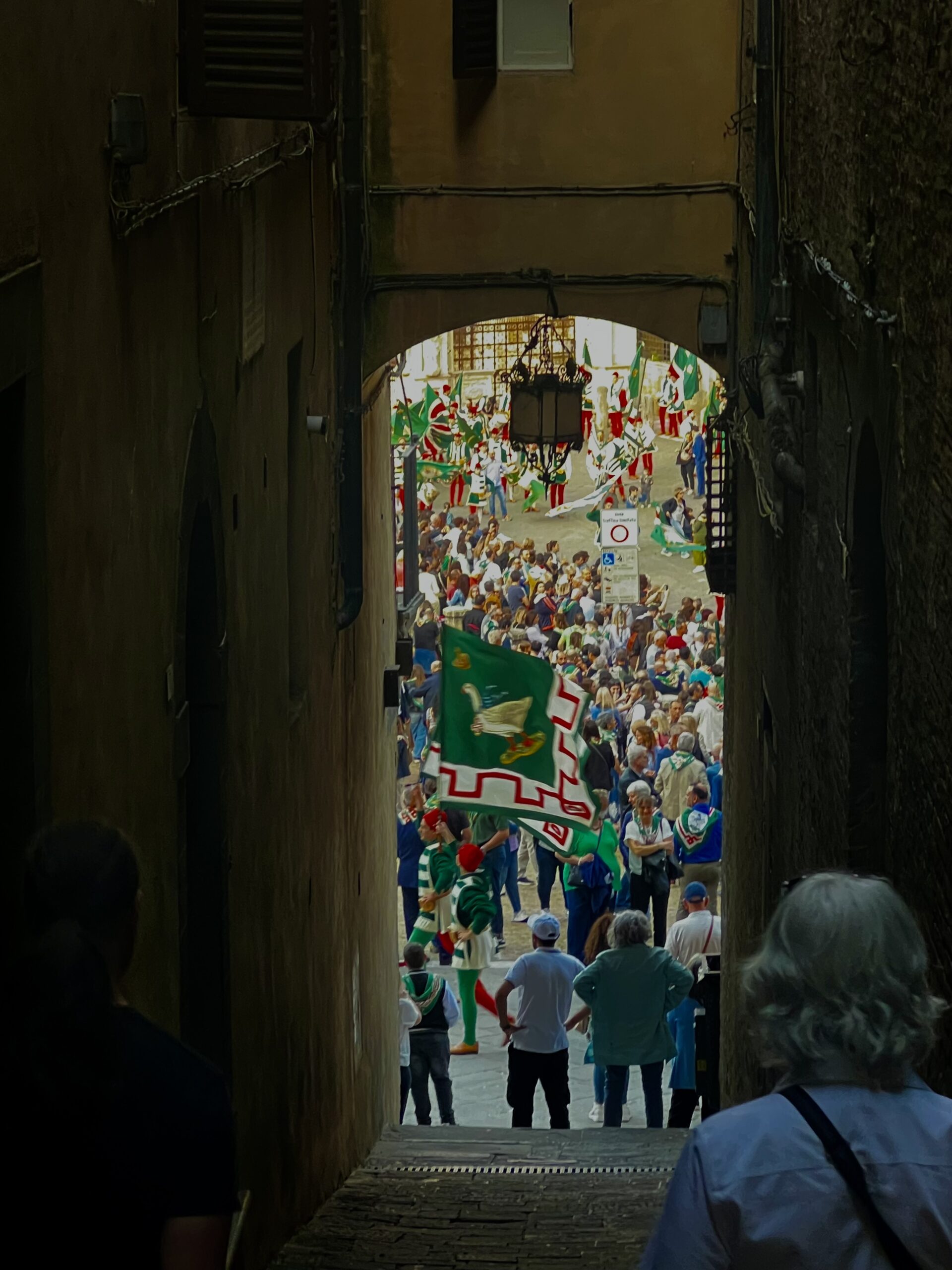
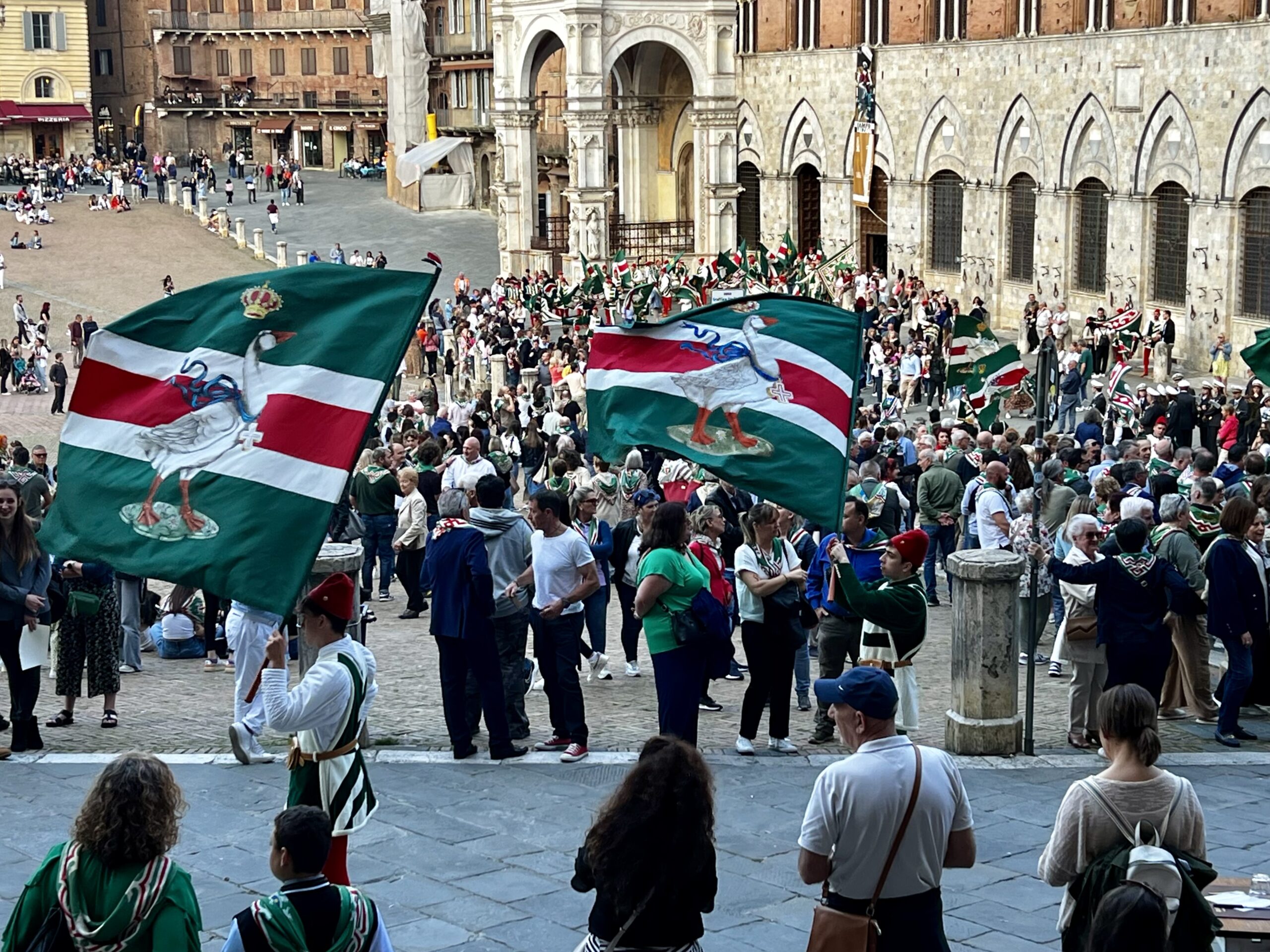
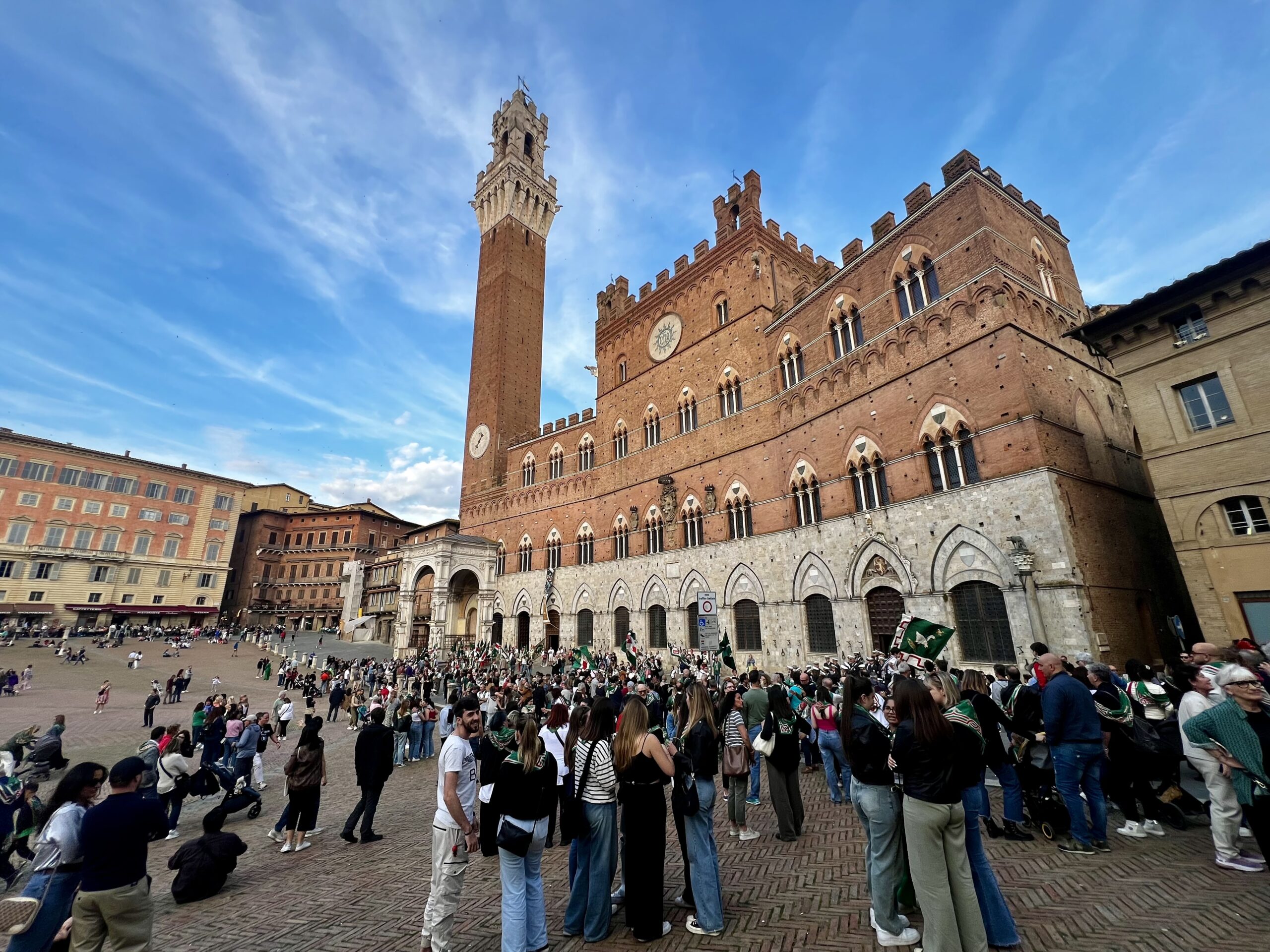
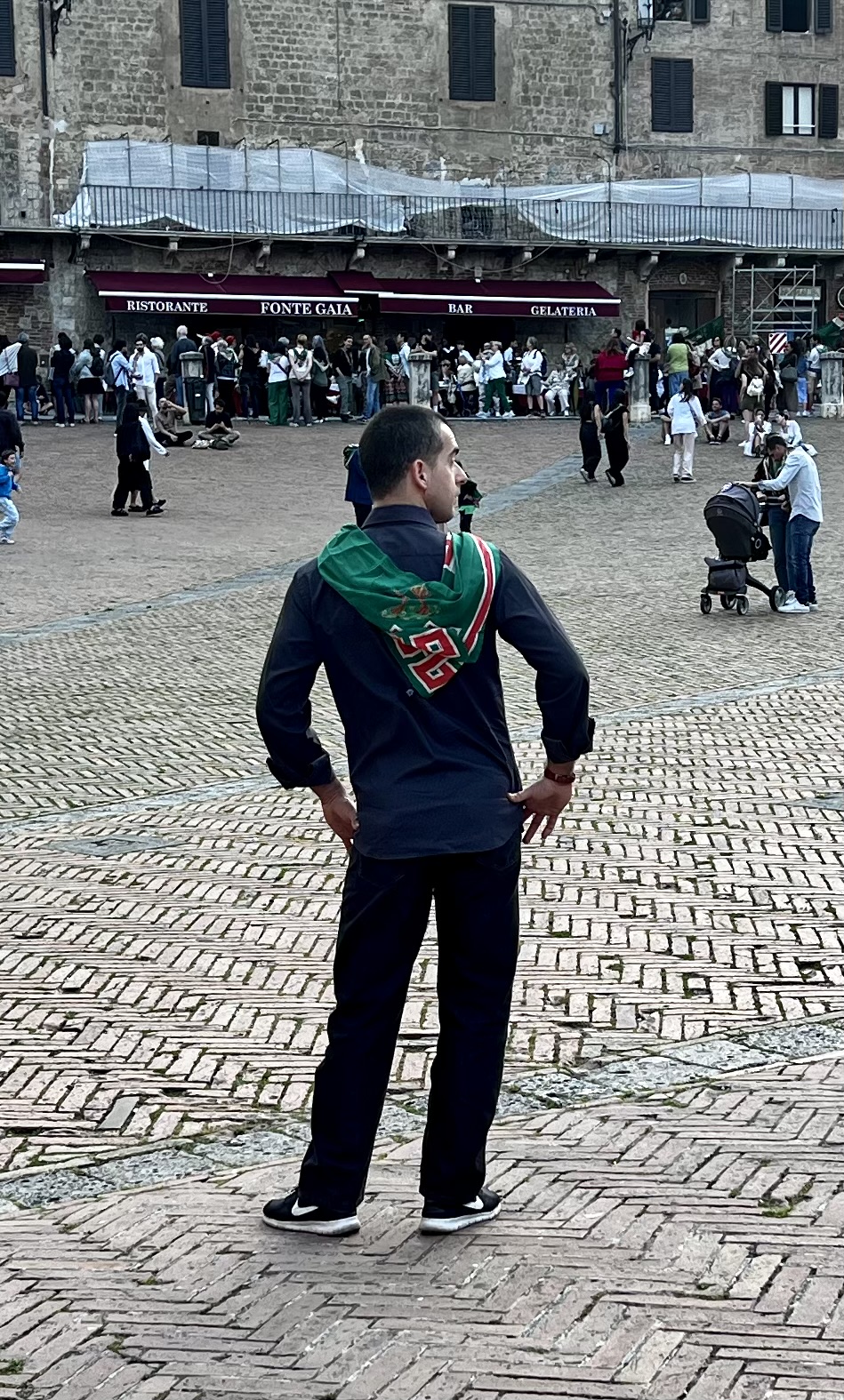
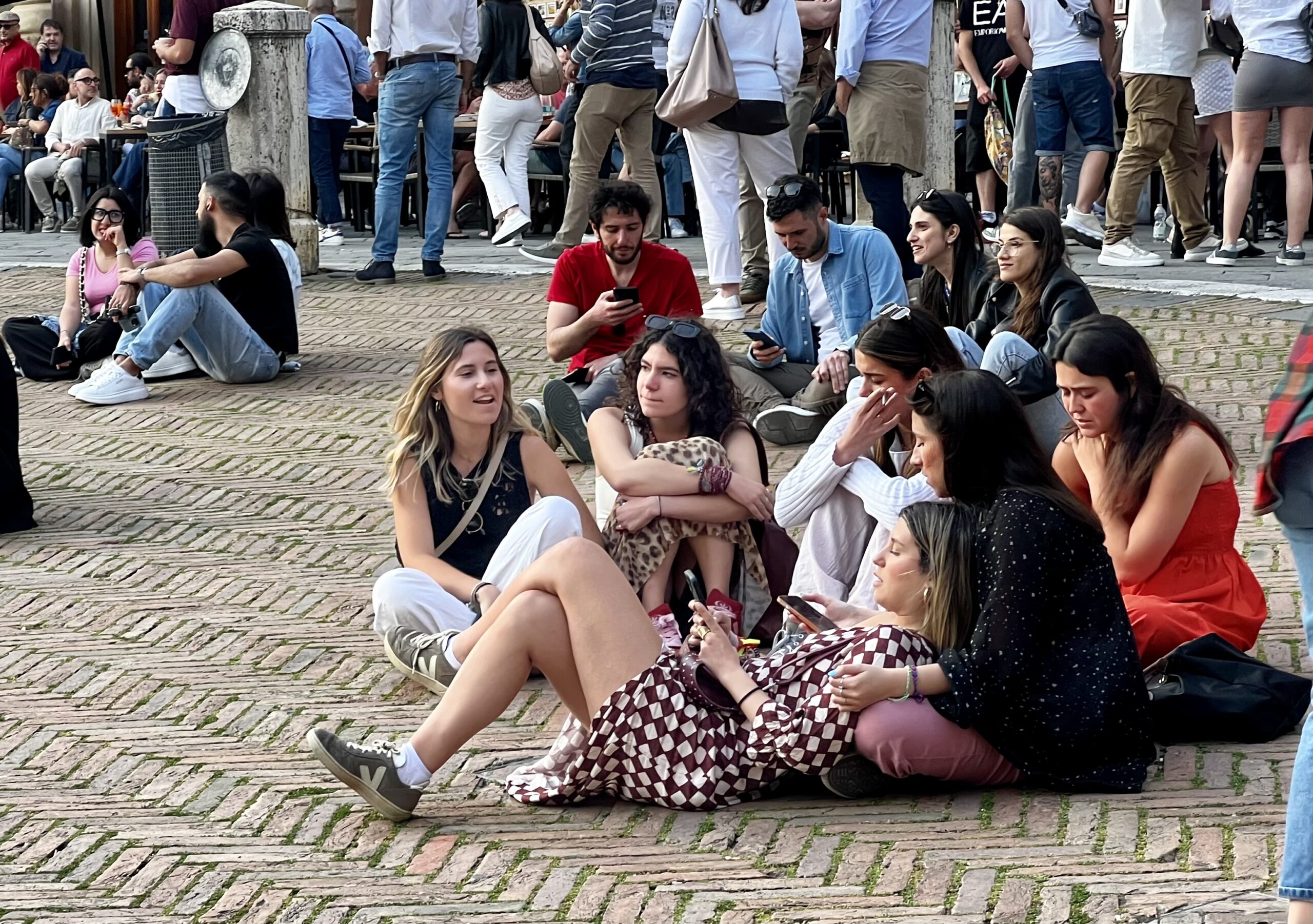
Flags, Drums, and Music
The Oca Contrada was prominent this weekend because they are celebrating Siena’s patron Saint Caterina whose sanctuary lies within their boundaries. Lots of color. Lots of noise. A highlight of being in Siena.
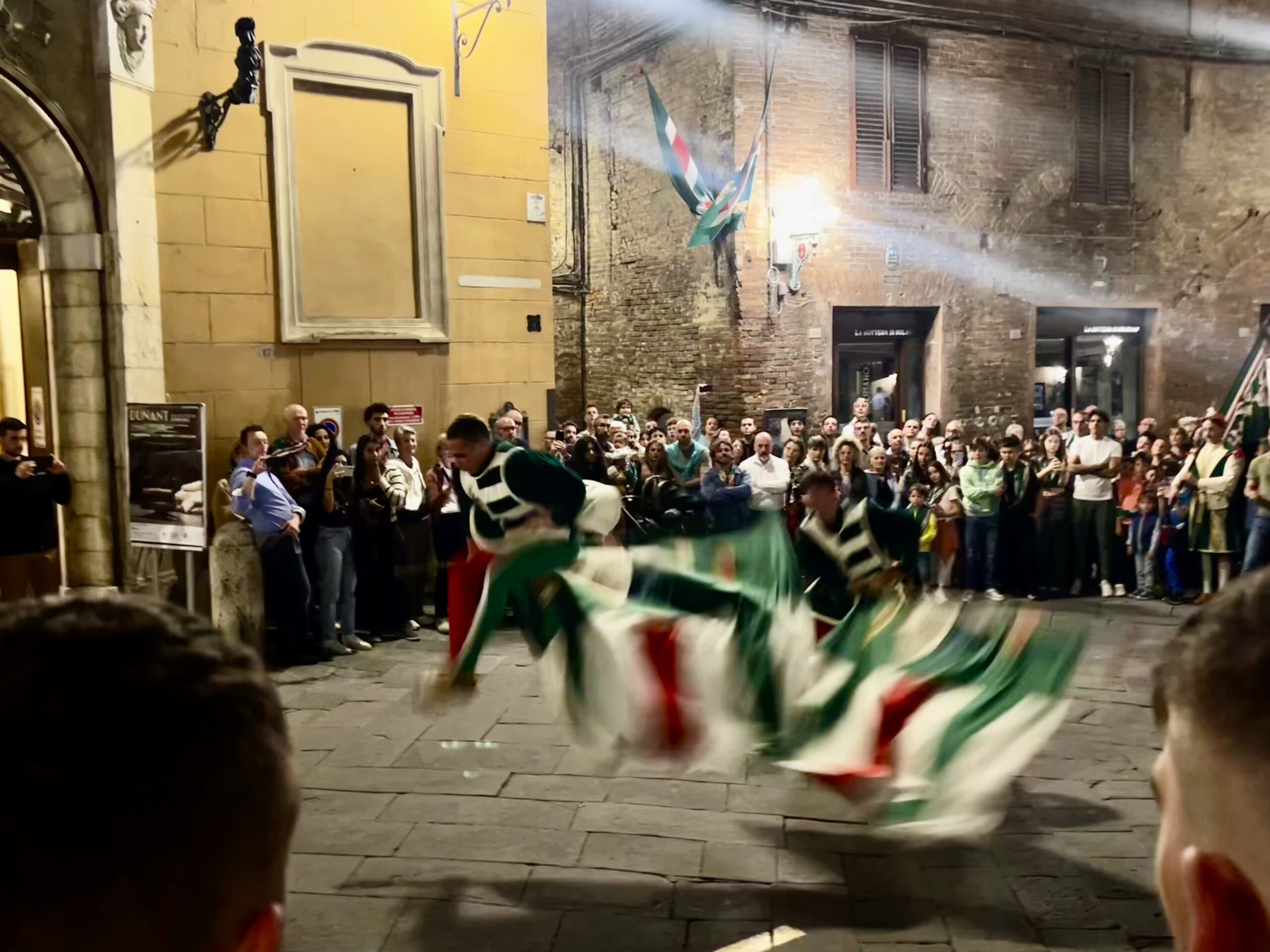
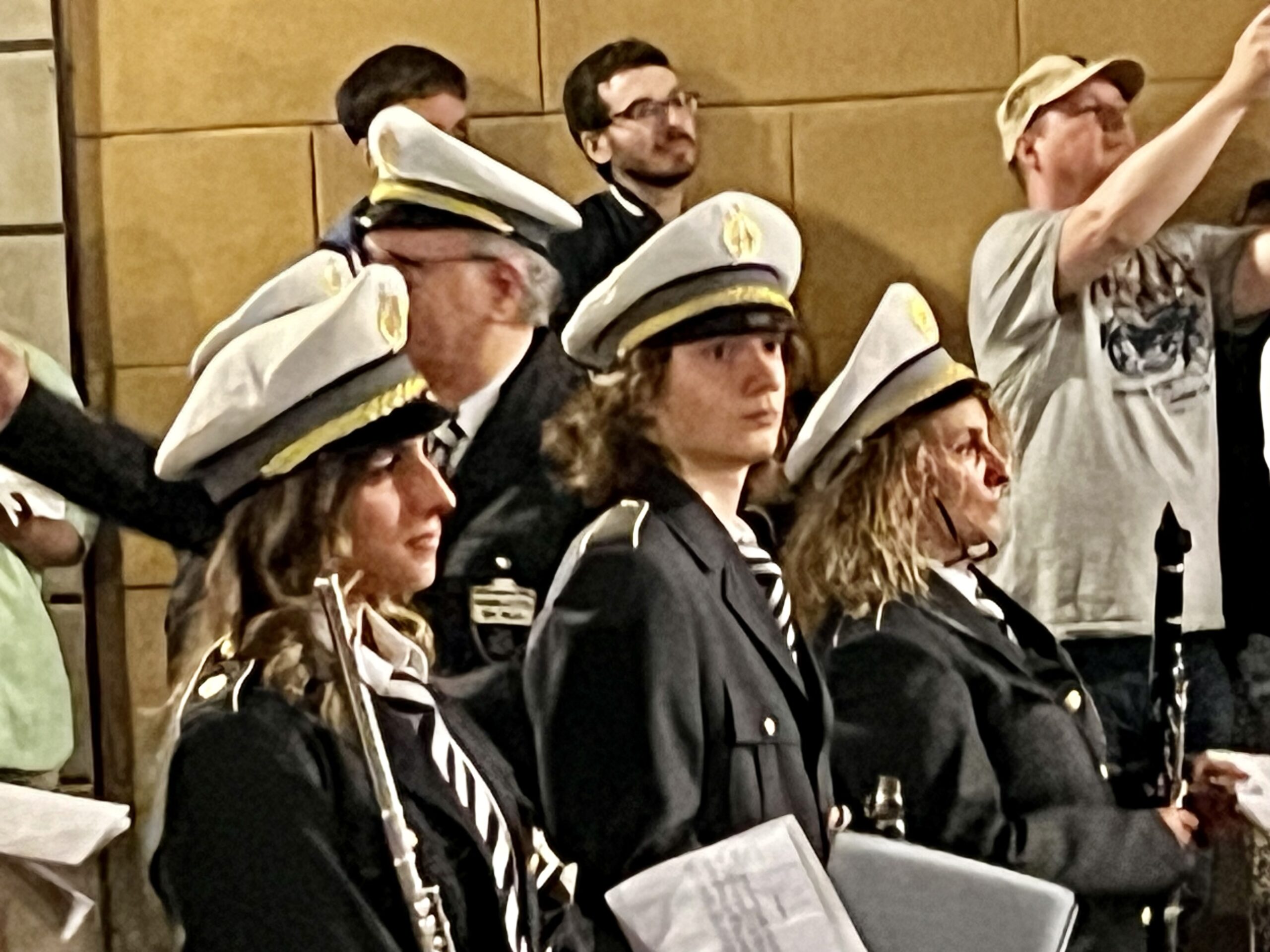
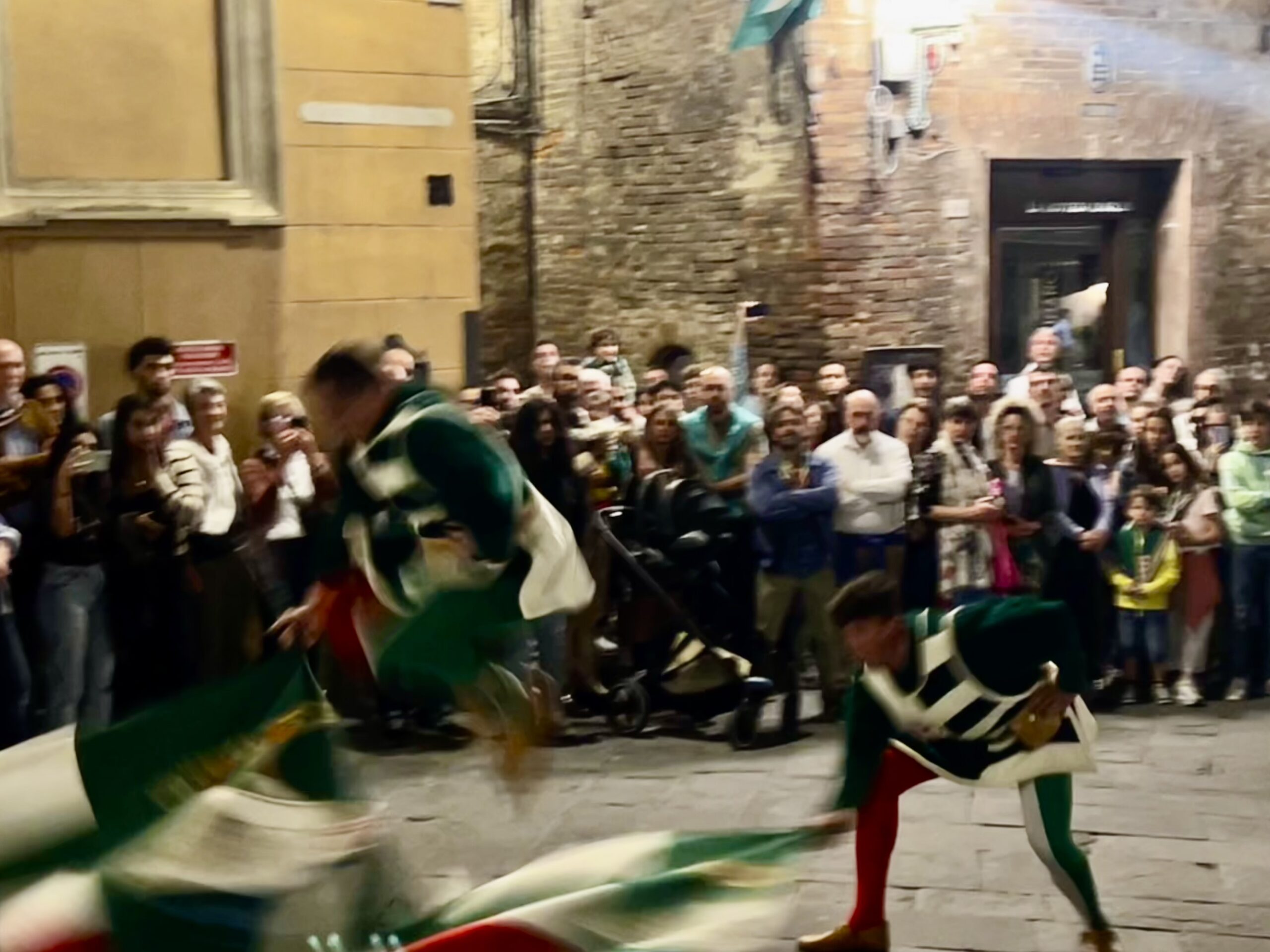
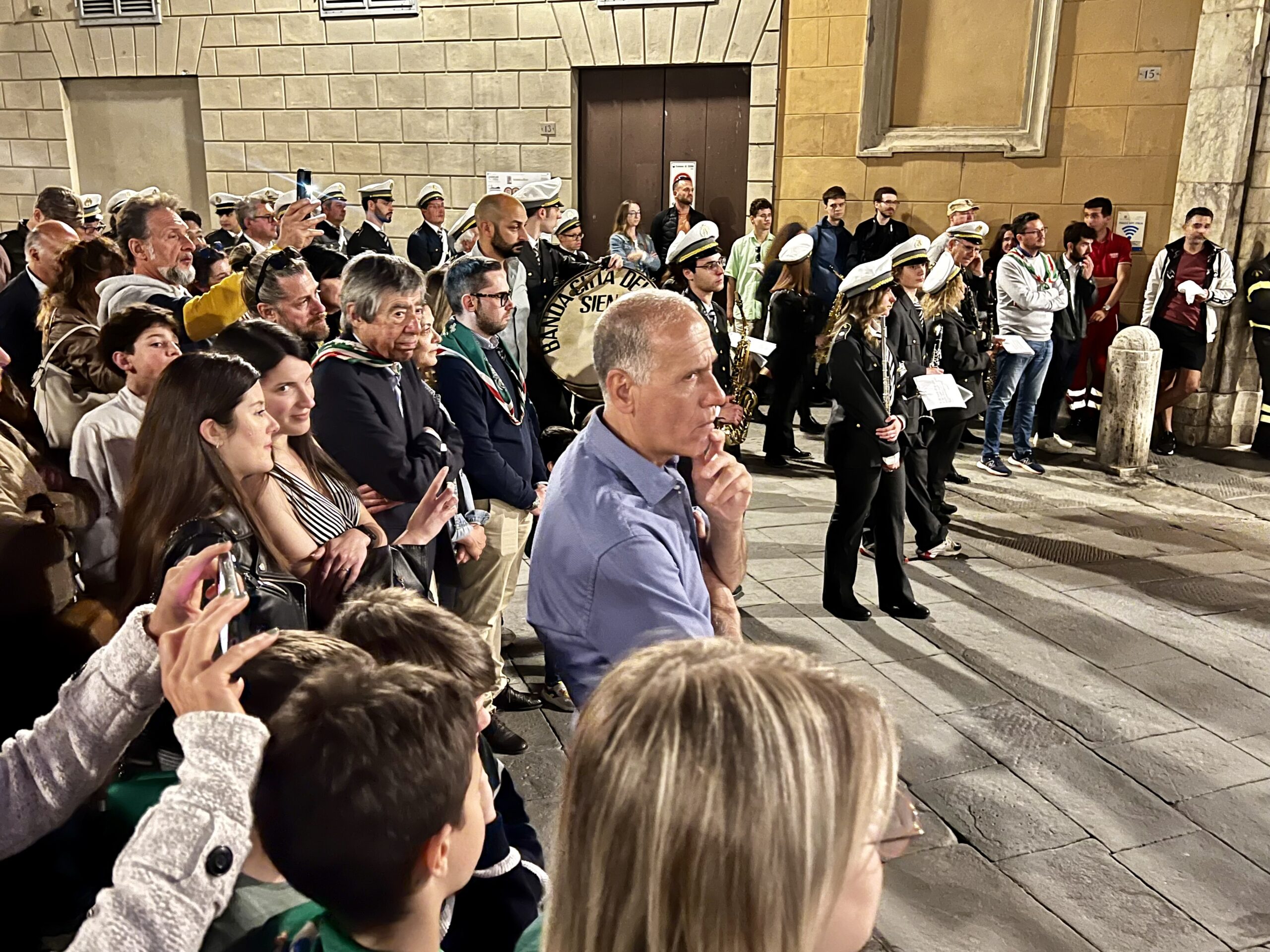
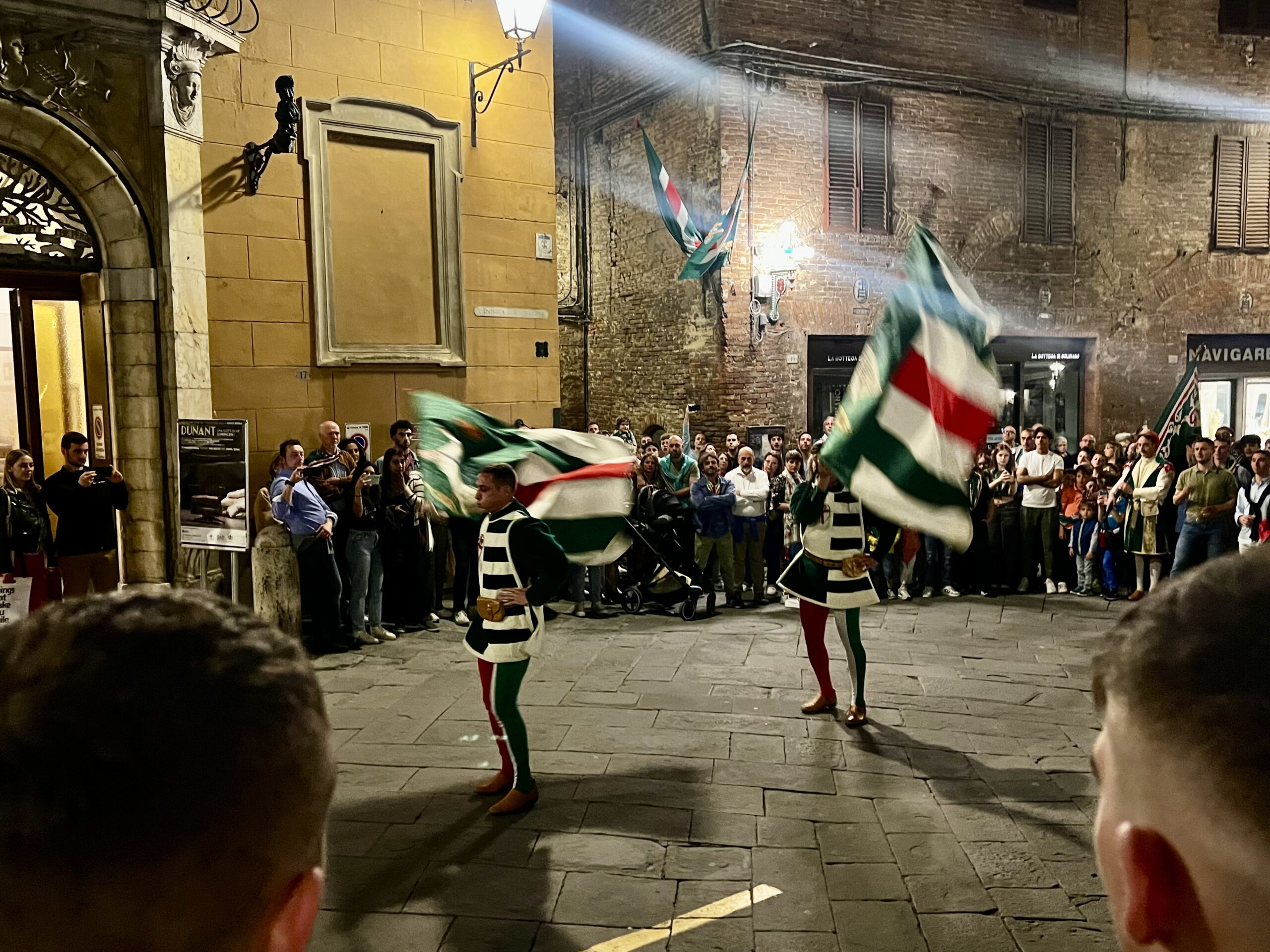
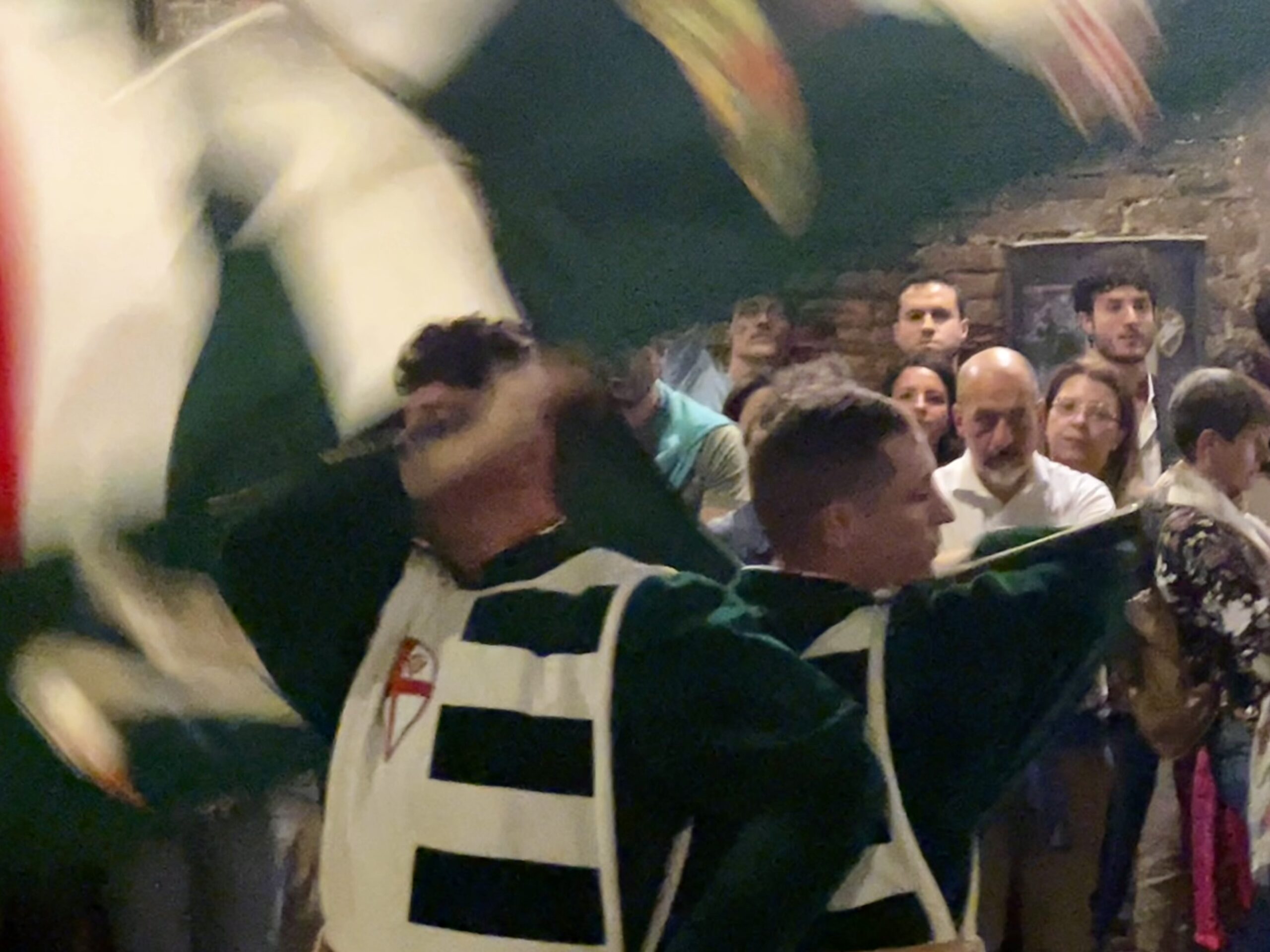
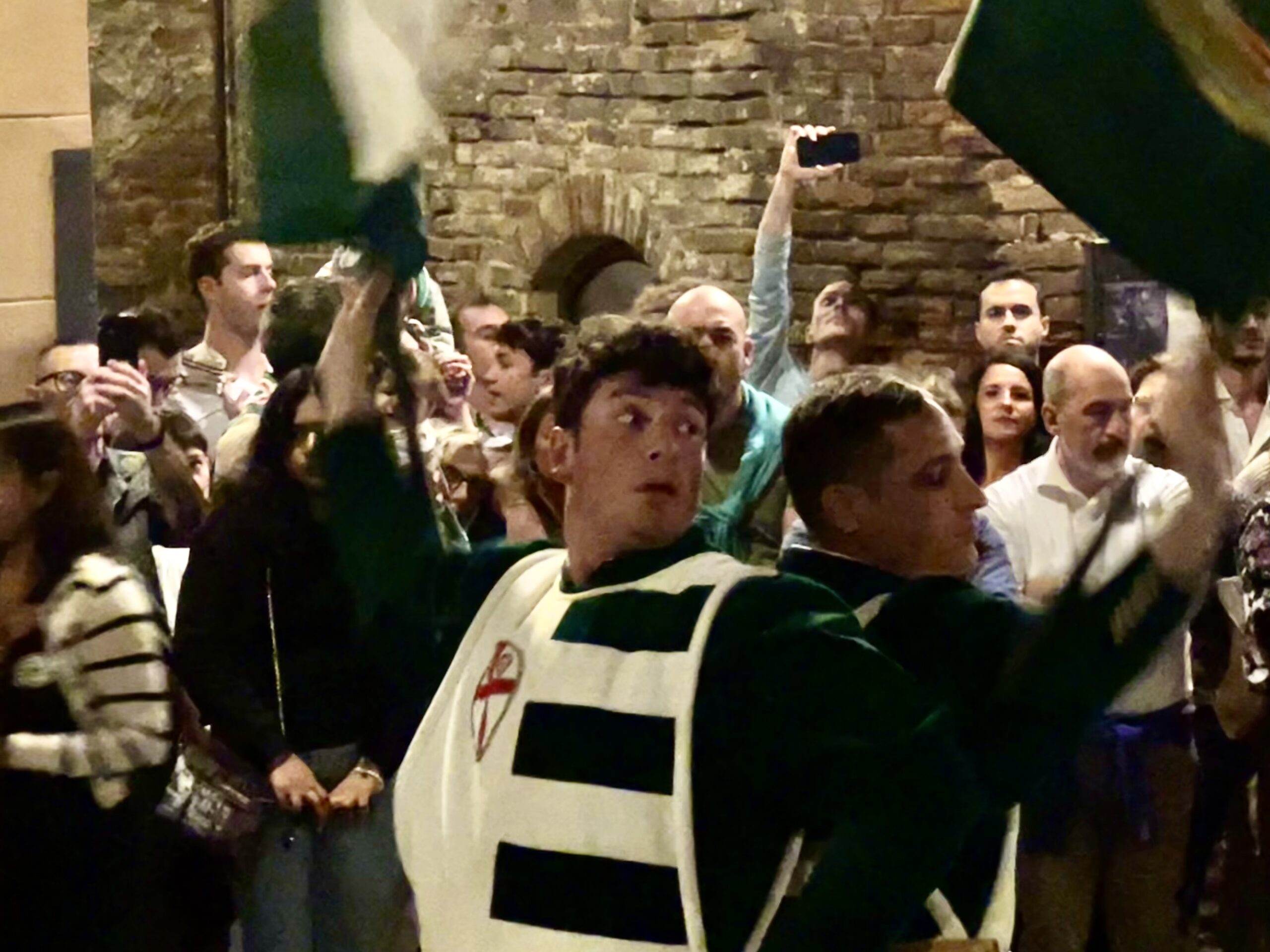
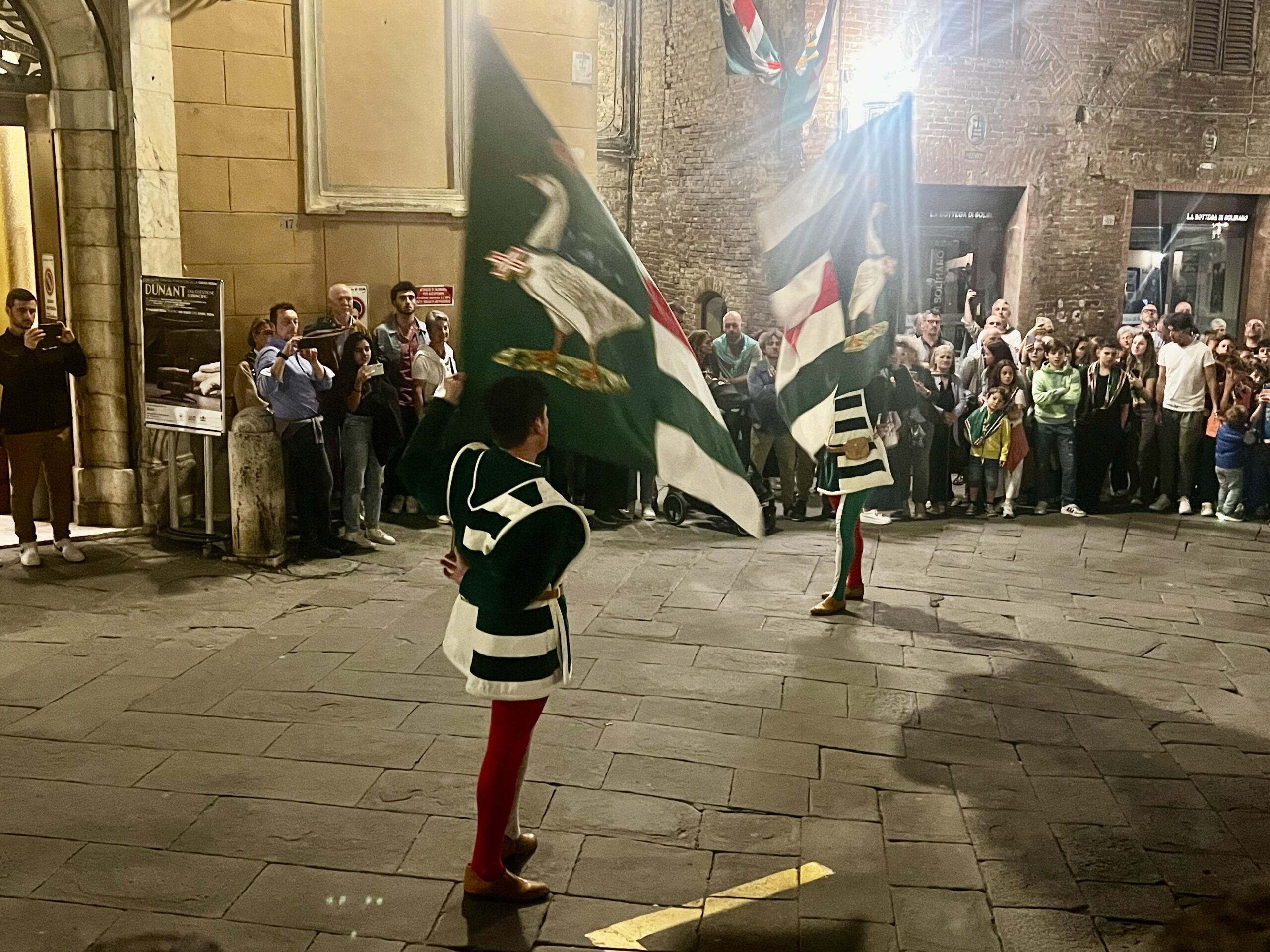
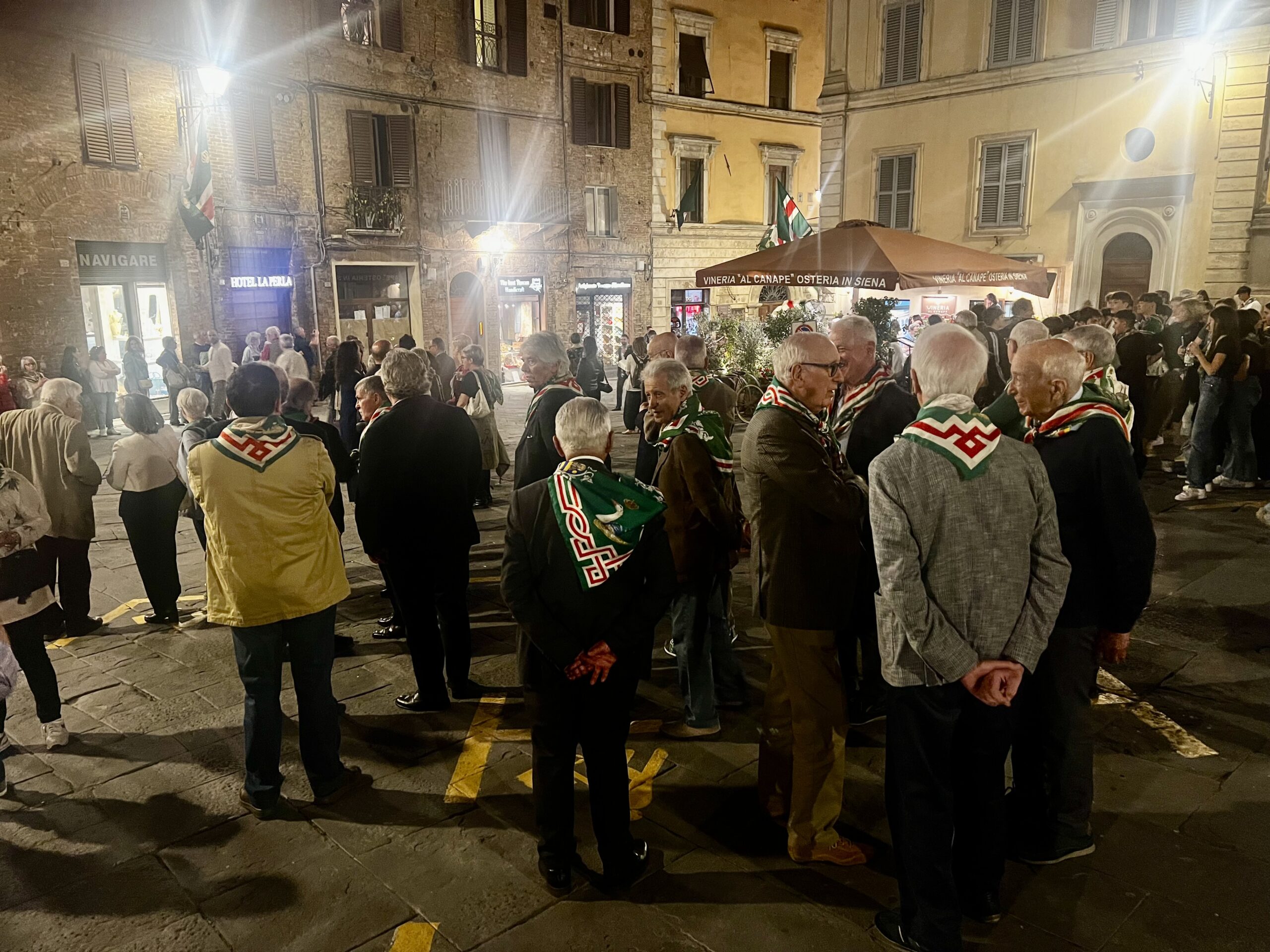
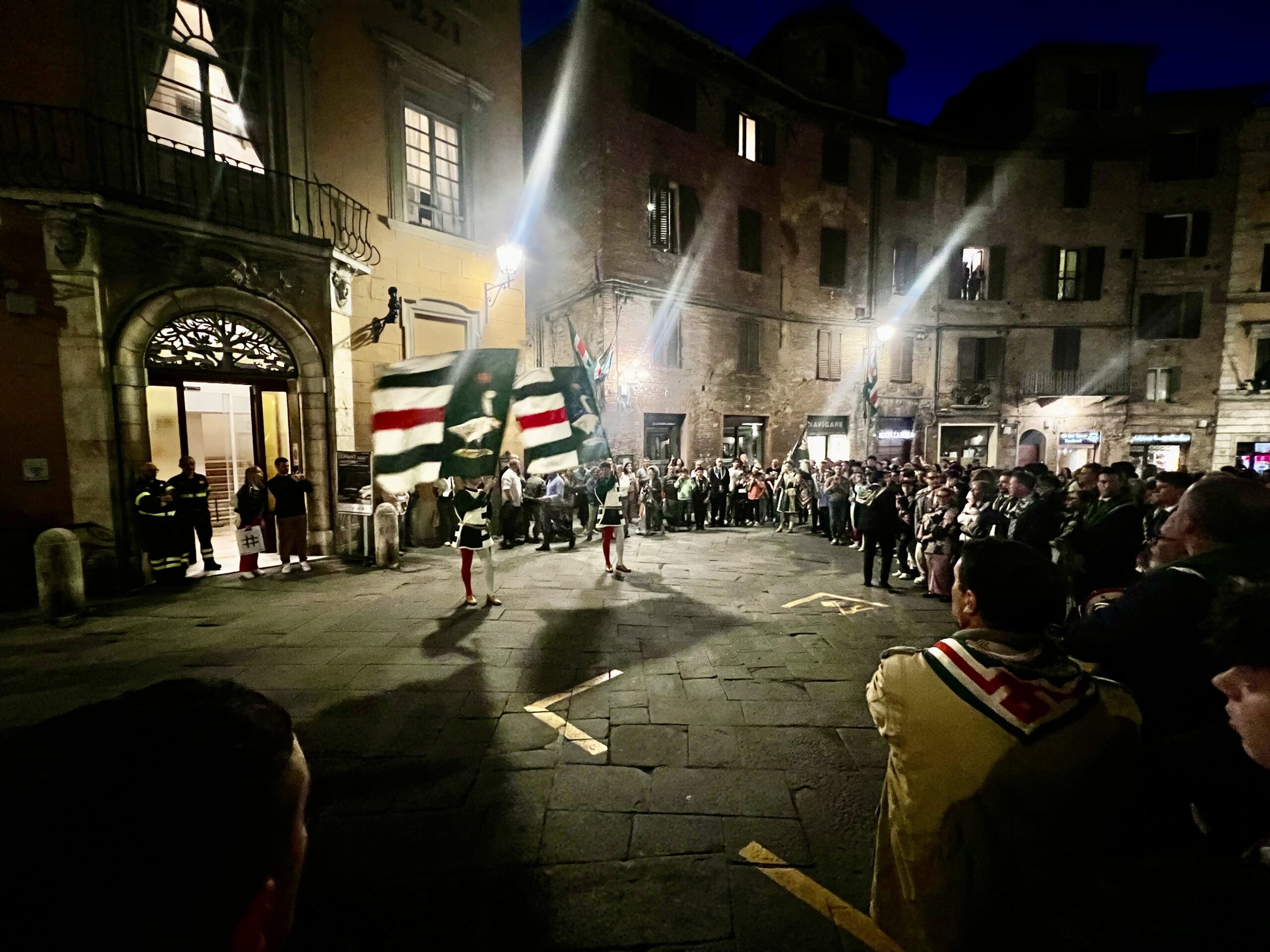
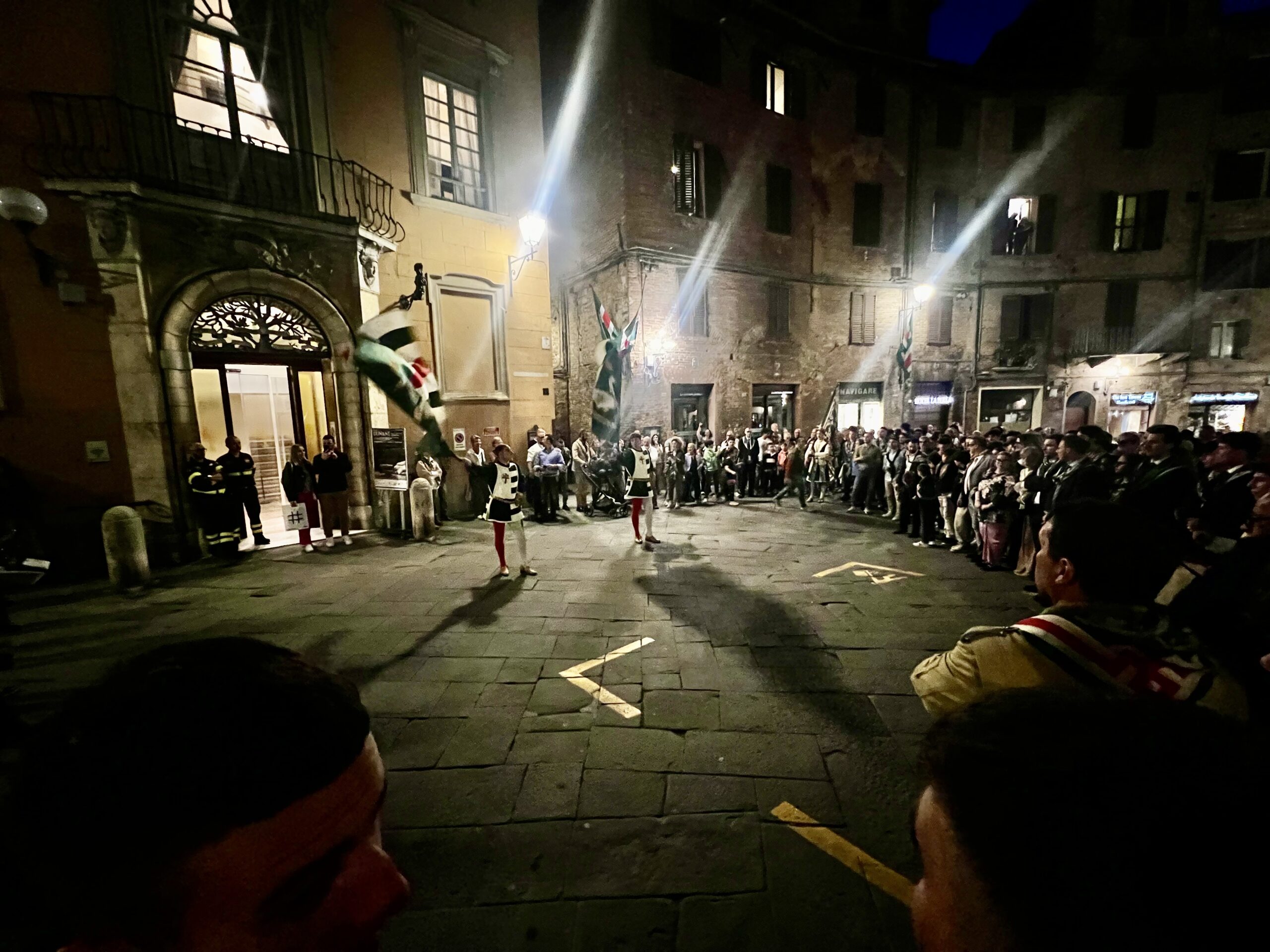
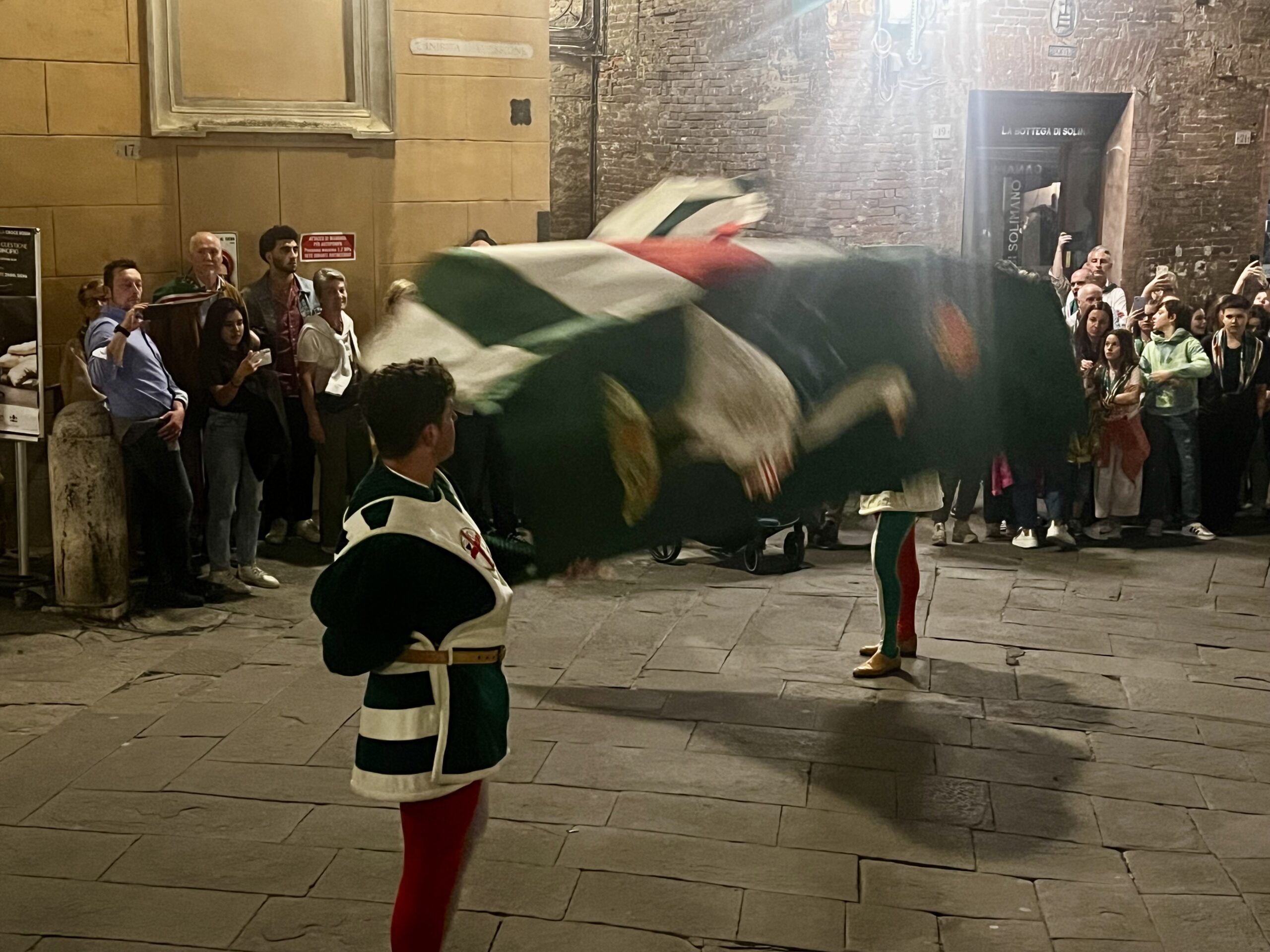
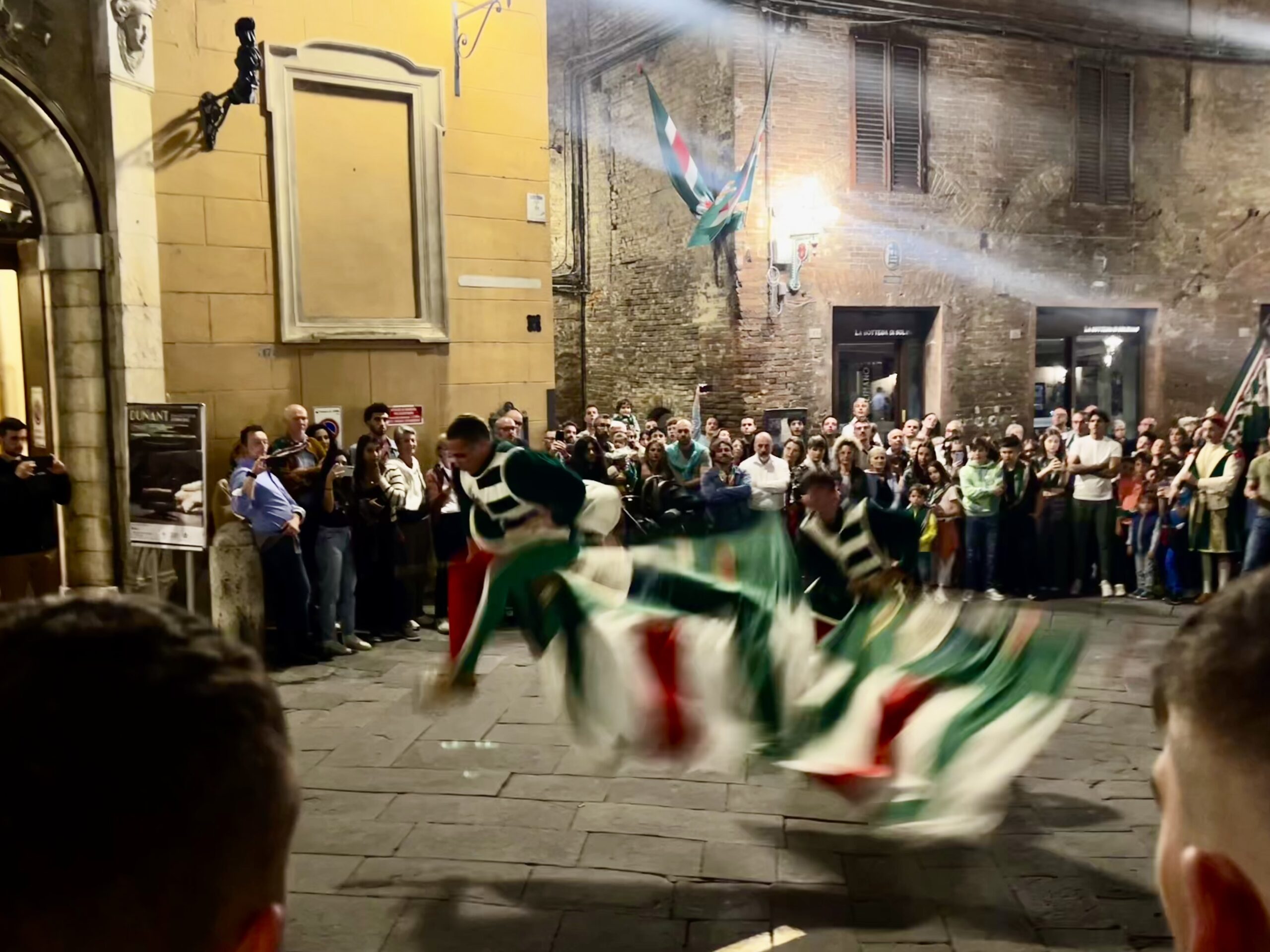
Contrada della Civetta Museum
This museum receives a 4.8 rating on Google that is well deserved. We’d give it a 5. The symbol of the Civetta contrada is the little owl, based on the belief that the site of their church was once an Etruscan/Roman temple for Minerva, the goddess of wisdom. On weekends, volunteers at the doorway of the museum are ready to give you a free personal tour through their beautifully presented displays of winning palio banners, some dating back to the 1600s. There are also jockey helmets, historic costumes, and excellent videos. The contrada museum also displays art by its members that takes a modern view of the owl.
All contrade have a fountain, a wall shrine, a meeting place, and a place of worship within their neighborhood. The chapel of the Civetta was recently consecrated as a church.
Each contrada also has a stable where they secure their Palio horse (randomly selected by the race officials) for four days before the race to prevent hanky panky. They lead their horse into the chapel before the race for a blessing from a priest, which is Go and come back a winner.
Not all seventeen contrade can race at the same time on the tight course around the Campo, so ten are randomly selected in May for the July race. Each contrada hires a professional jockey for the bareback race, but a jockey might be lured away by another contrada for a higher price. If the jockey wins, he earns as much as 200,000 euros. But a horse can win even if it lost its jockey! There is lots of betting, lots of side deals. Anything can happen.
Under the Civetta museum are caves and tunnels dug into the tufo, a kind of volcanic fossilized sand, that lead deep underground. The contrada received a grant from the Italian government, which was supplemented by the contrada, to excavate the tunnels as well as shafts that contained spent pottery and other debris discarded in the distant past.
Each contrada is self-funded by its members. Only a few have museums of this high quality. Civetta is one of the smallest contrade with about a thousand members. The contrada boundaries were first established with roughly equal populations, but because Civetta is in the dense, old center of Siena, and many families have now moved farther out, its numbers have declined. But even with a small membership, its presence in the city is impressive.
The contrade typically offer childcare, activities for youth, frequent social activities, excursions, and other social services. While smaller towns in Italy are struggling with declining population and aging population, it is remarkable to see the medieval neighborhoods in Siena continuing with such vigorous social life.
Luckily our Sunday visit to Civetta coincided with a ceremonial visit by the Contrada di Oca (Goose). We could hear them coming. After they gained permission to enter this contrada, they were ushered in with great fanfare—drums and flags. Our timing was perfect. Hundreds of people in a tight street, many in costumes. Drummers and flag bearers ranged in age from ten to eighties. Bonnie loved it. Richard, with jet lag, maybe not so much.
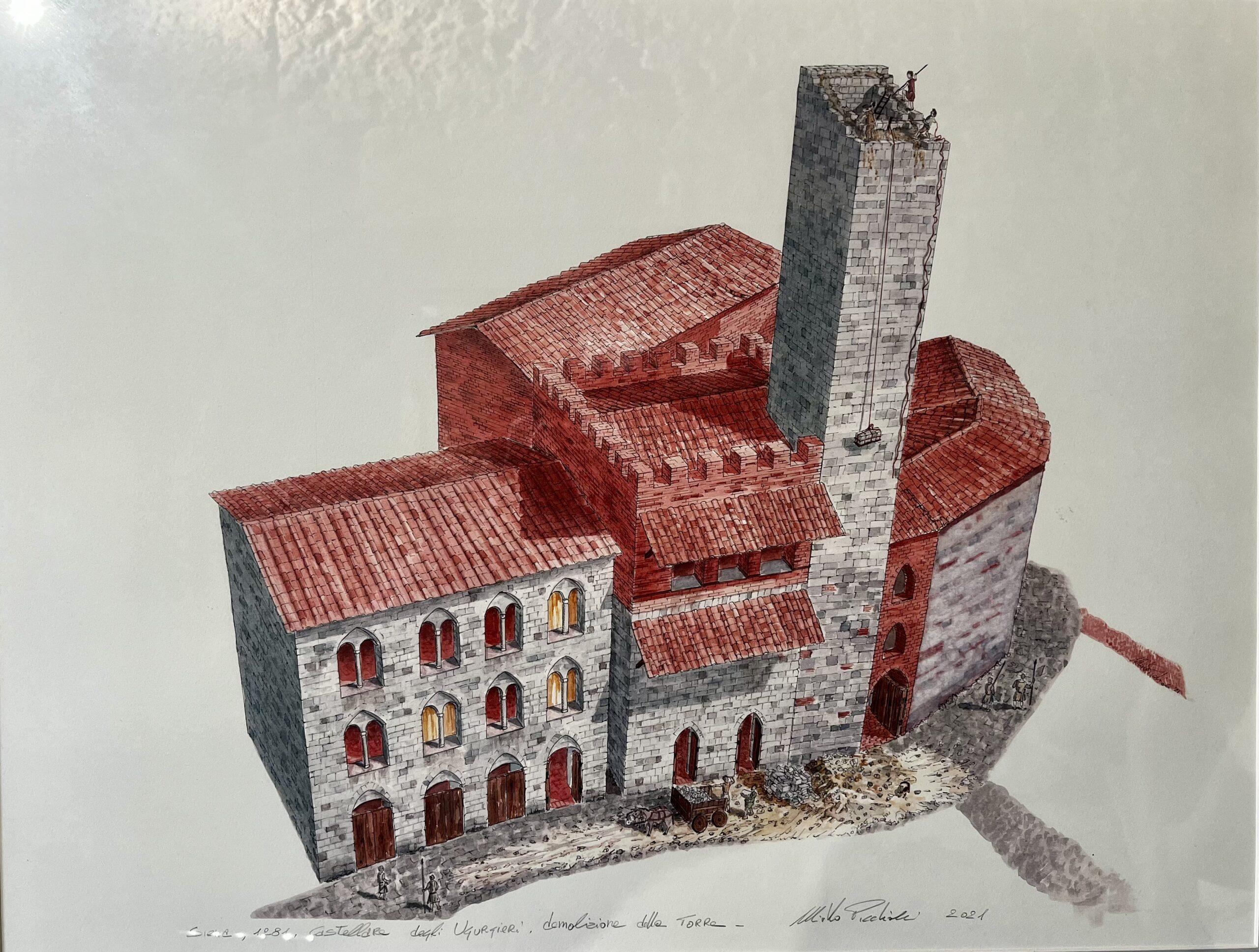
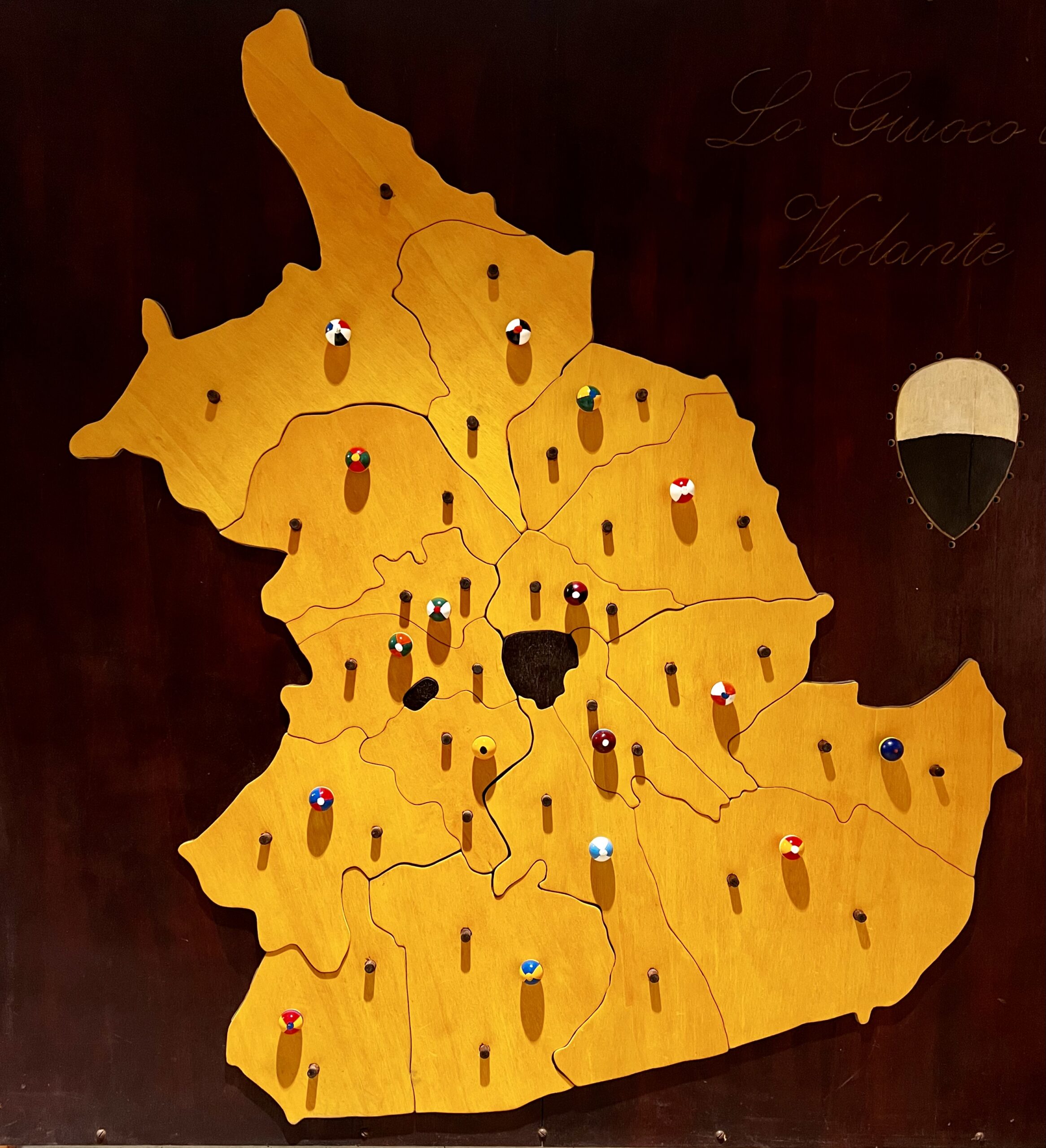
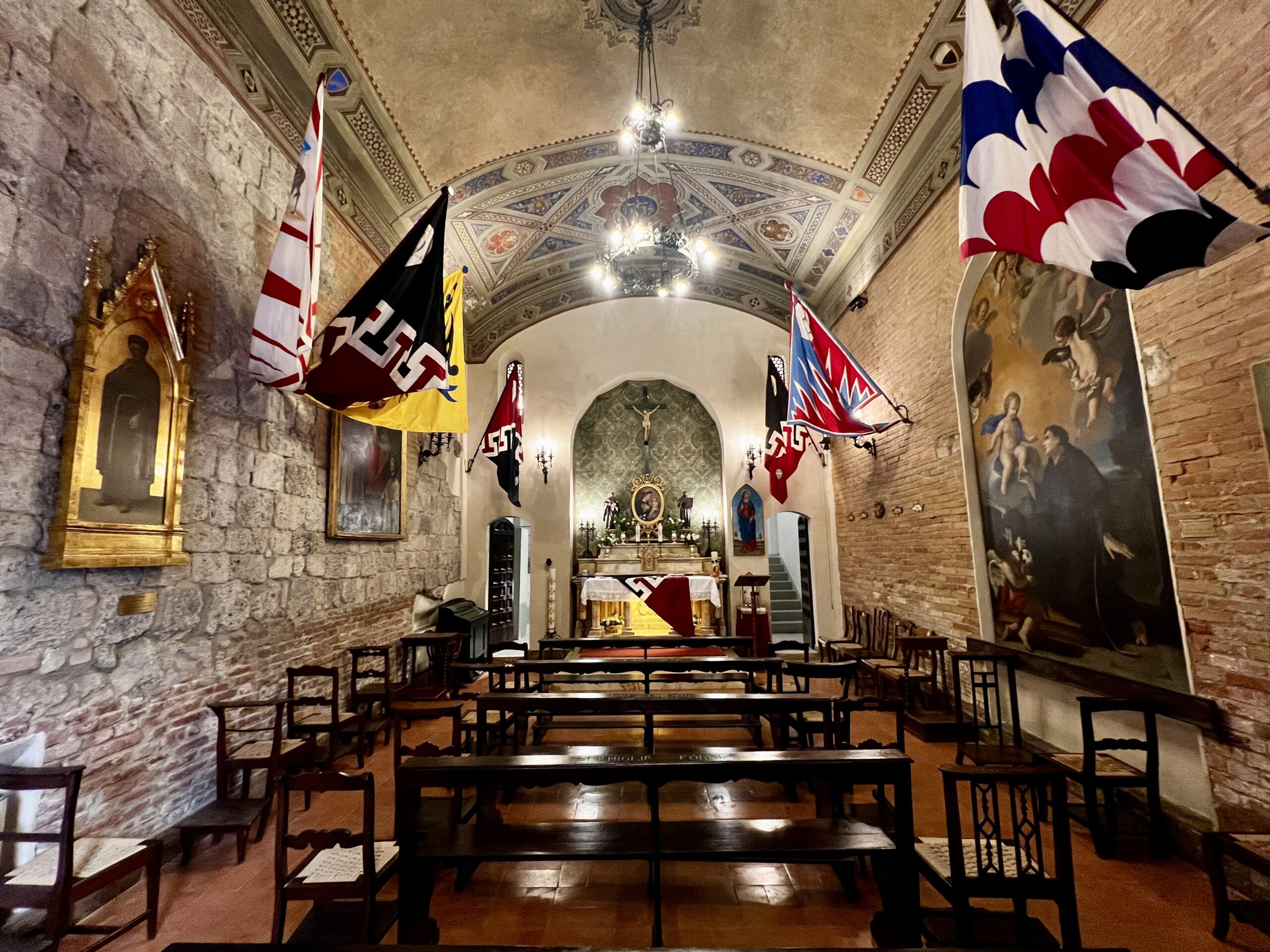
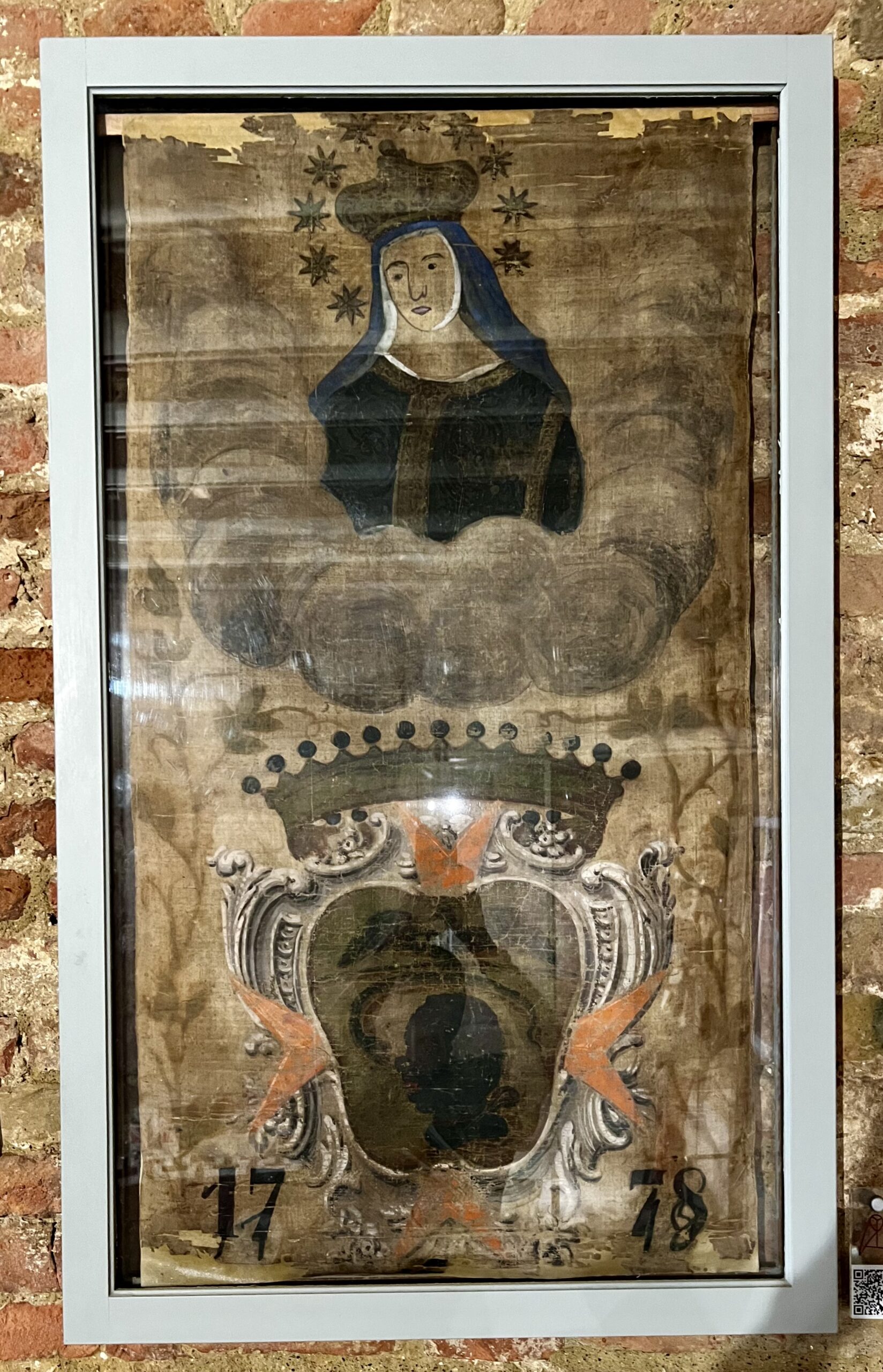
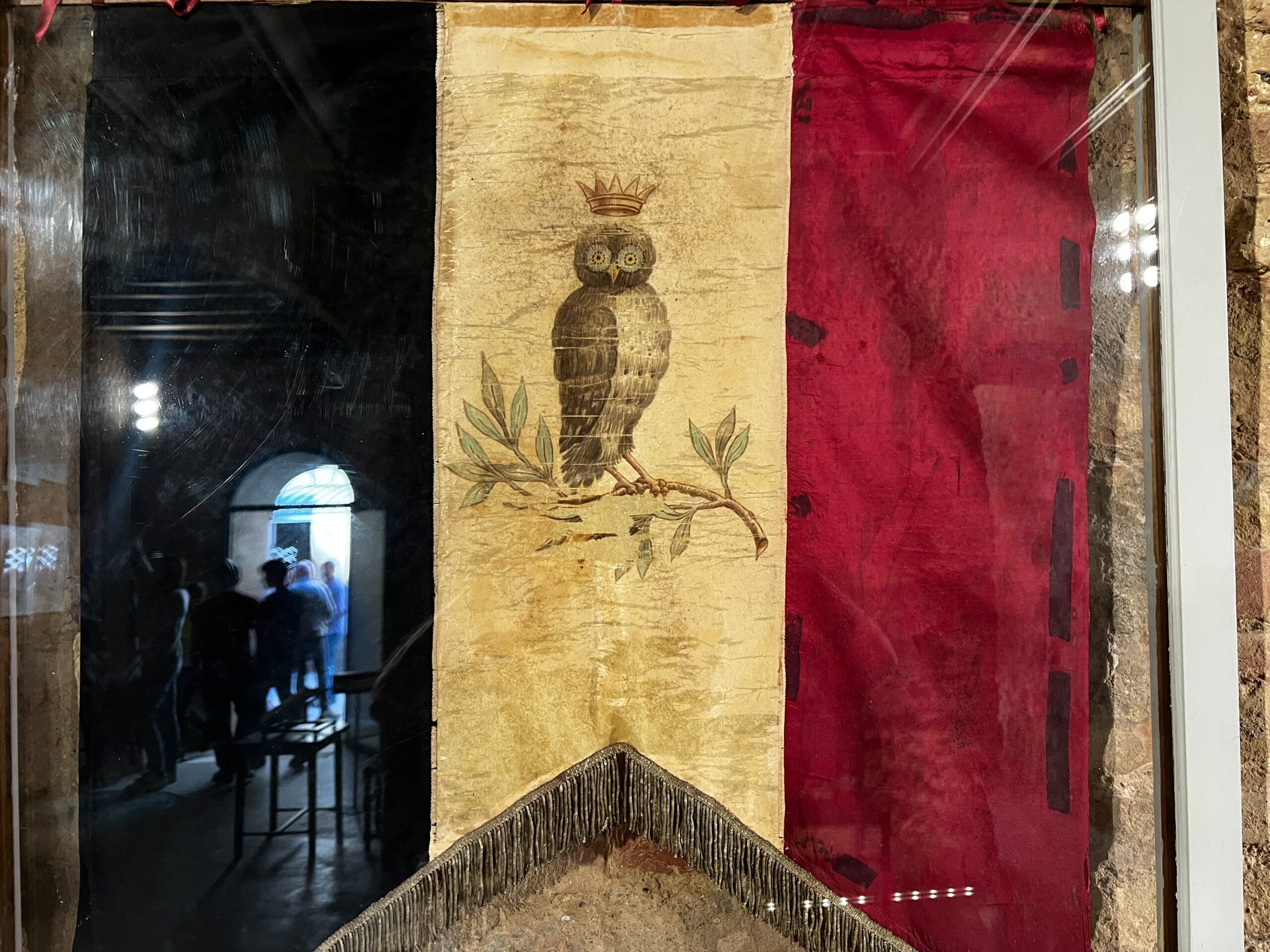
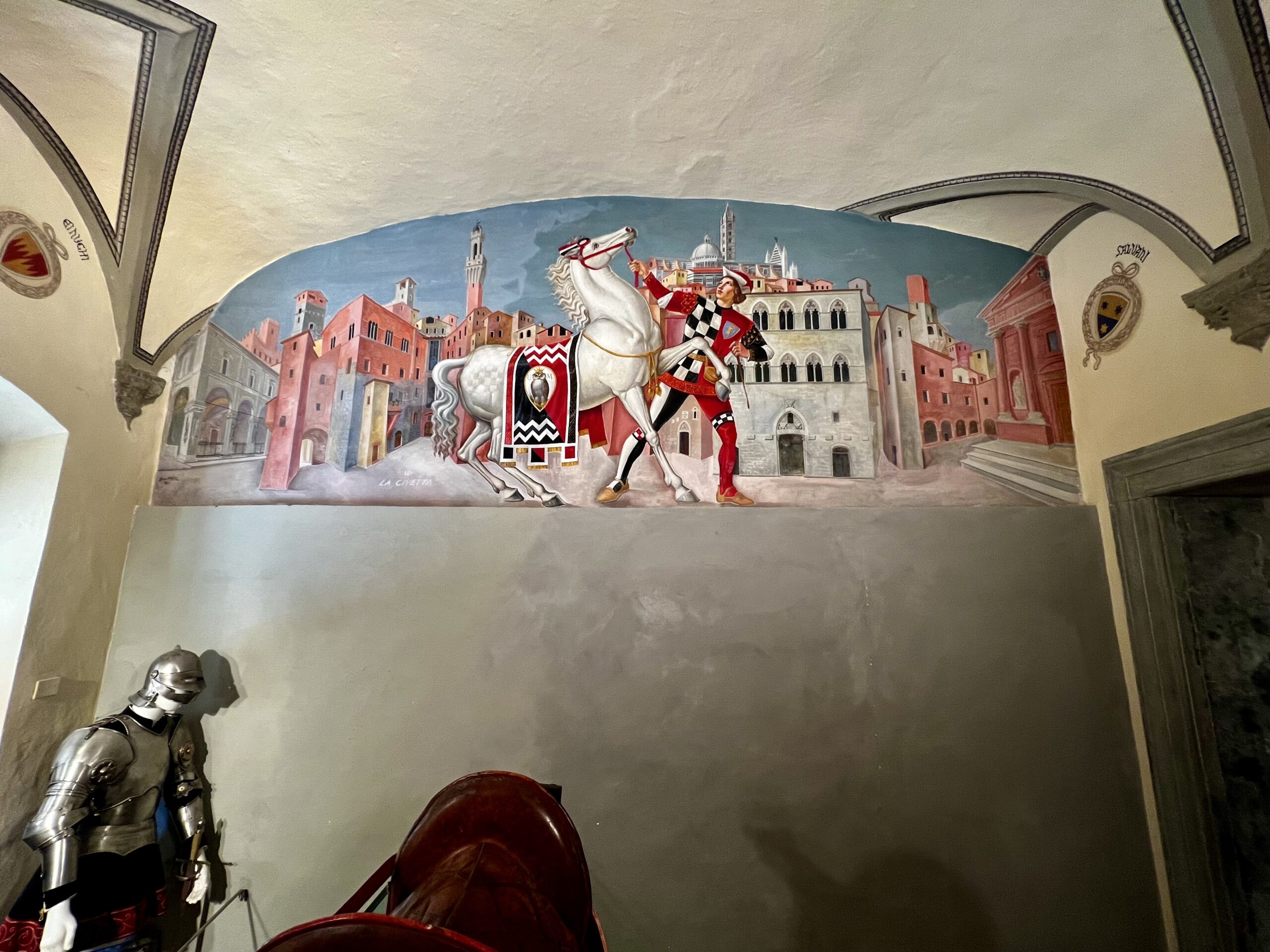
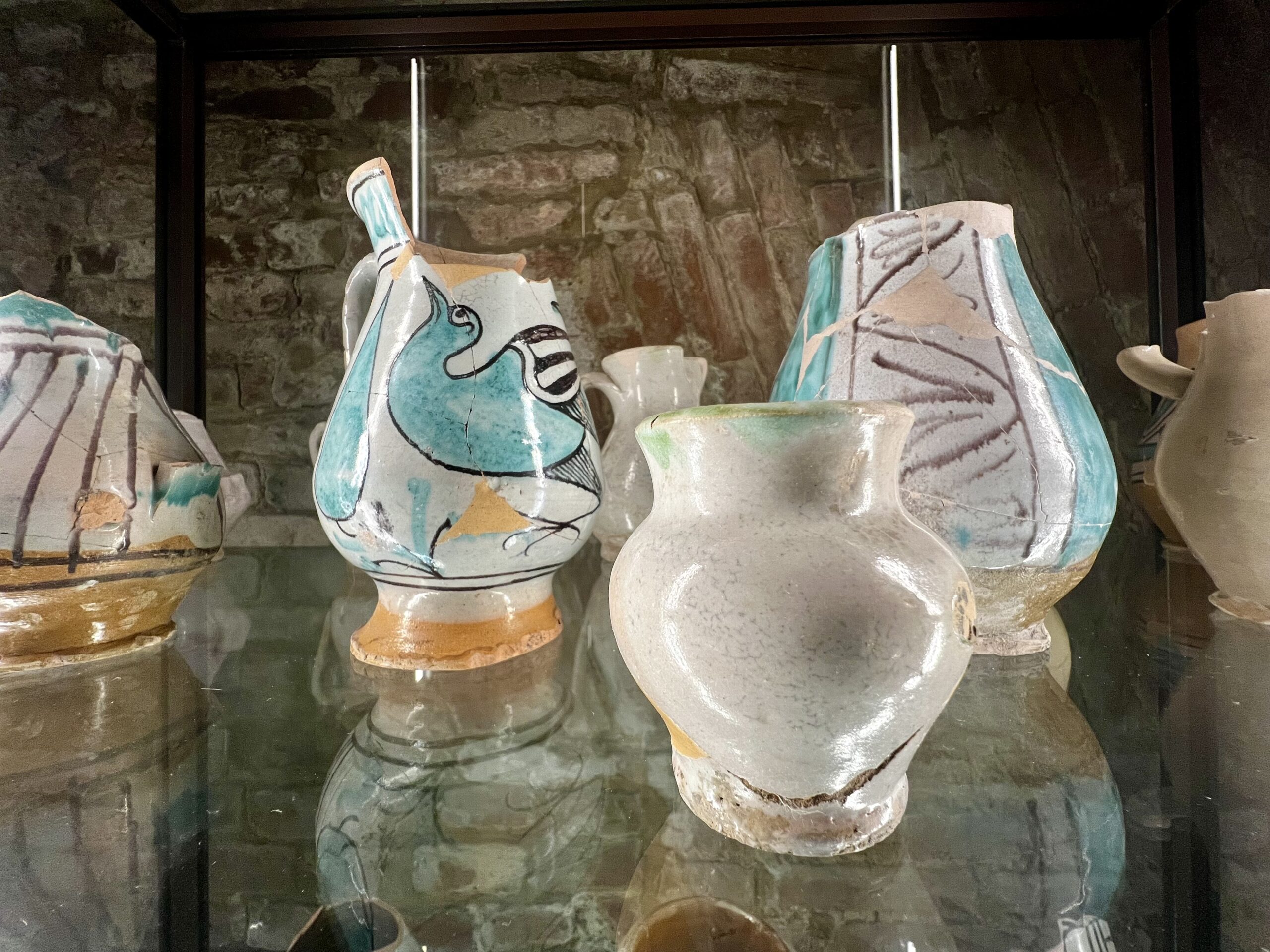
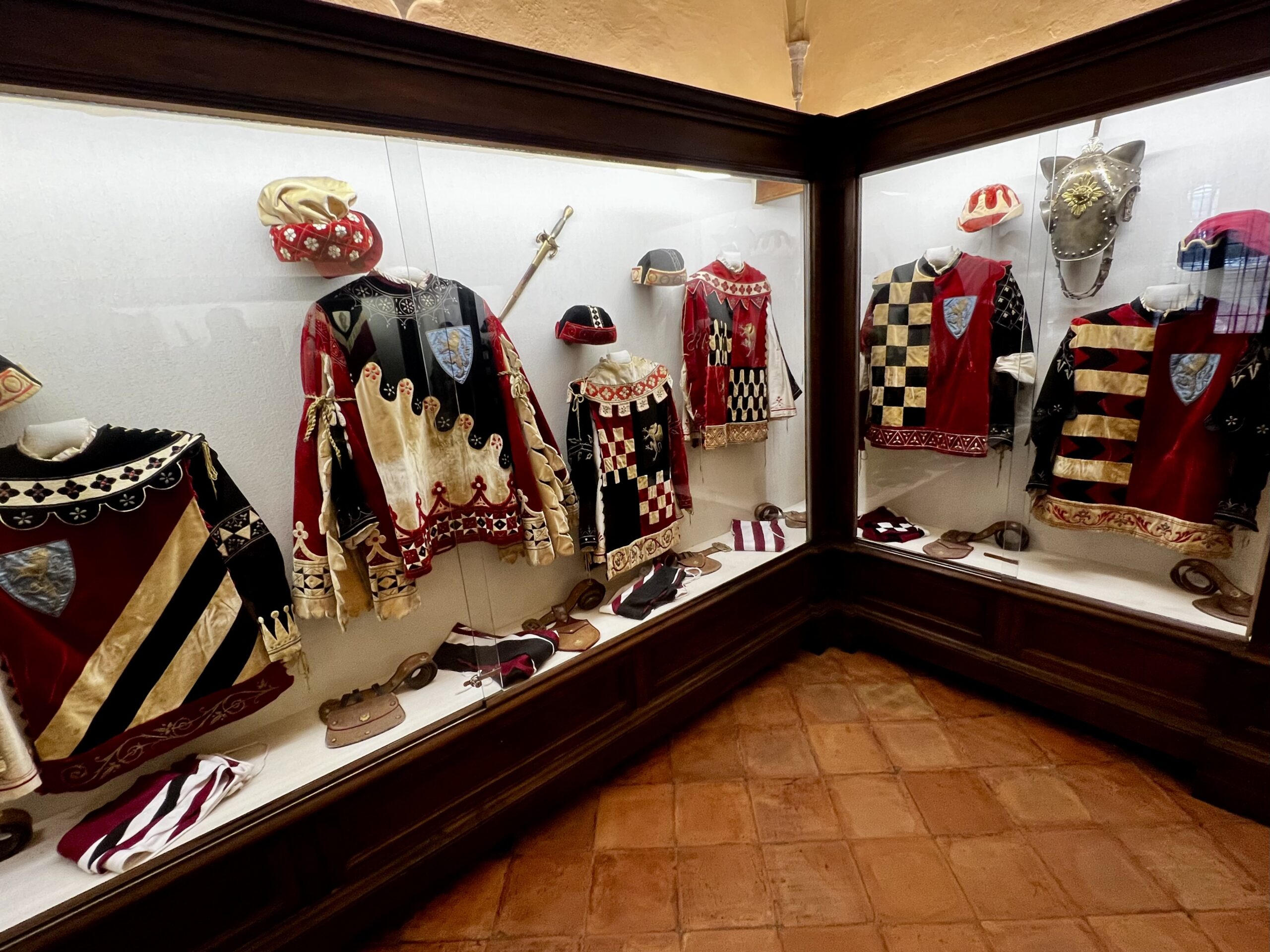
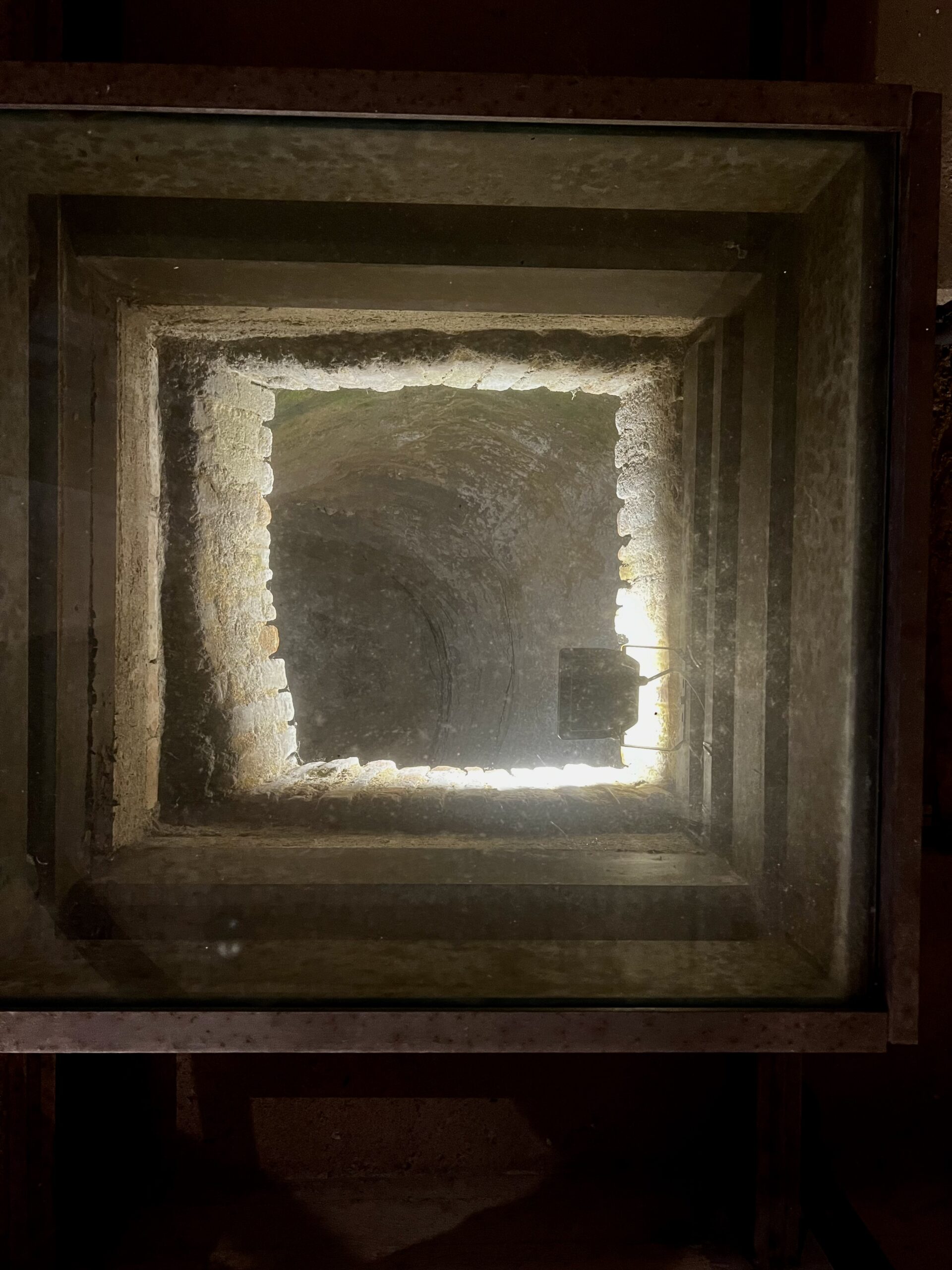
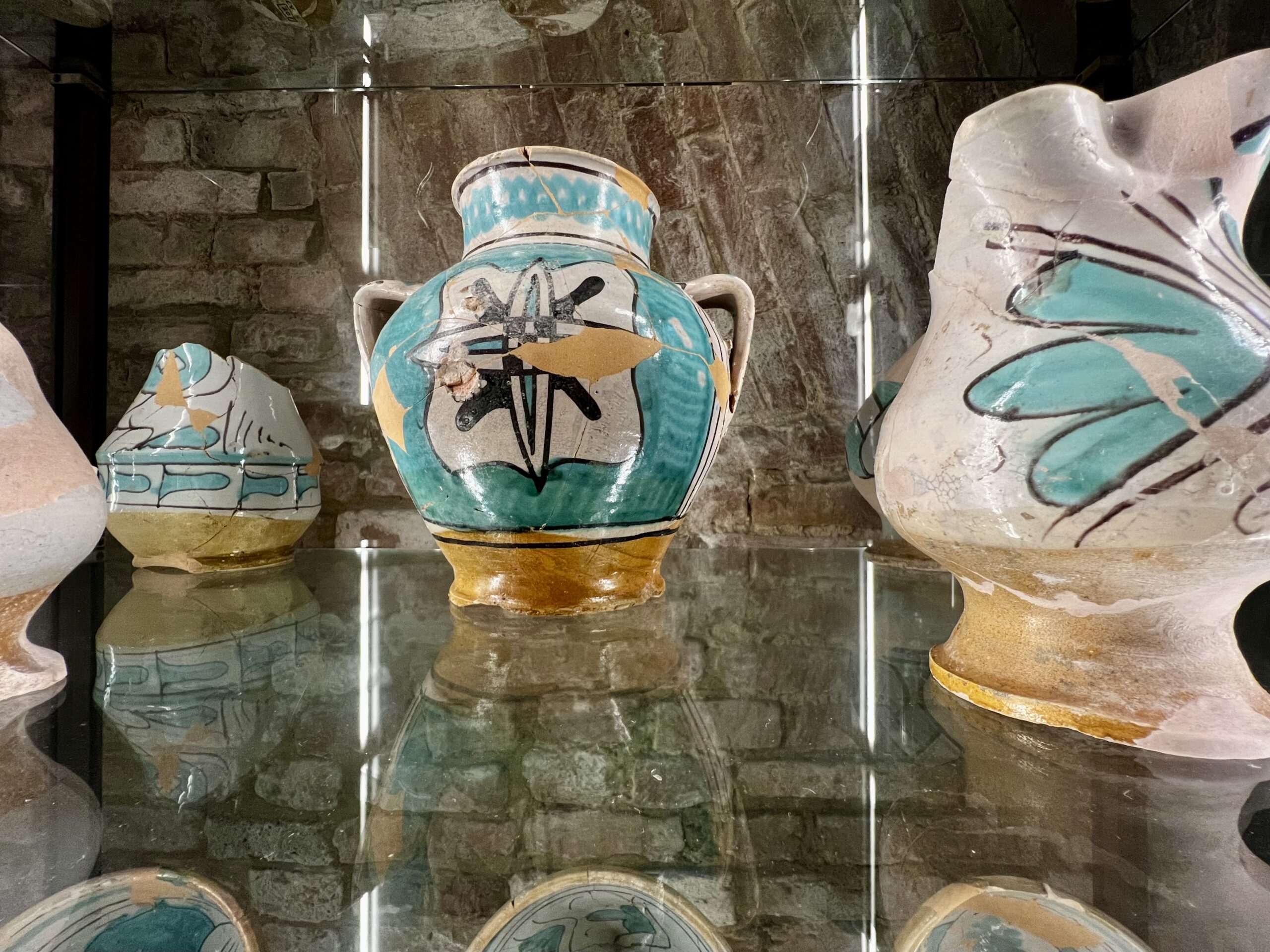
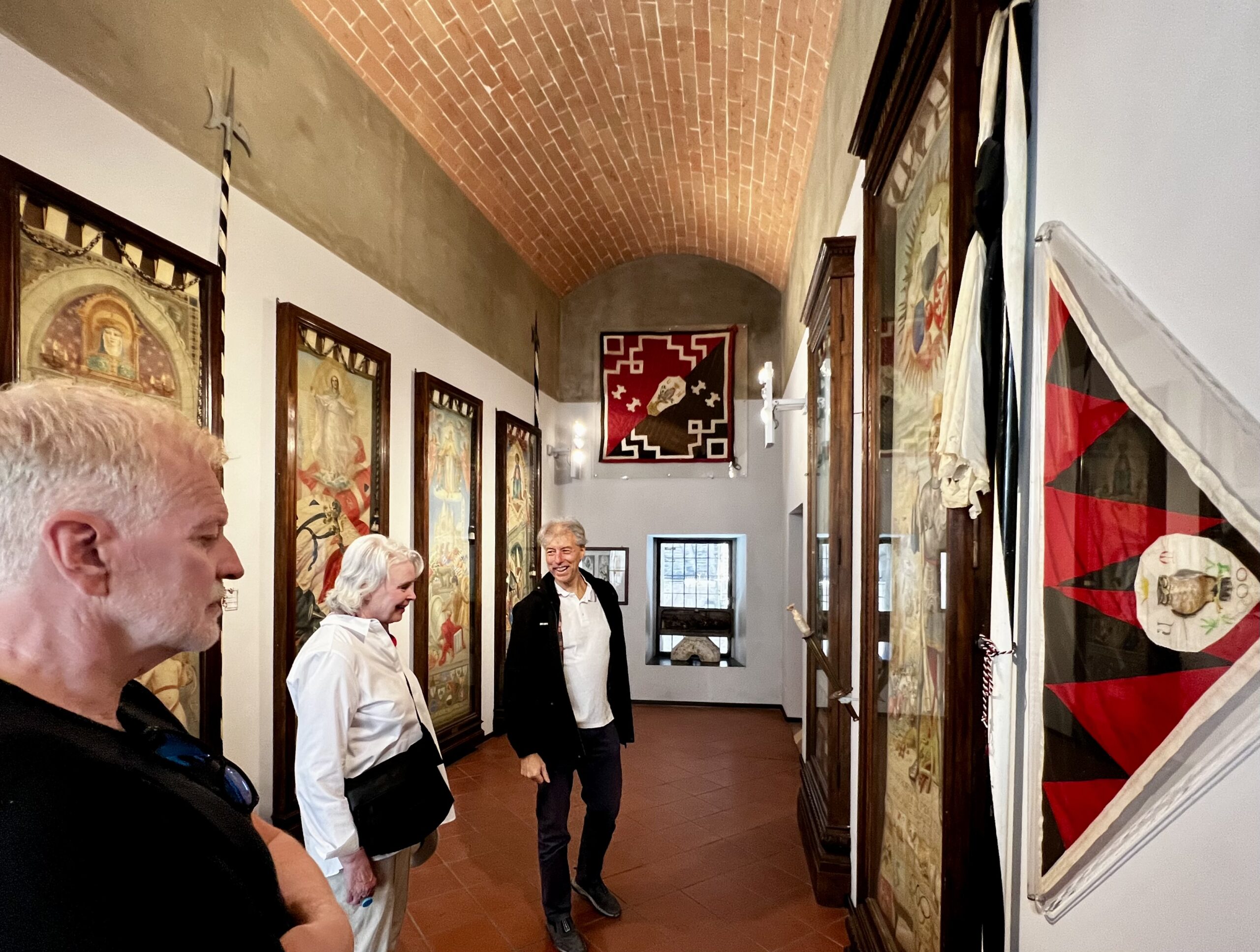

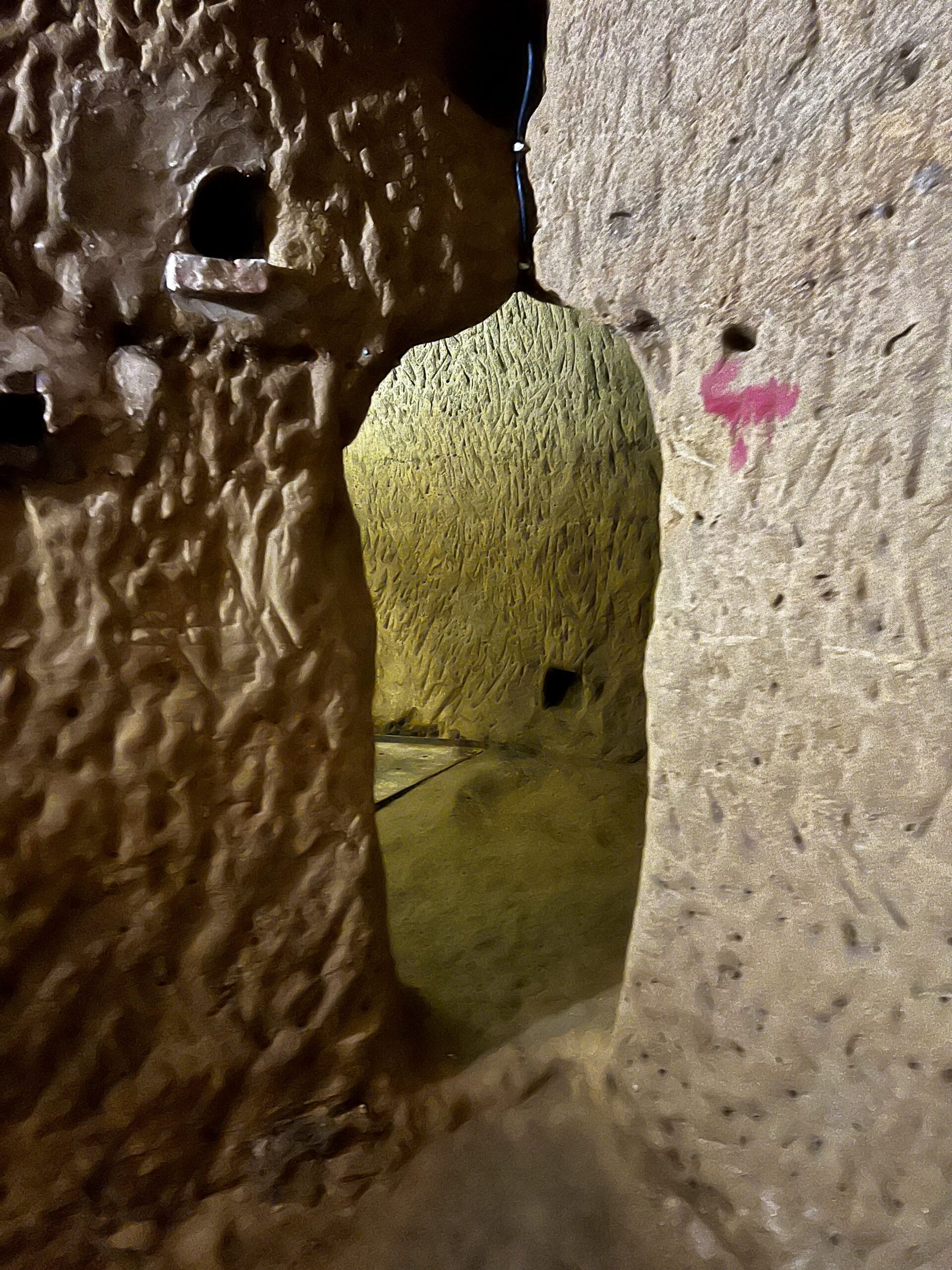
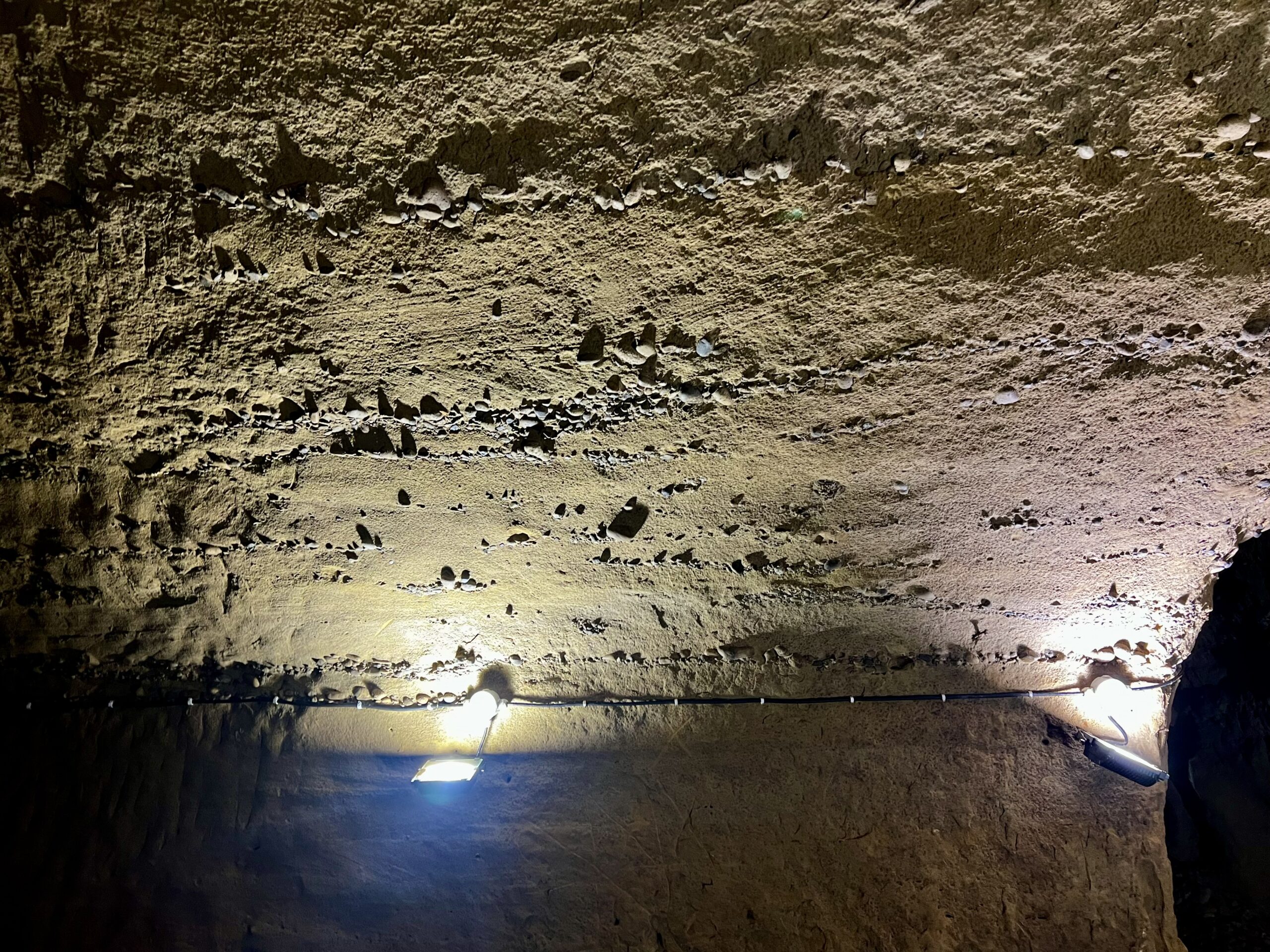
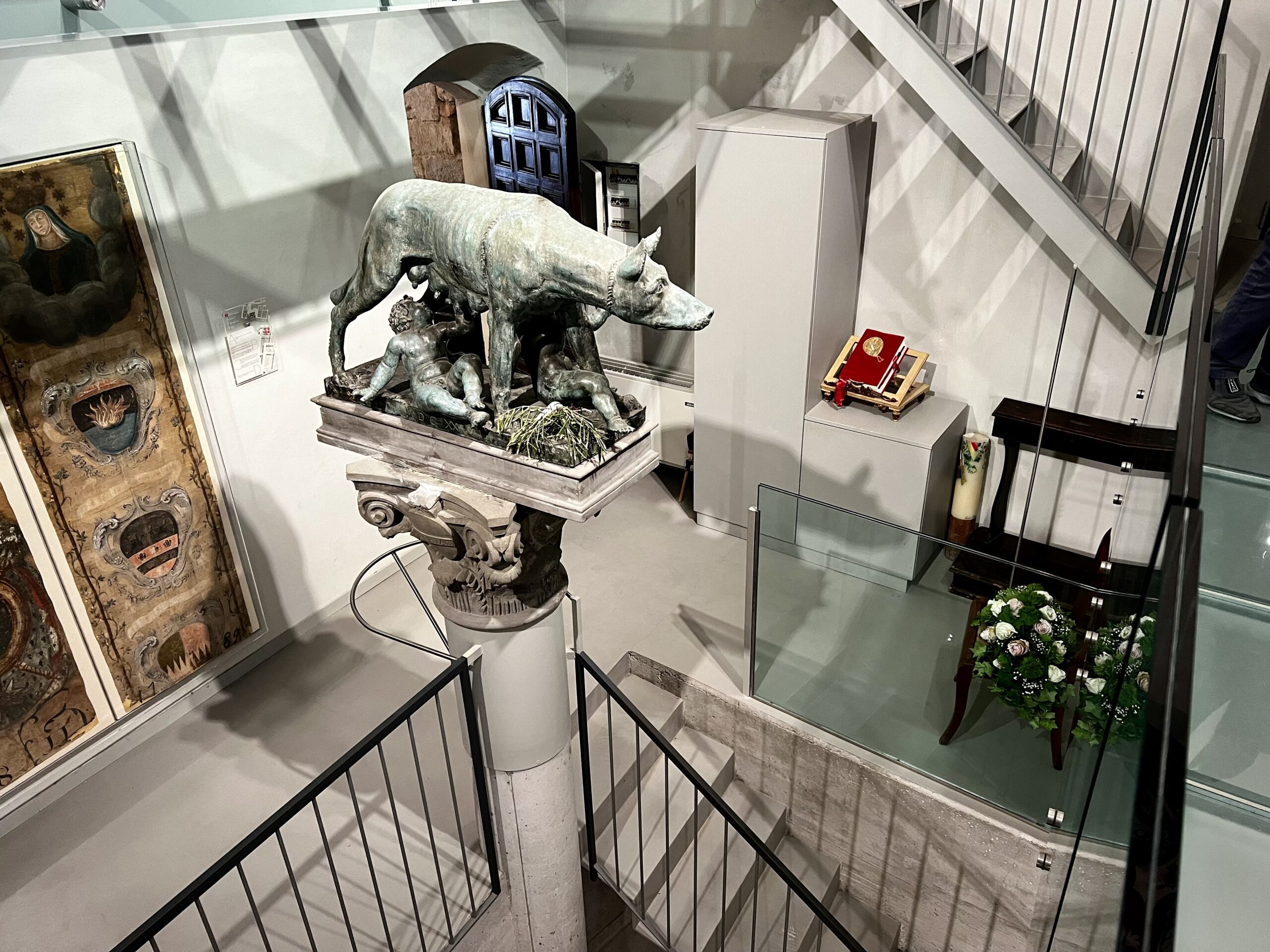
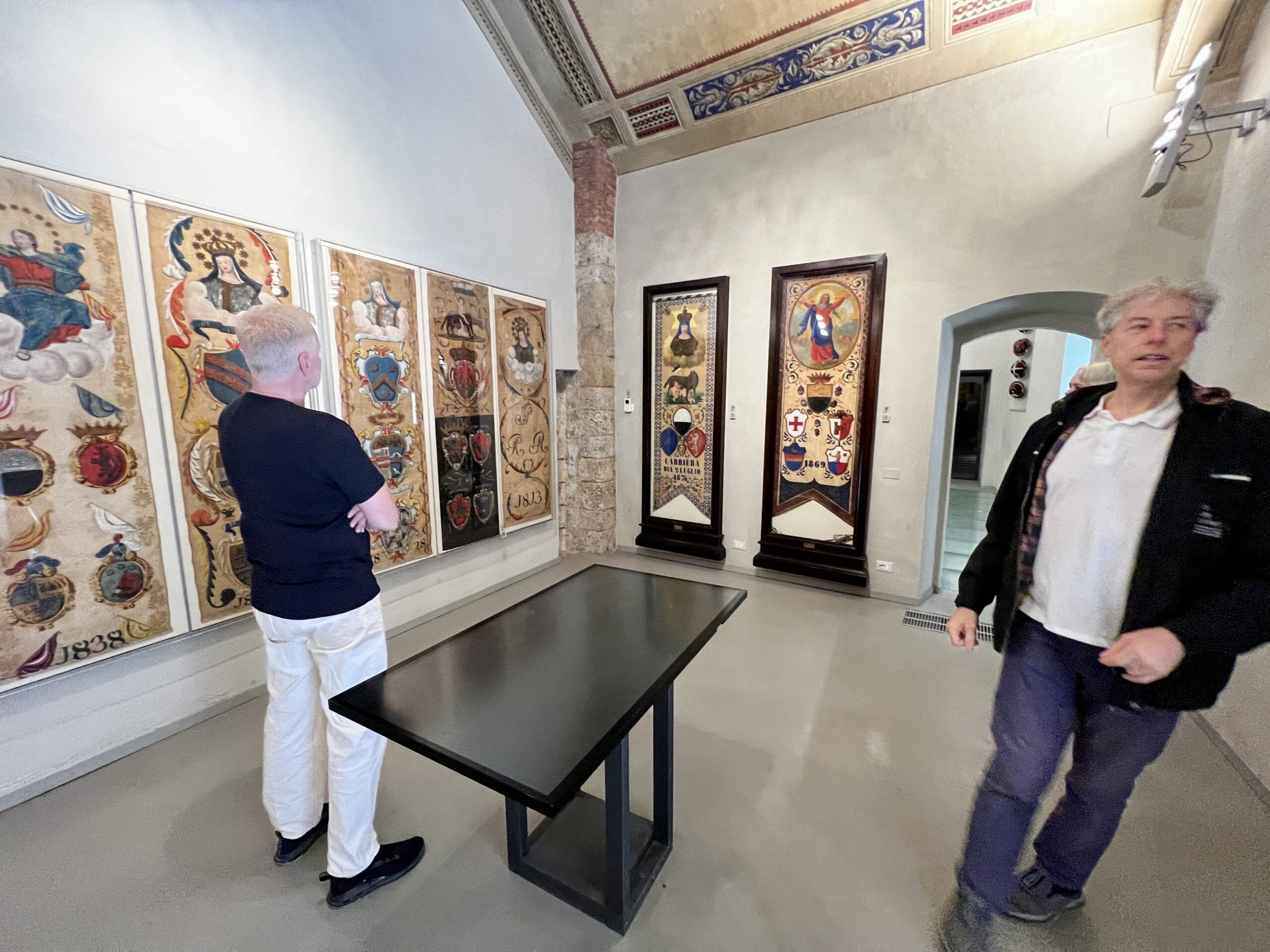
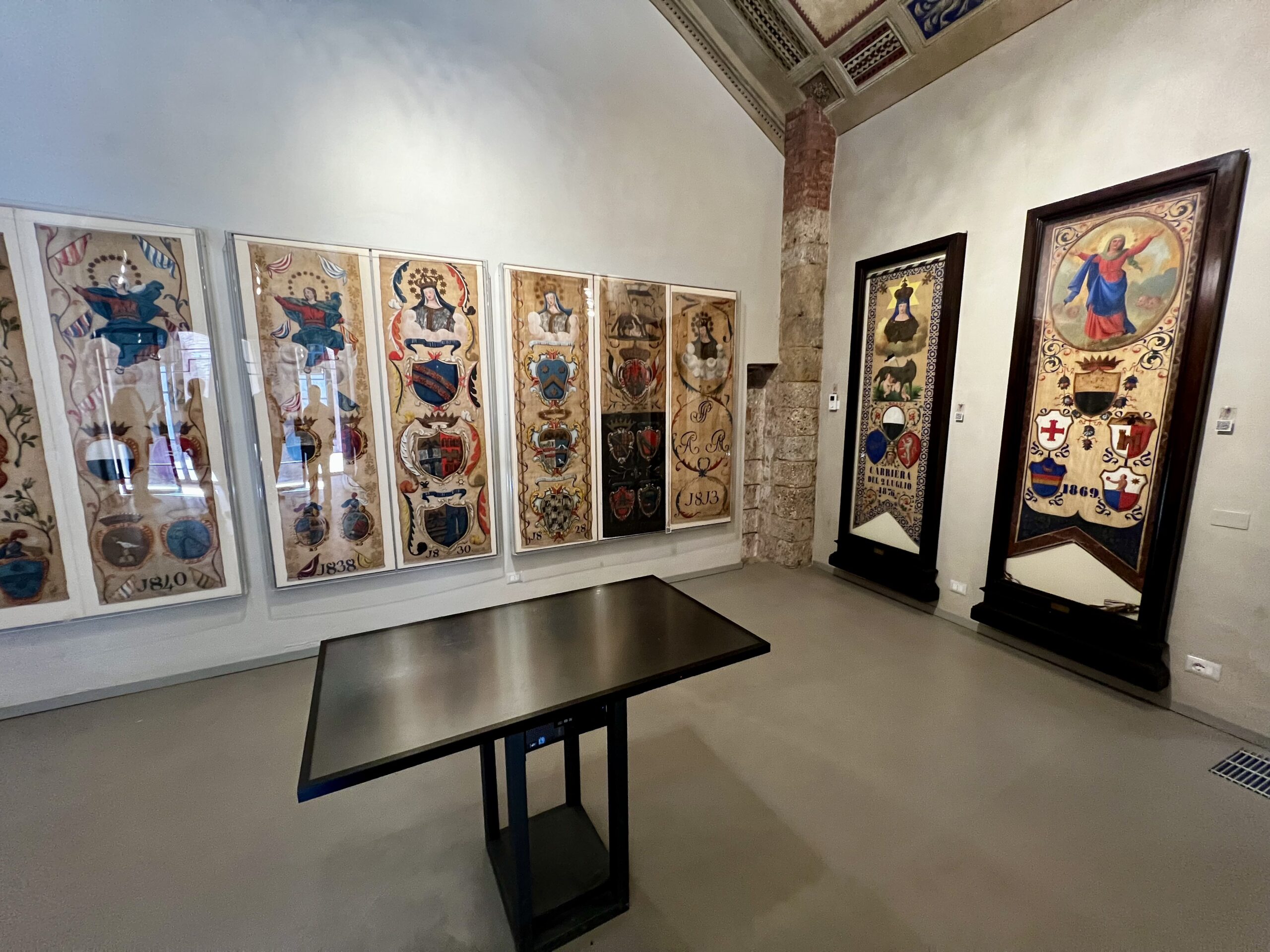
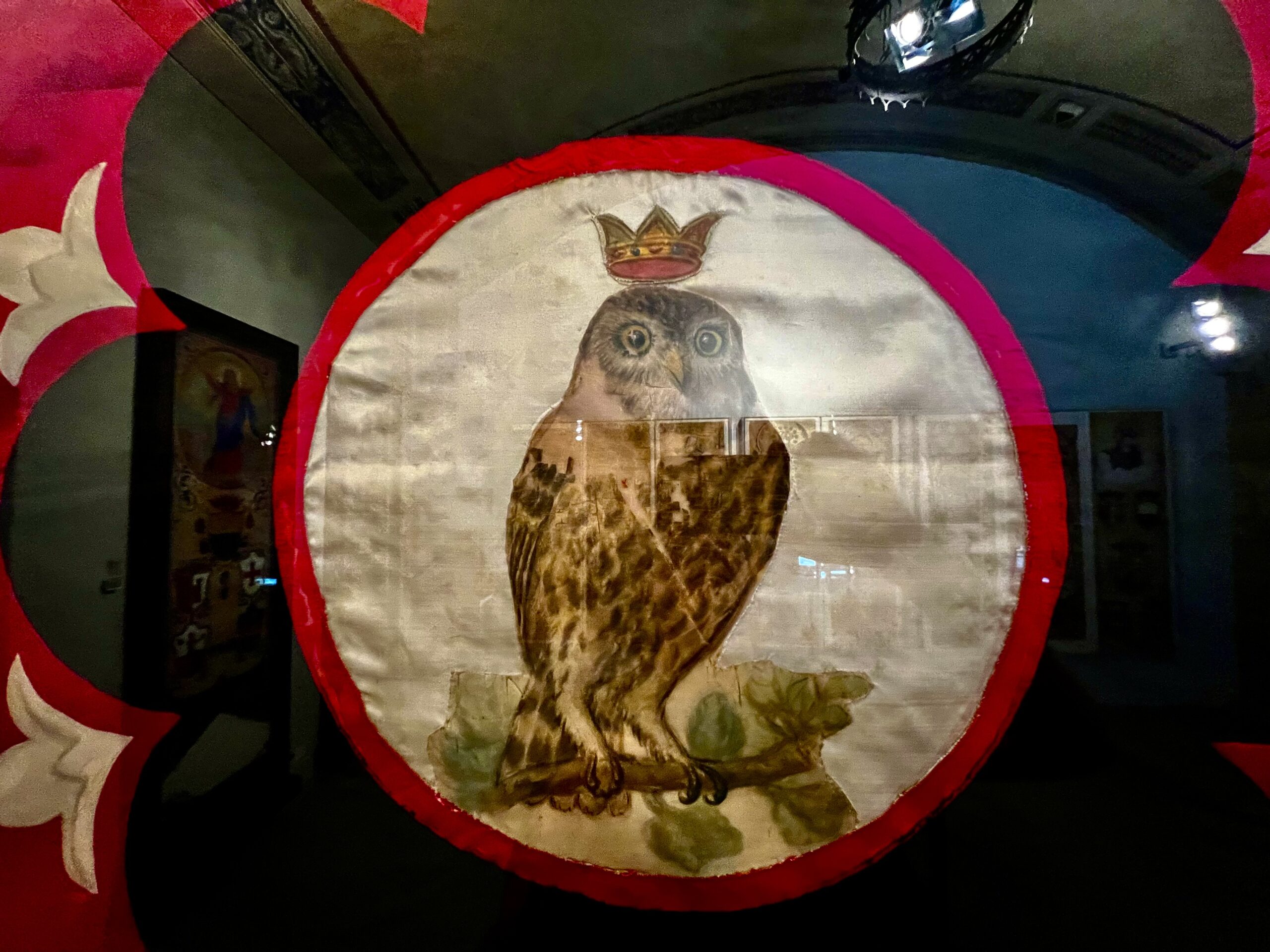
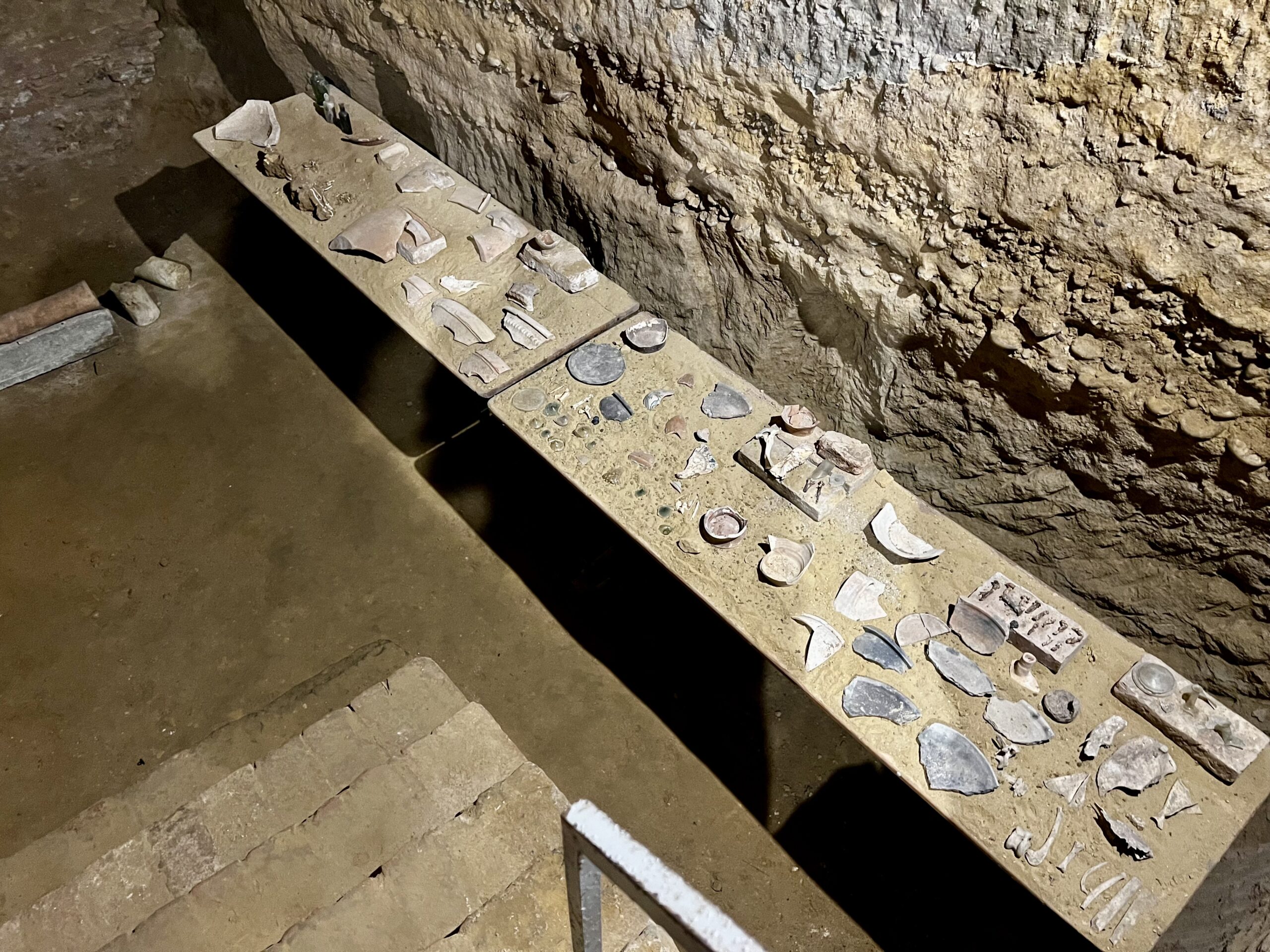
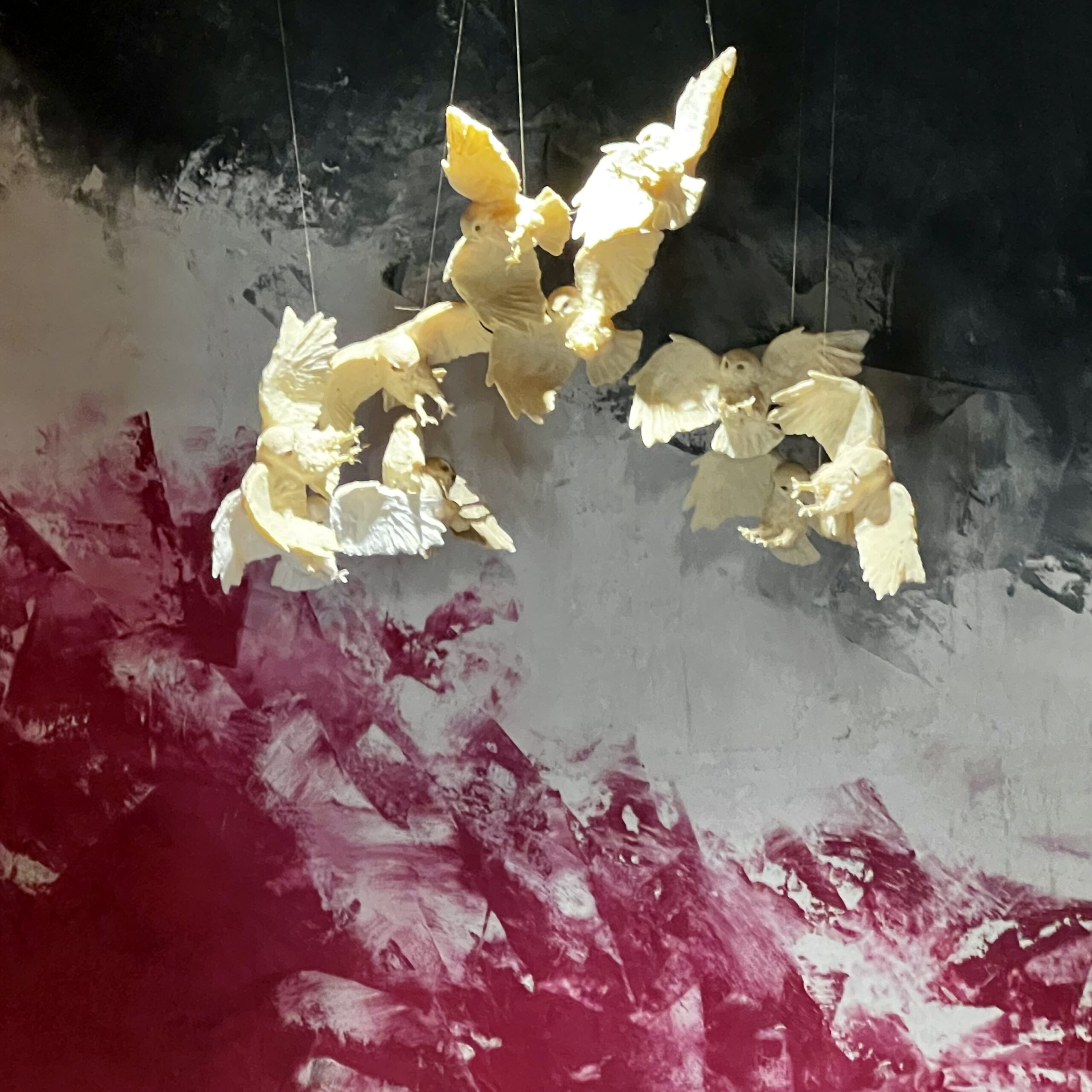

Dinner
Third time.
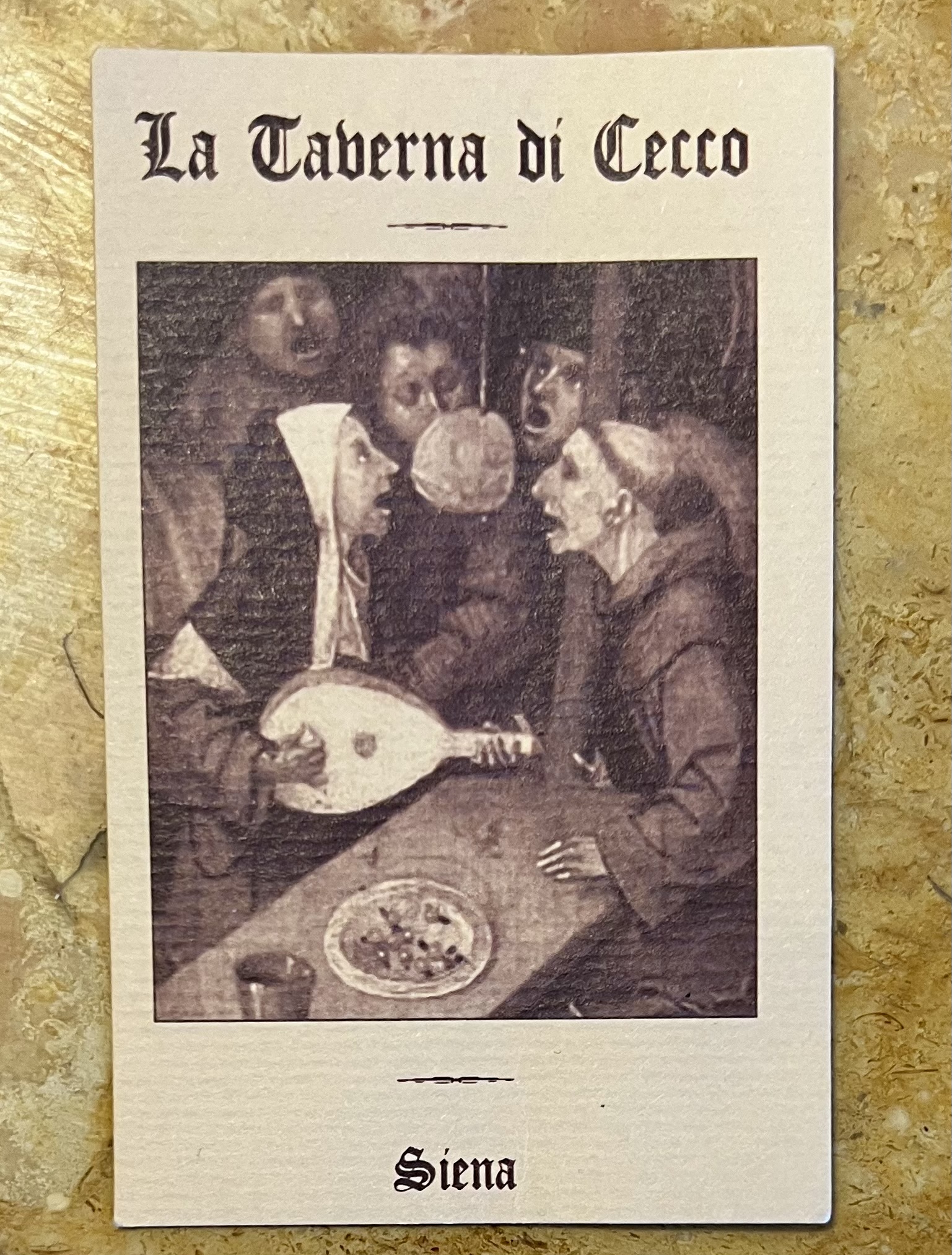
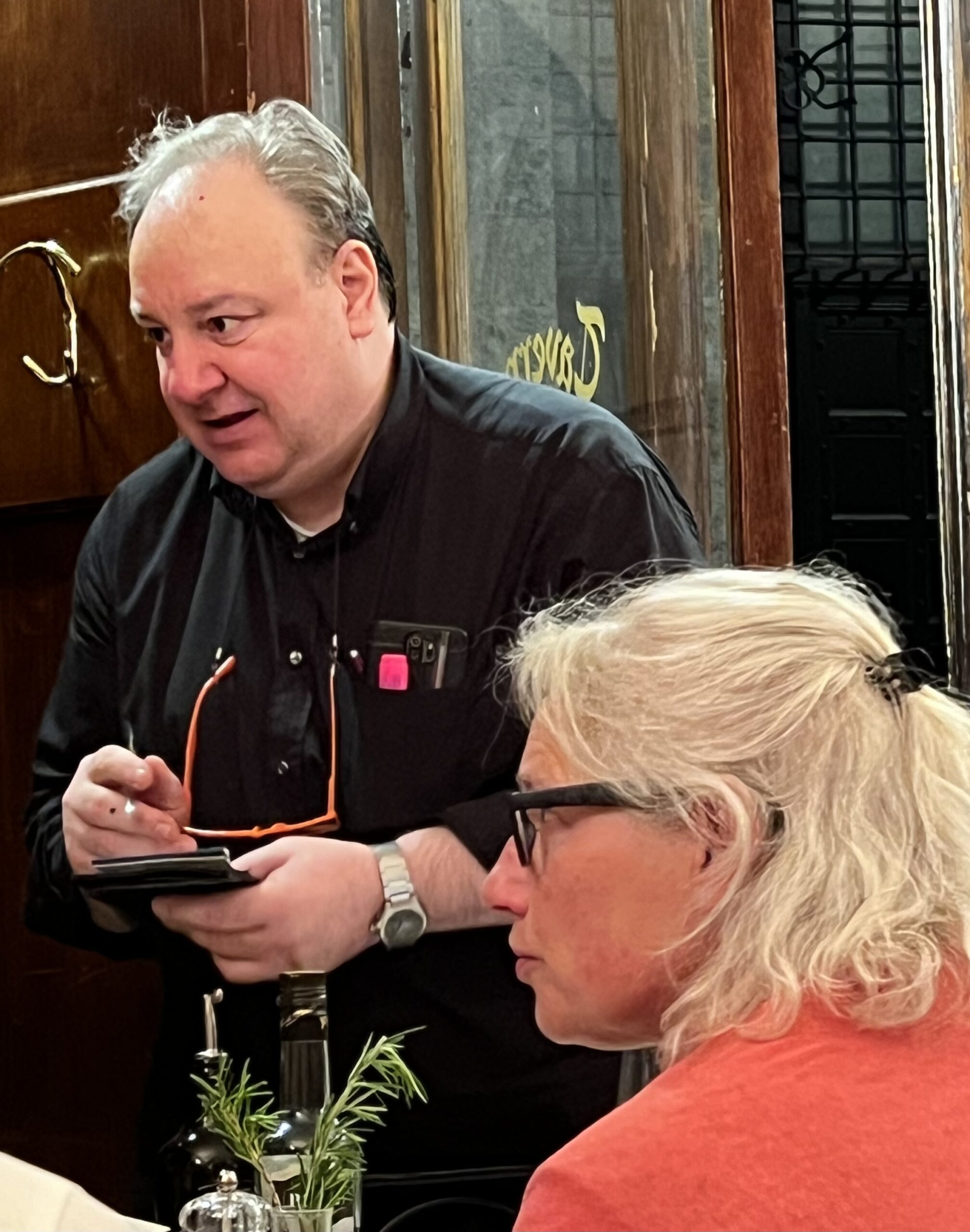
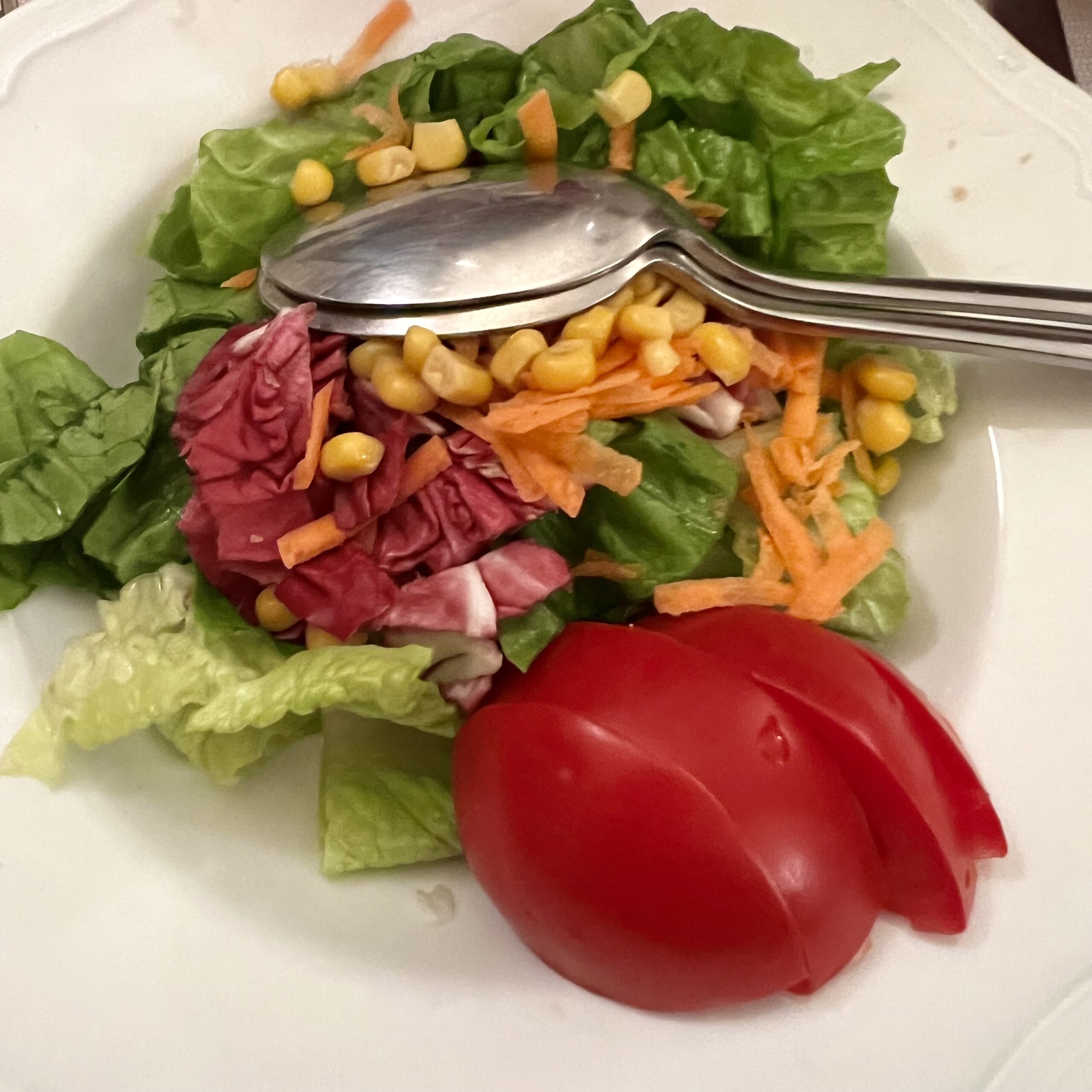
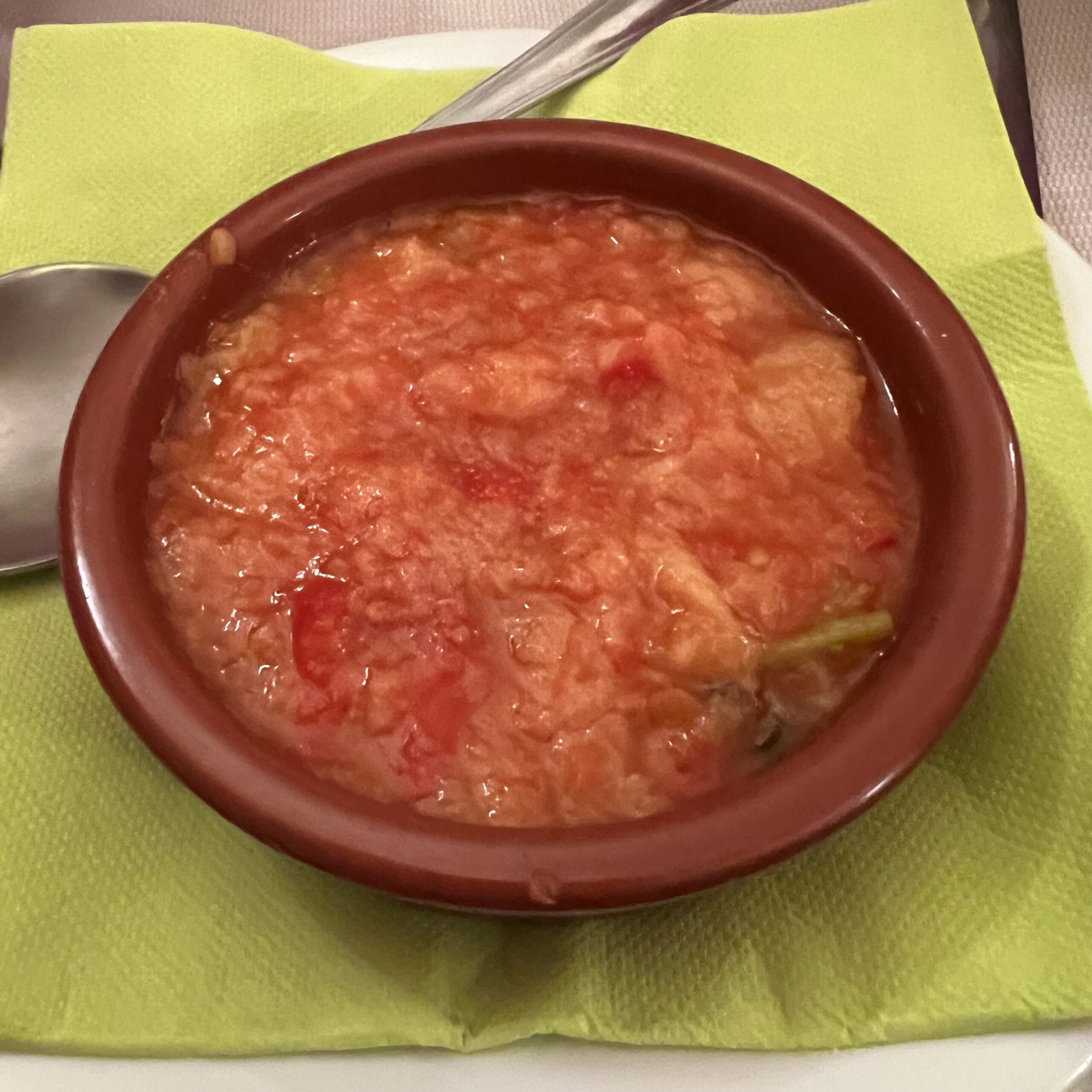
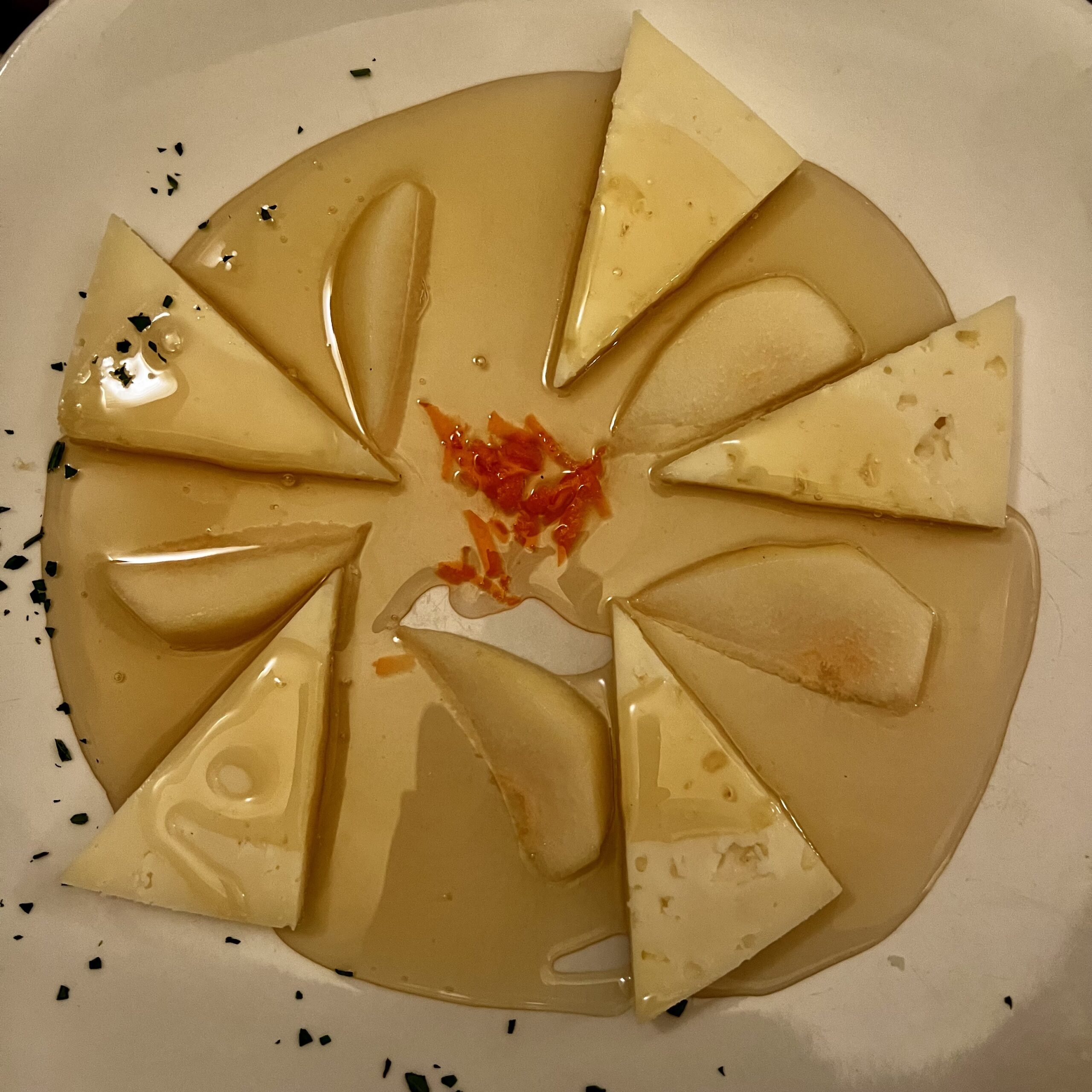
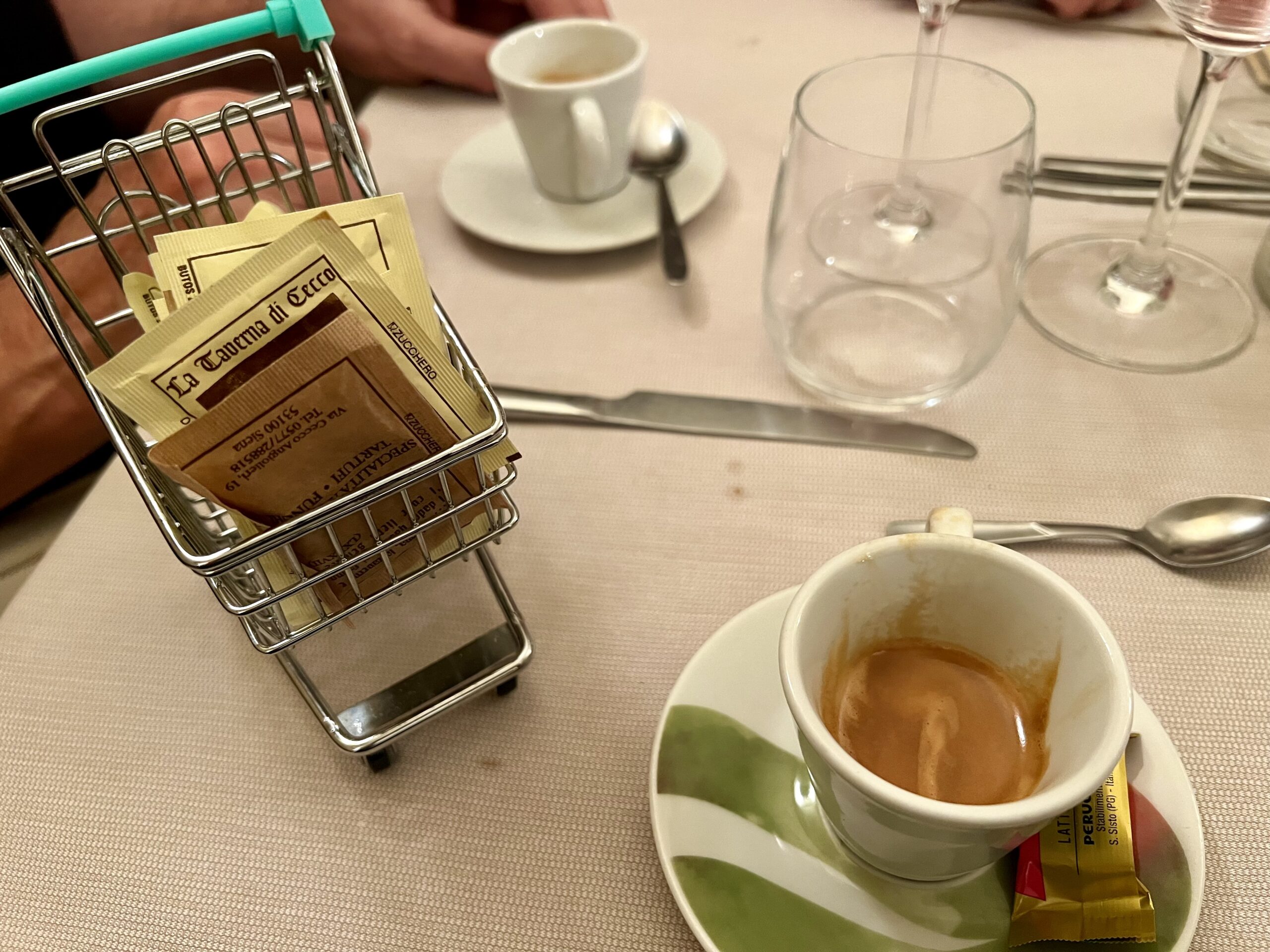
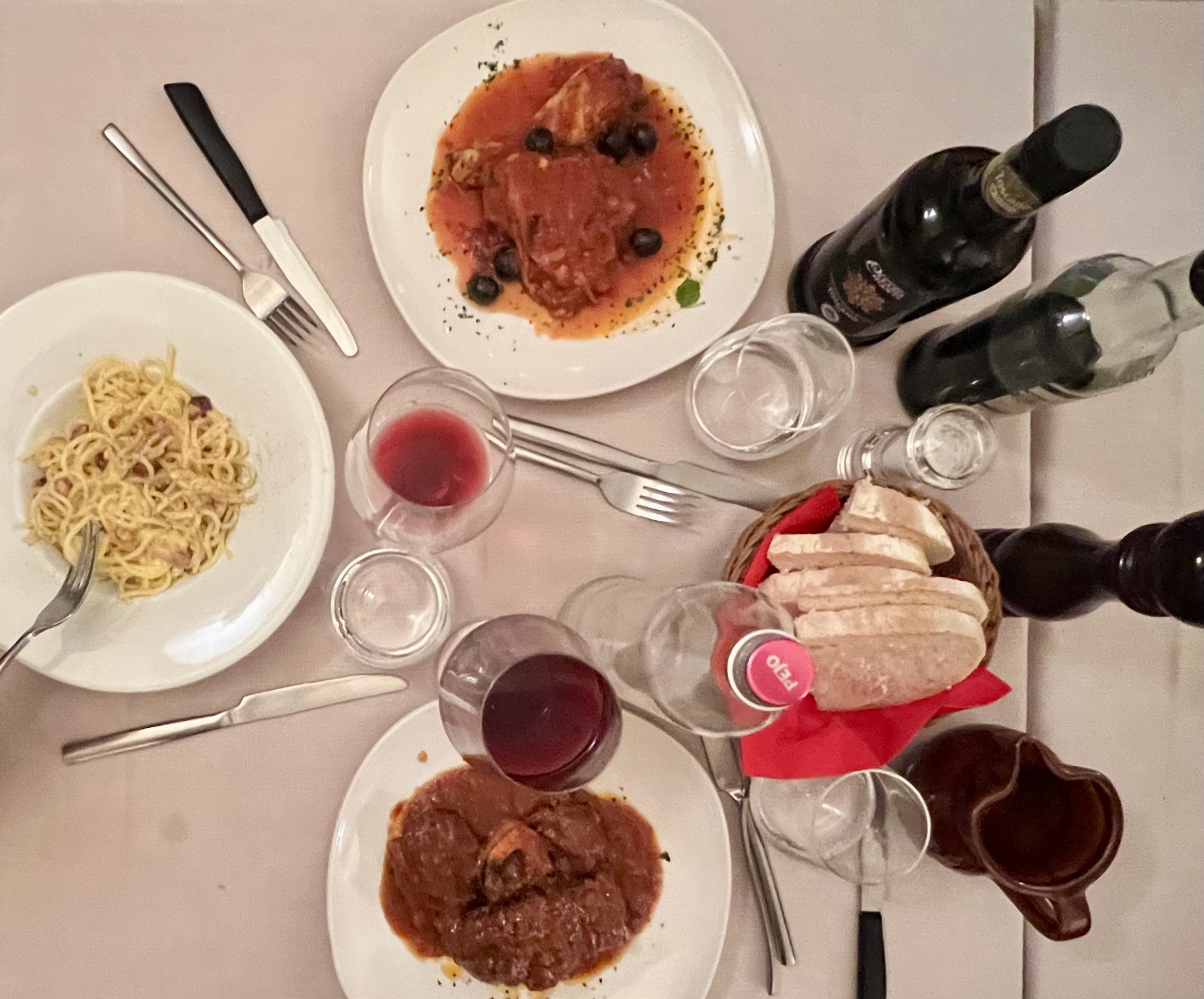
Next Day—Chianti
Another drive into the countryside. Amazing views of Chianti without rain this time!
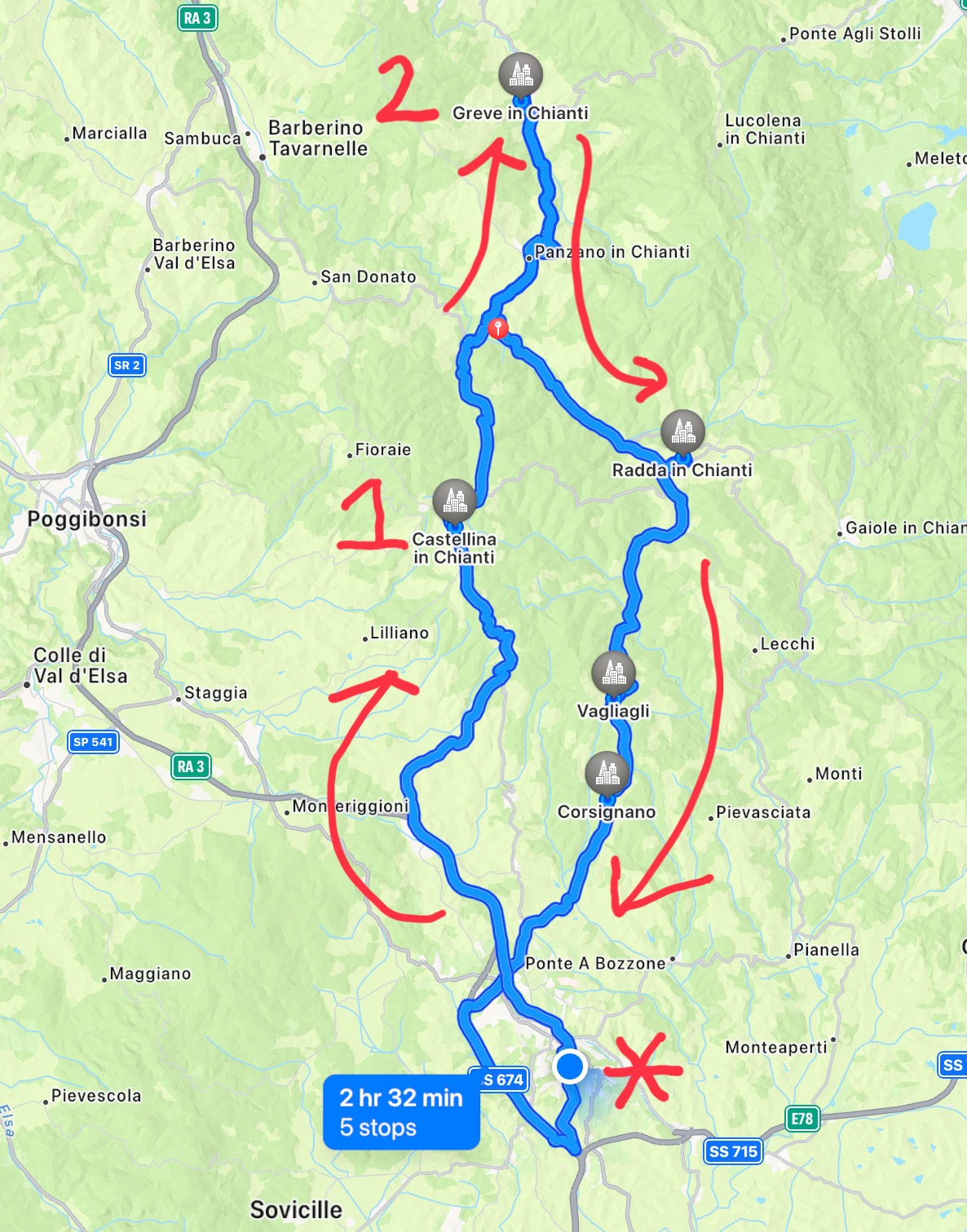
Castellina in Chianti
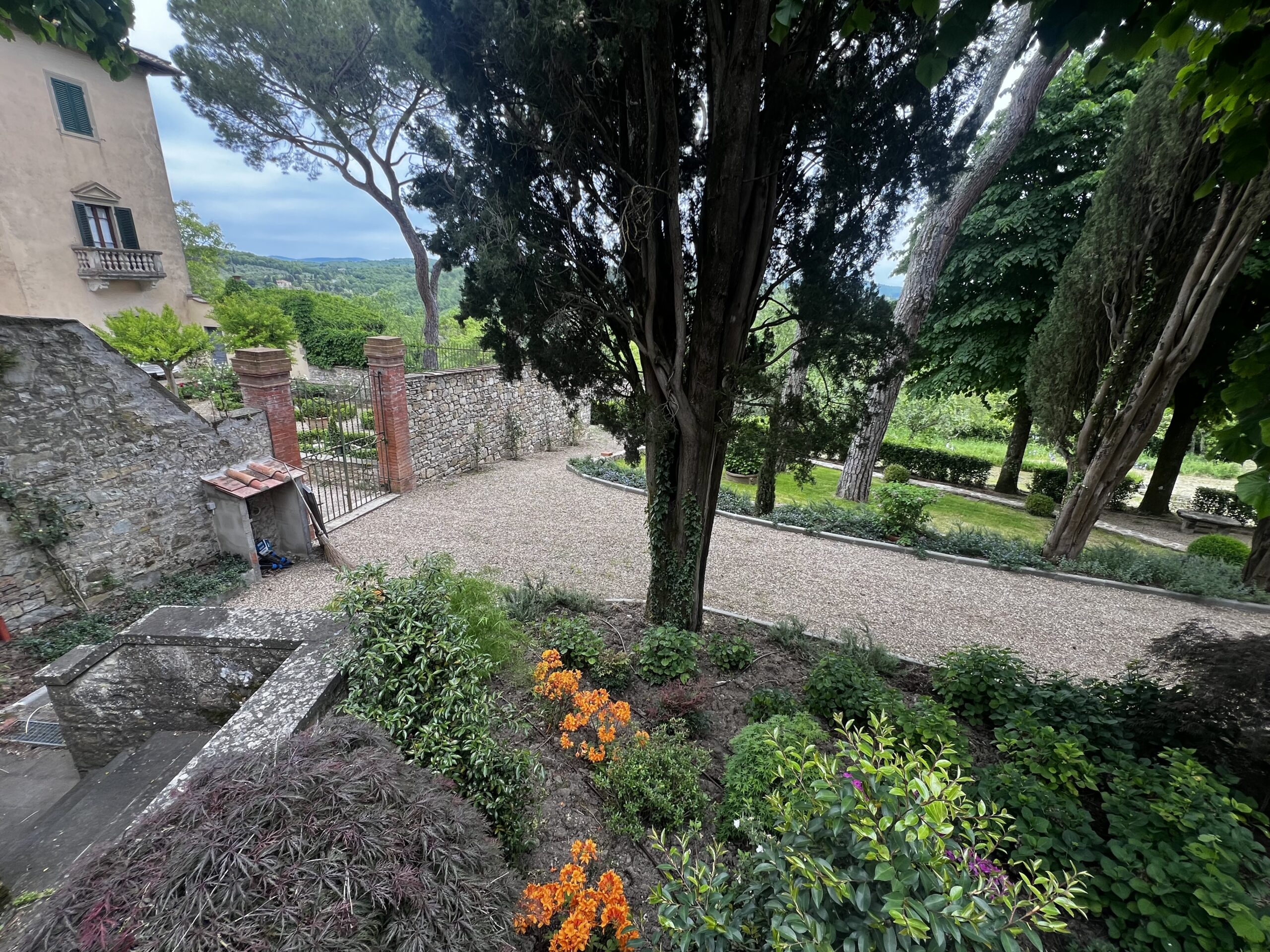
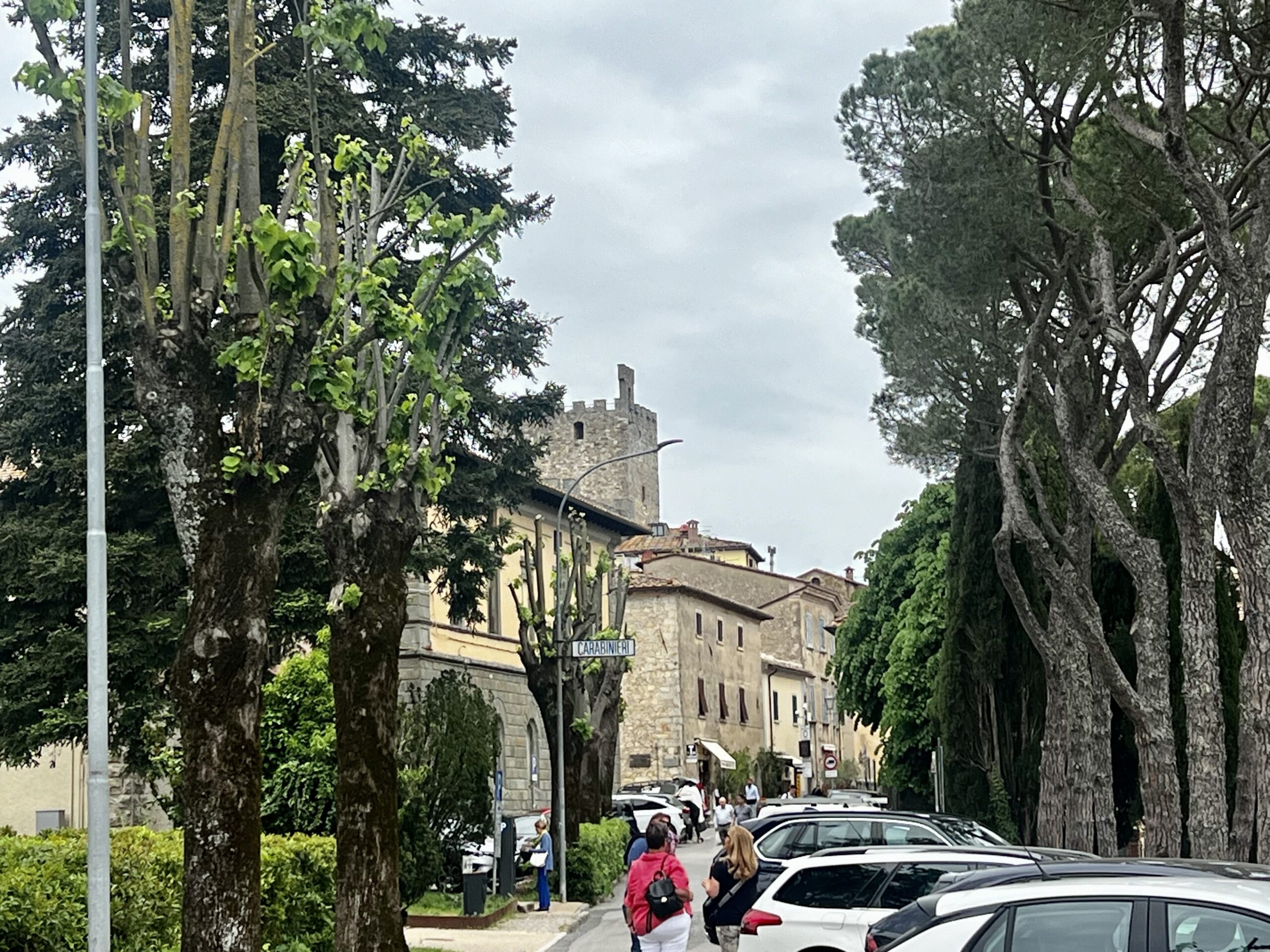
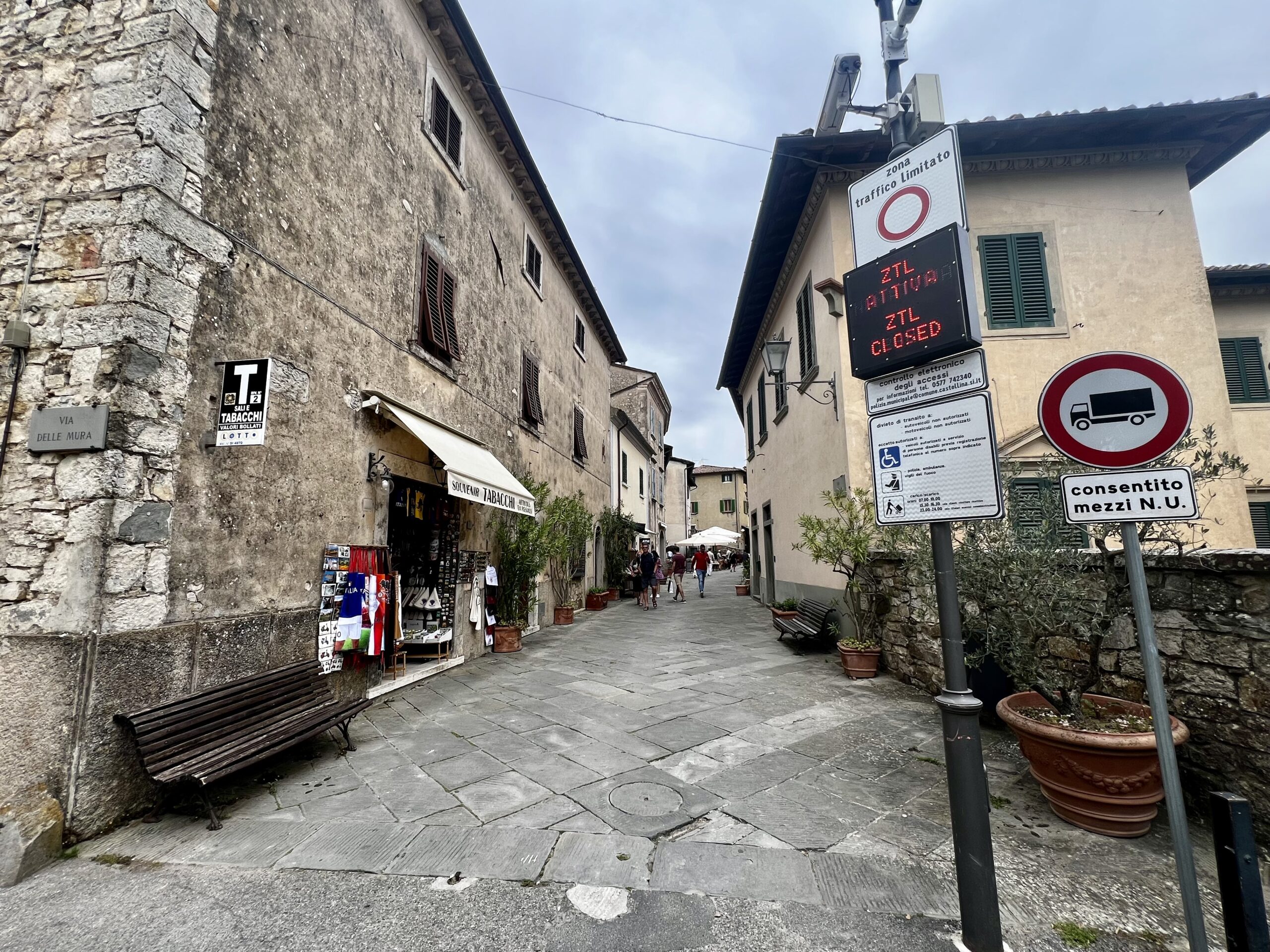
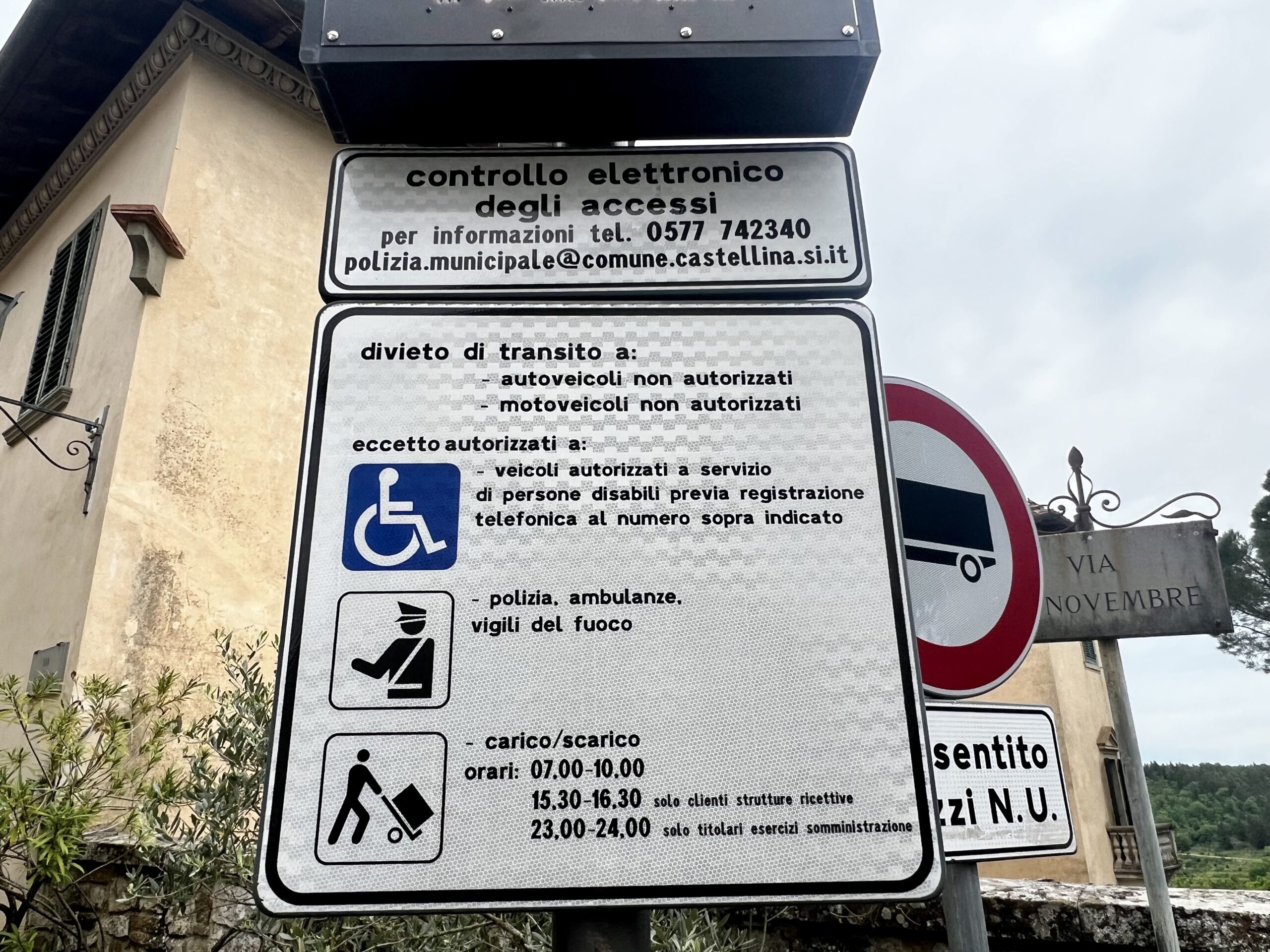
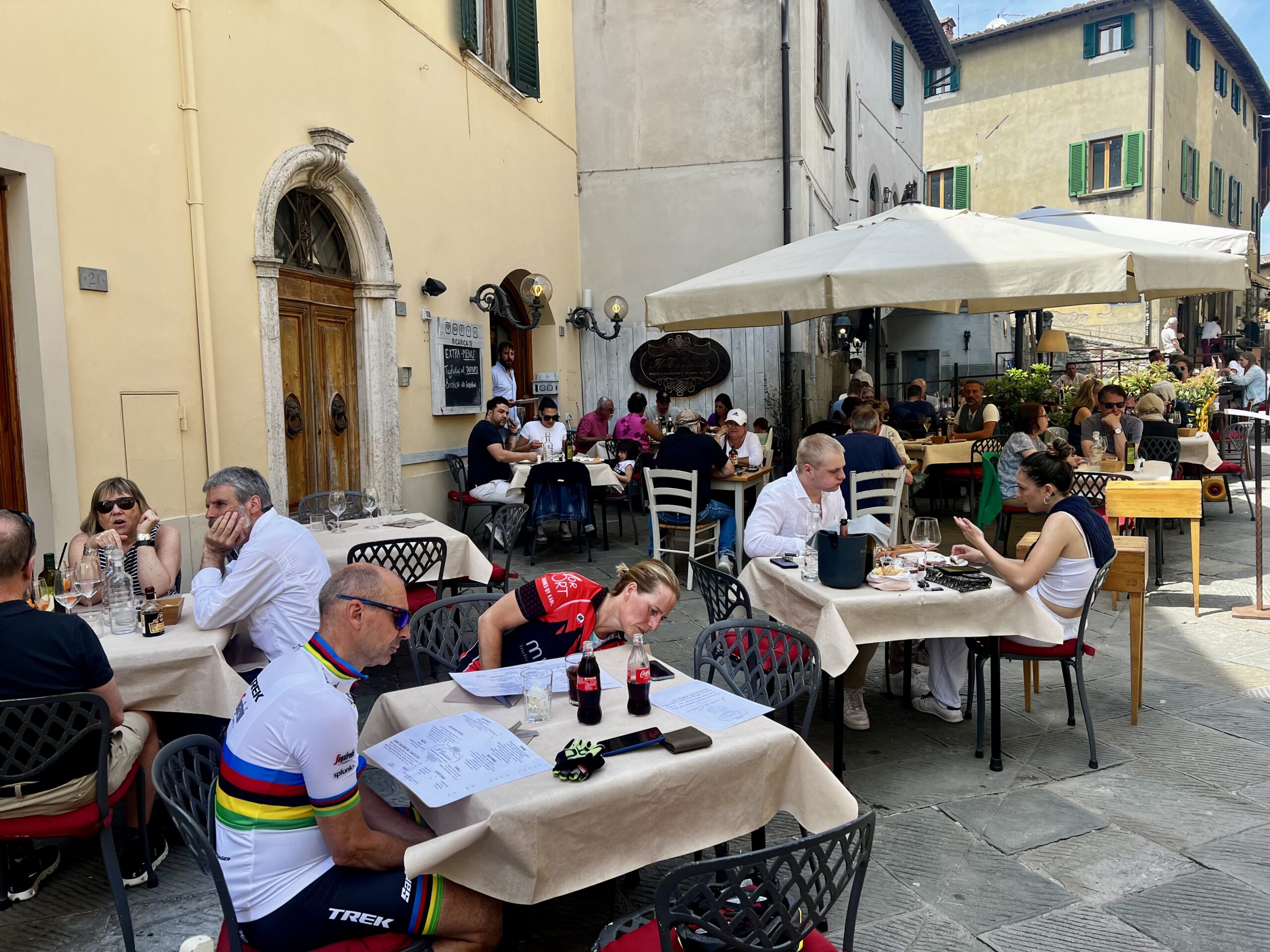
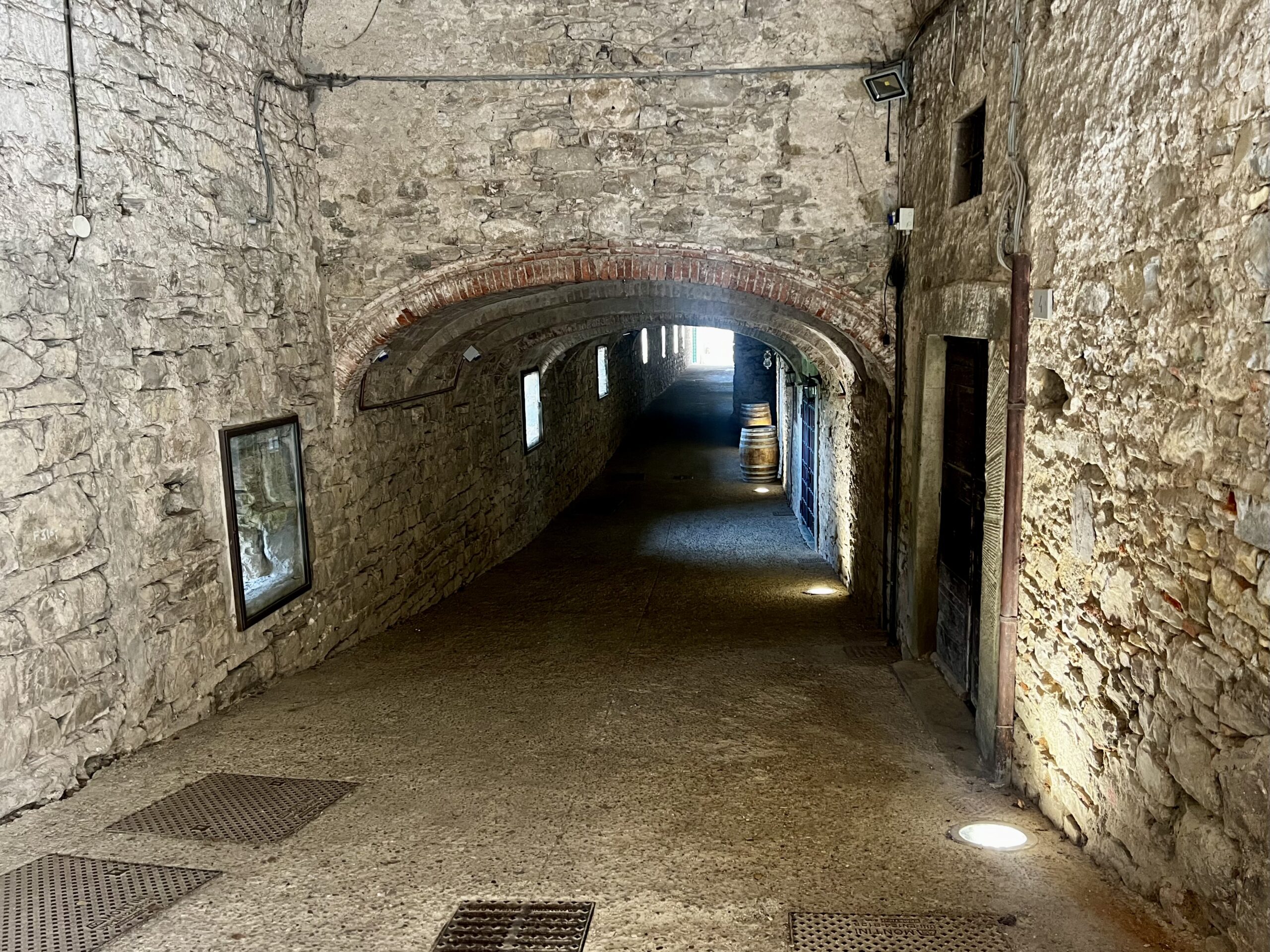


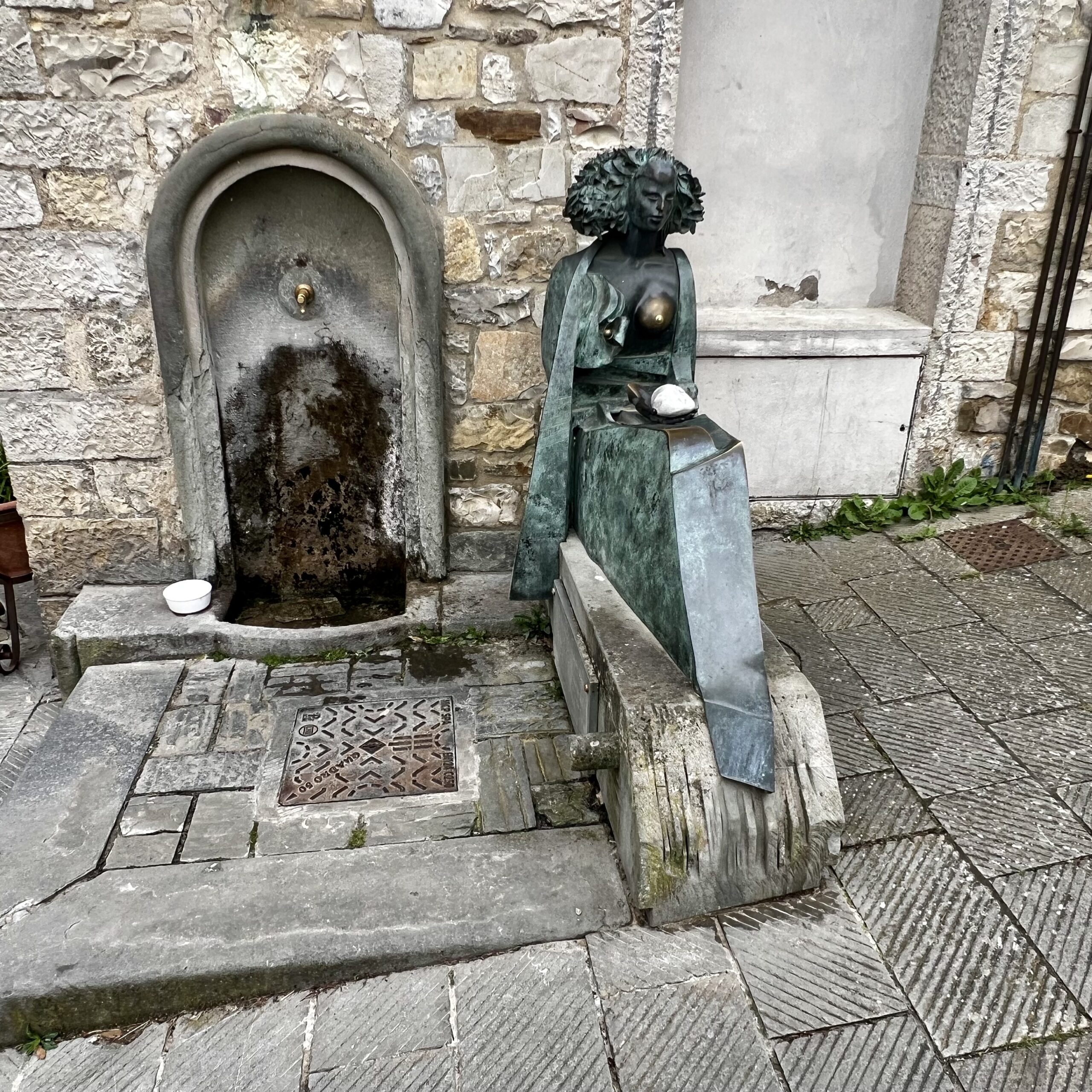
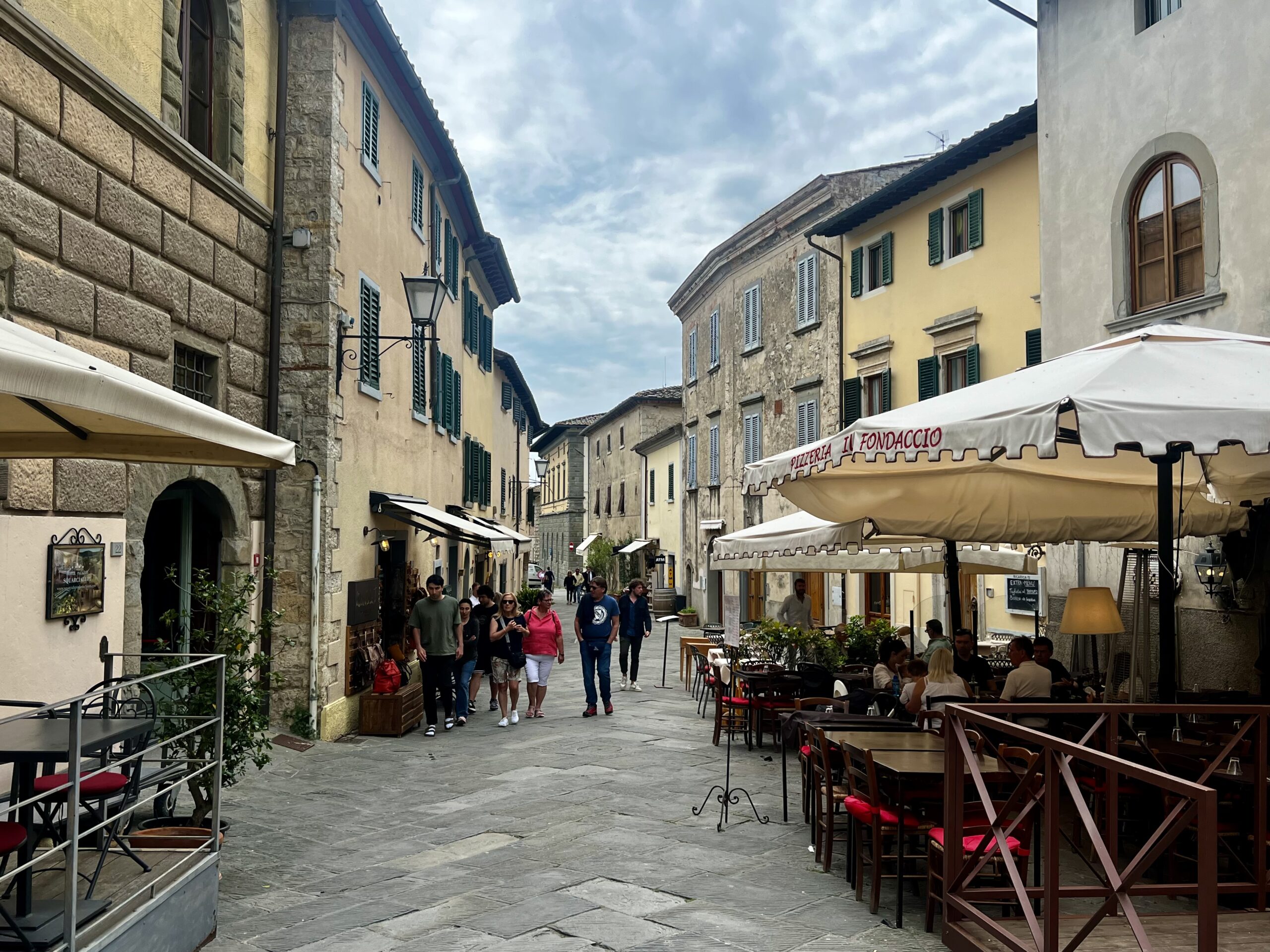
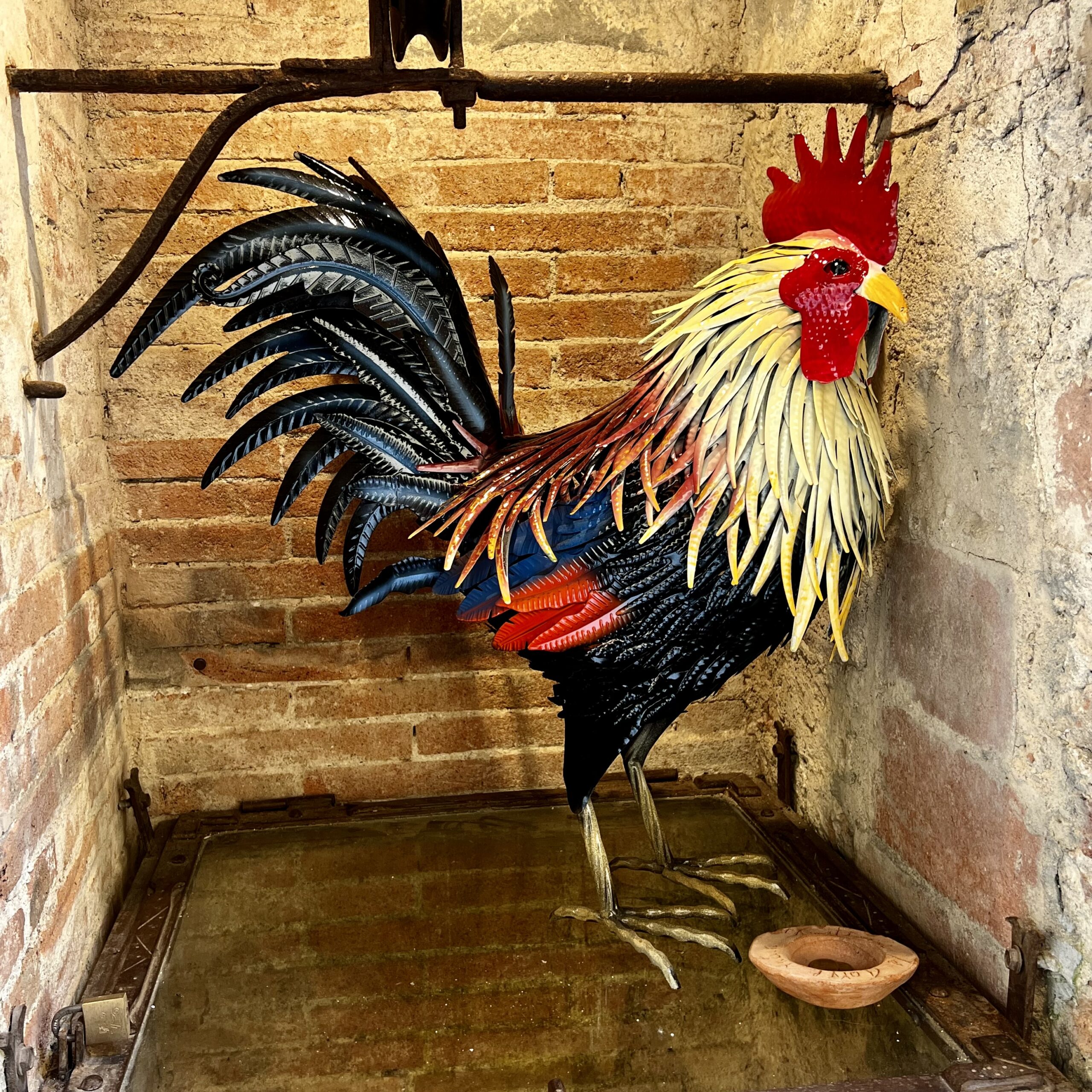
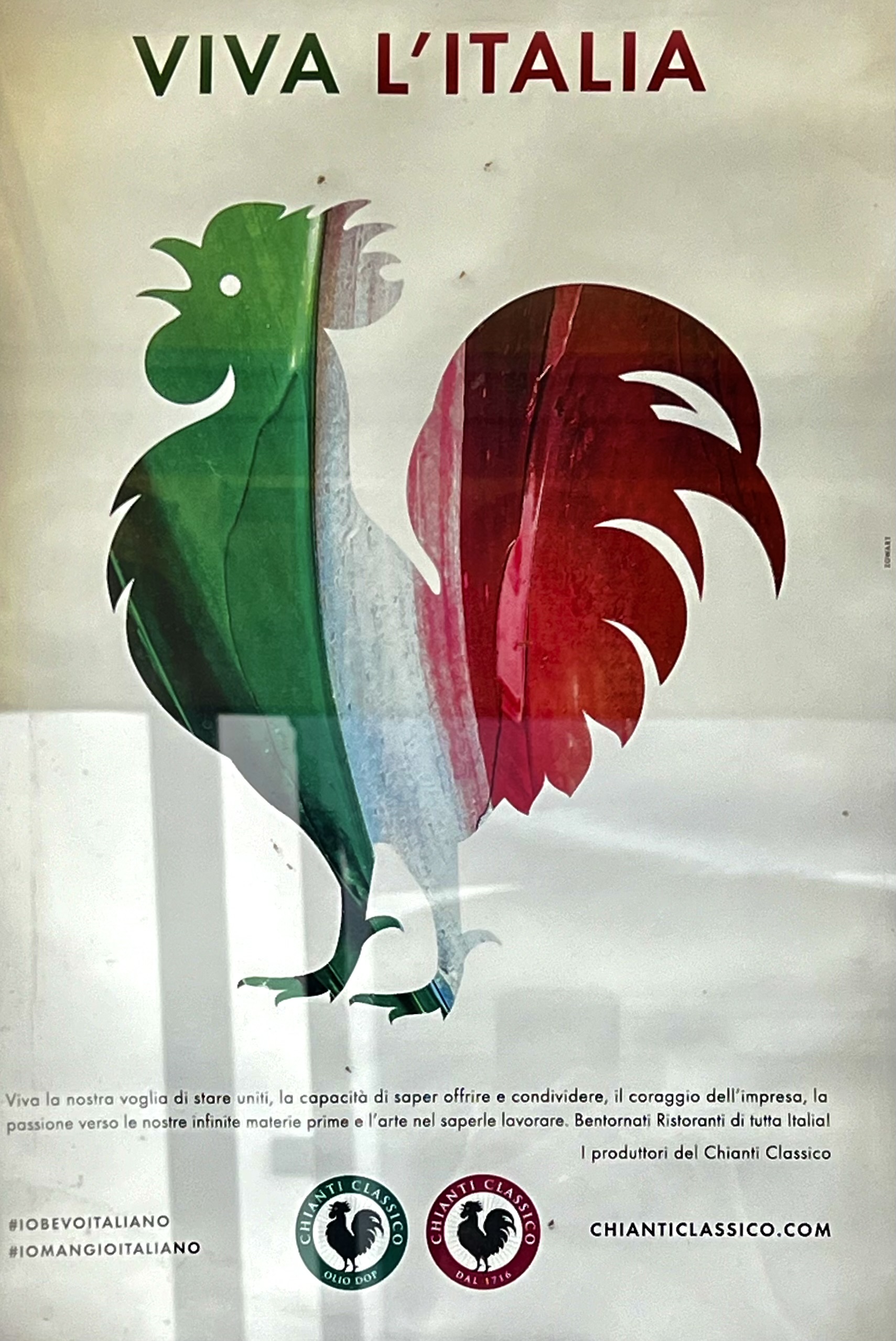
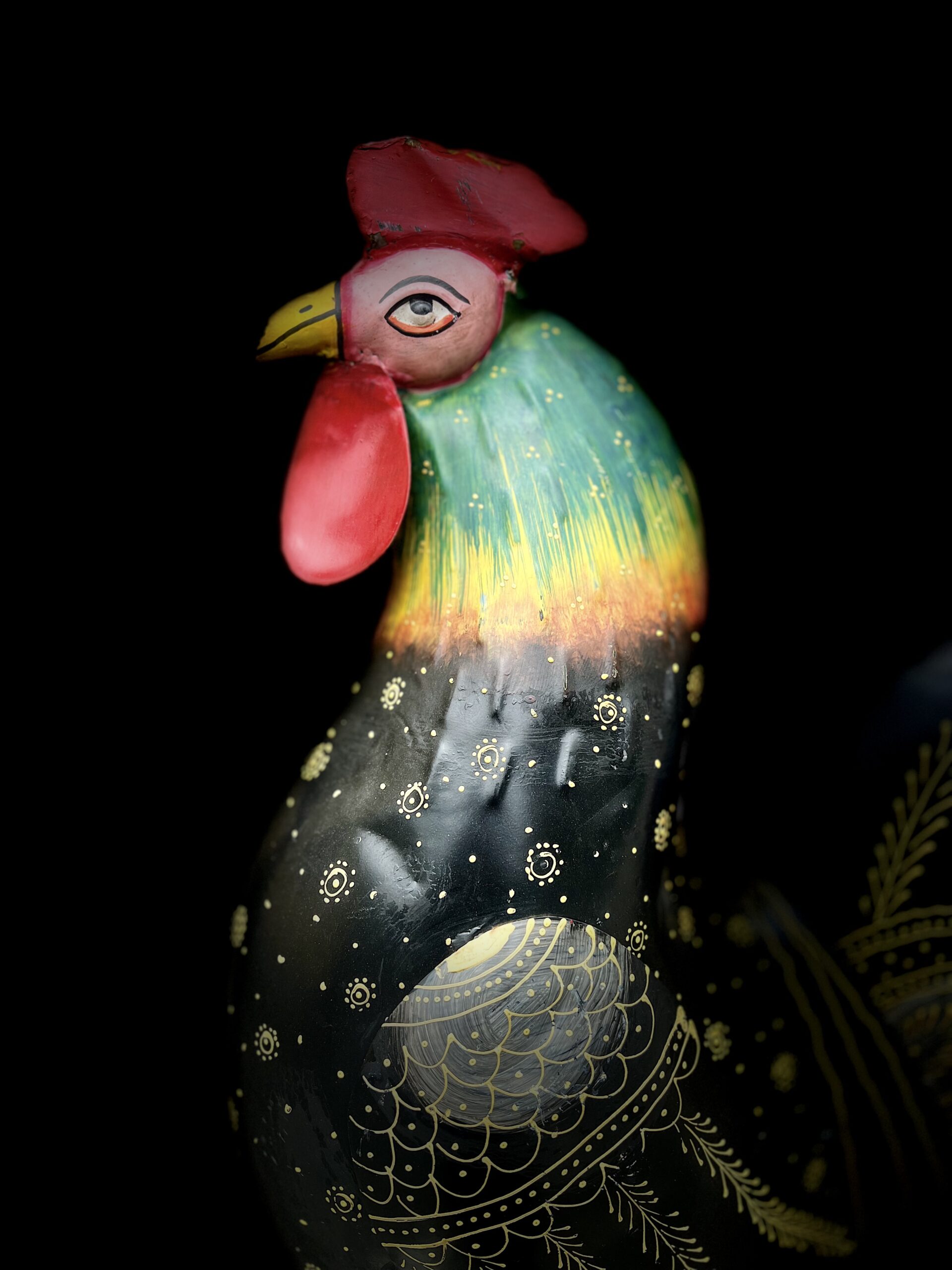
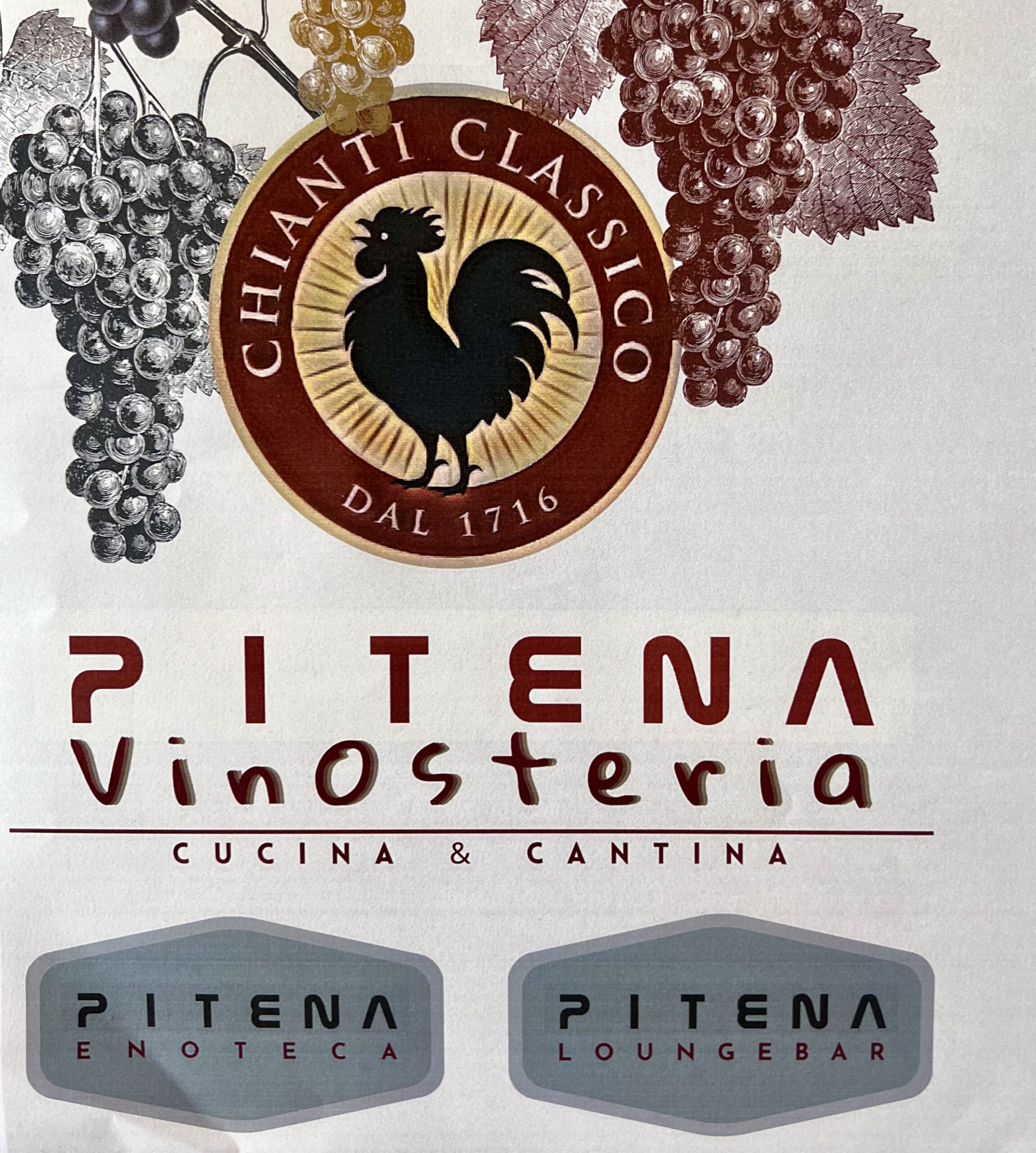
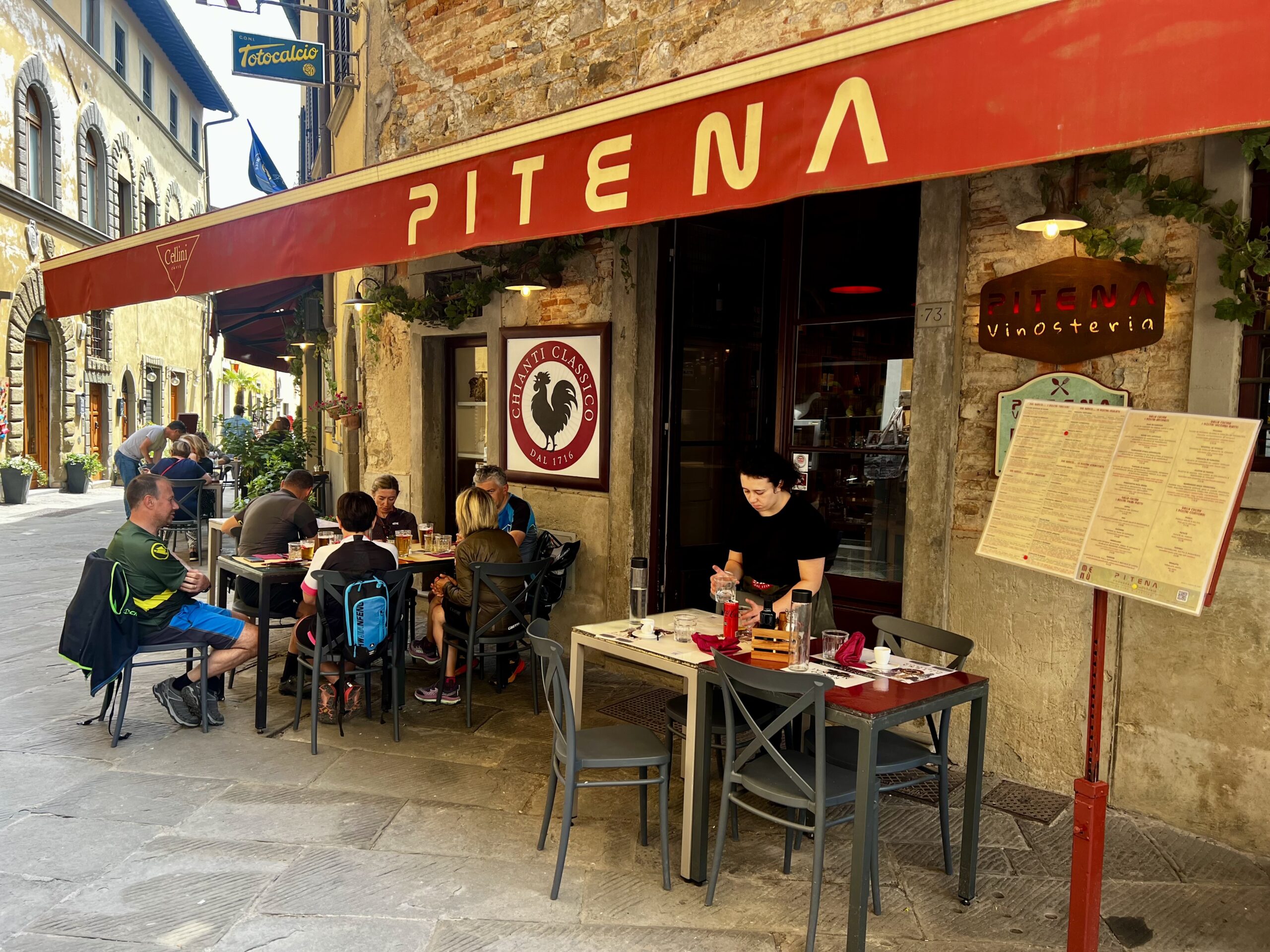
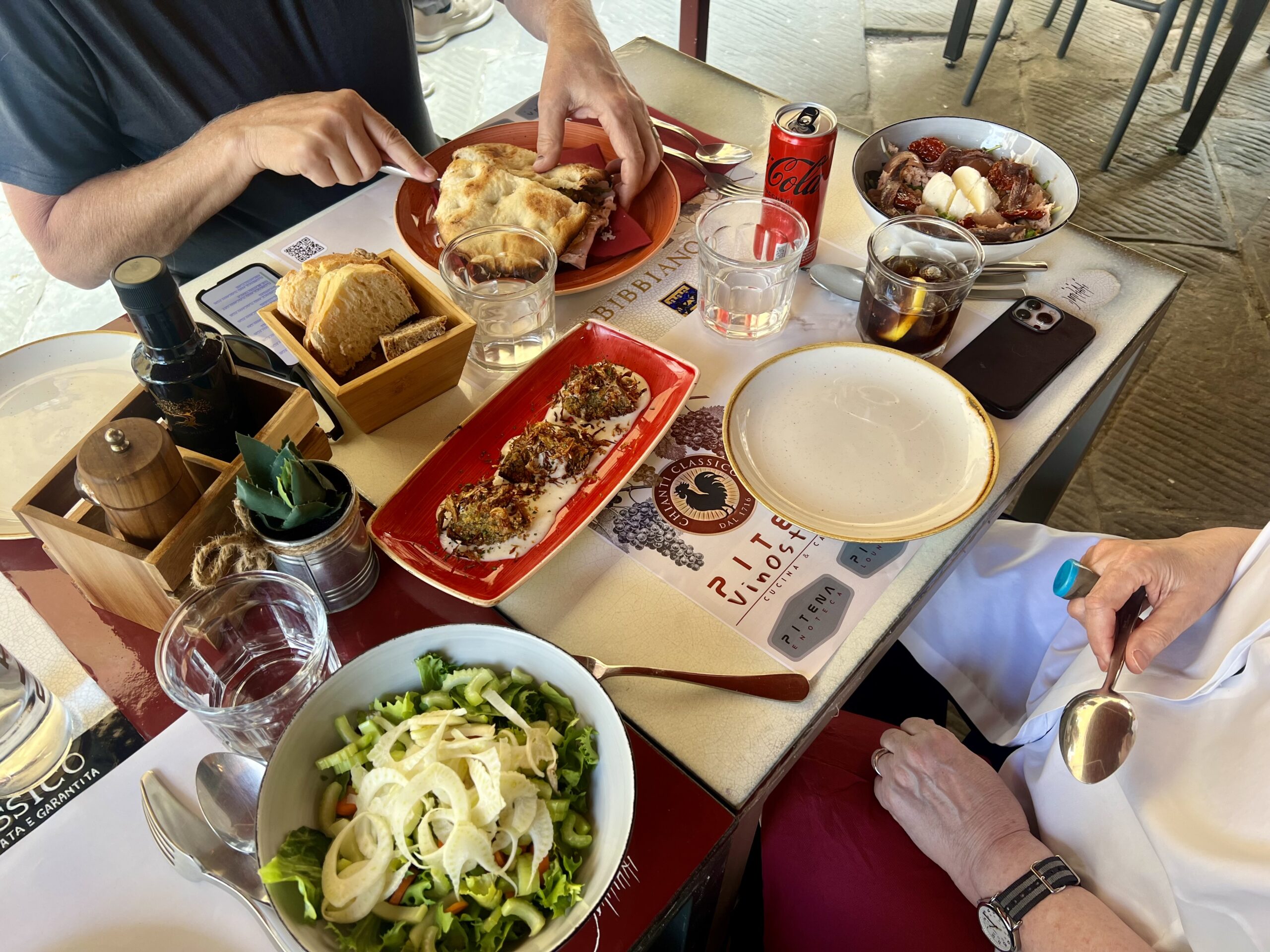
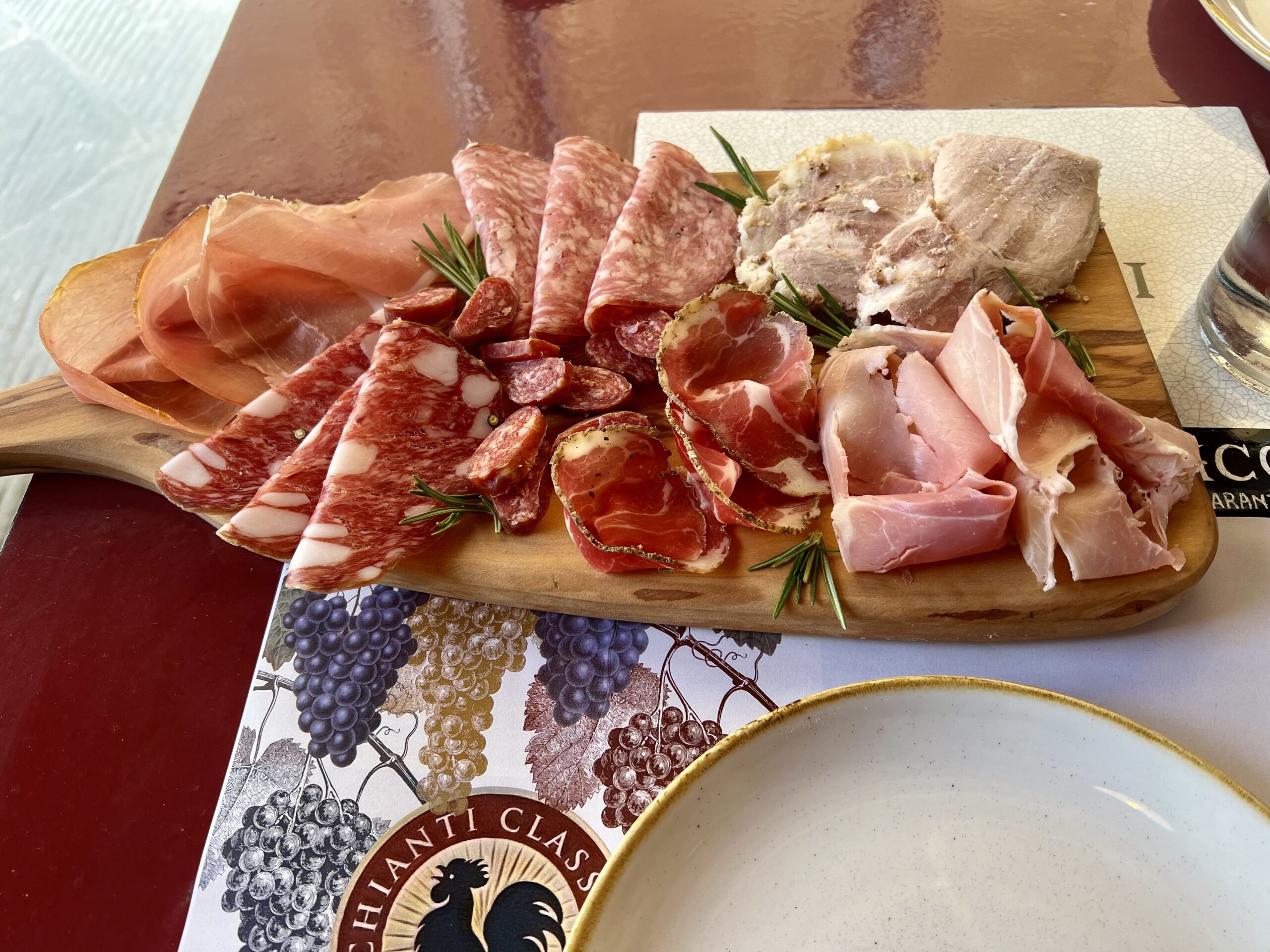
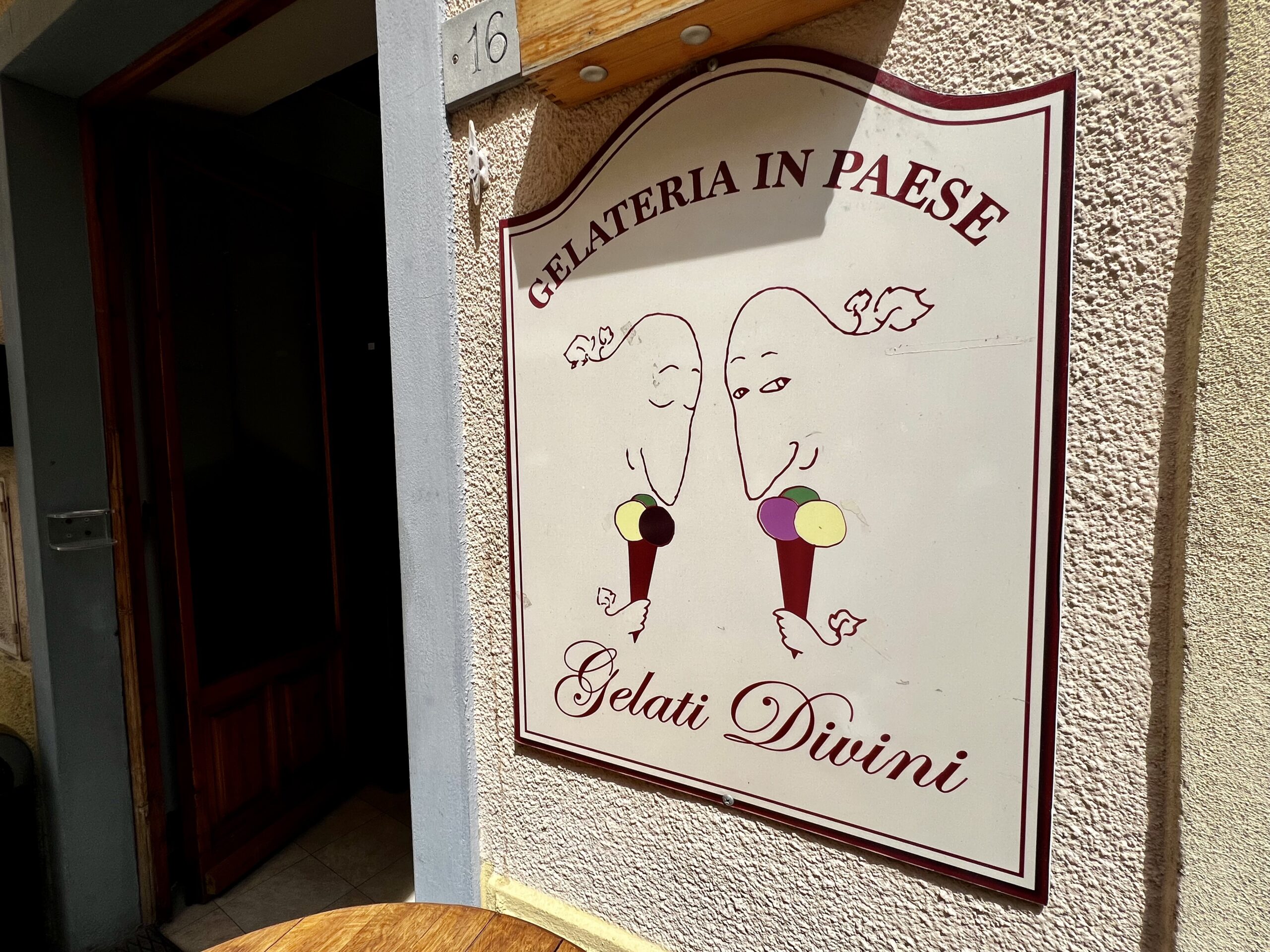
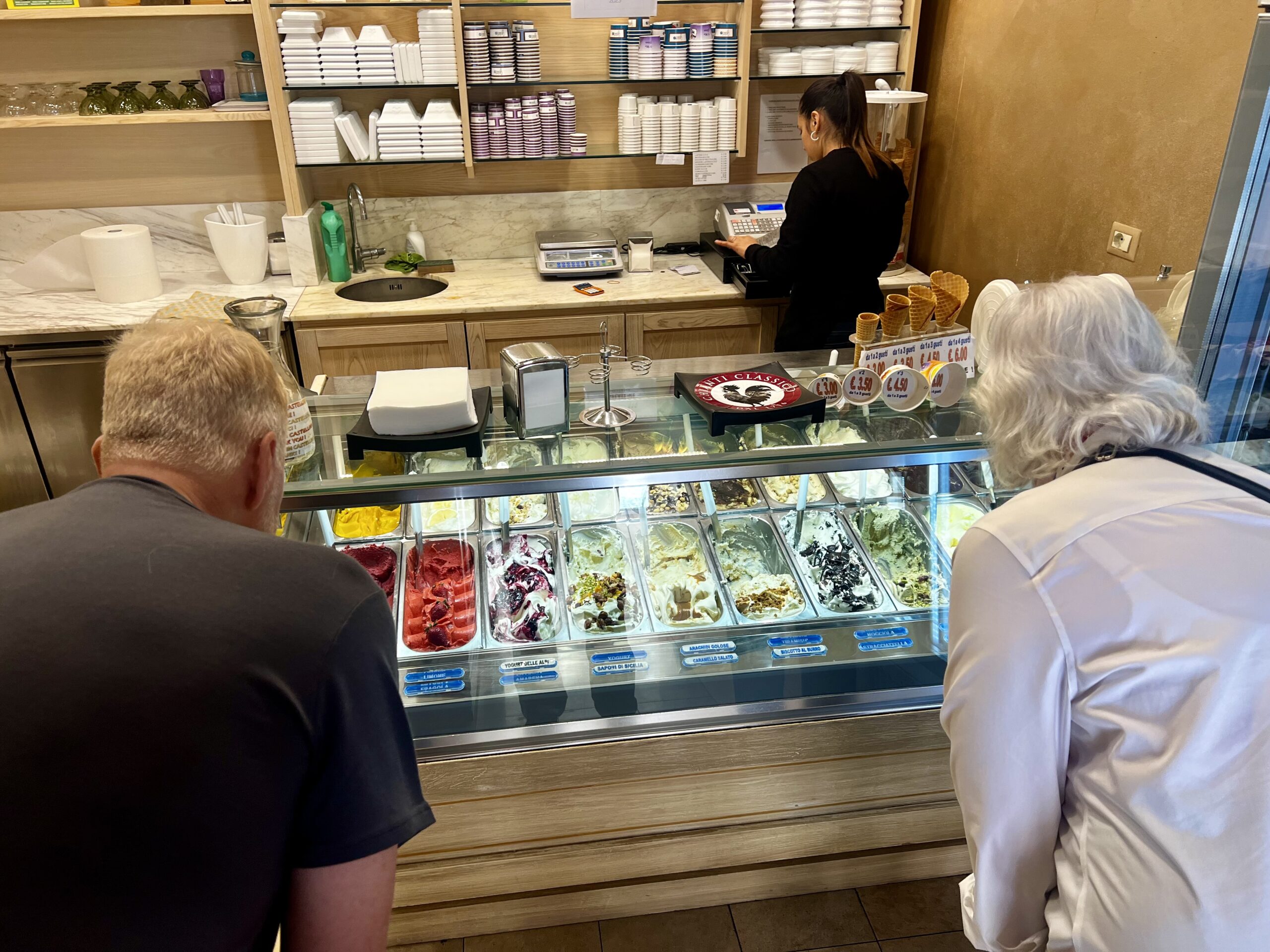
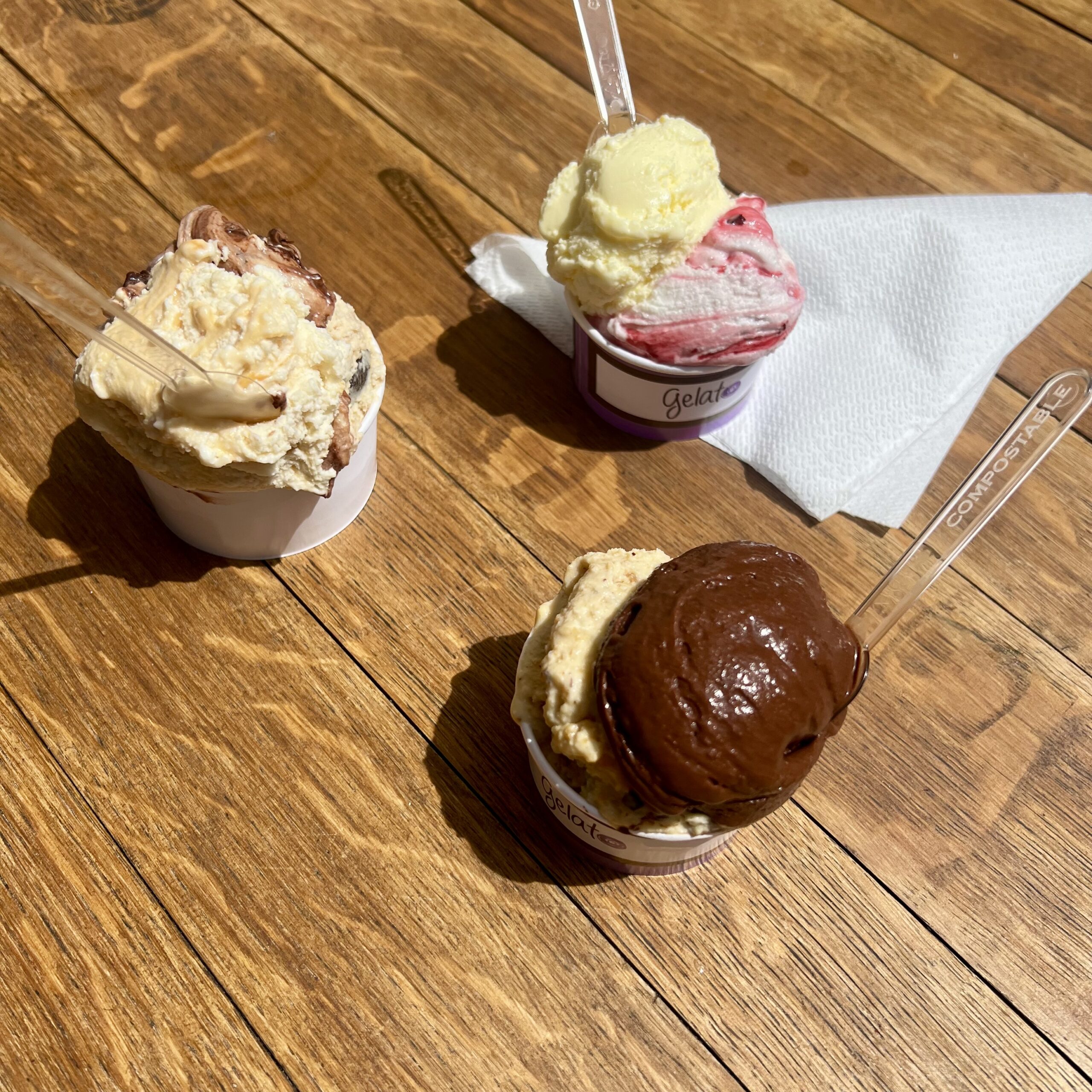
Greve in Chianti
We had time to explore more after lunch in Castellina and continued on to Greve in Chianti. It was a pleasant surprise to see the unusual triangular, galleried town piazza here. We decided to return to Siena on lesser-known (non-Waze) roads, and, as the navigator for the day, Richard delivered. We found ourselves on a long stretch of gravel roads through the wooded landscape, going past only a few buildings and some vineyards. As the driver, Robert enjoyed the challenge. We encountered very few cars, but one car had to back up a loooong way so we could squeeze past.
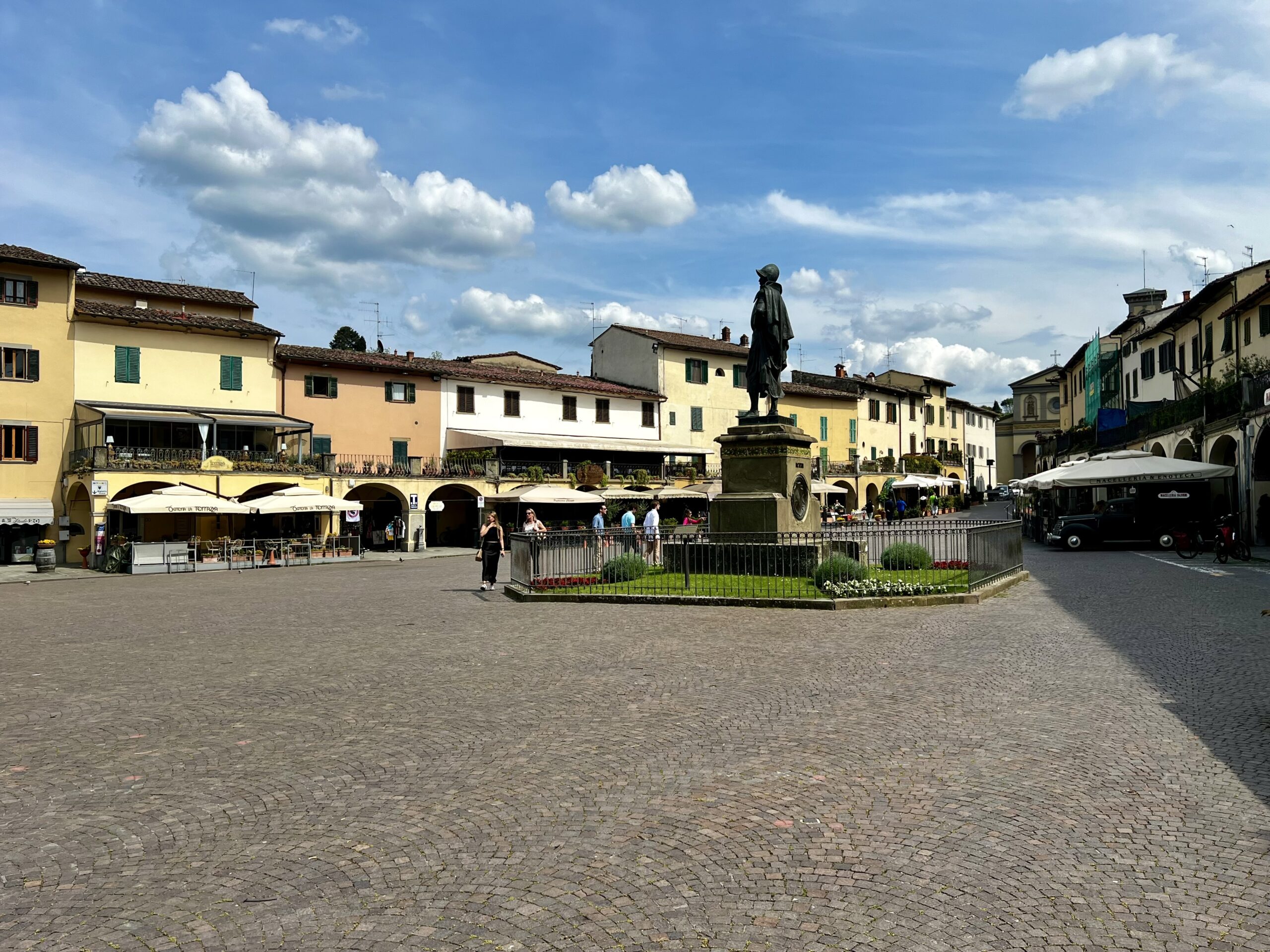
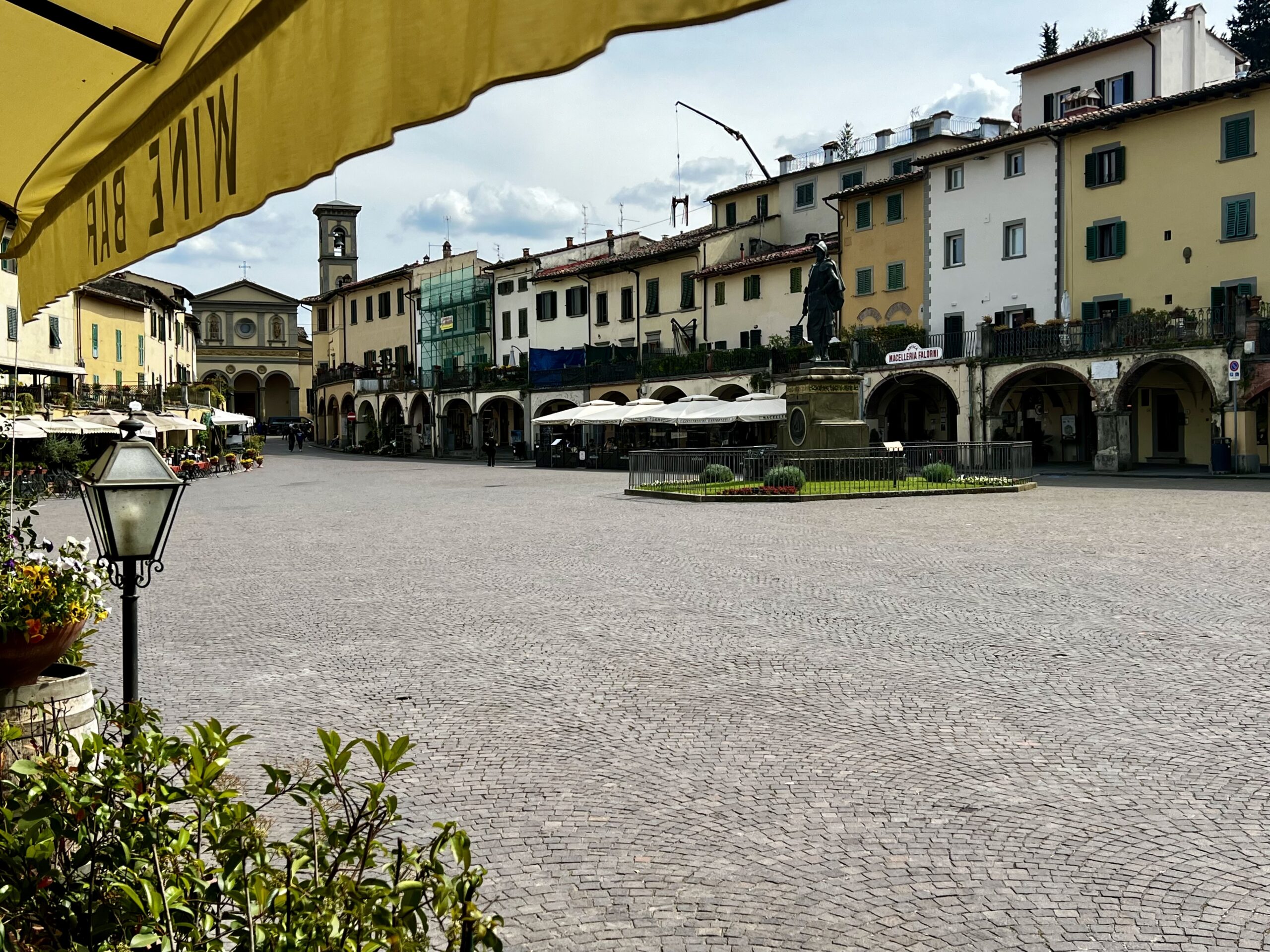
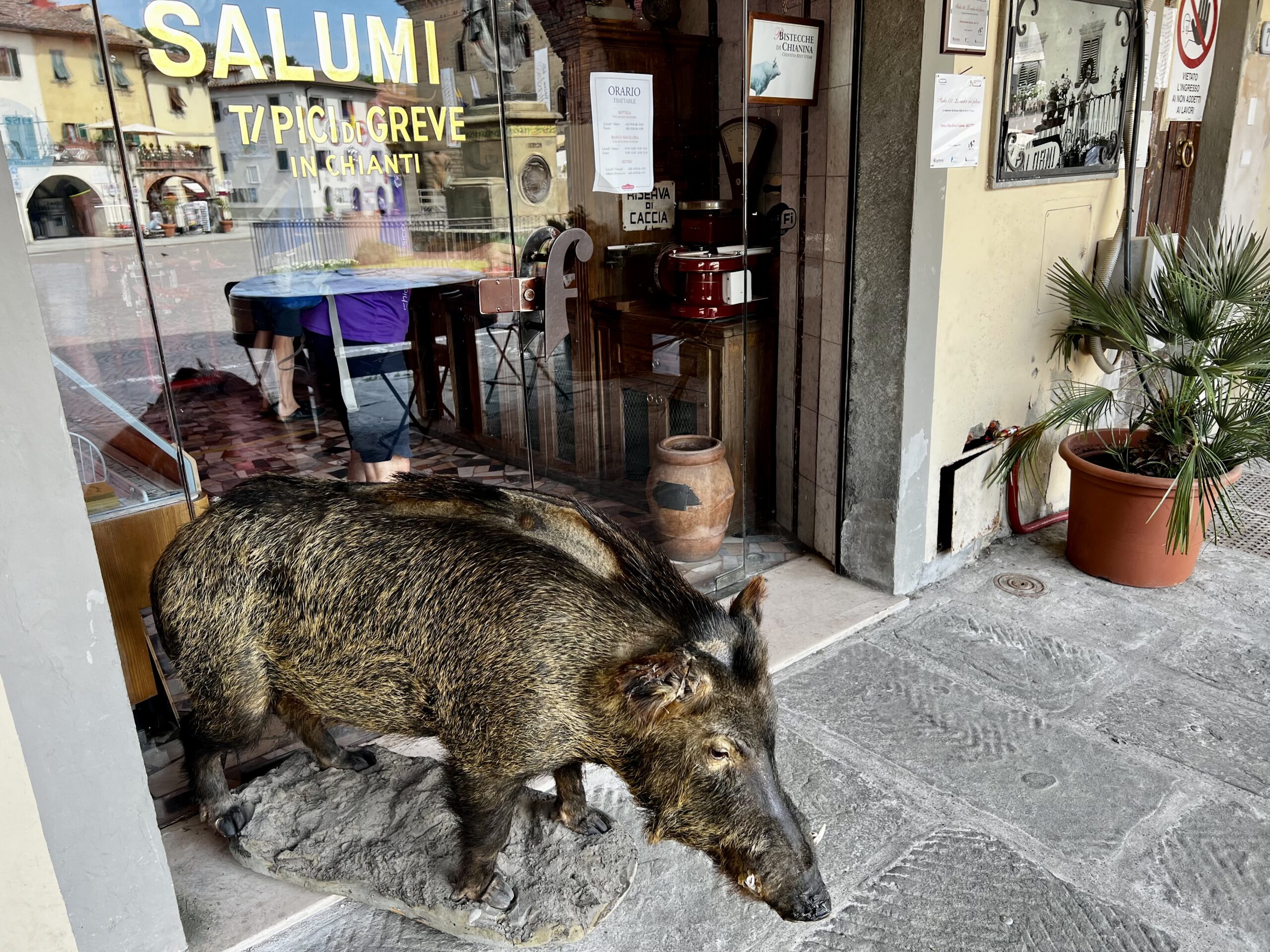
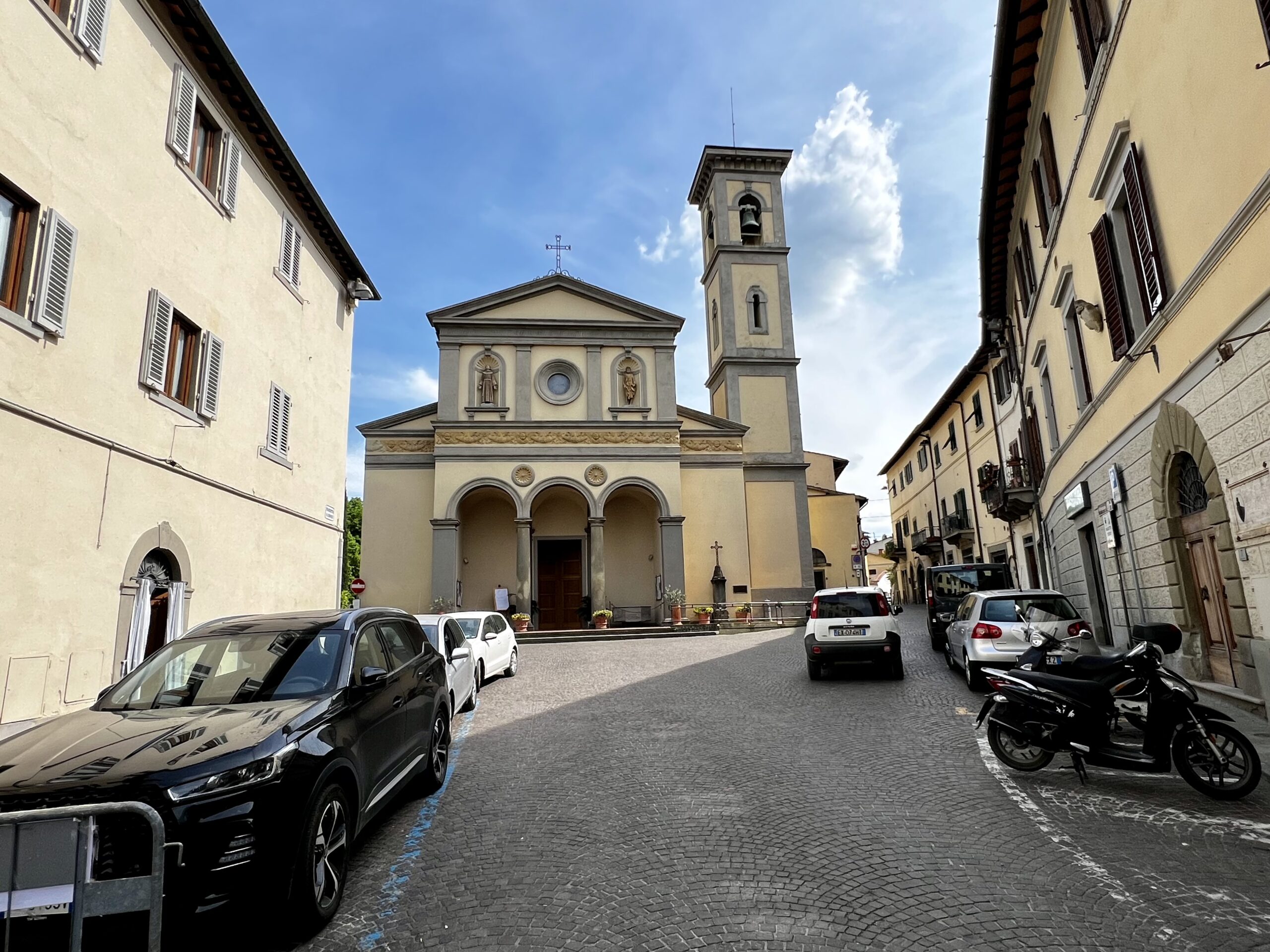
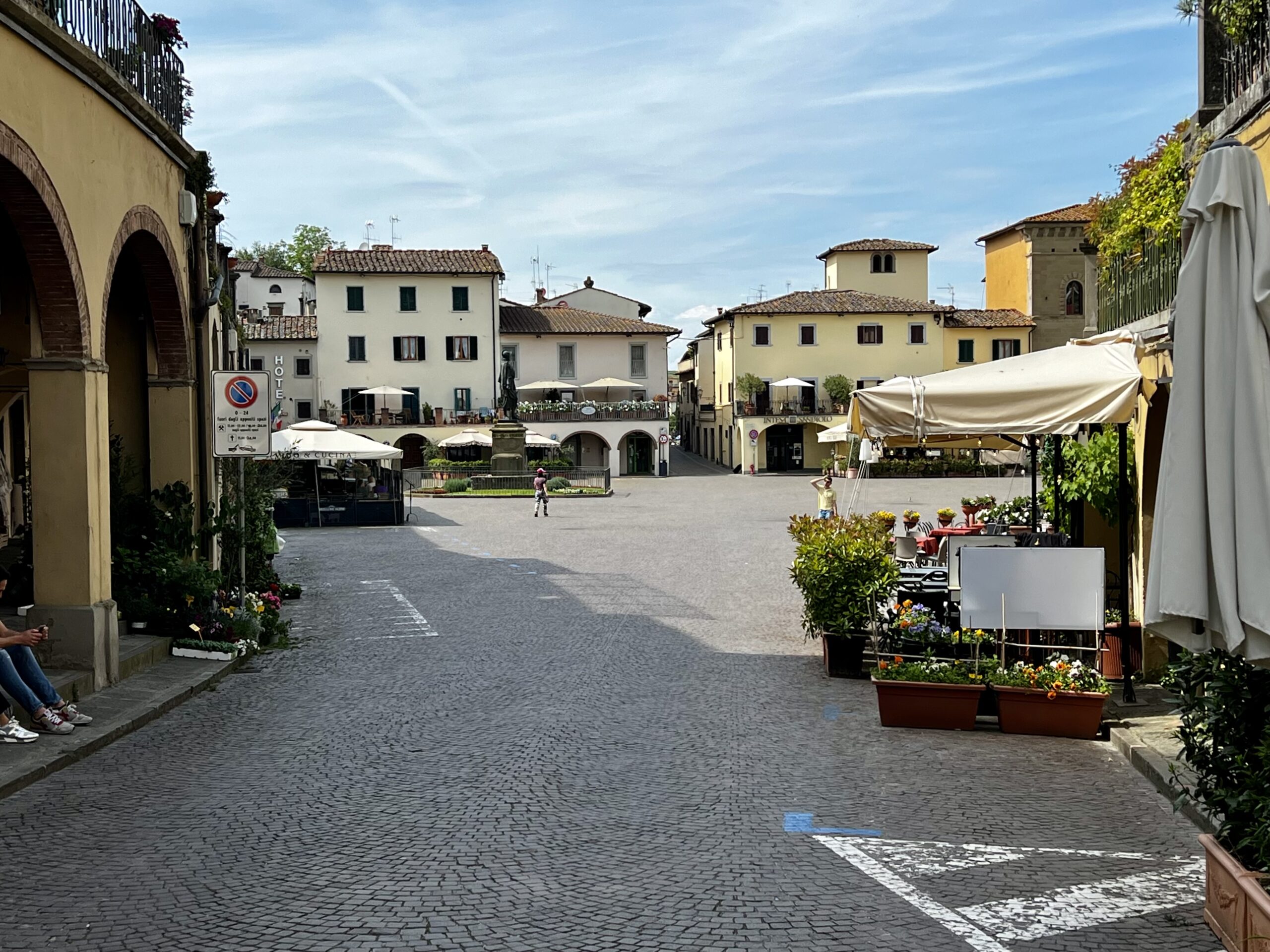
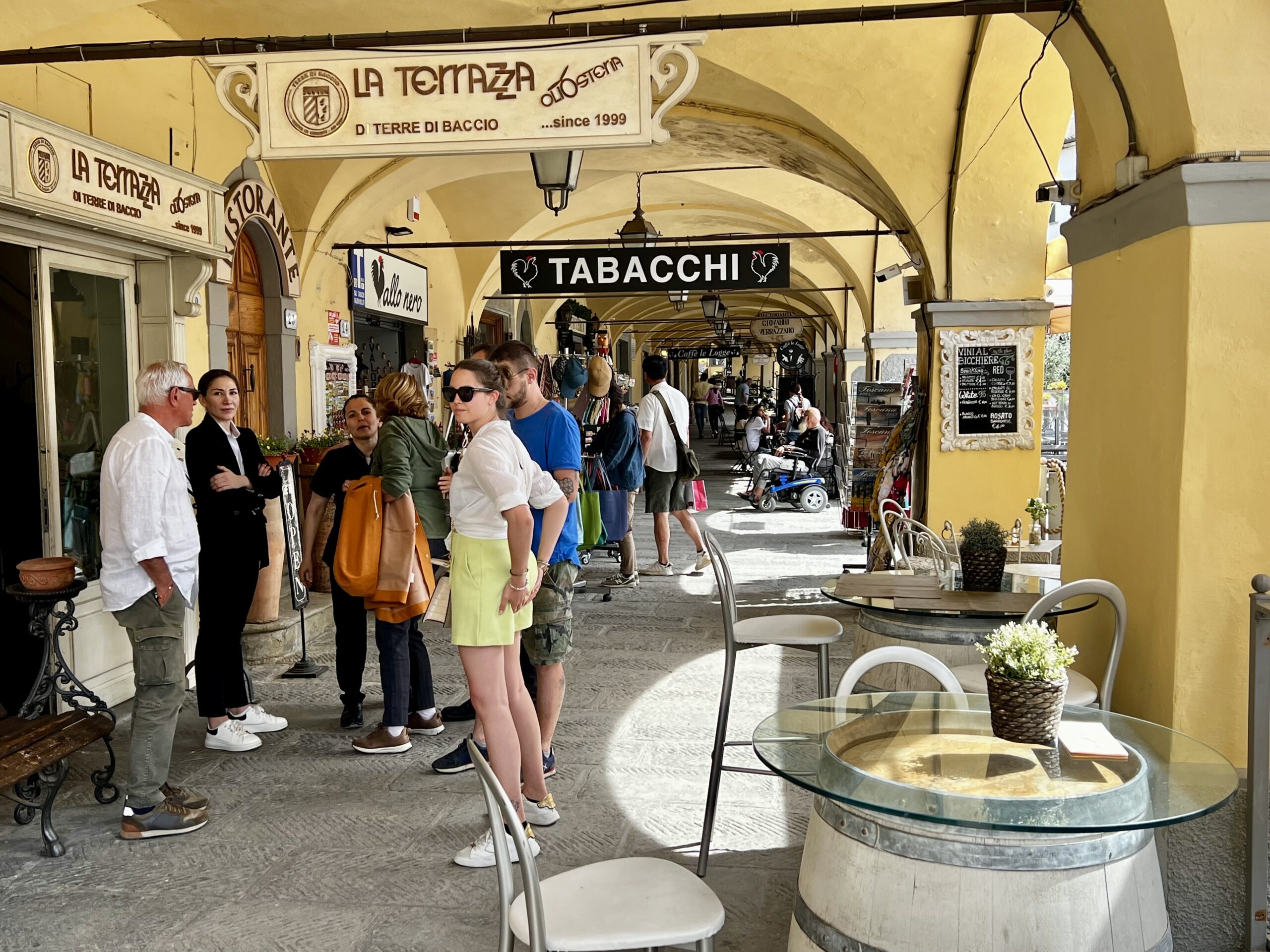
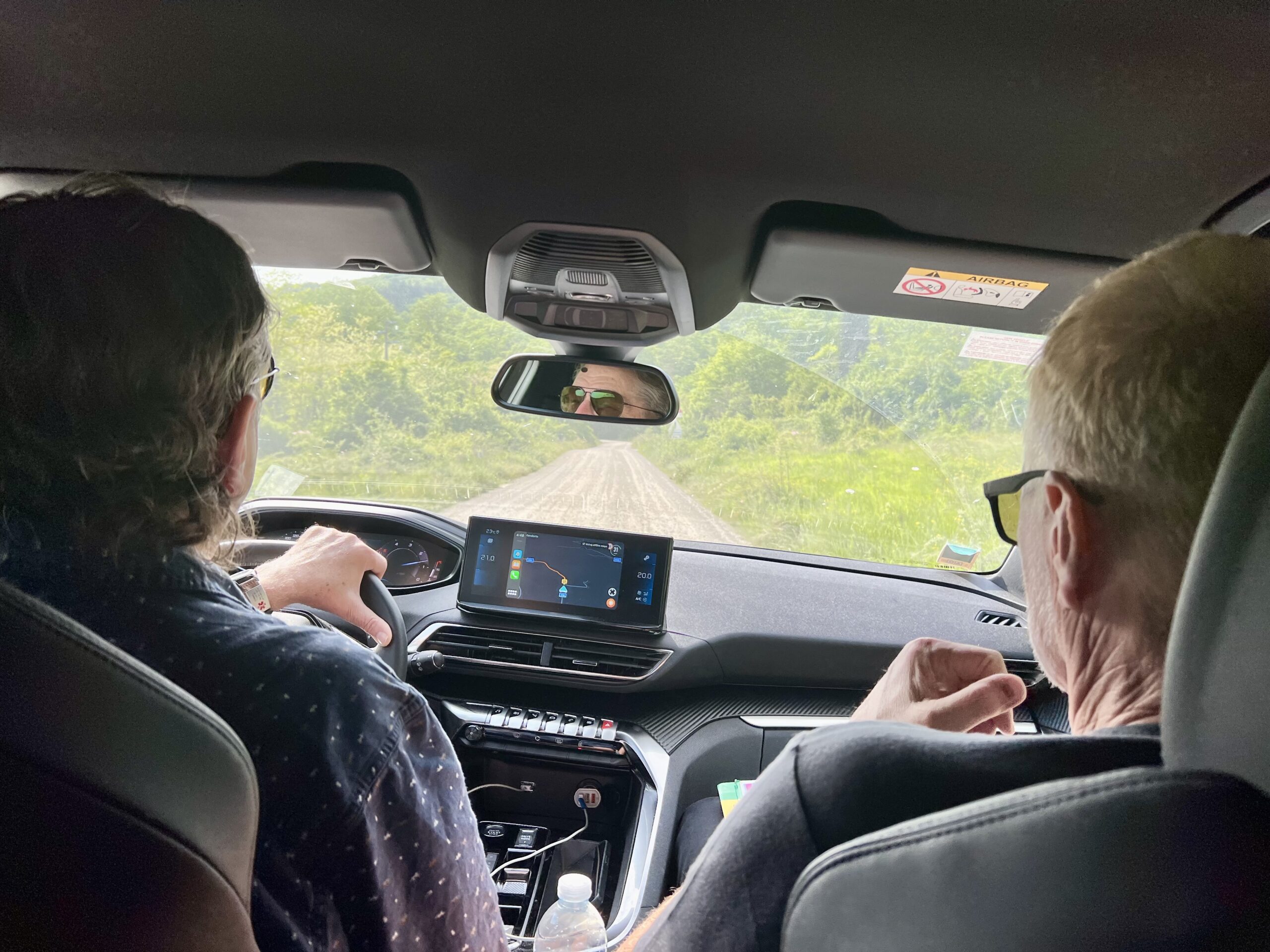
Back in Siena . . . Drinks and then Dinner at Our Local Osteria
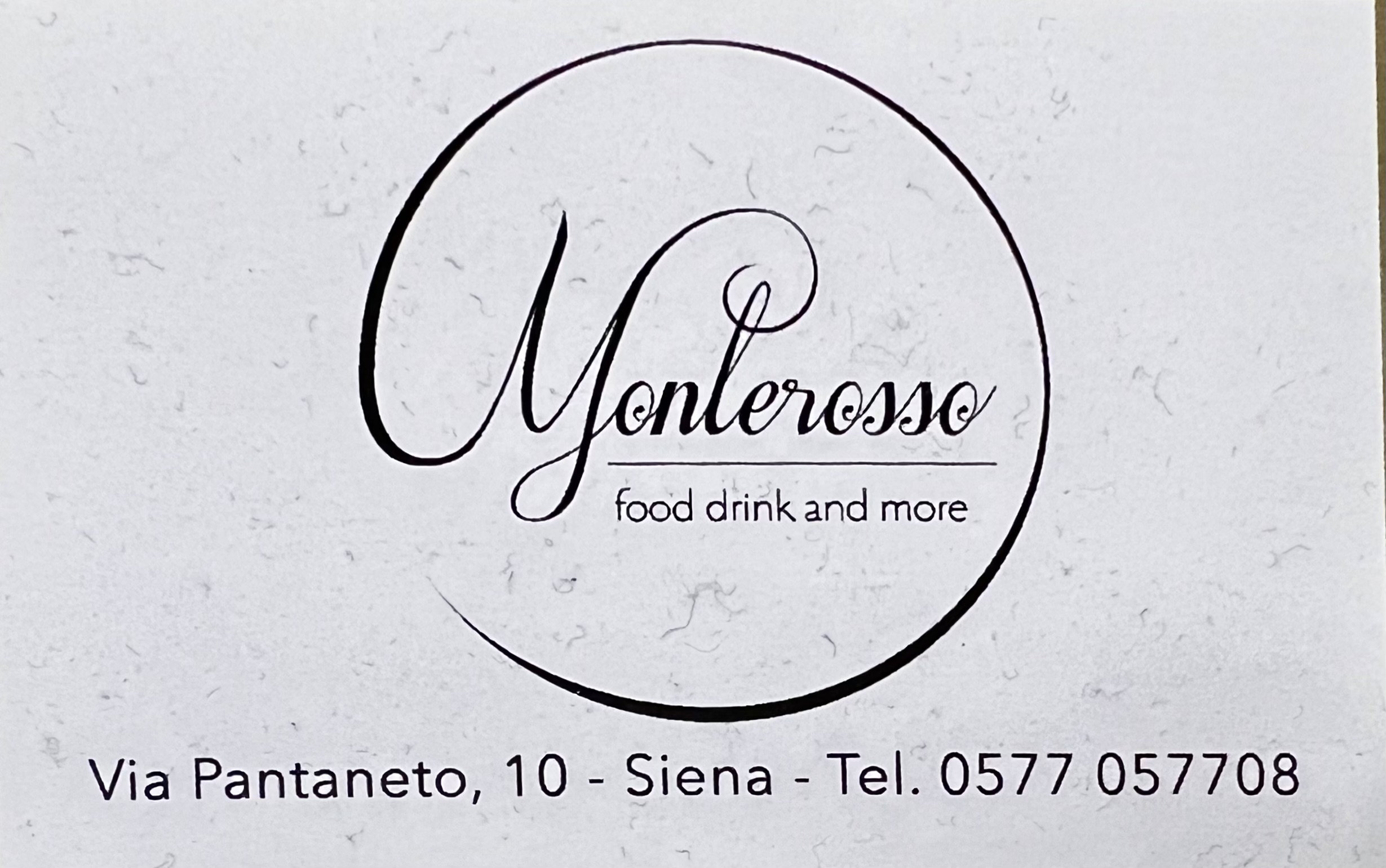
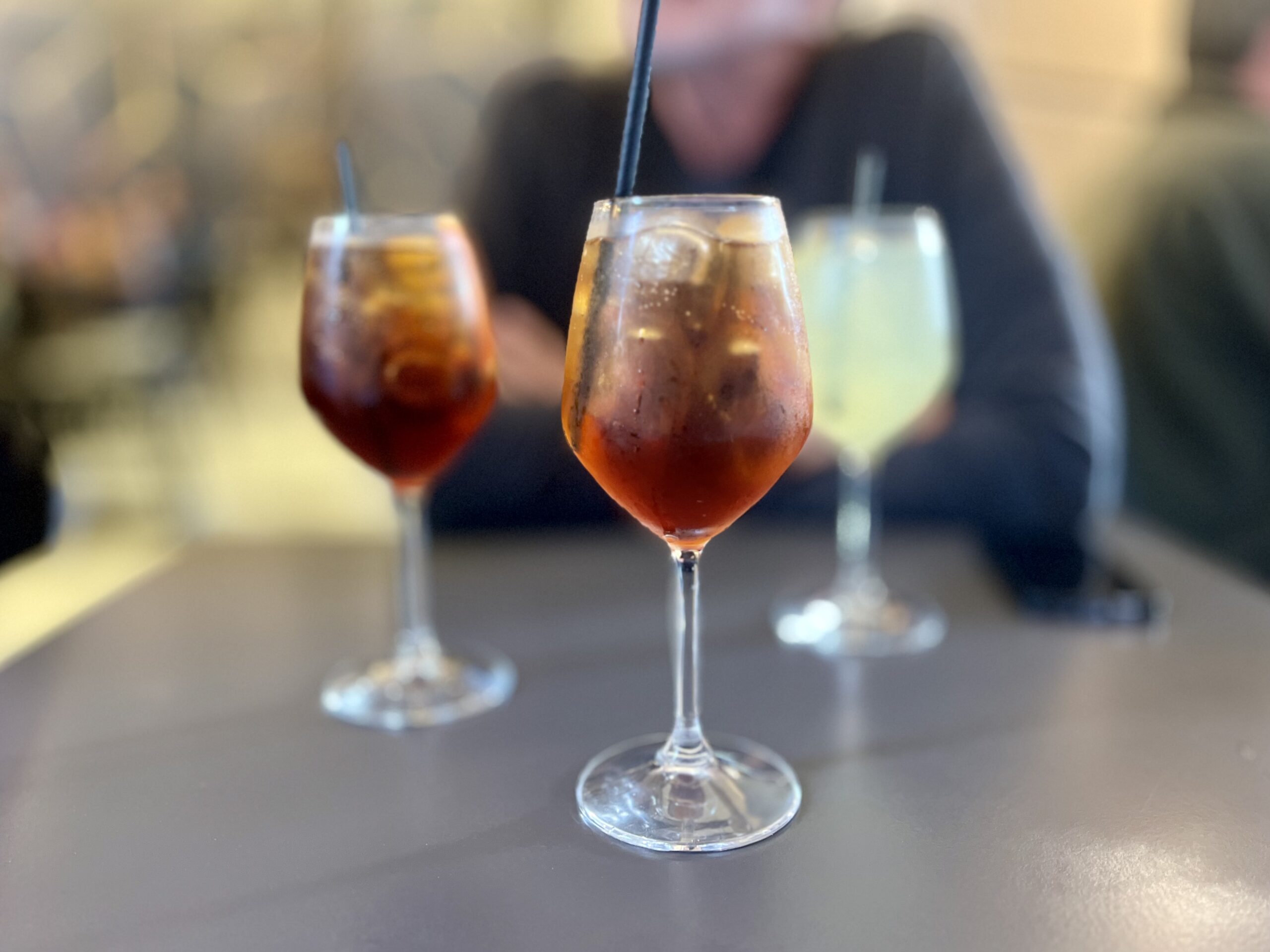
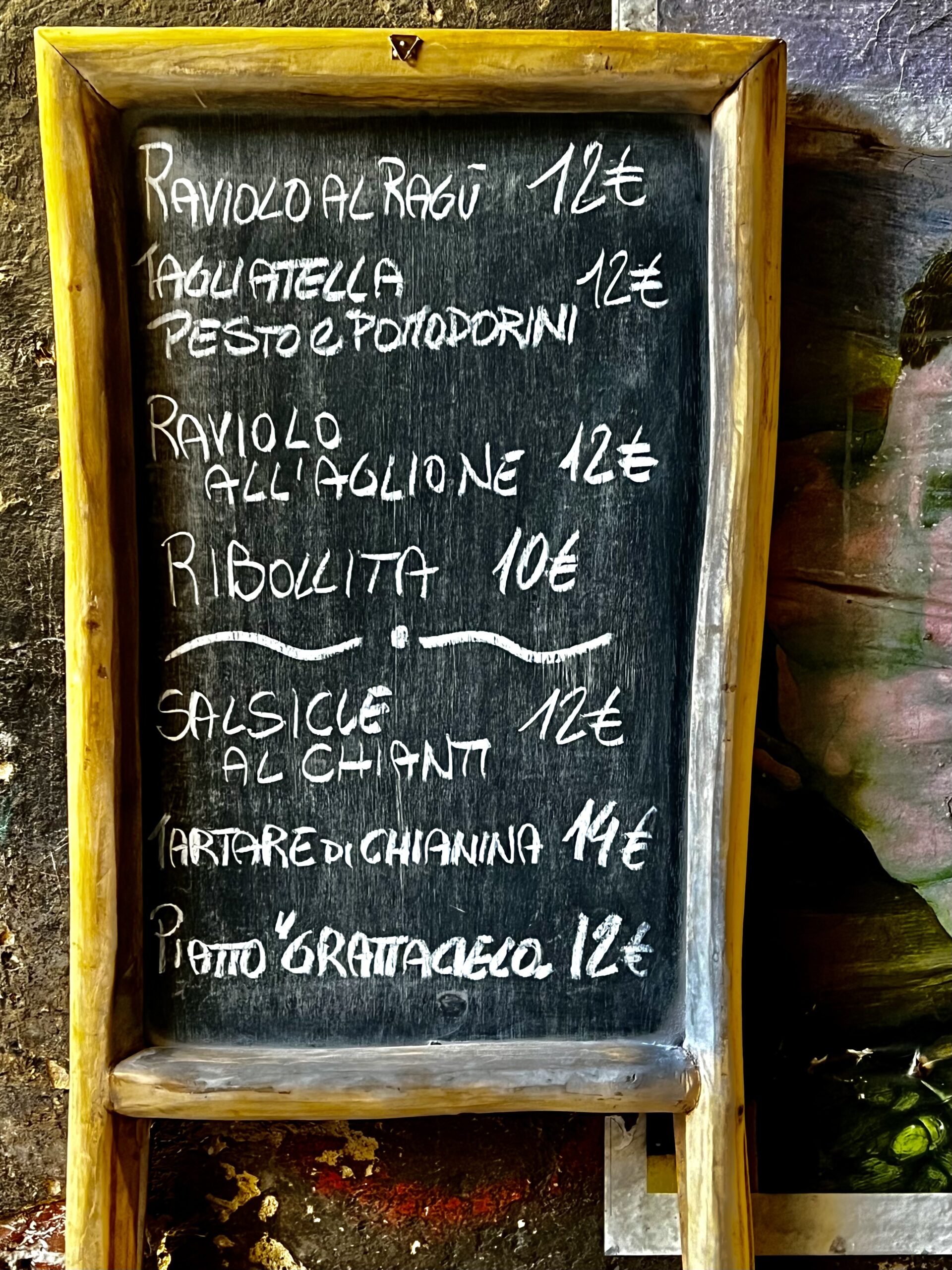
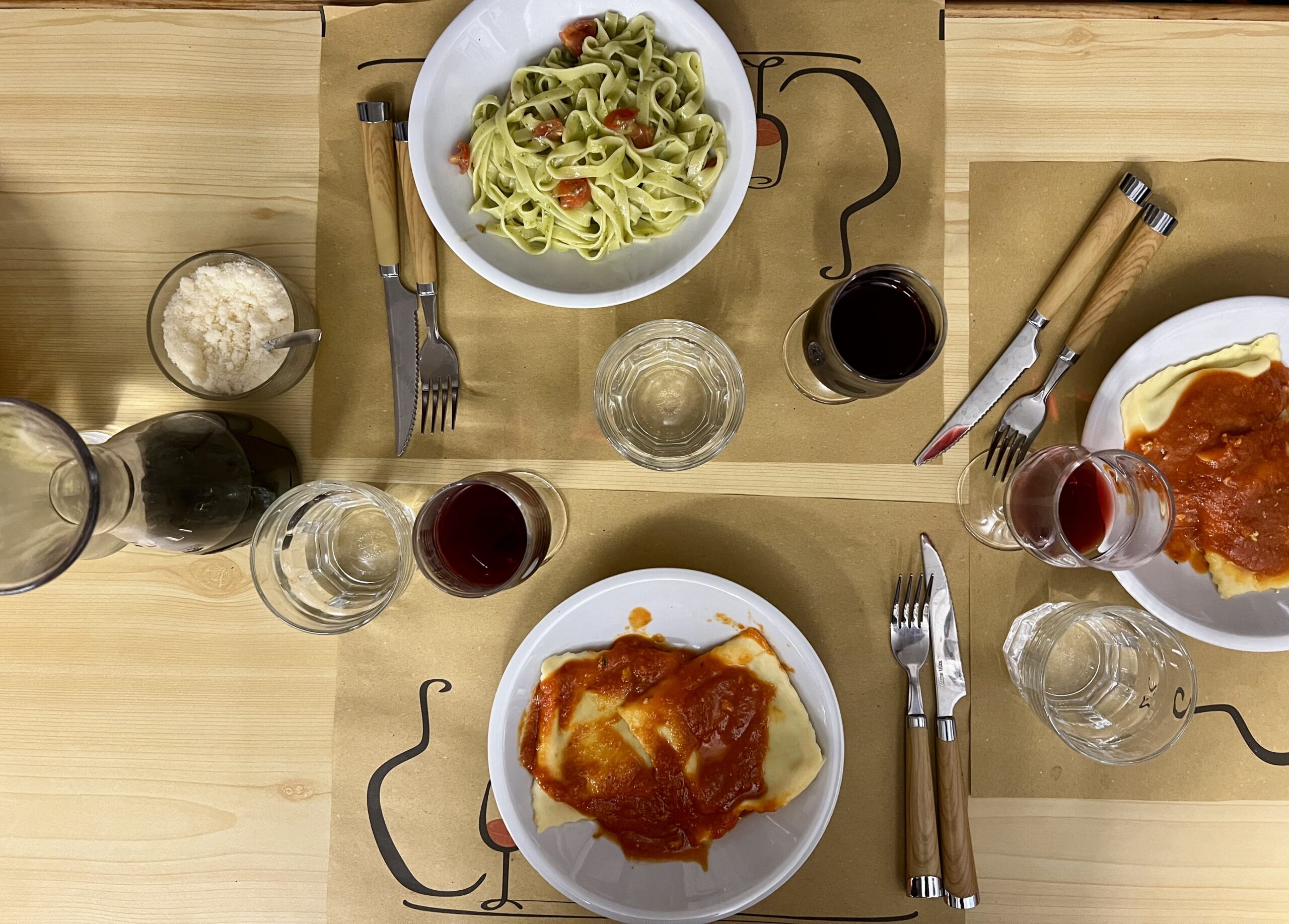
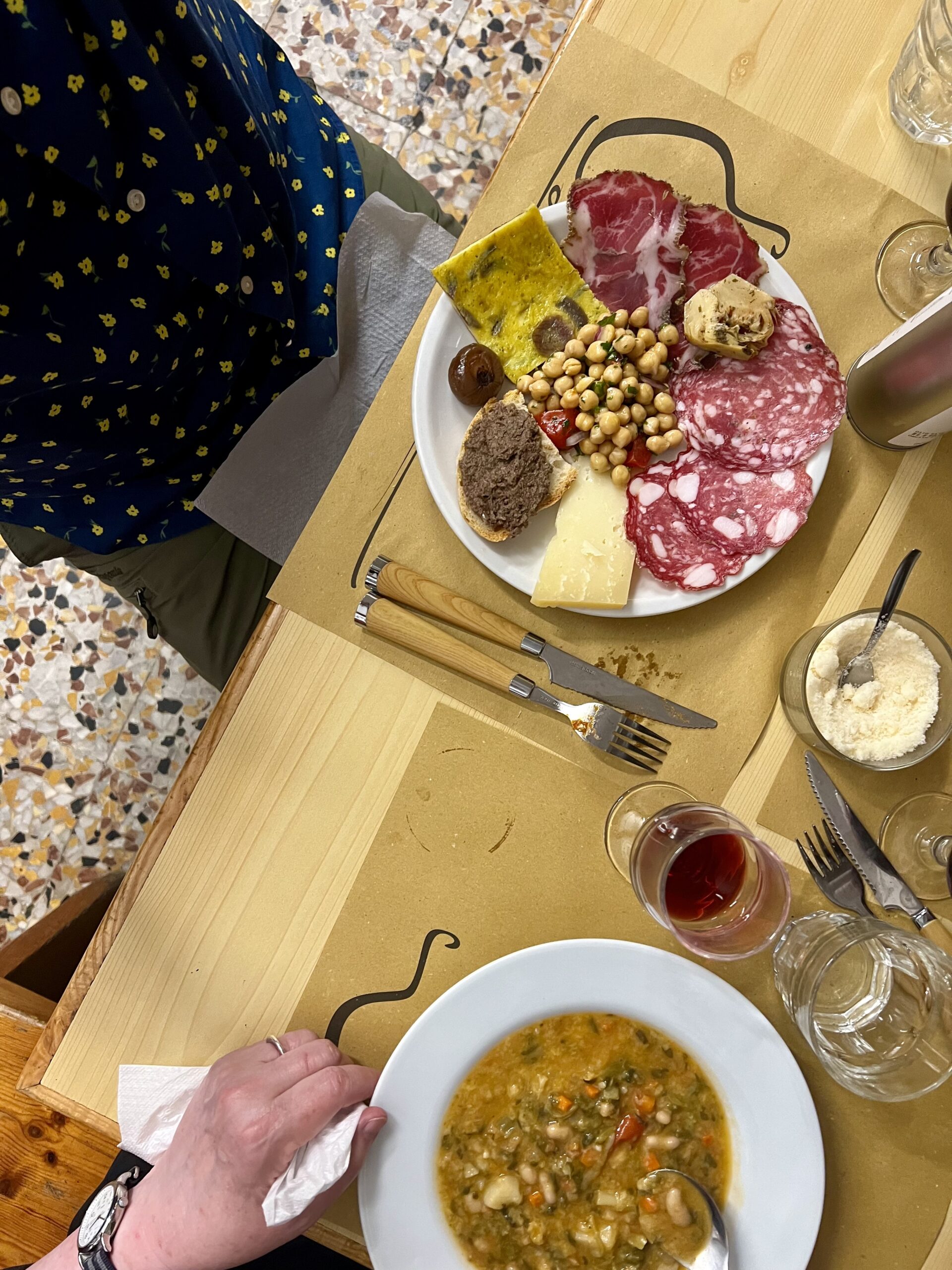
Next Day in Siena—Lunch, a Brief Stop at the Duomo, and a Guided Tour of the Pinacoteca
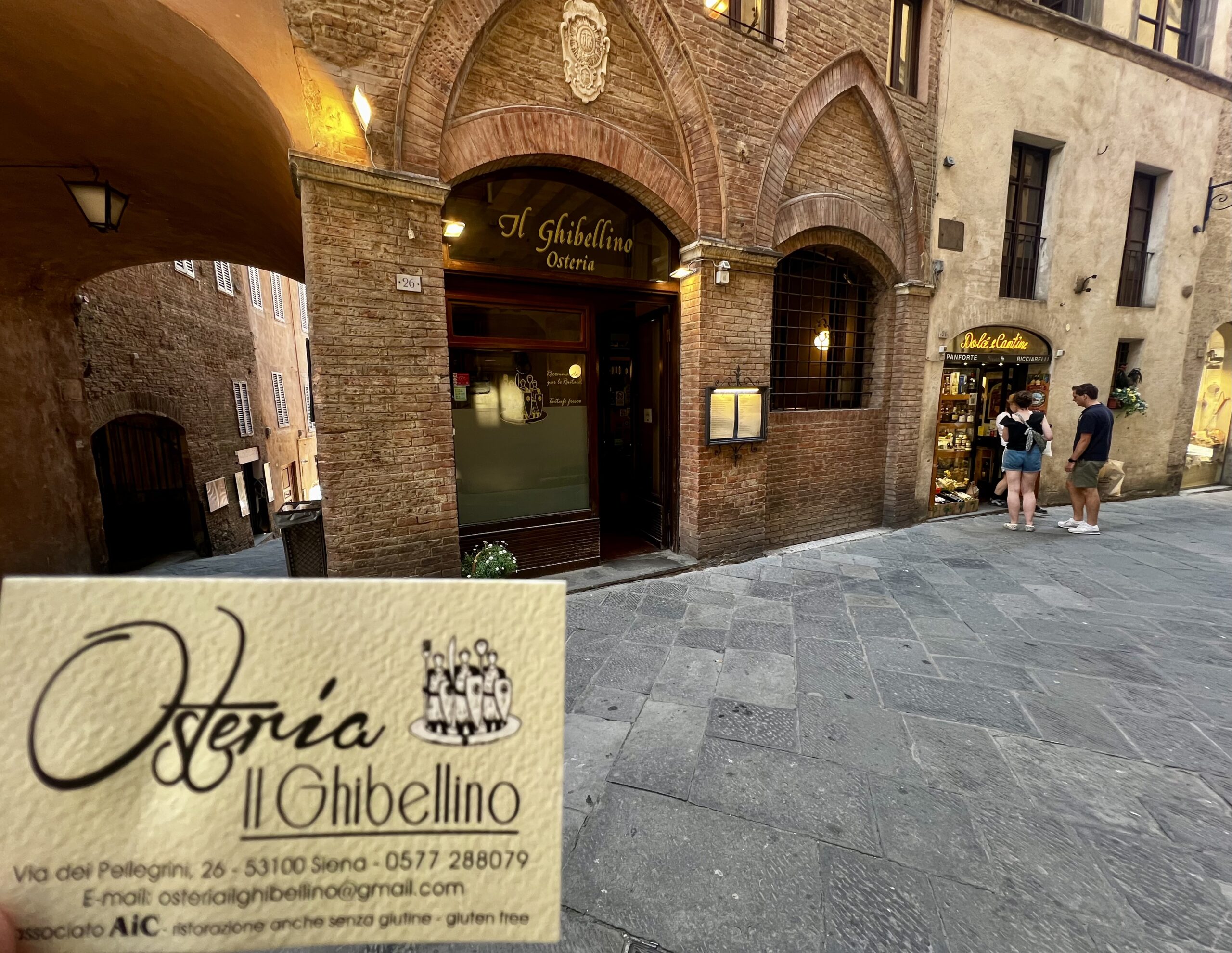
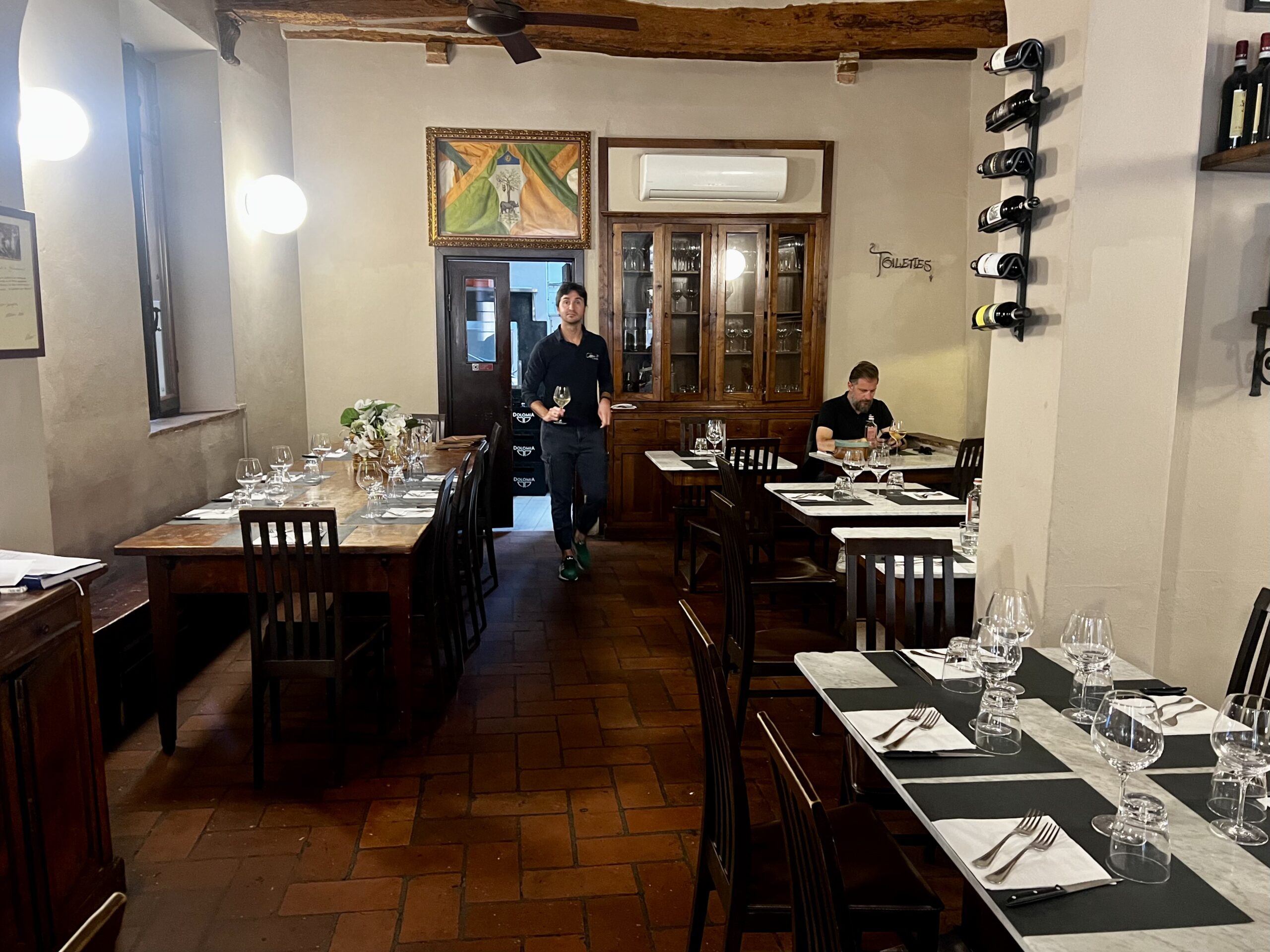
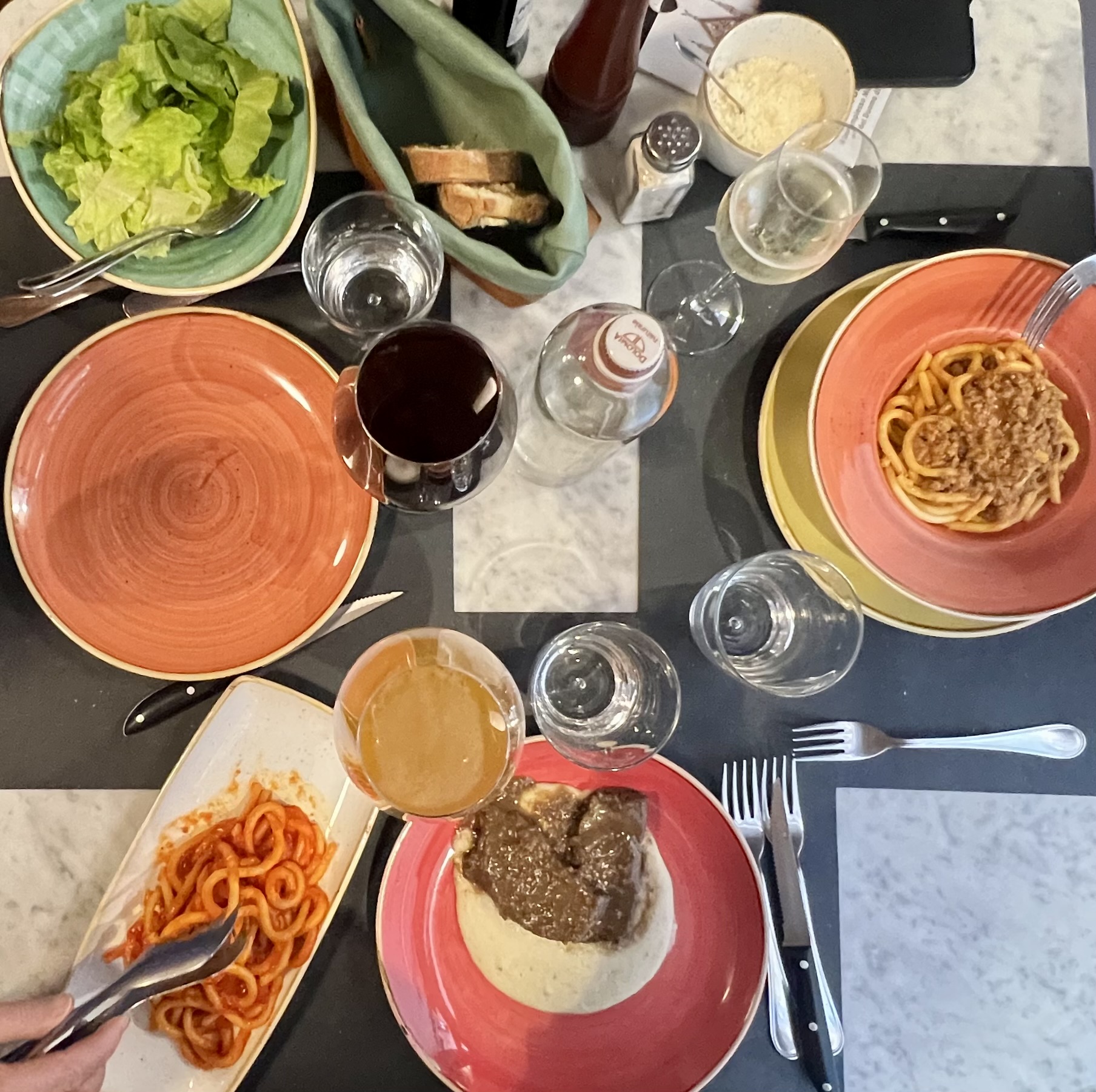


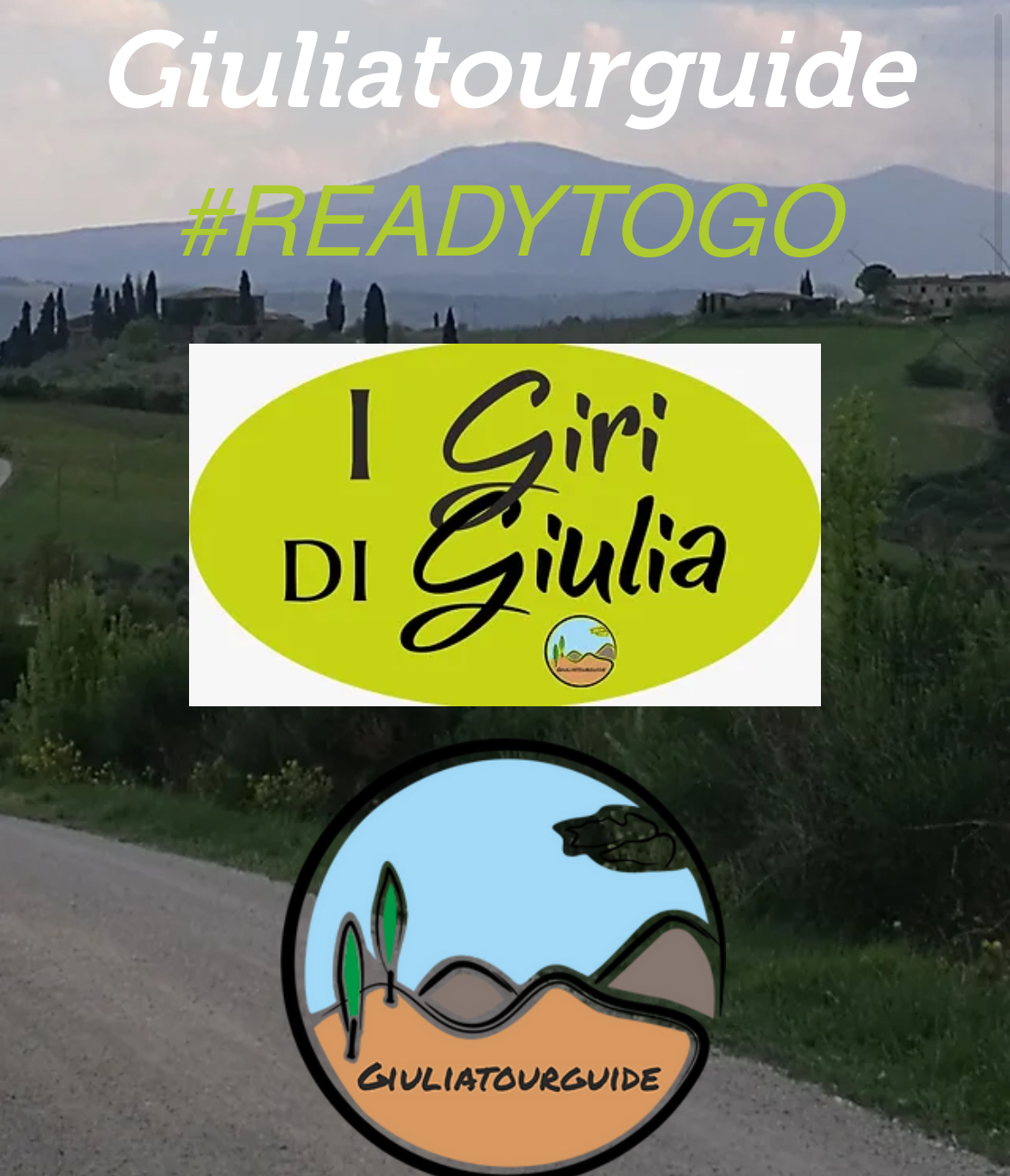
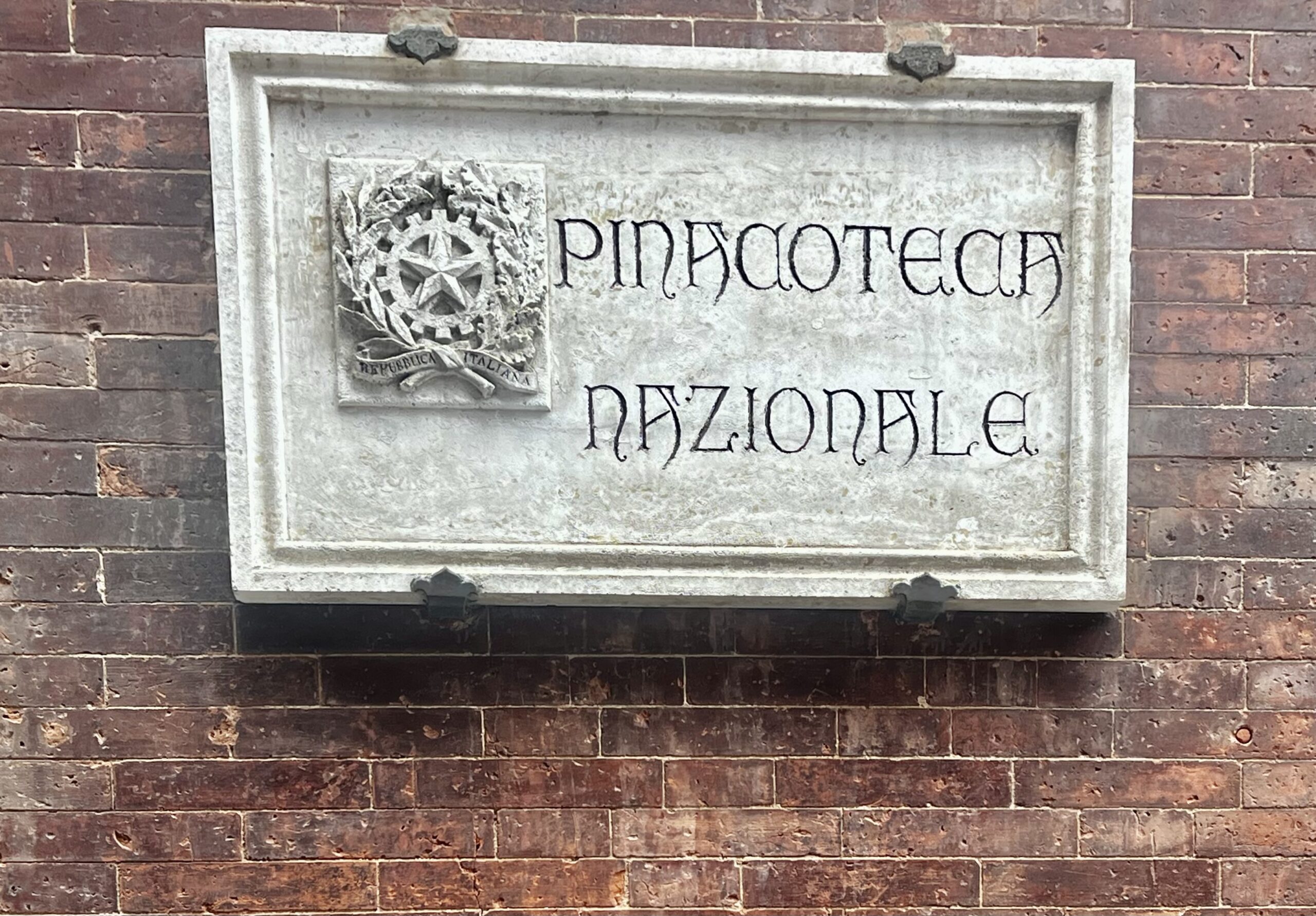
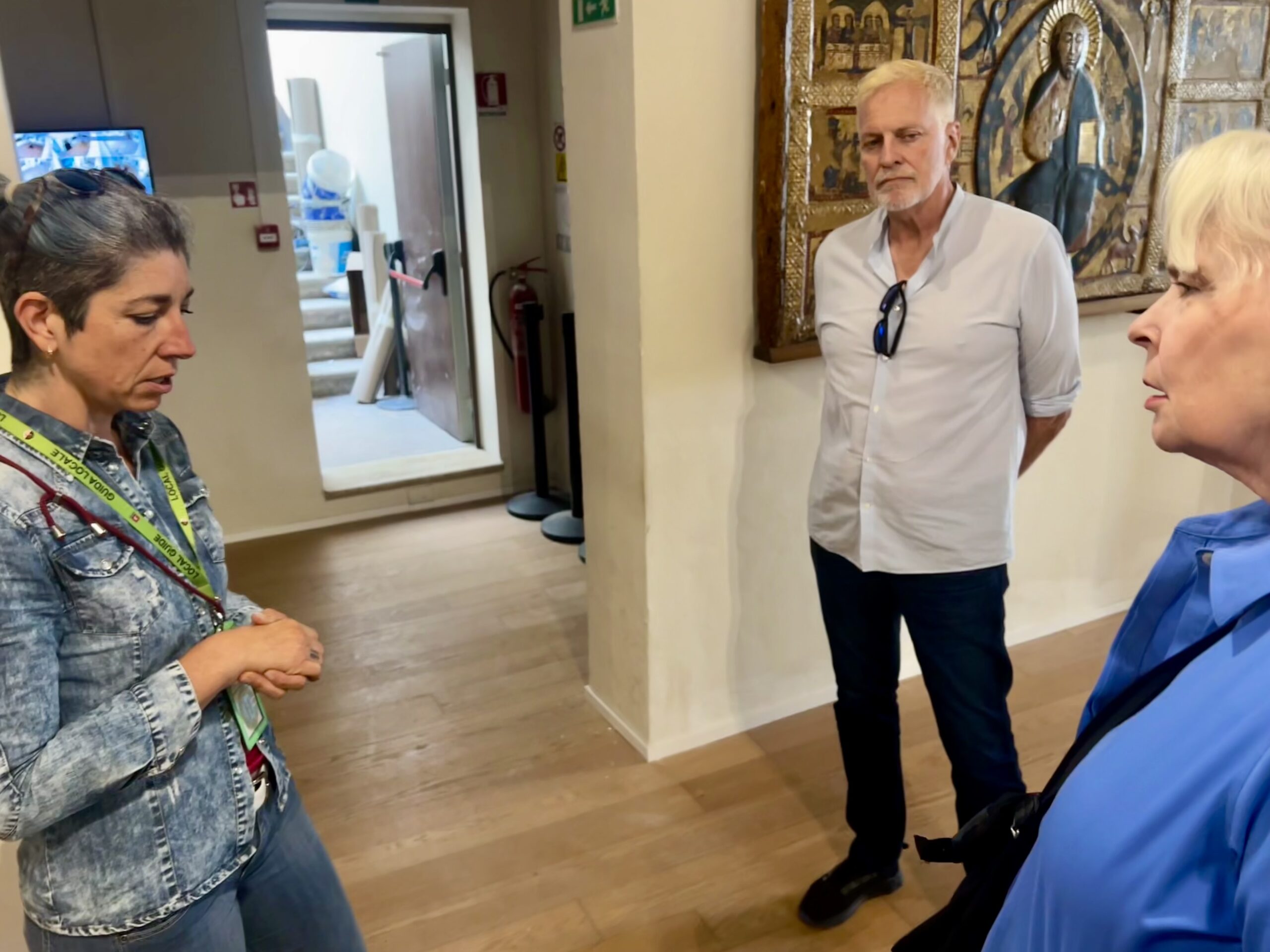
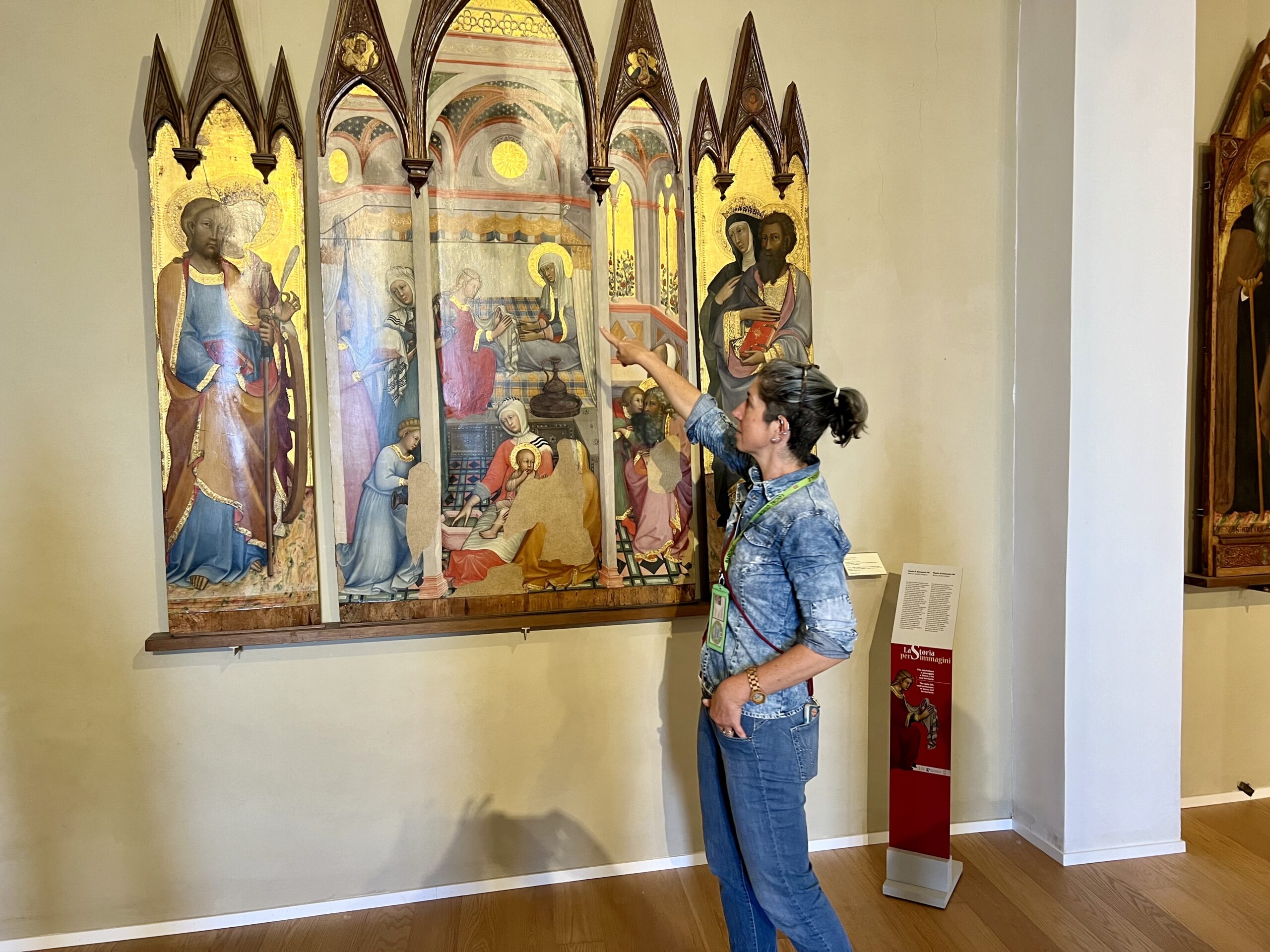
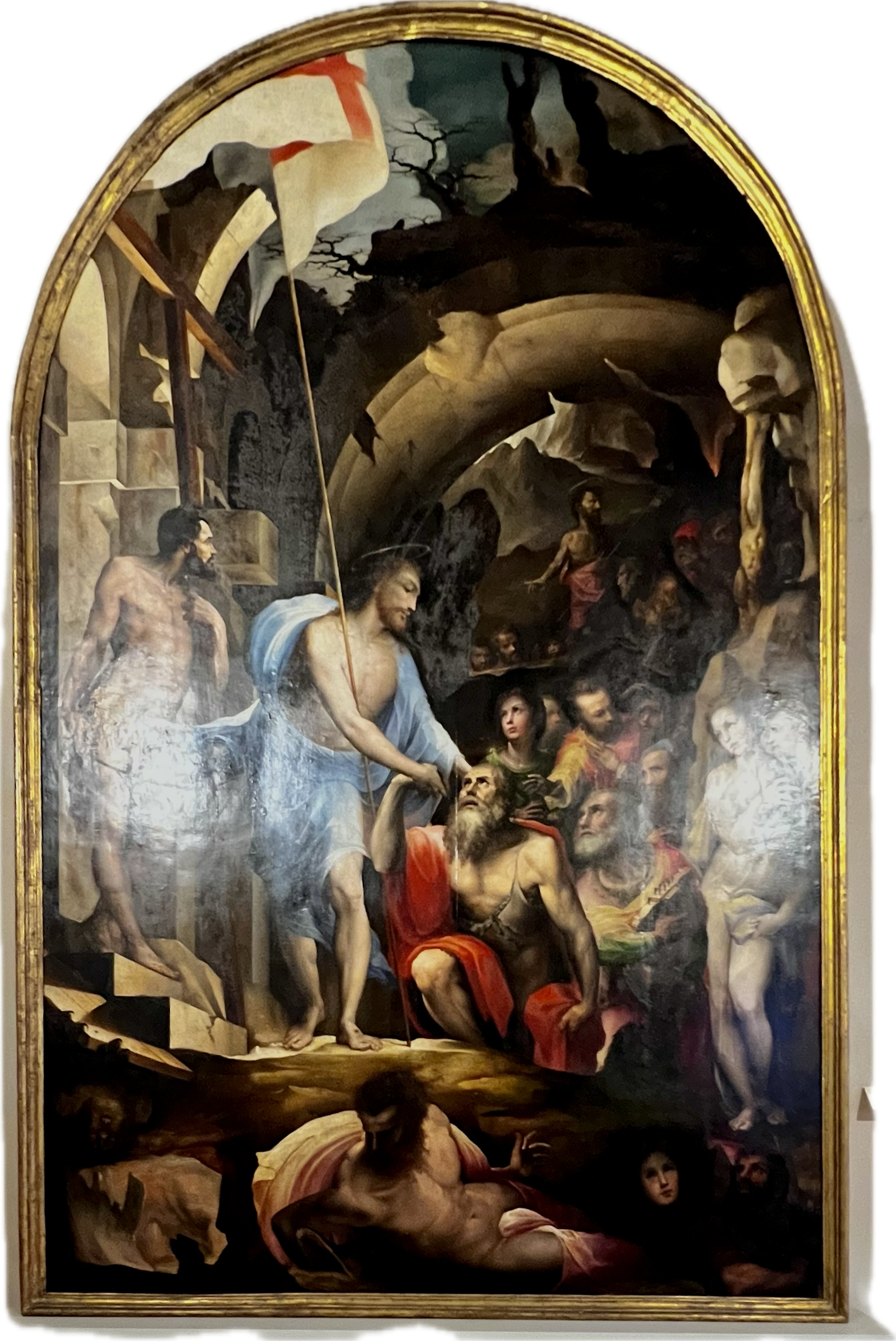
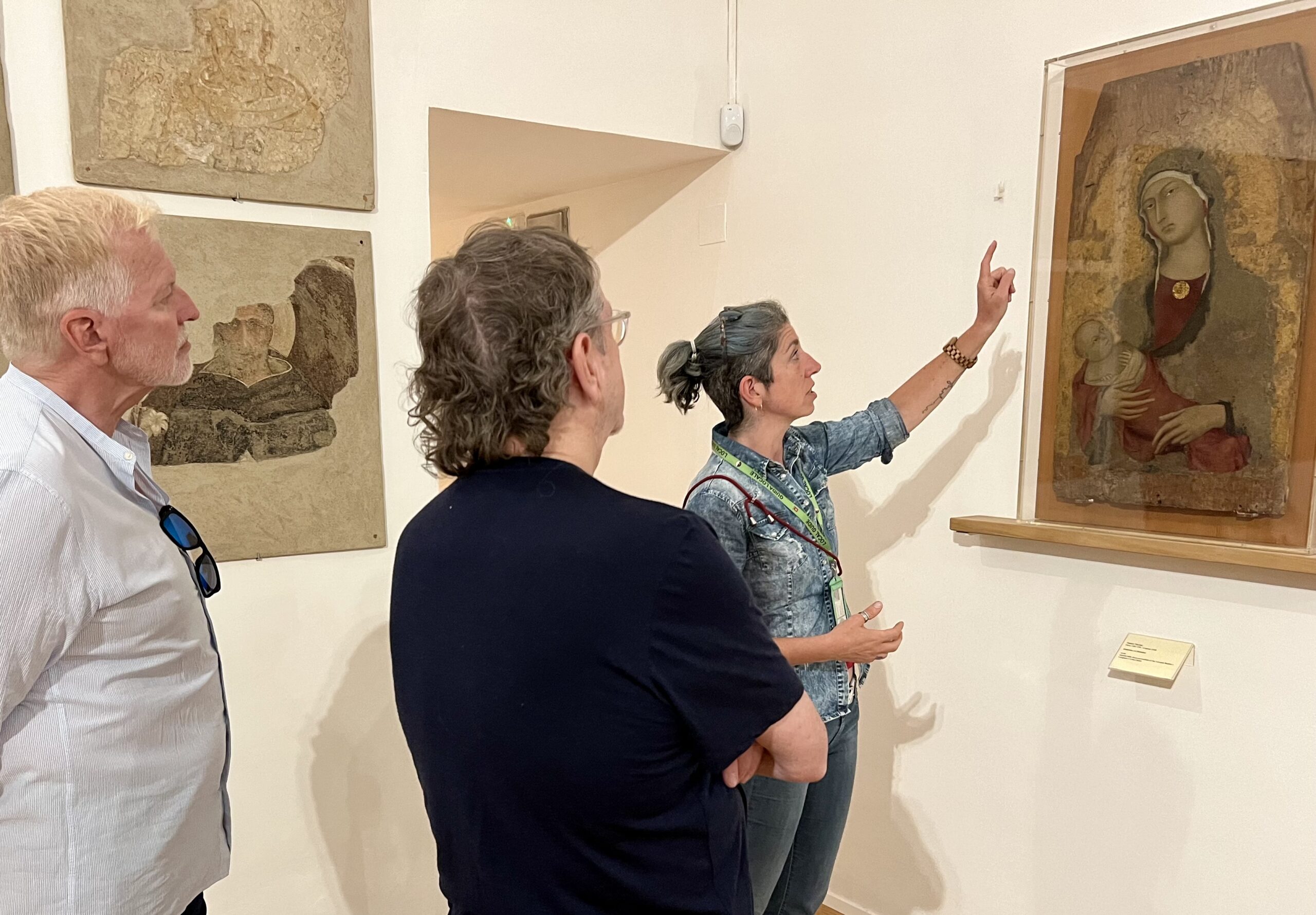
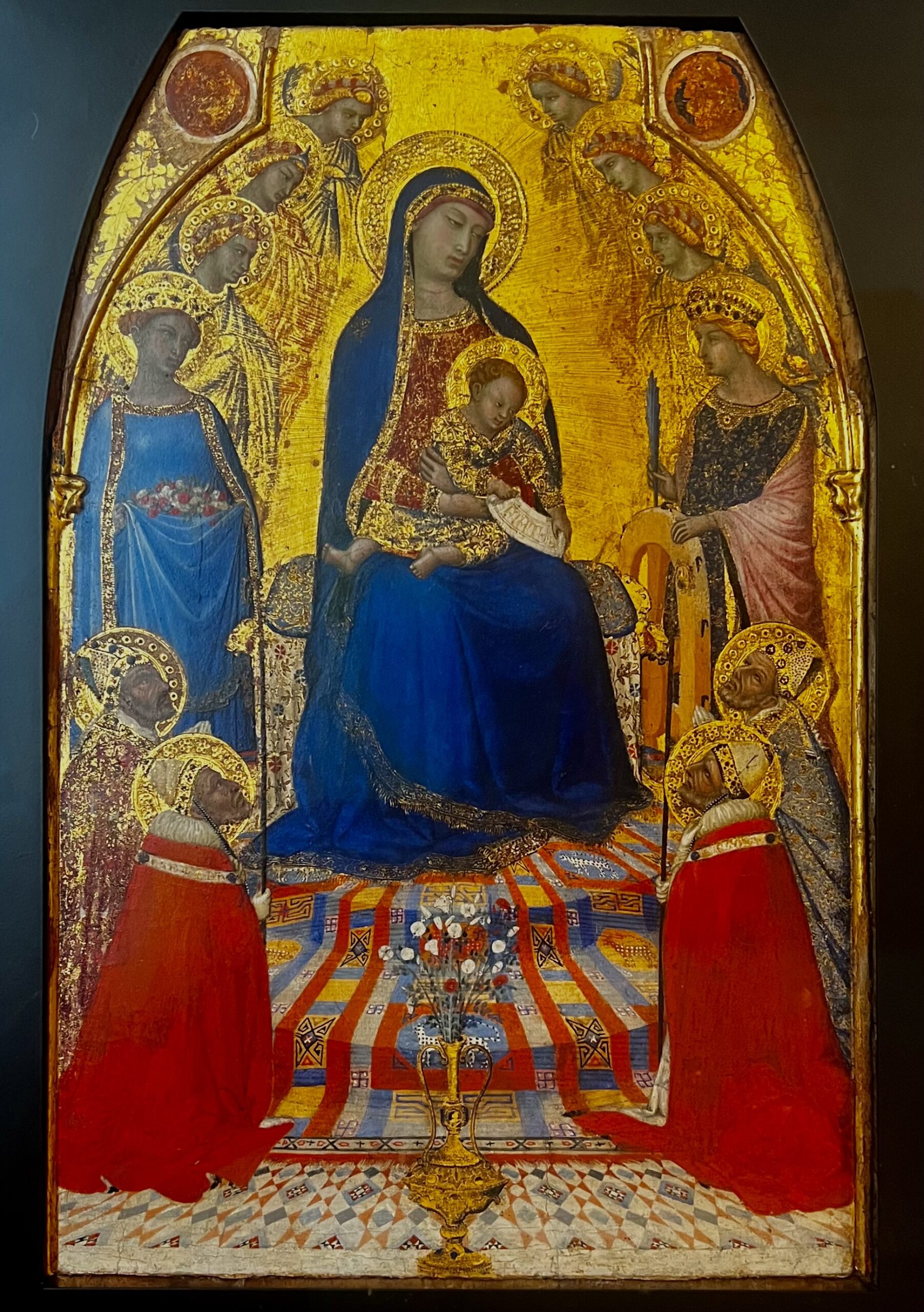
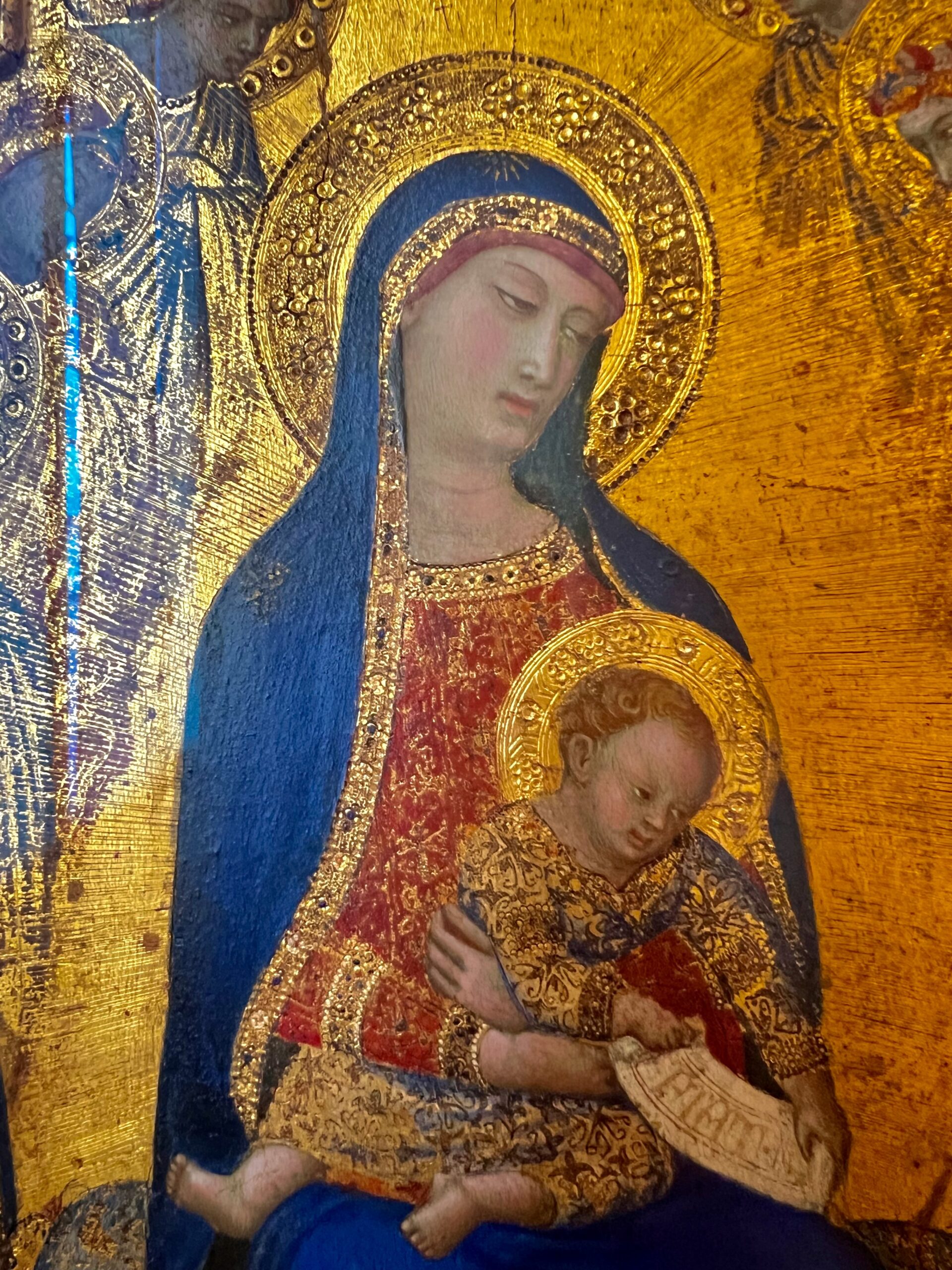
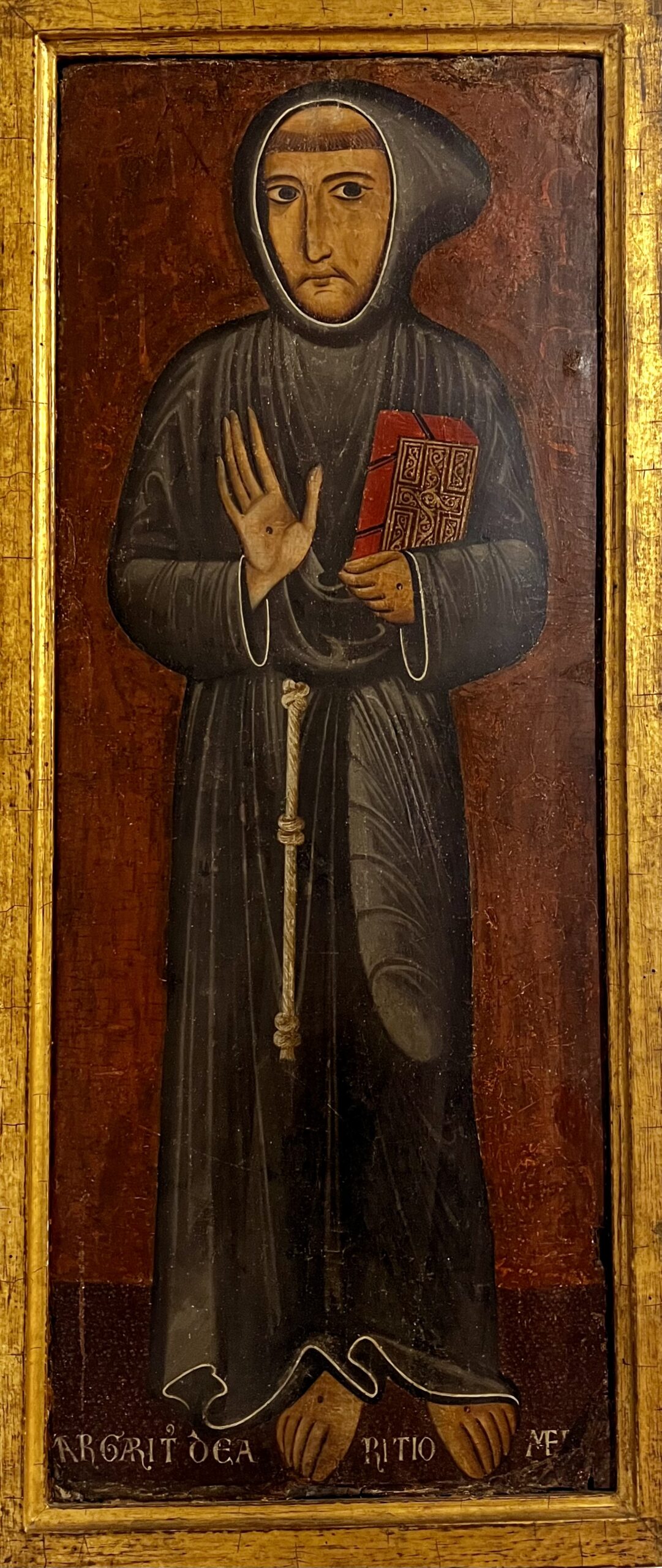
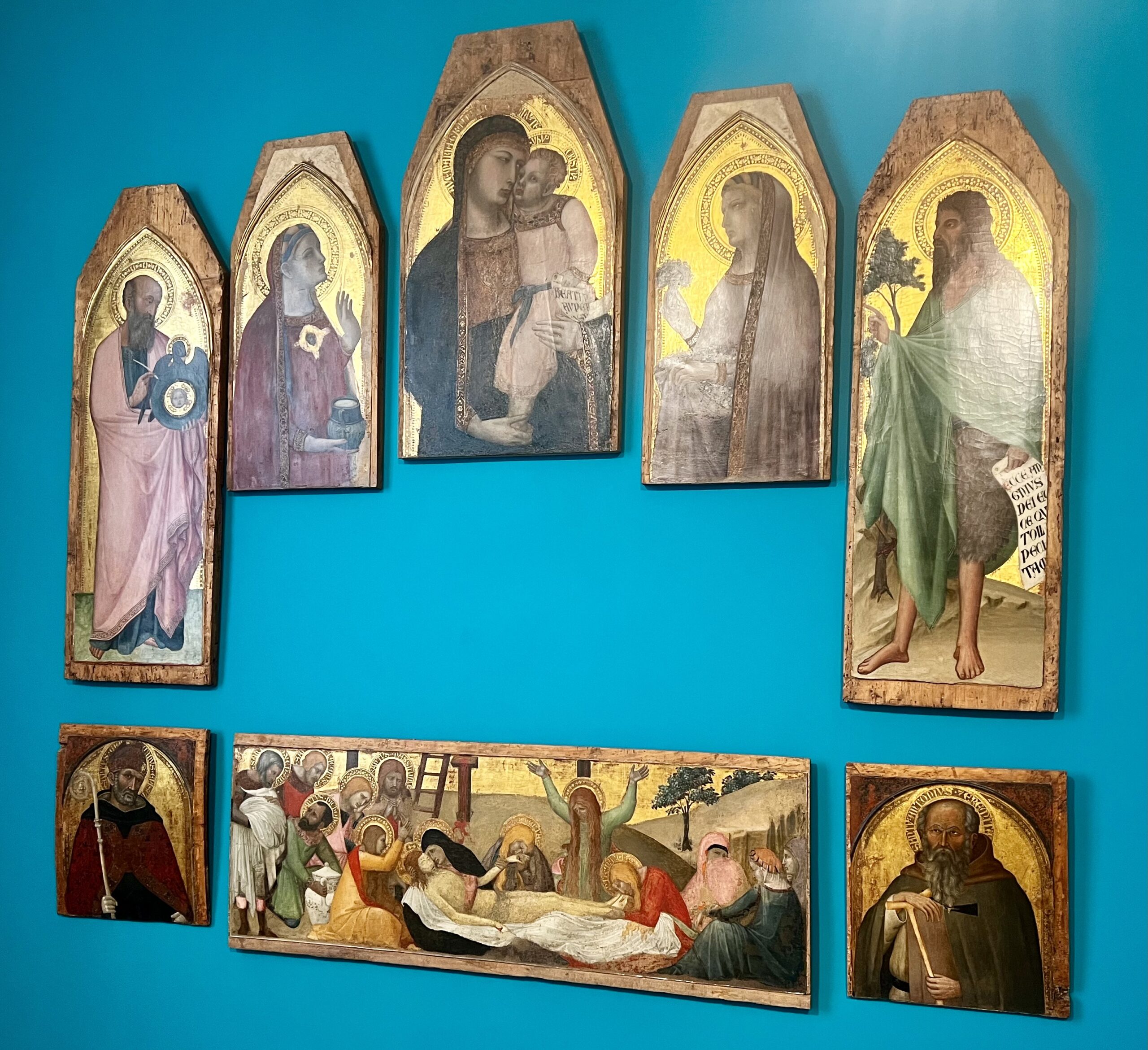

Coffee, a Stop at Robert’s Jeweler, Drinks, and Dinner
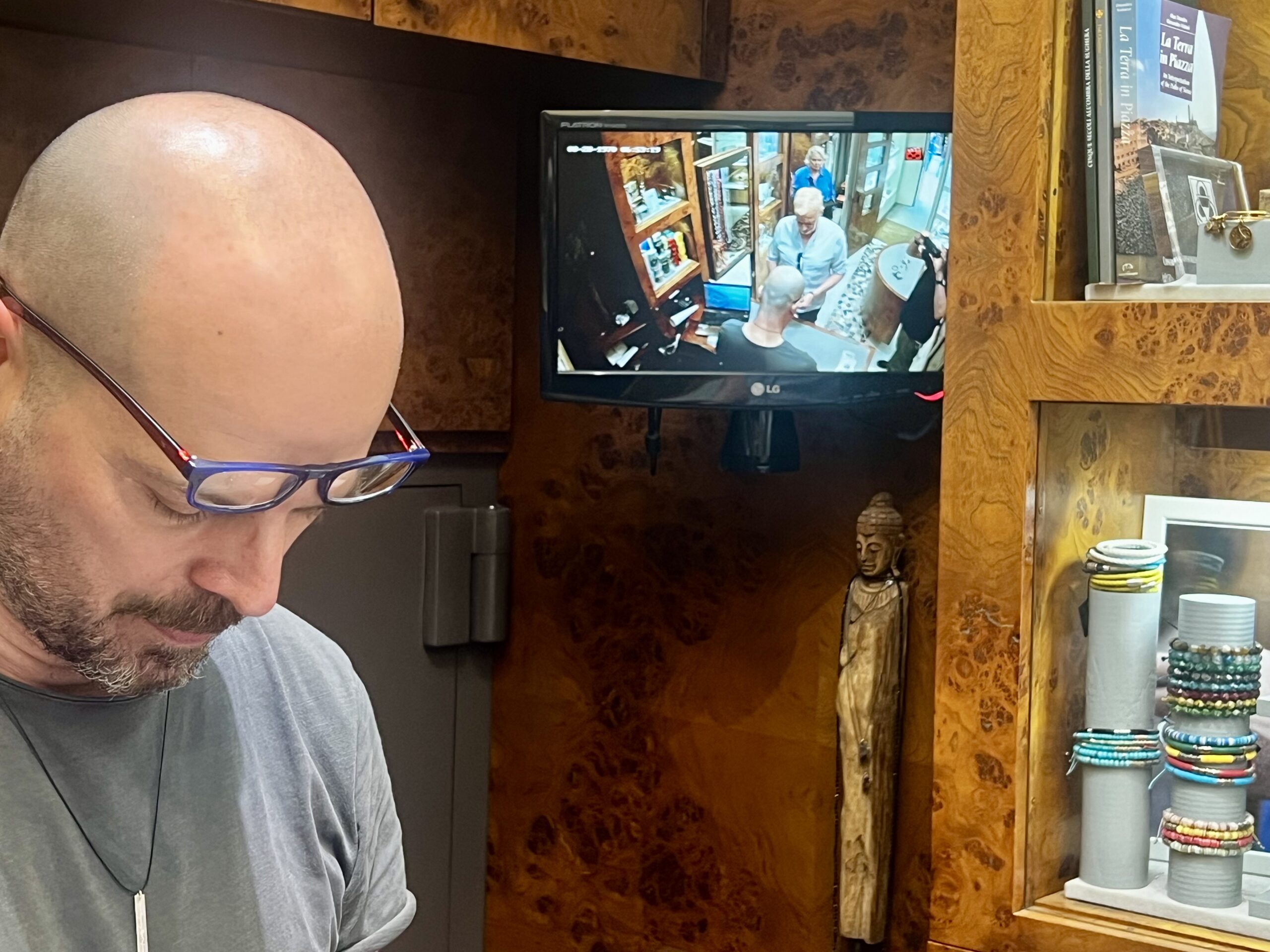
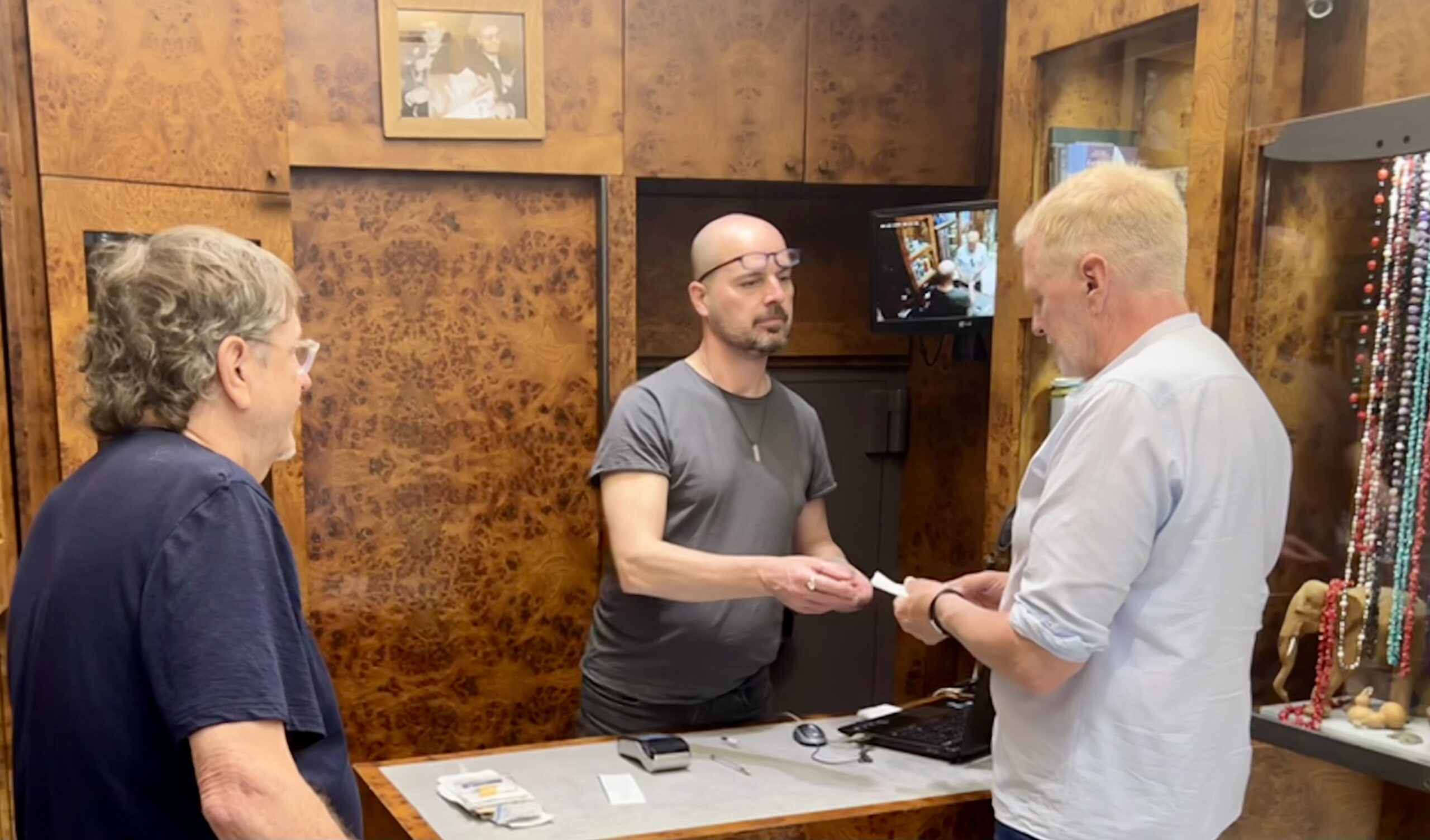
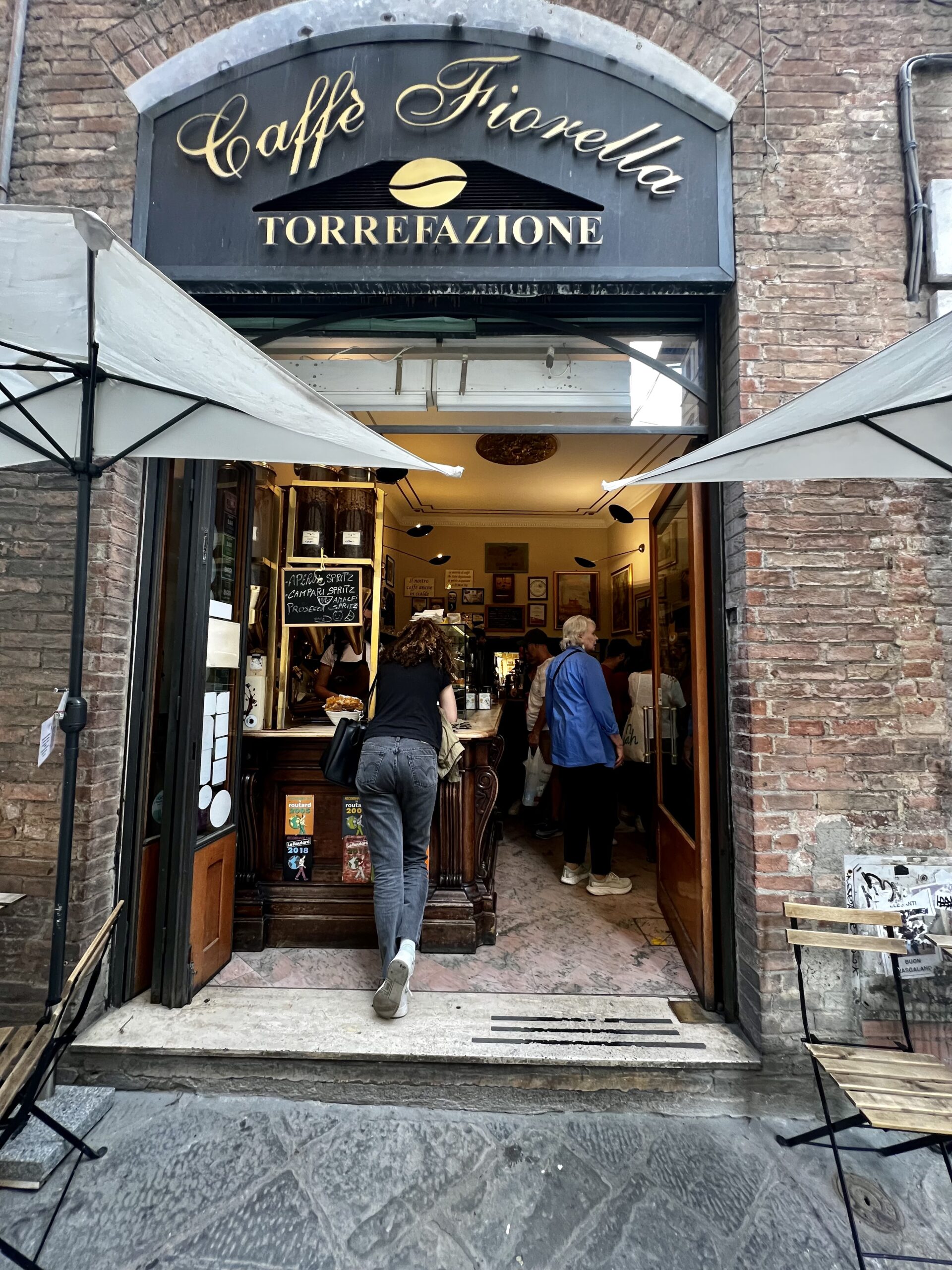
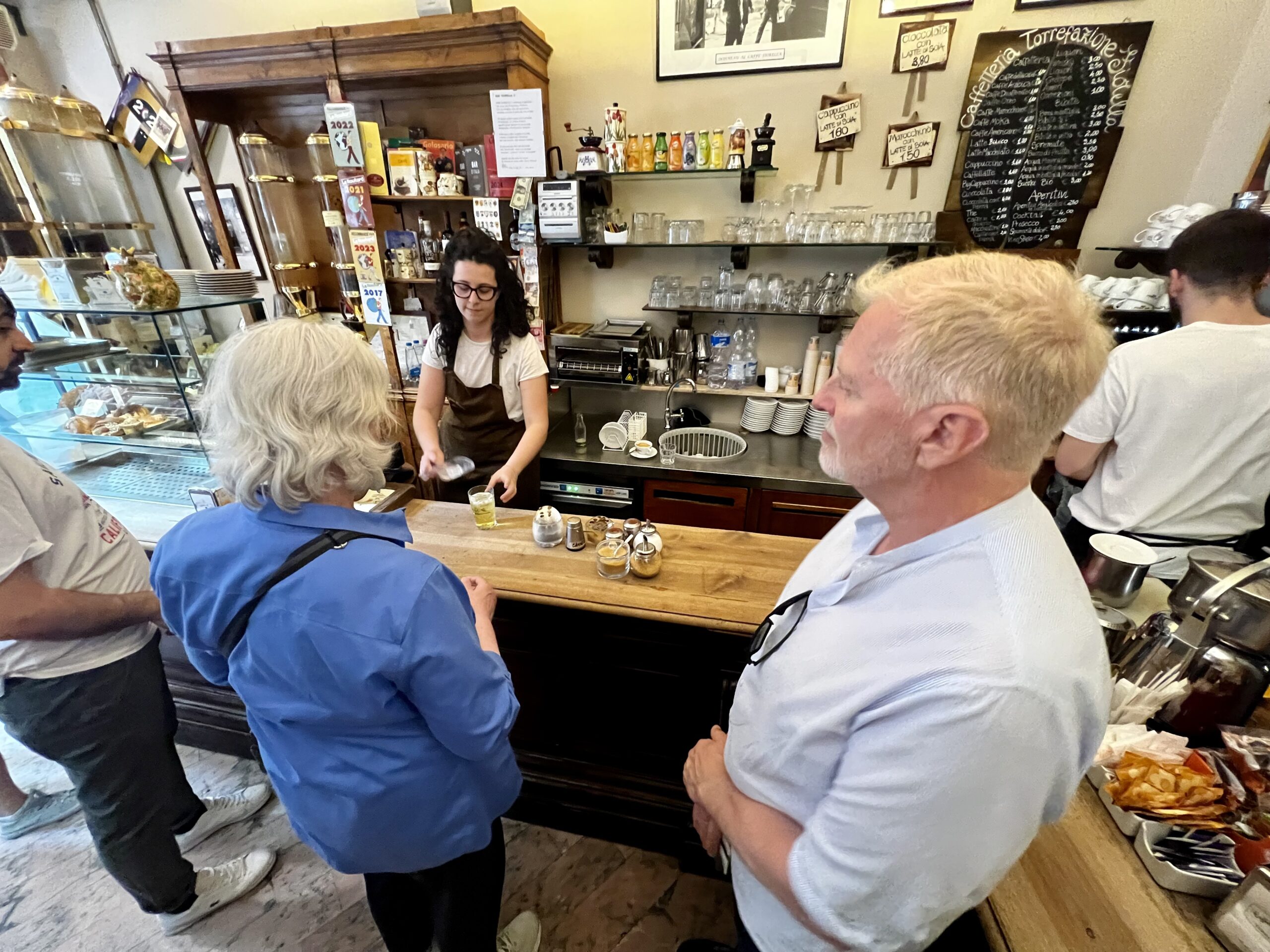
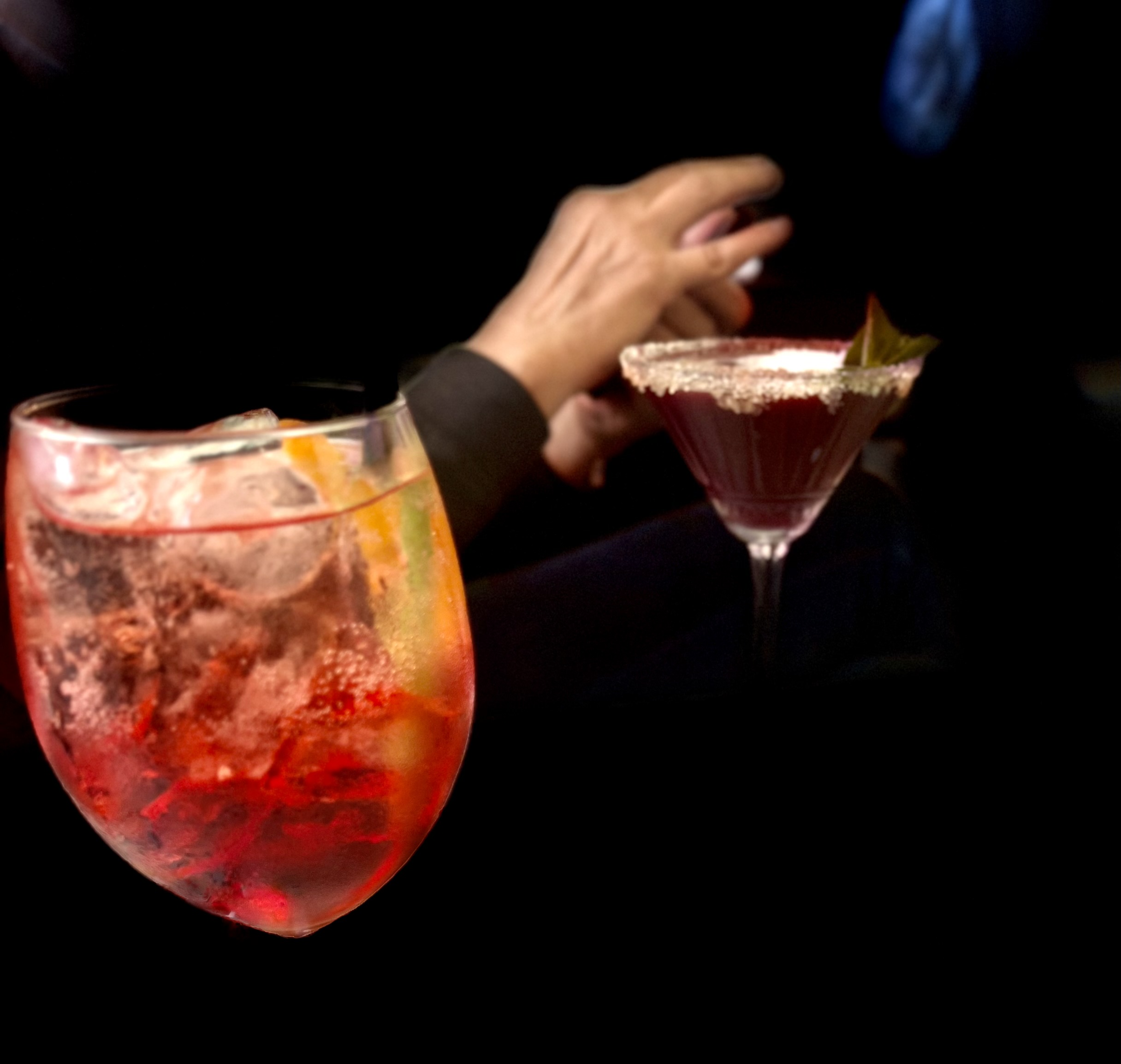
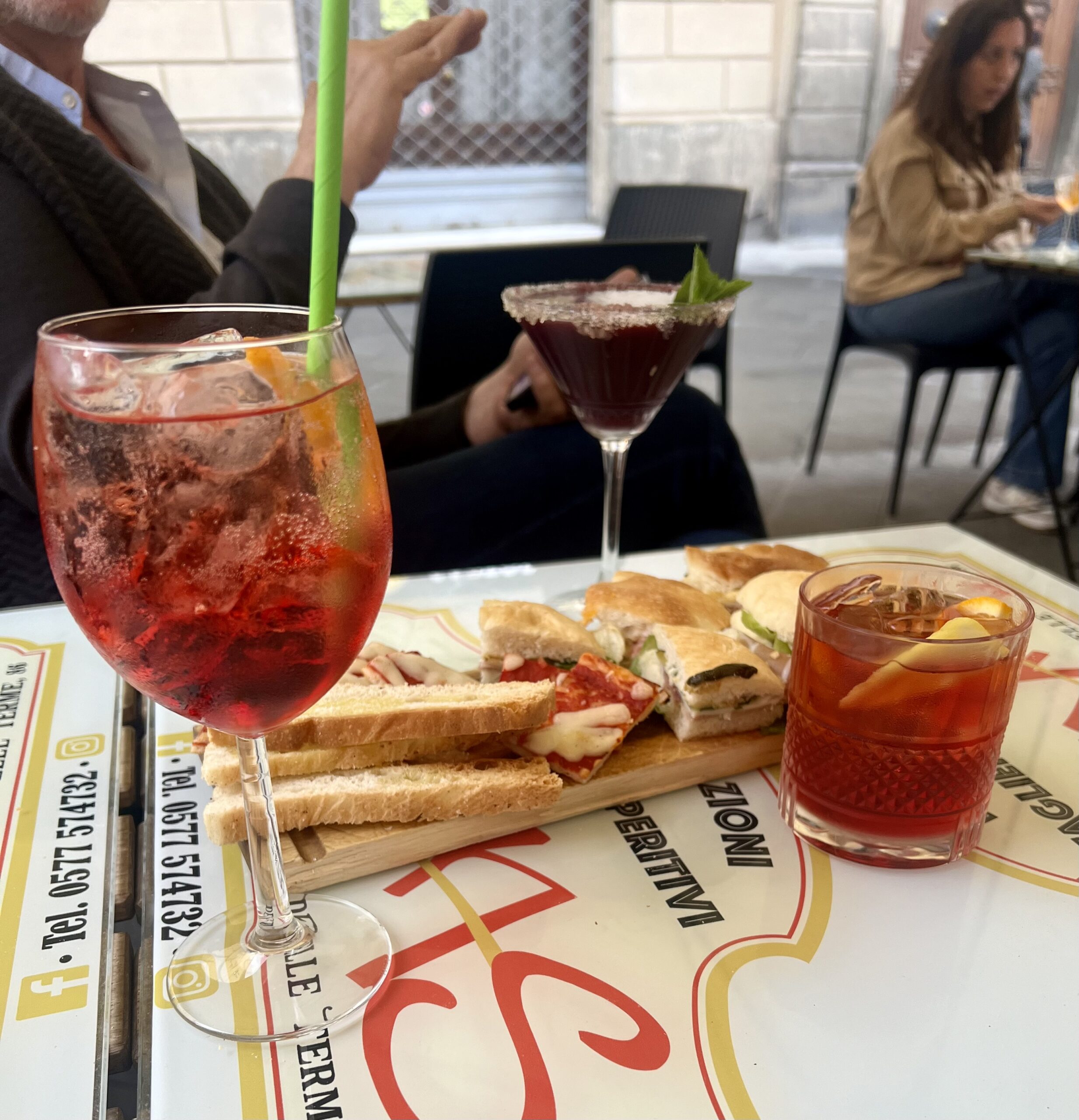
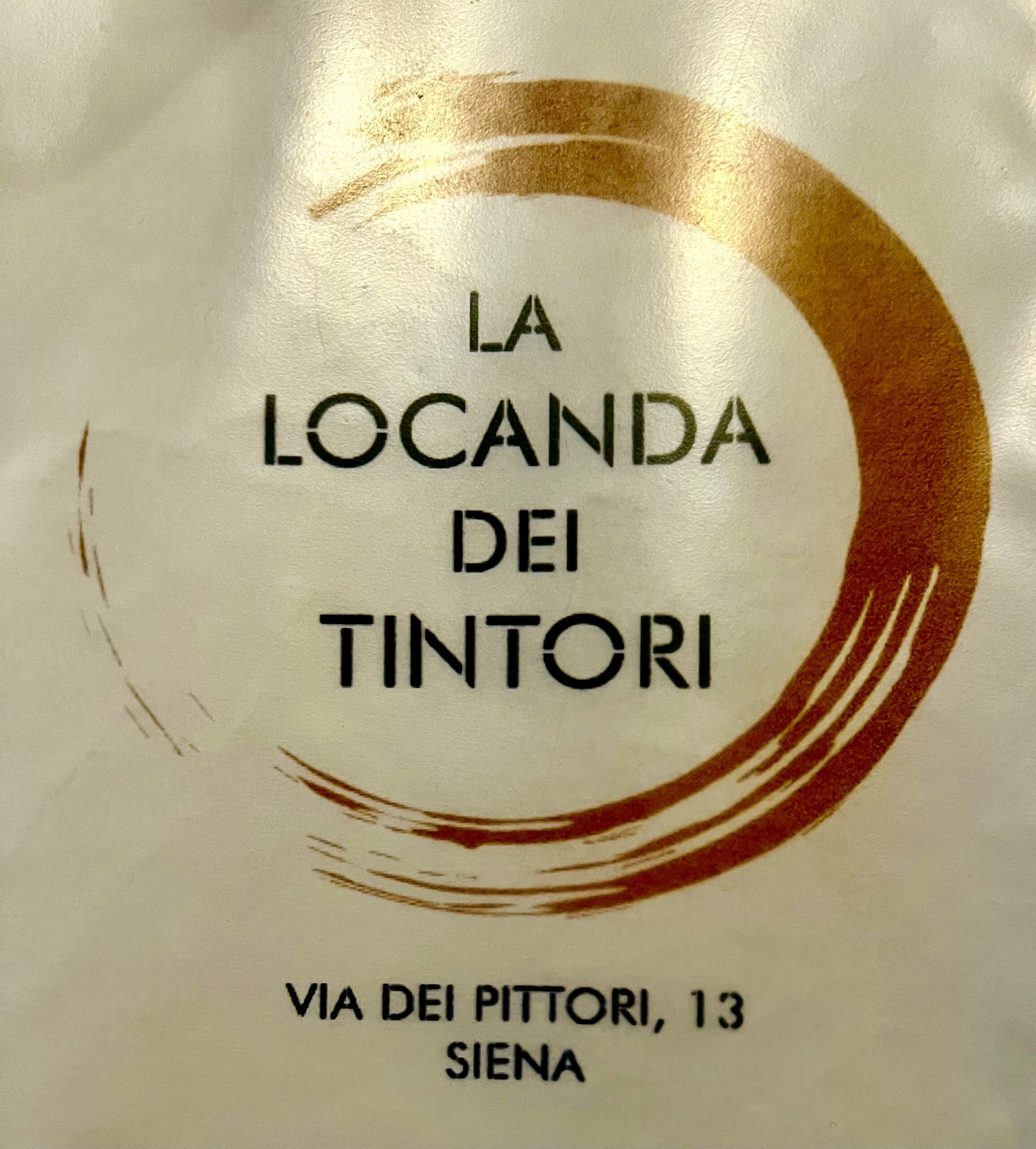
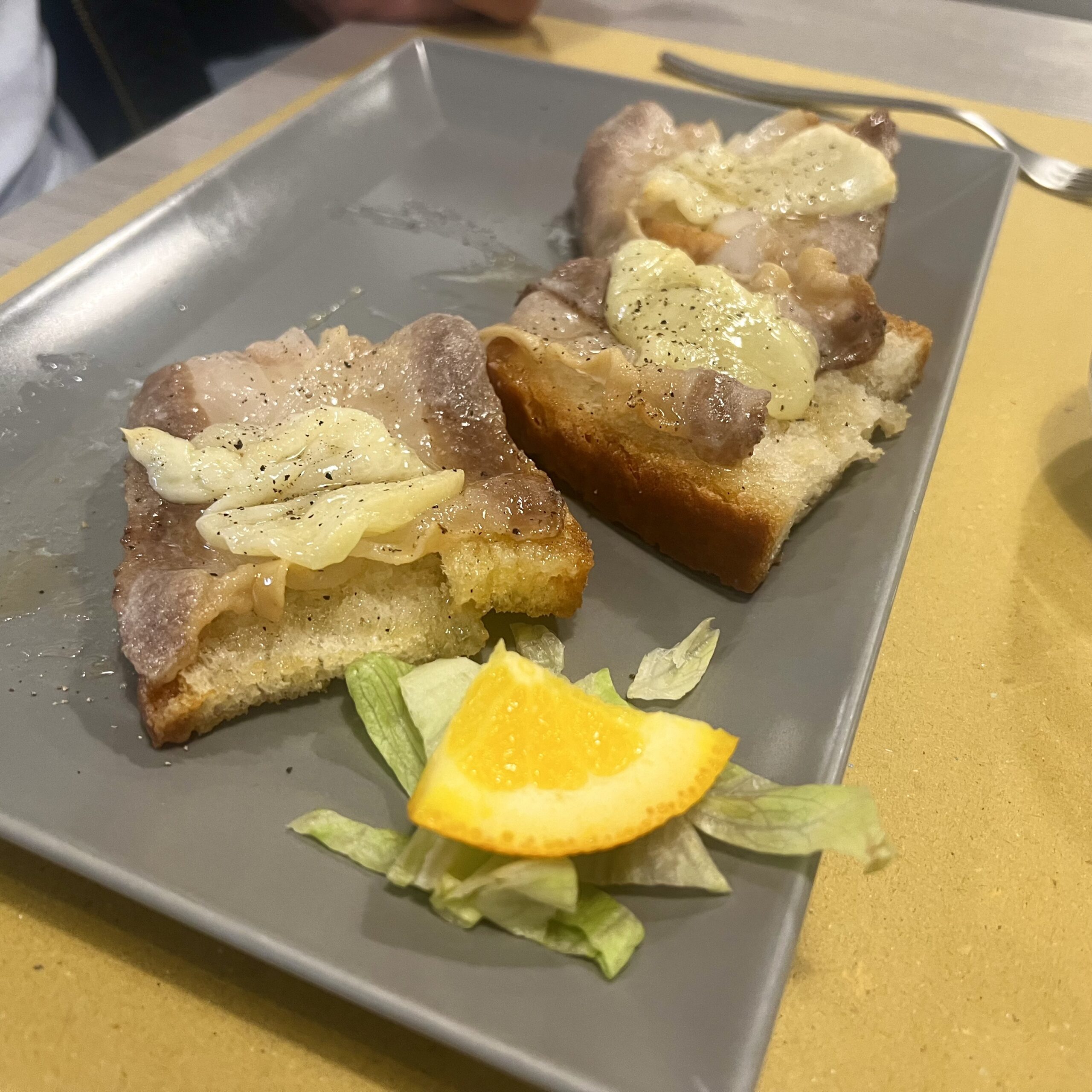
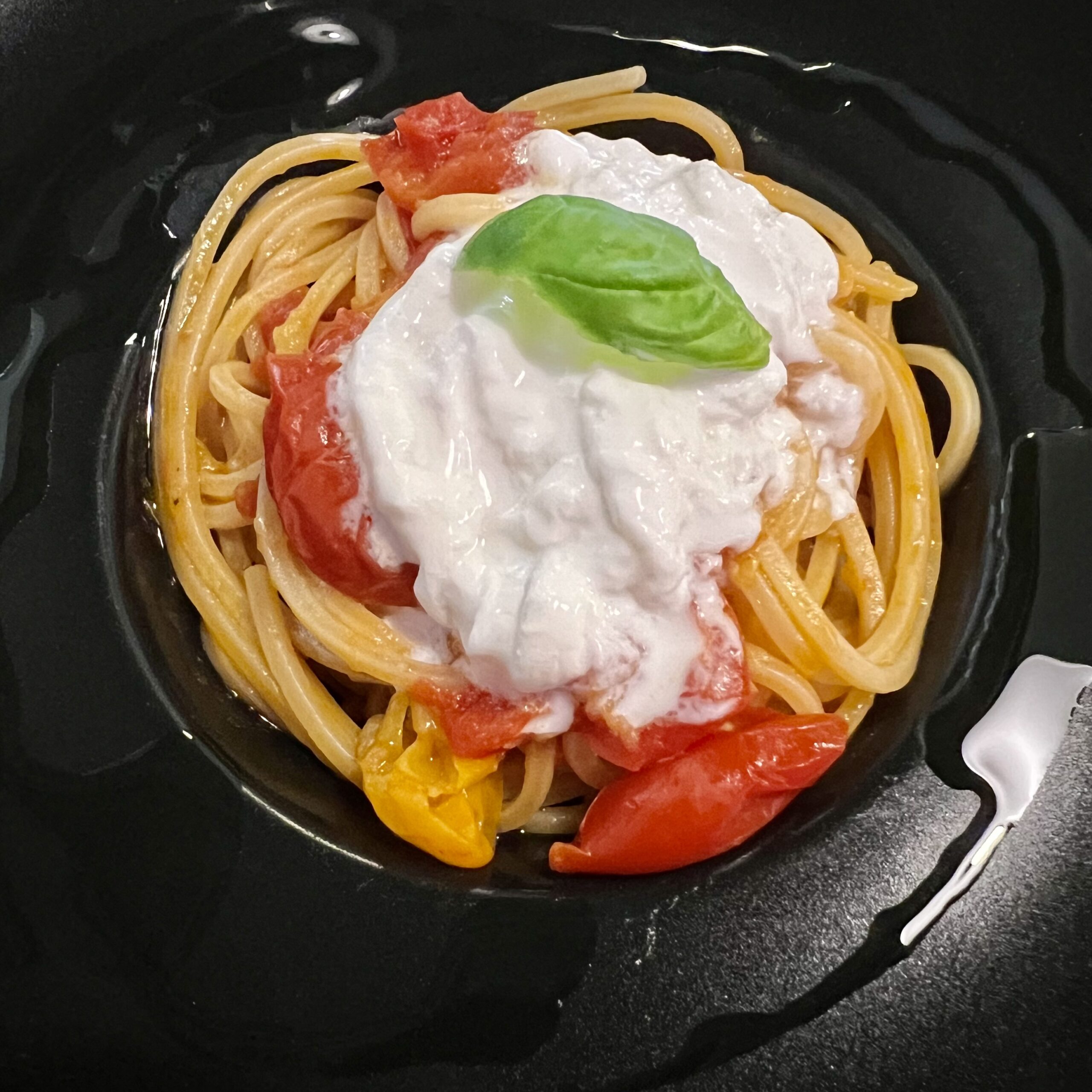
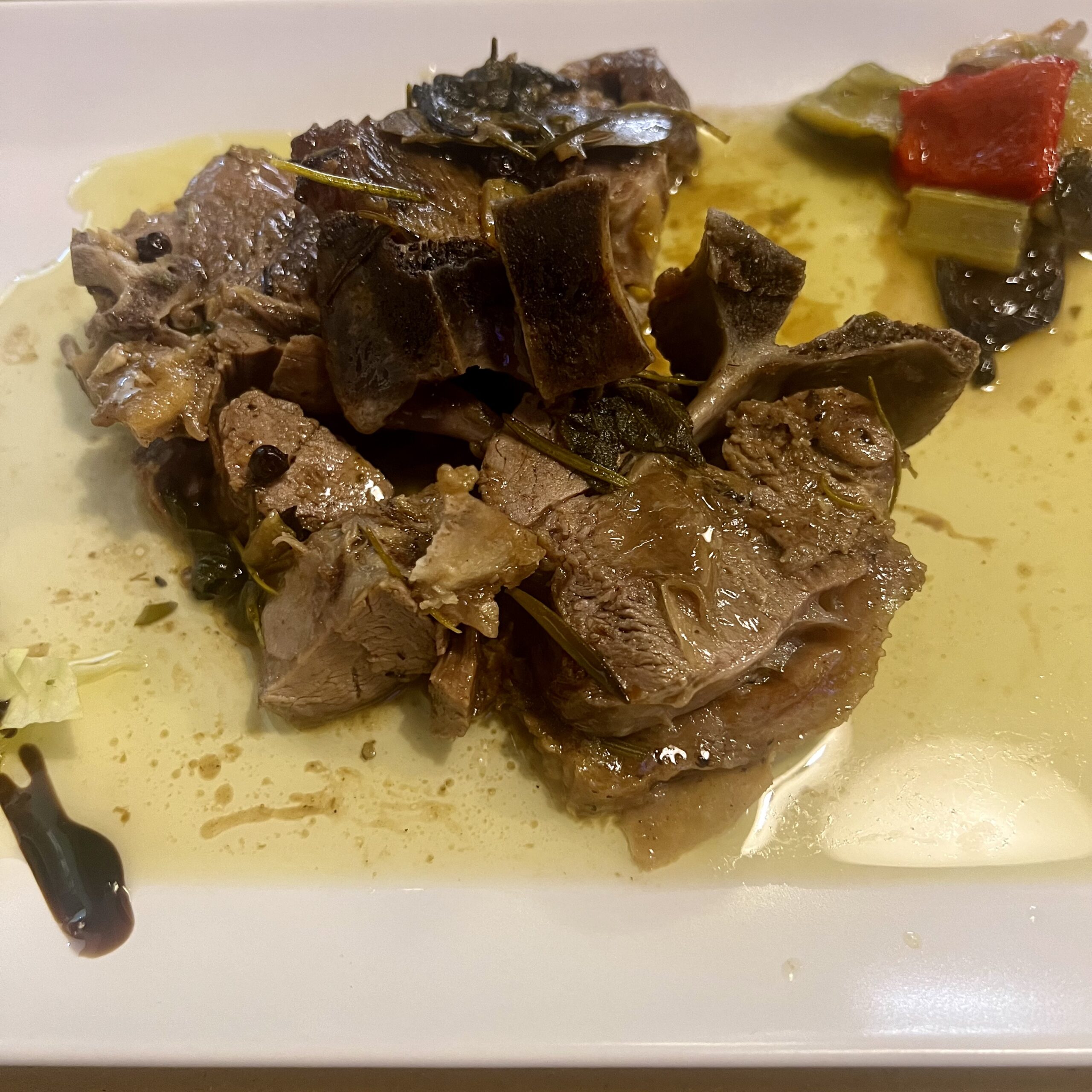
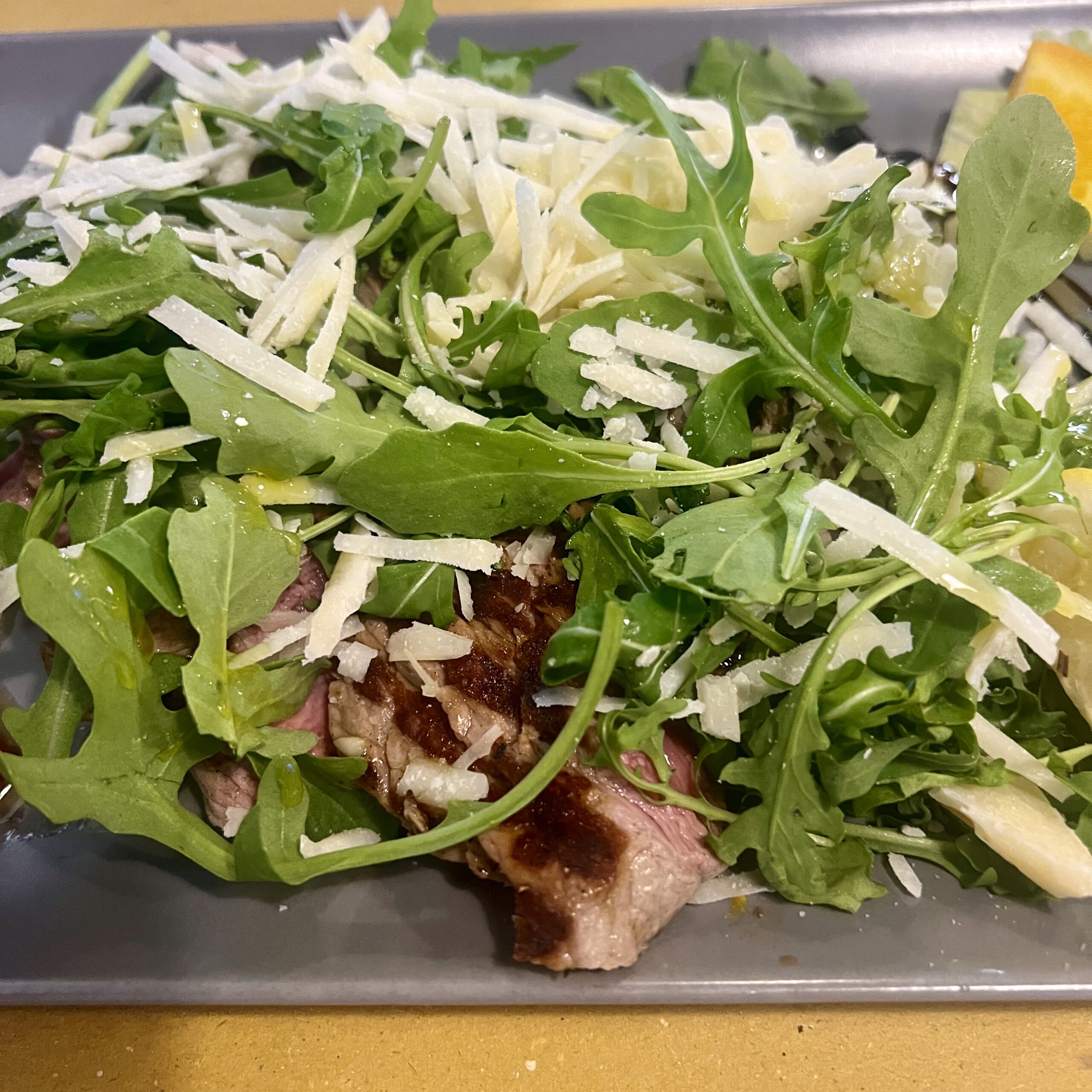
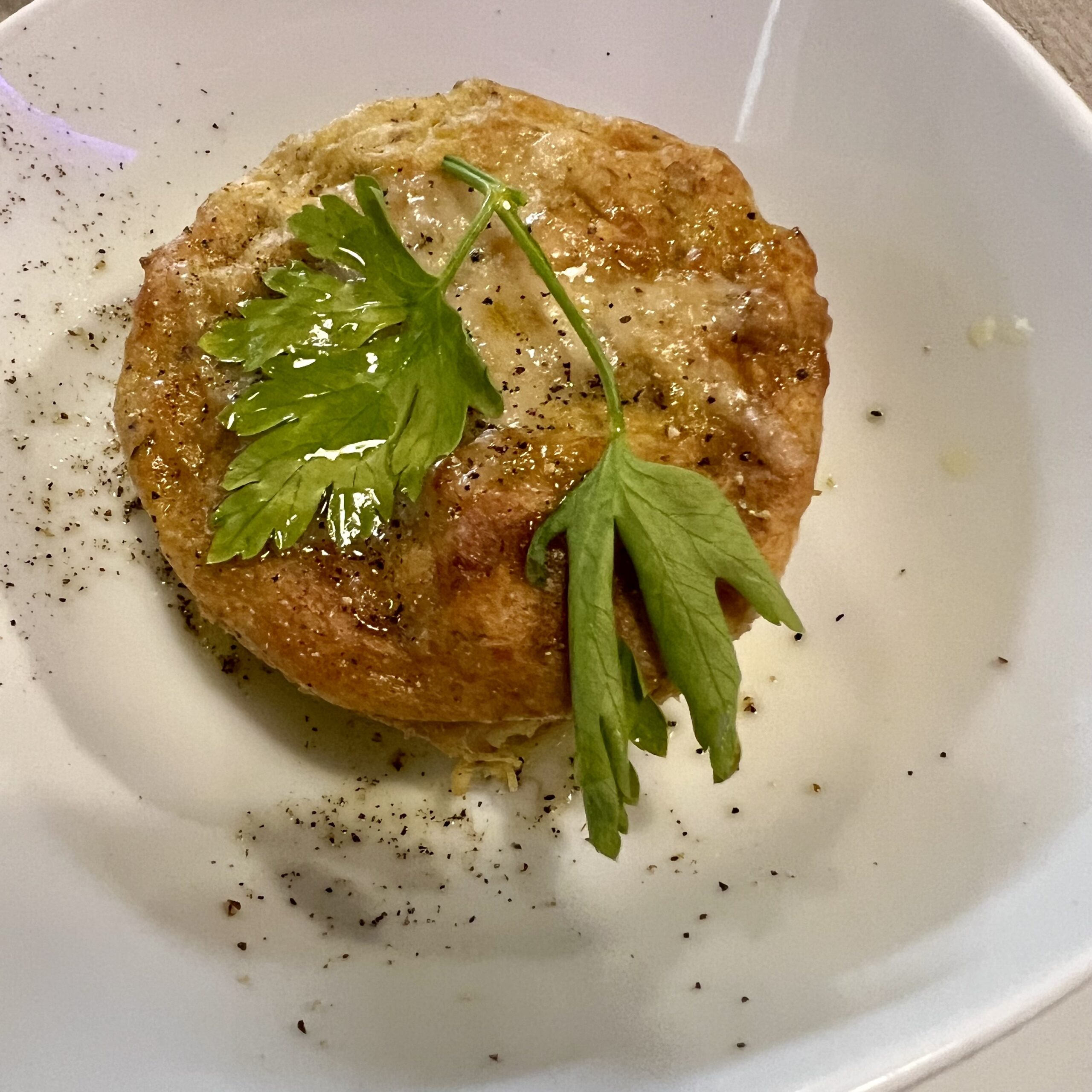
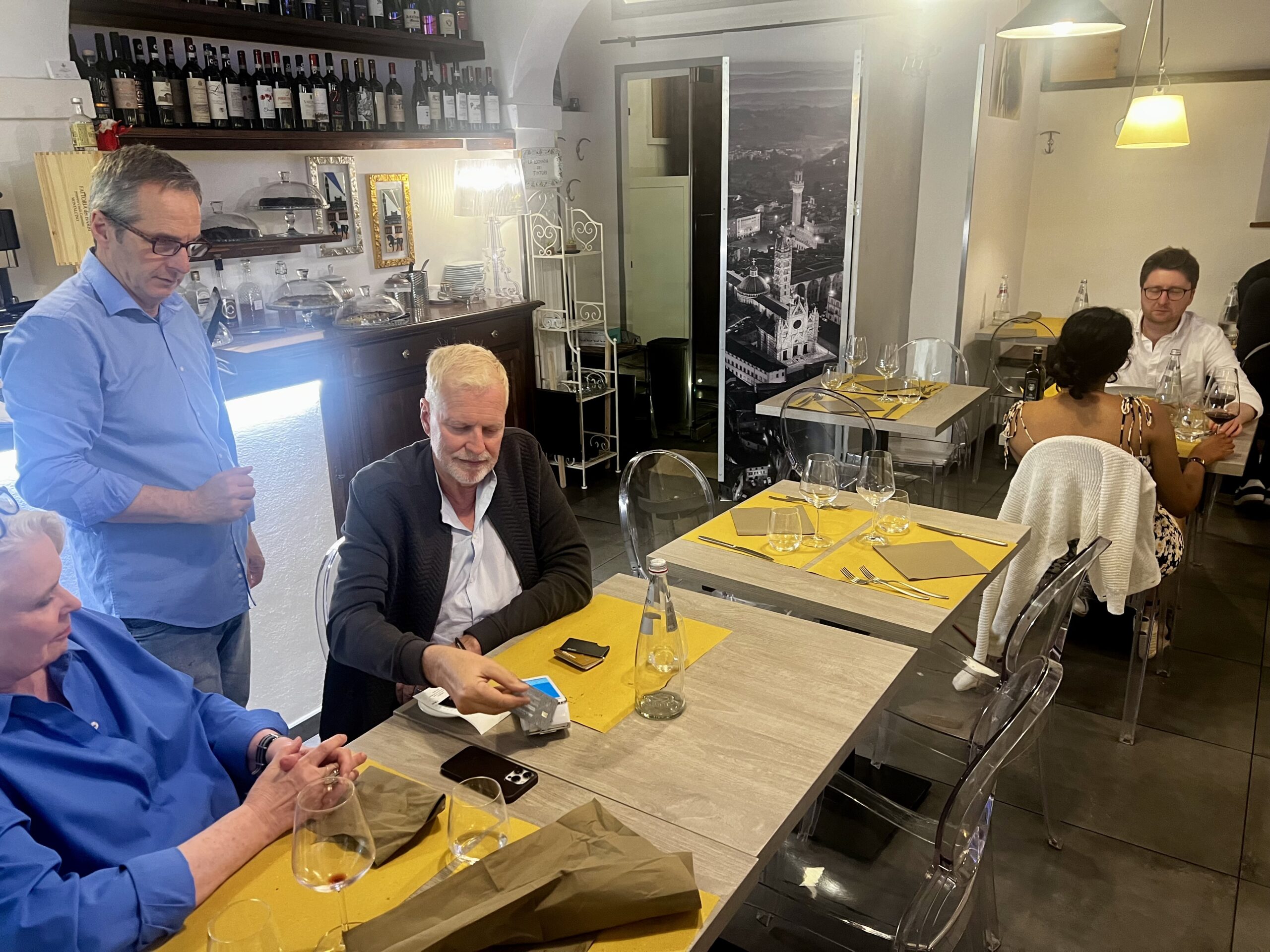
Next—Sketches Terzo!

Thanks for the great roosters!
Anytime!